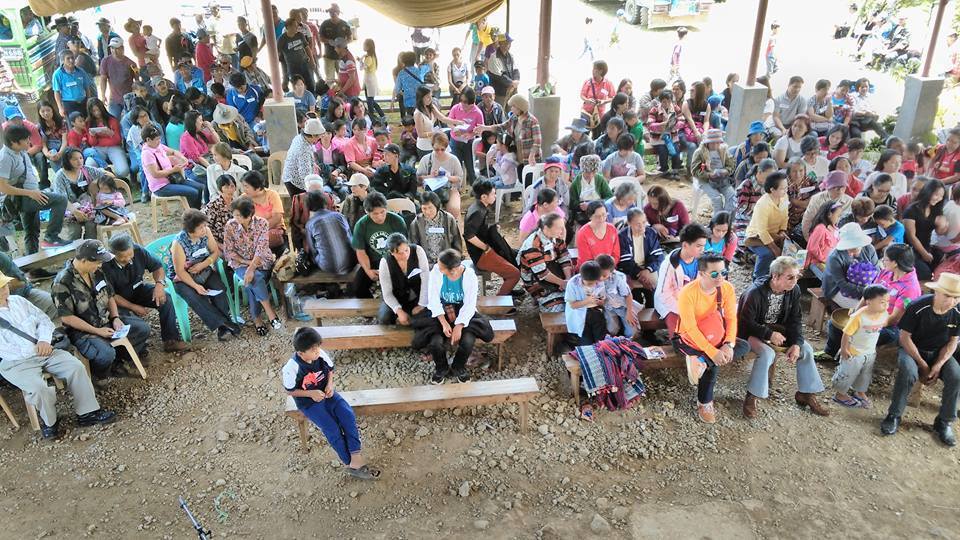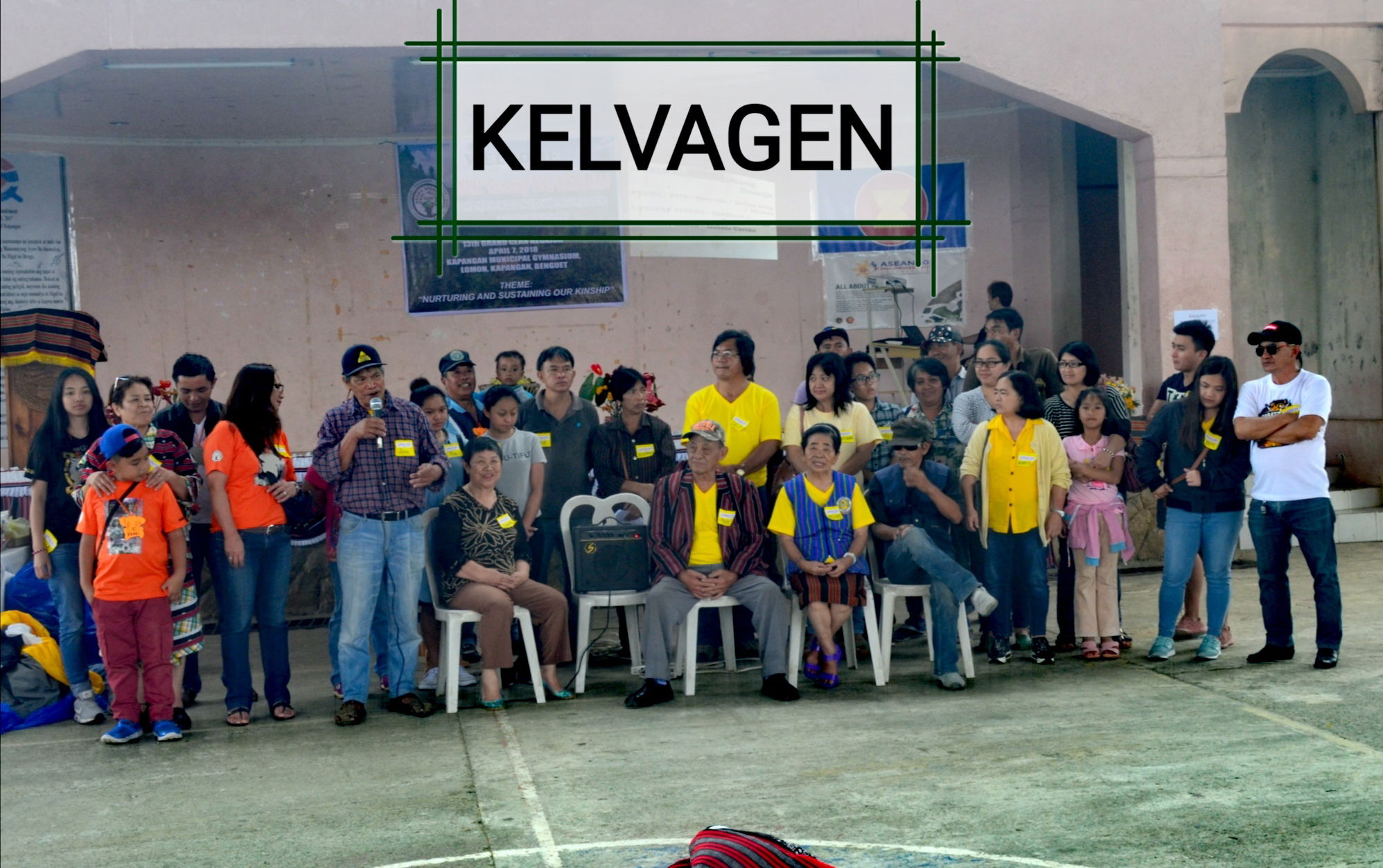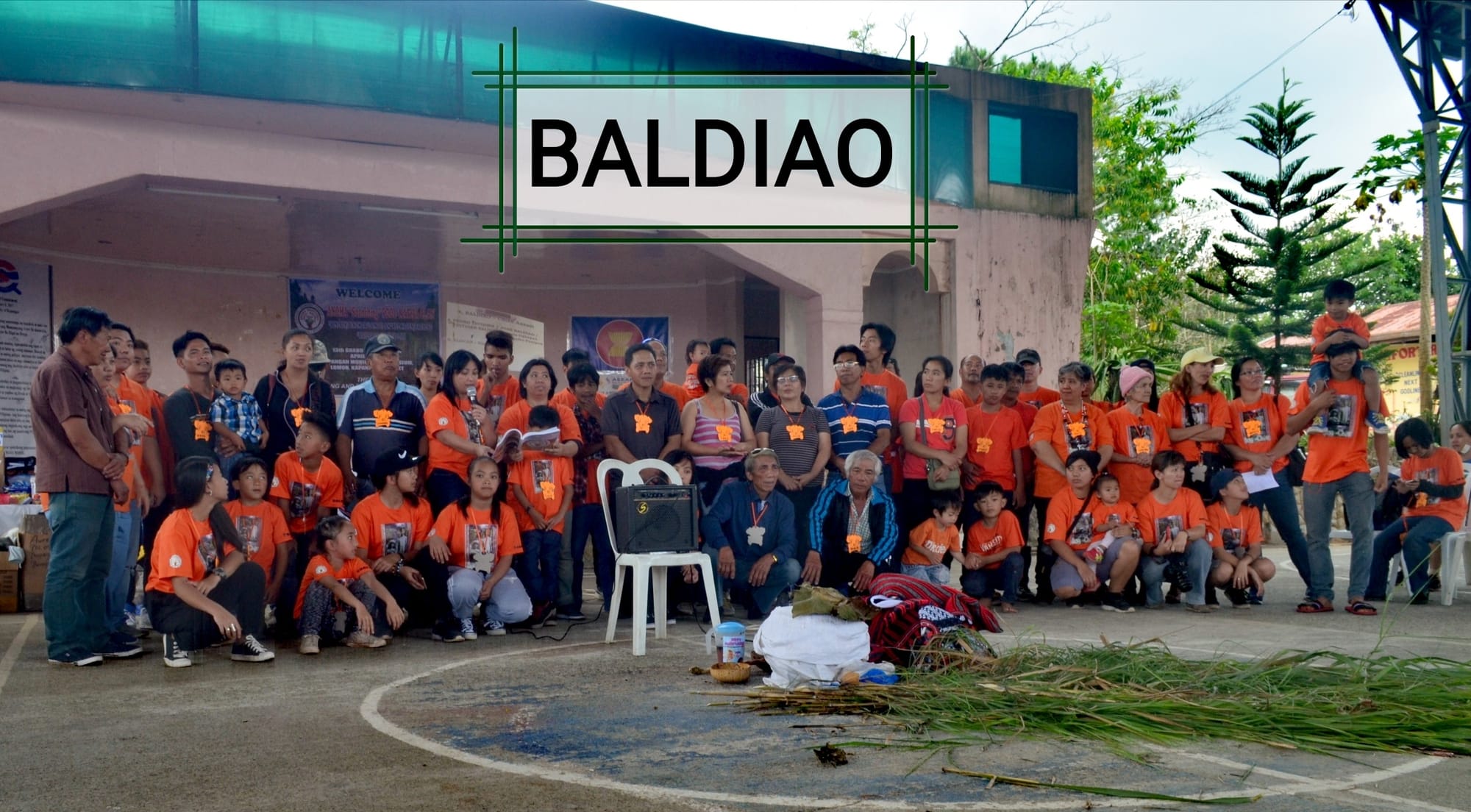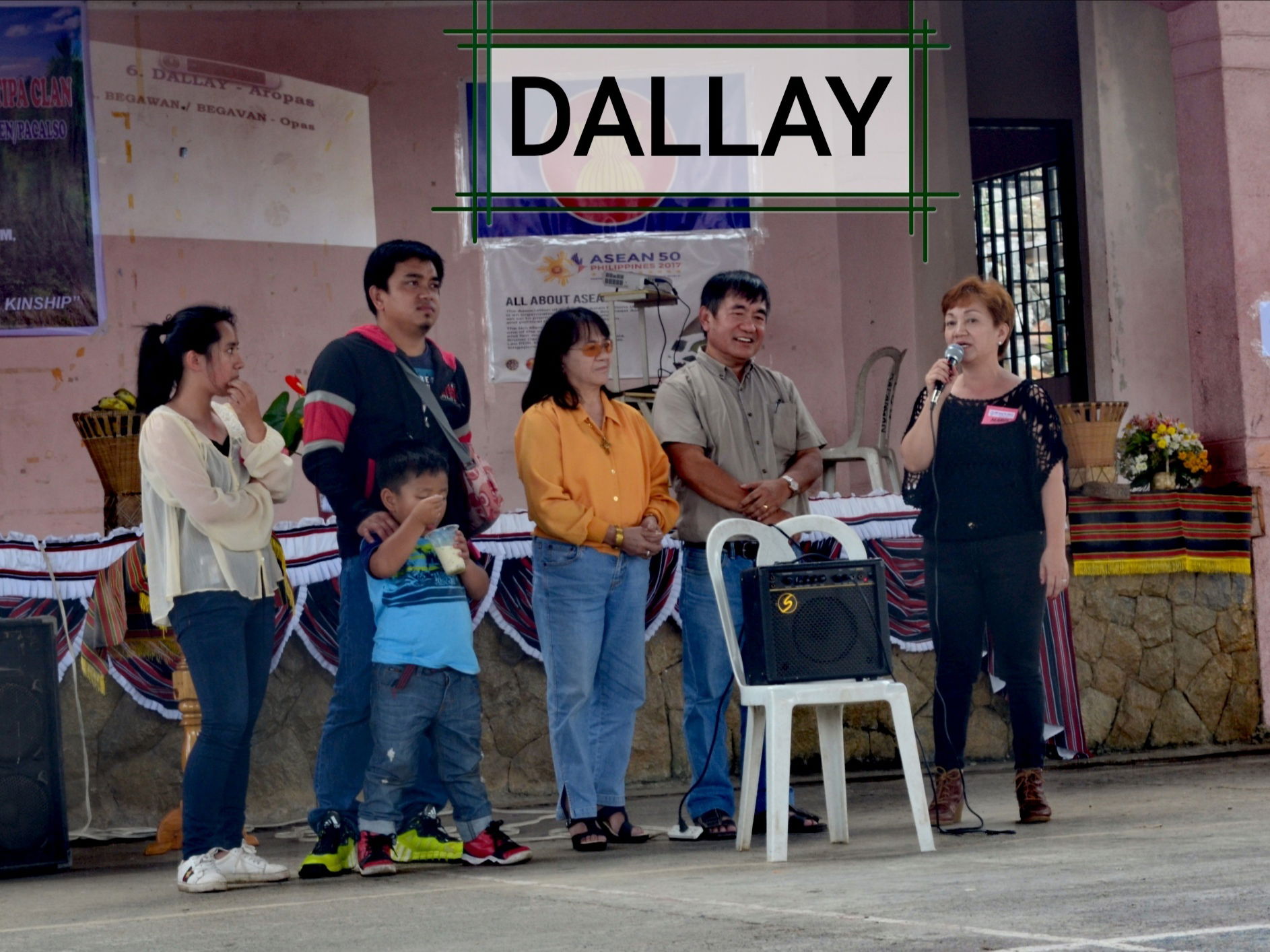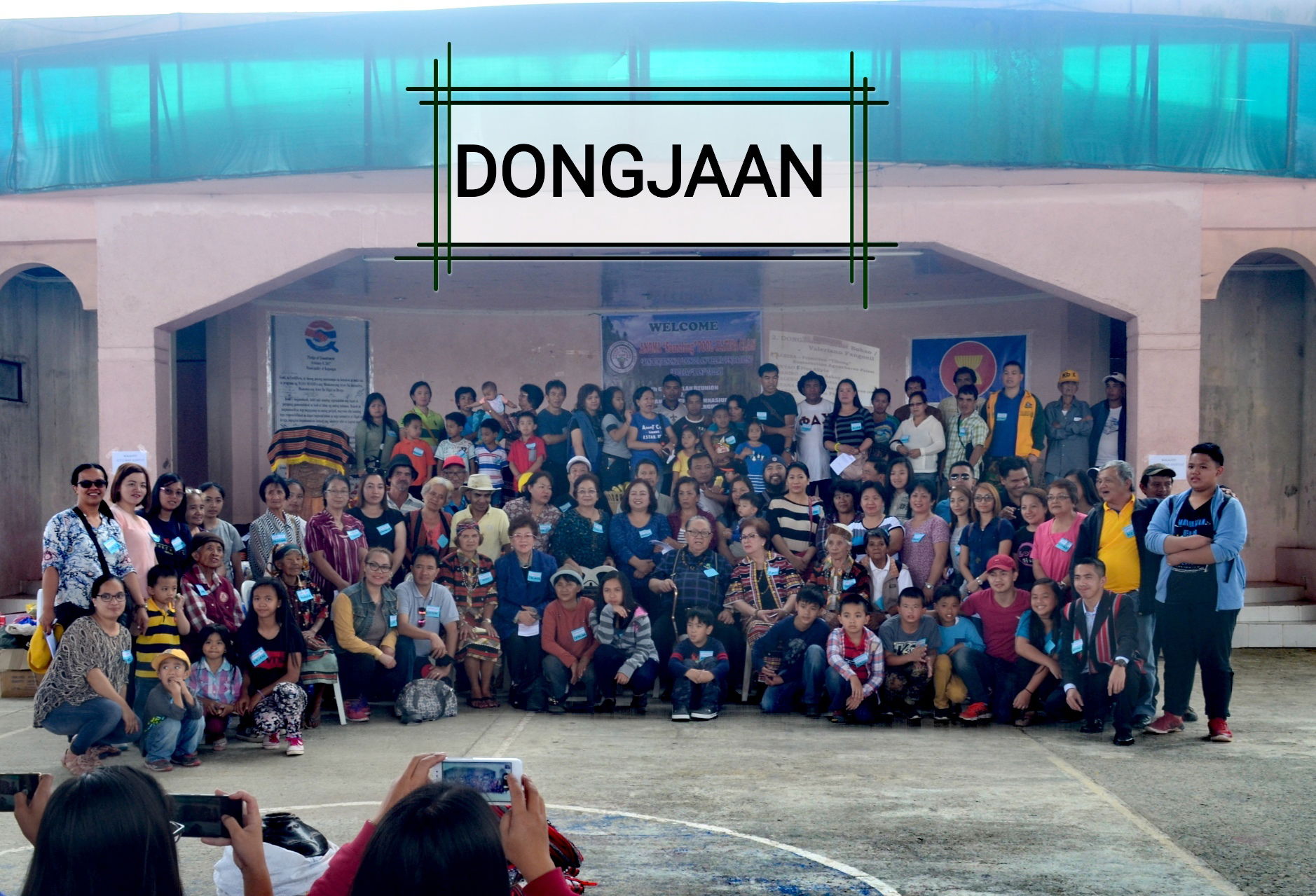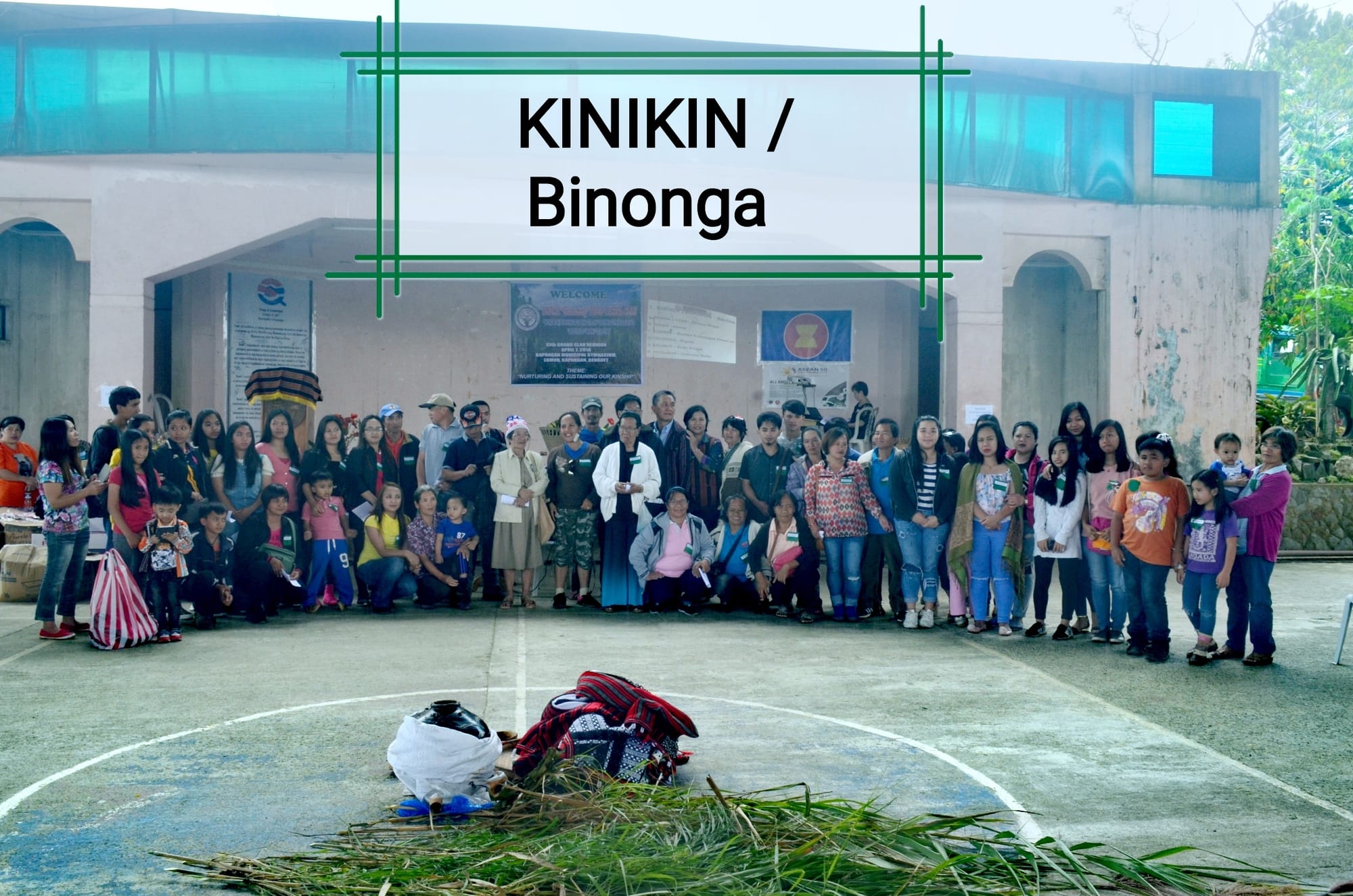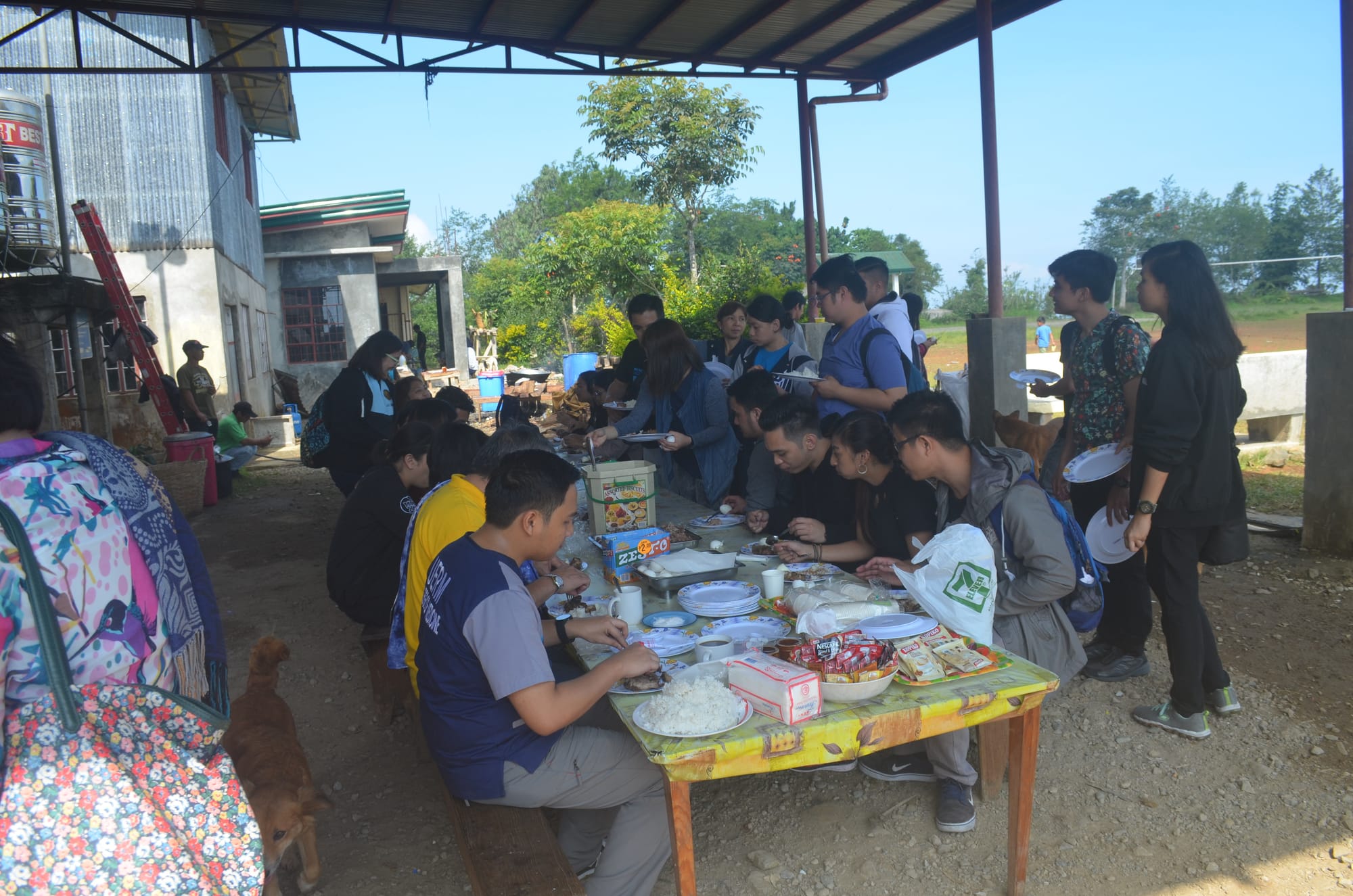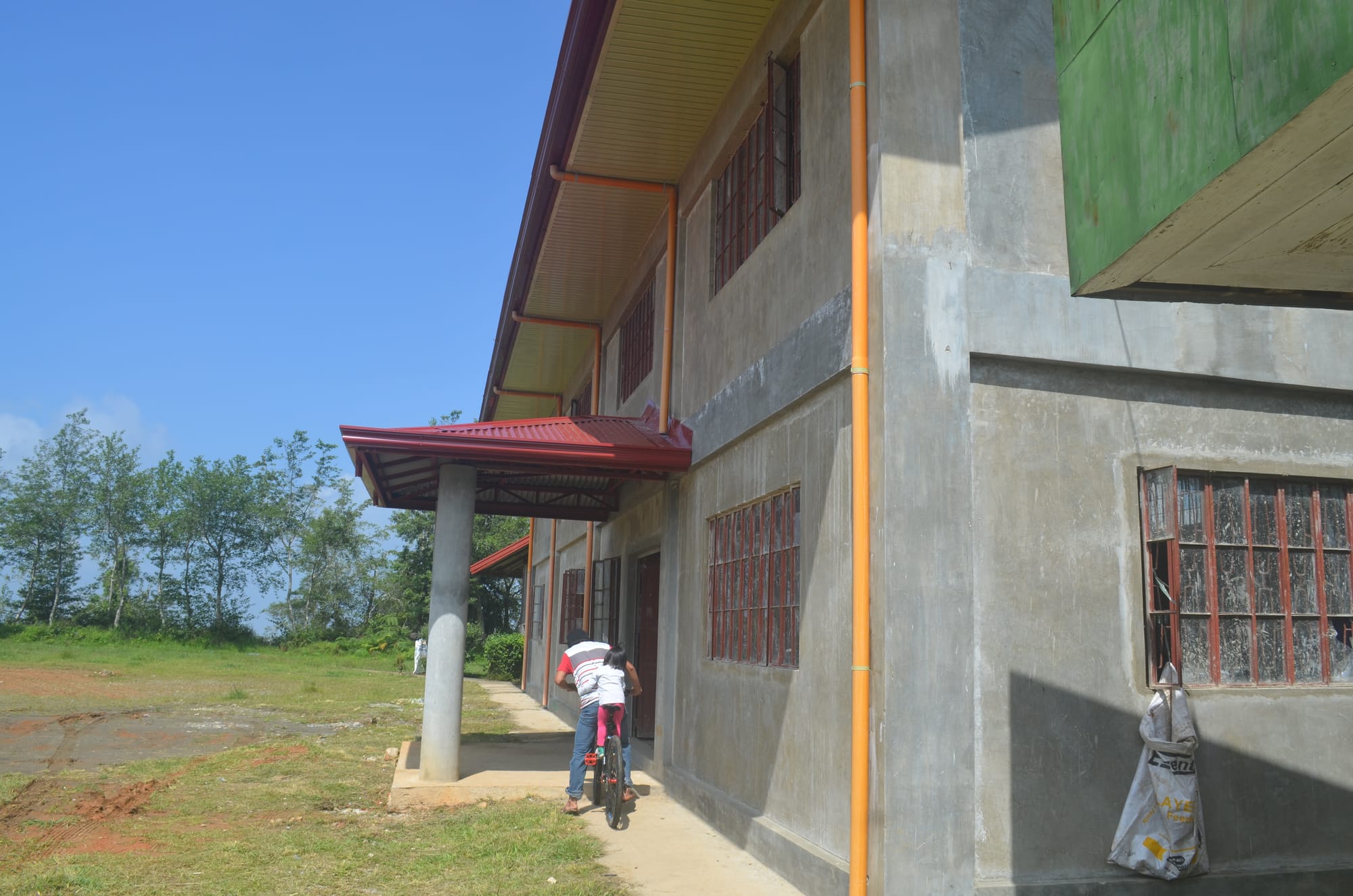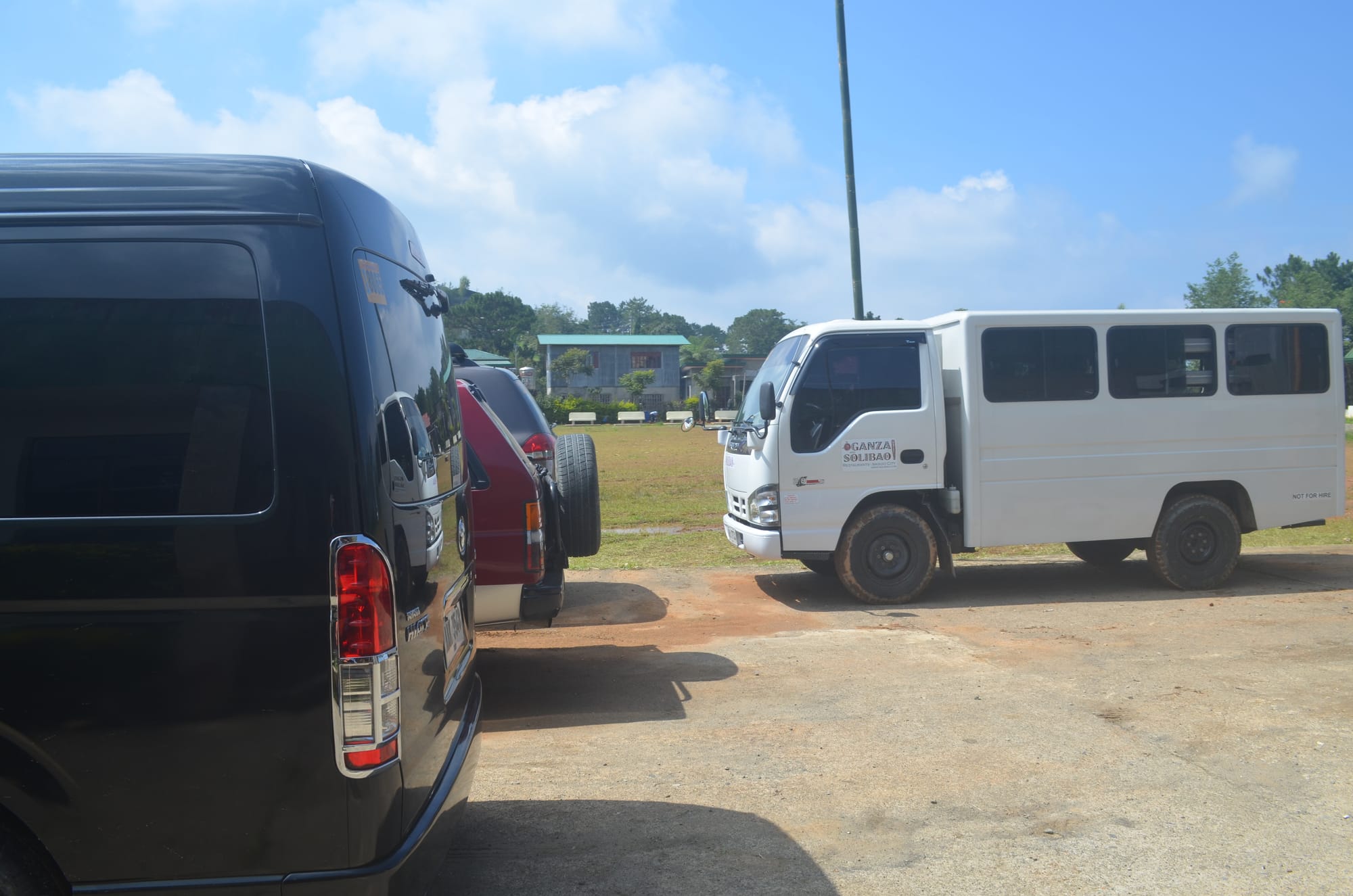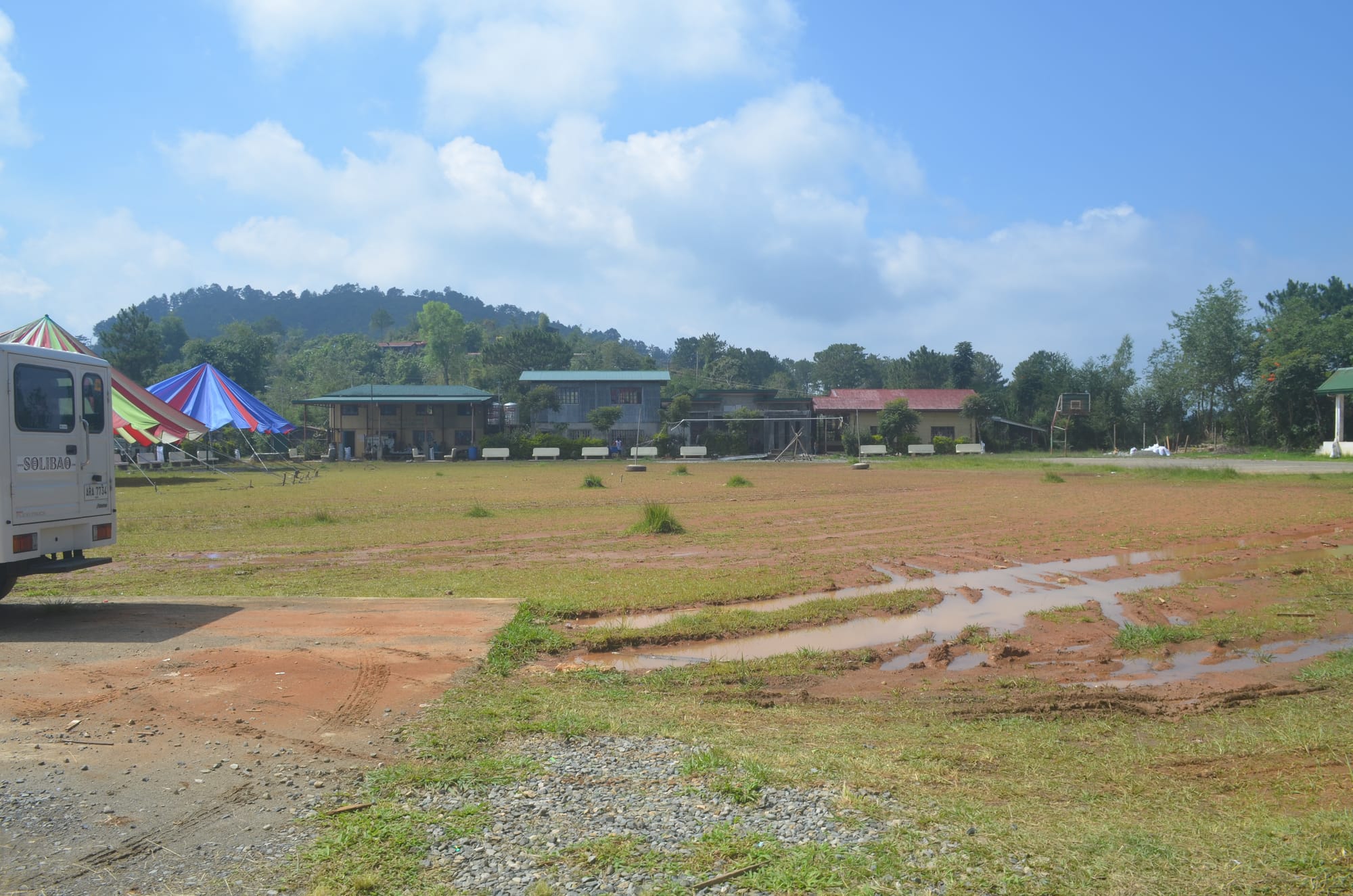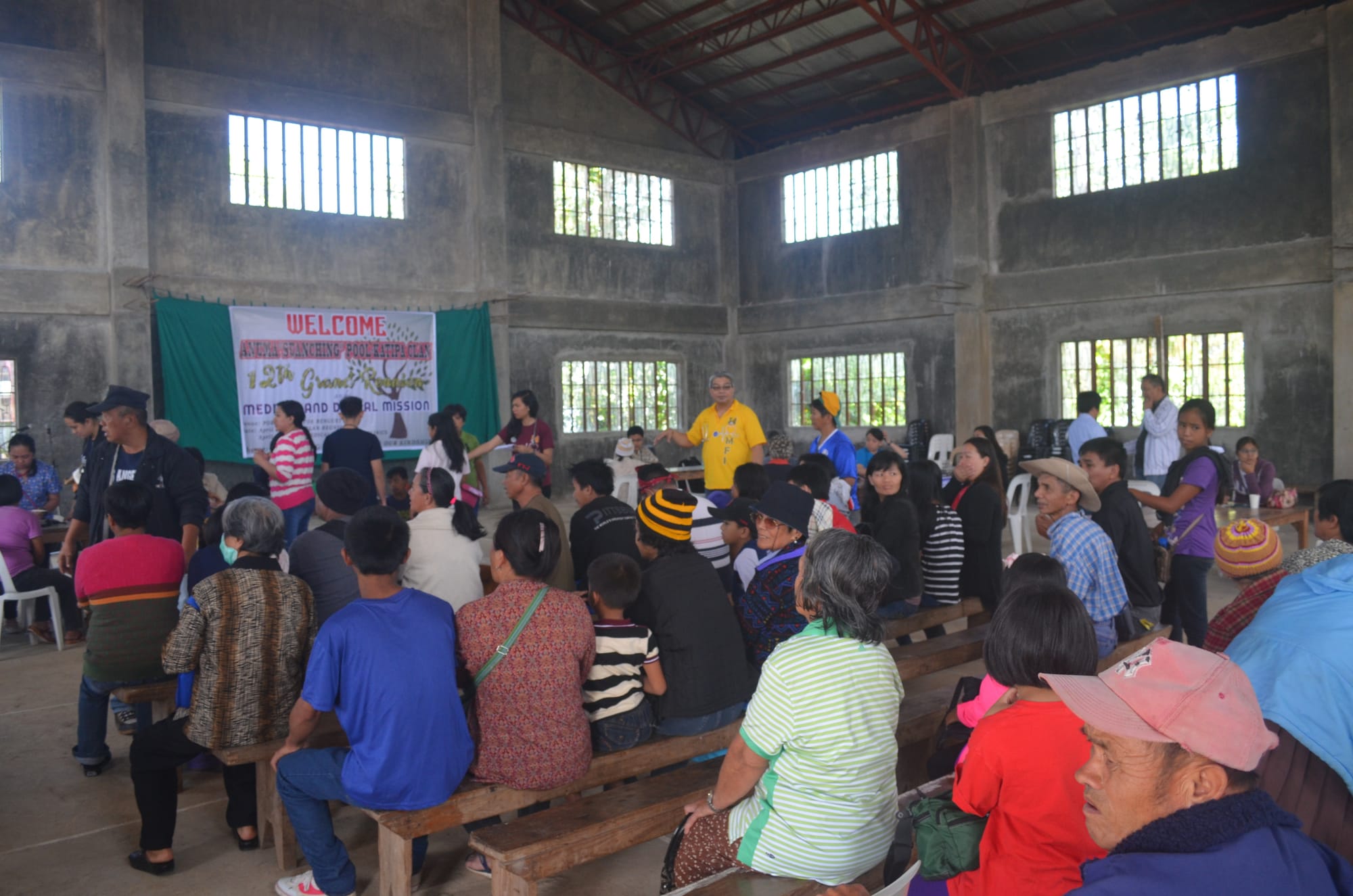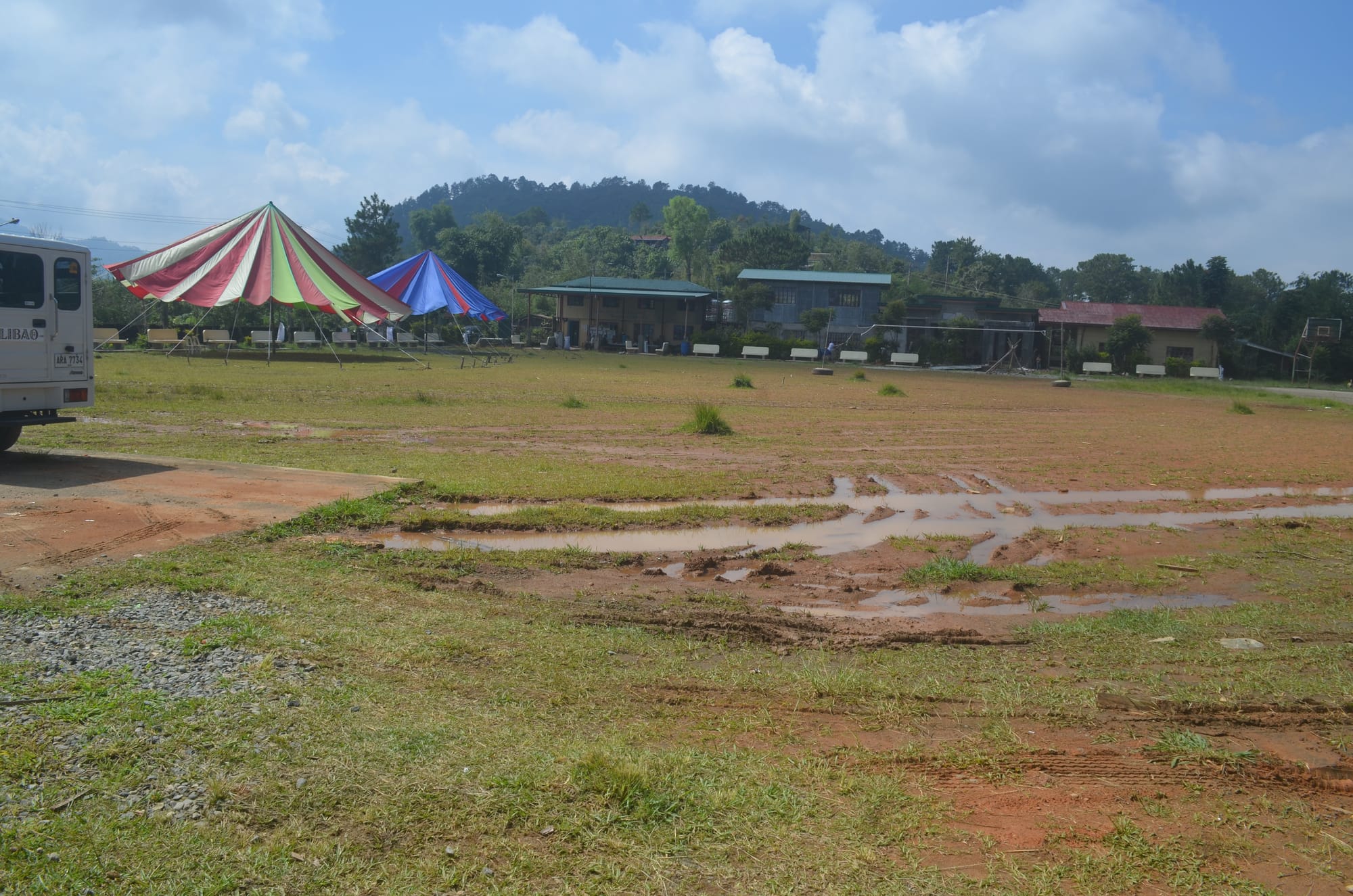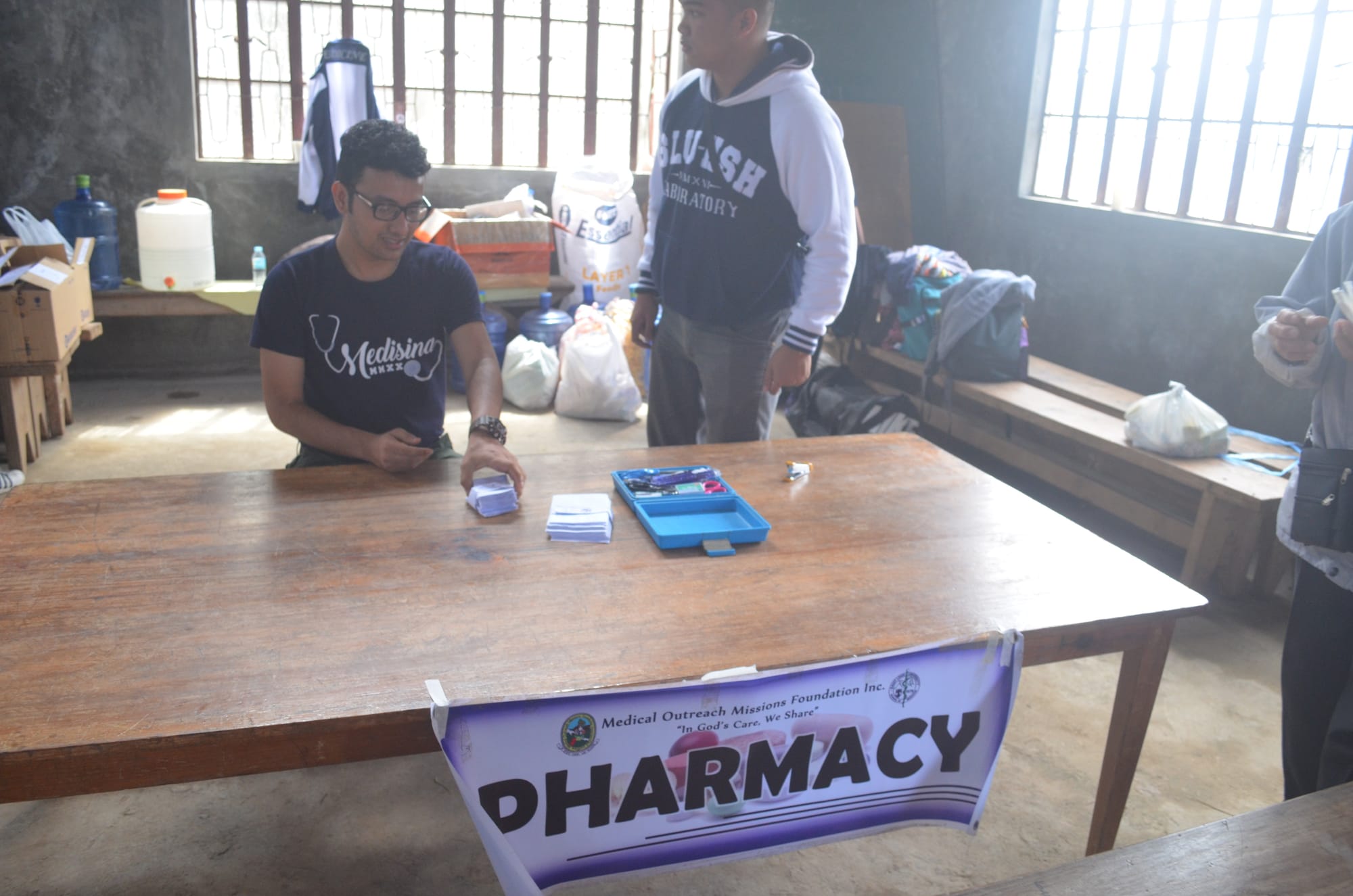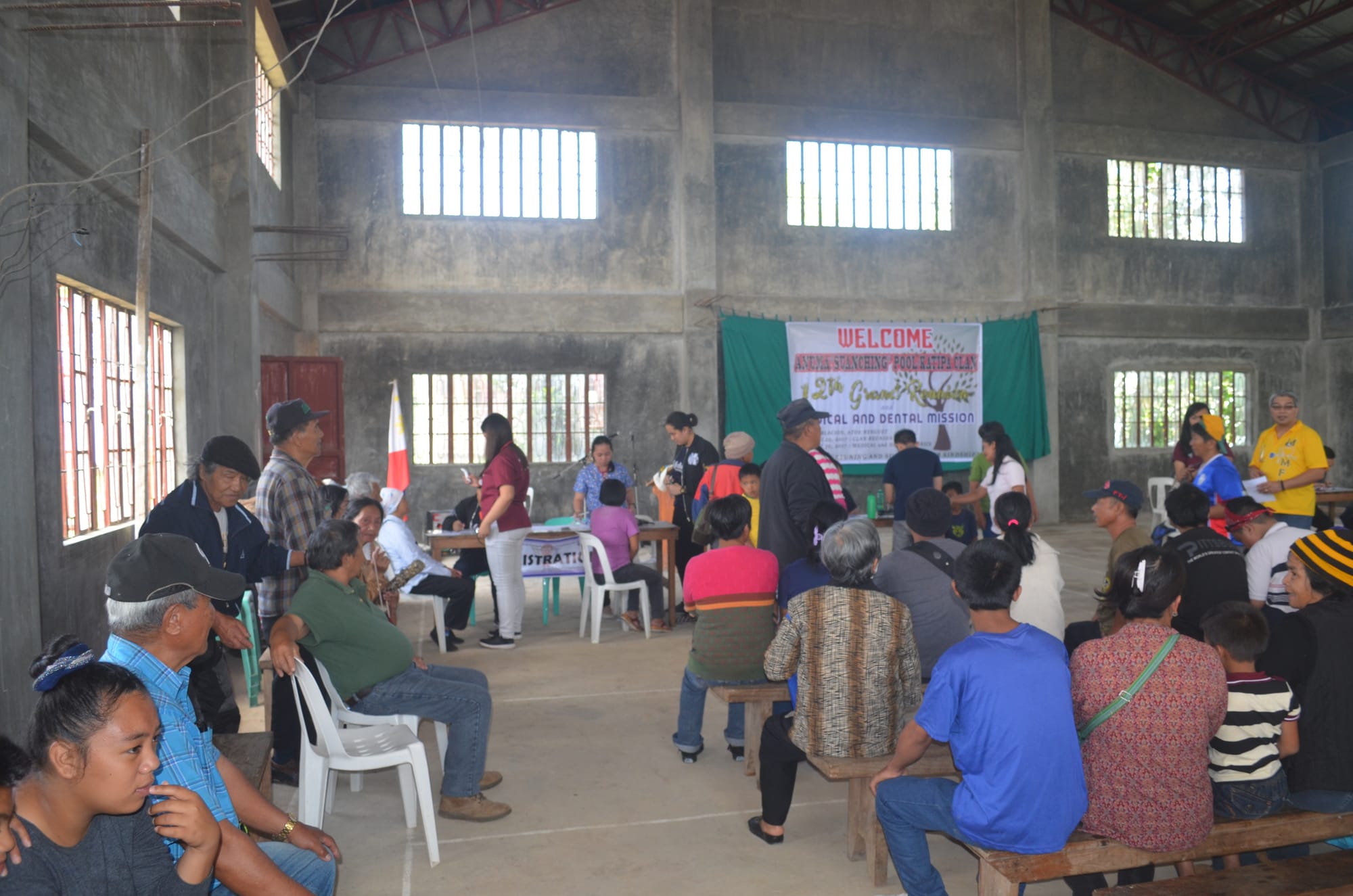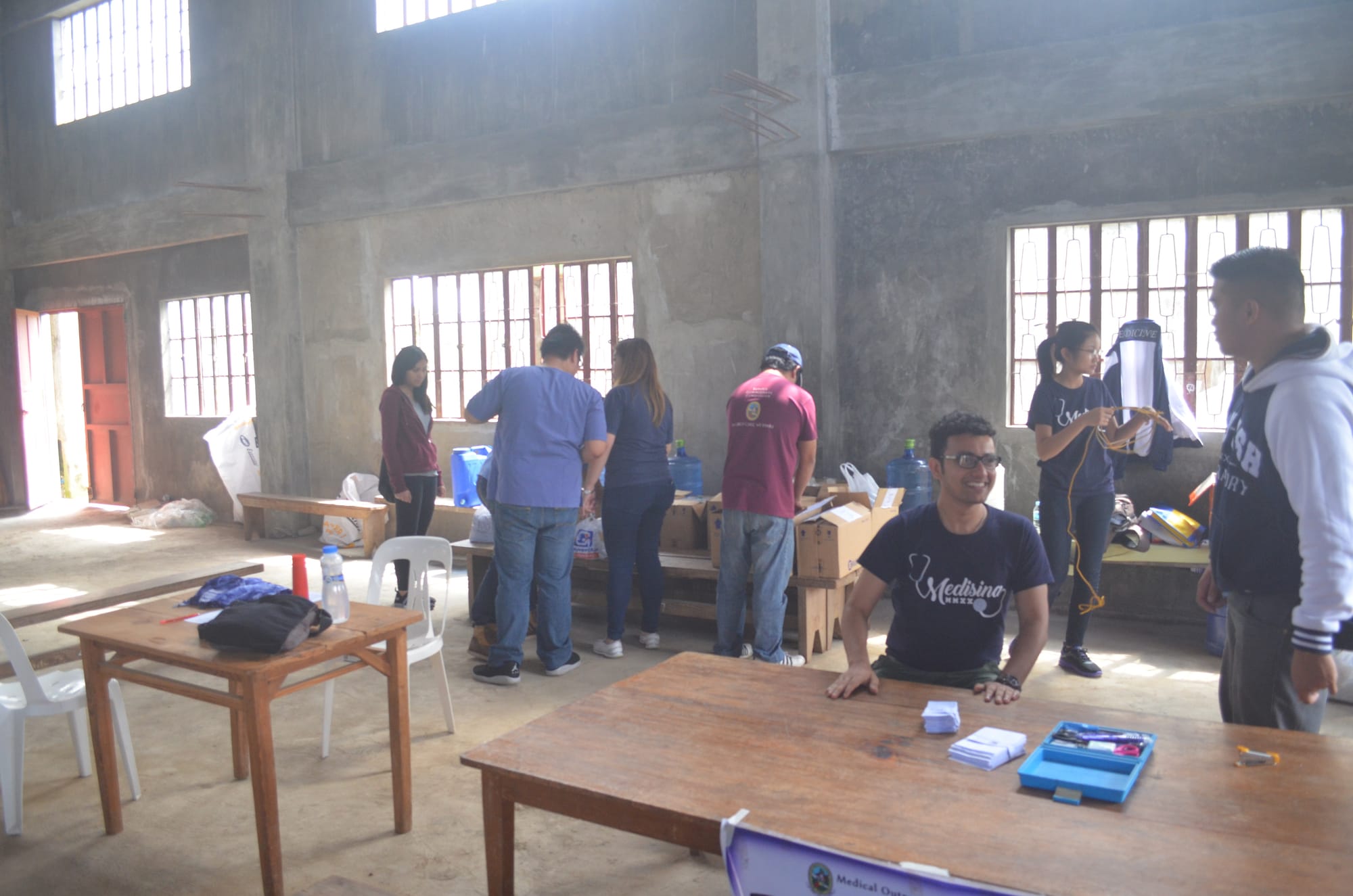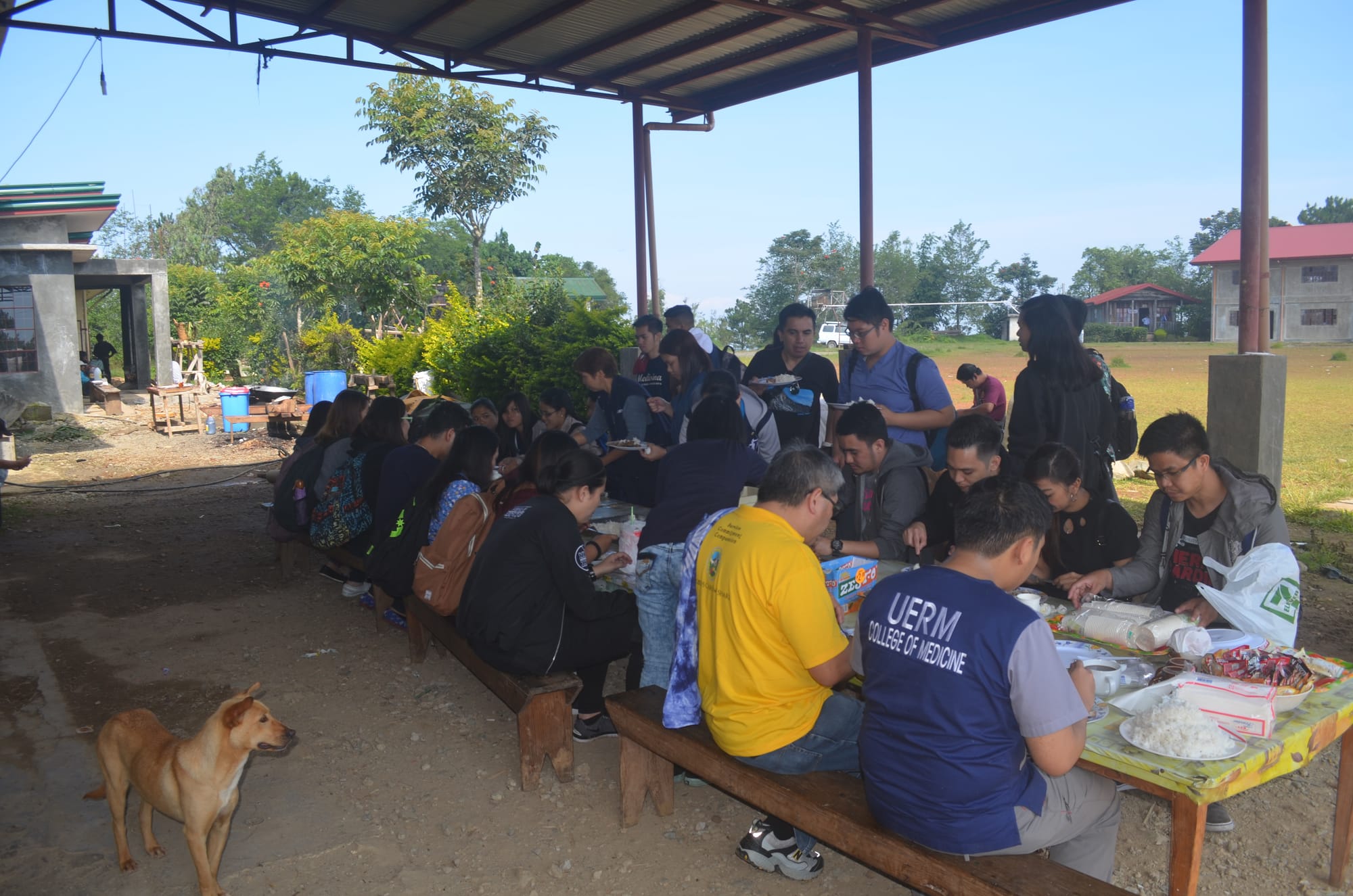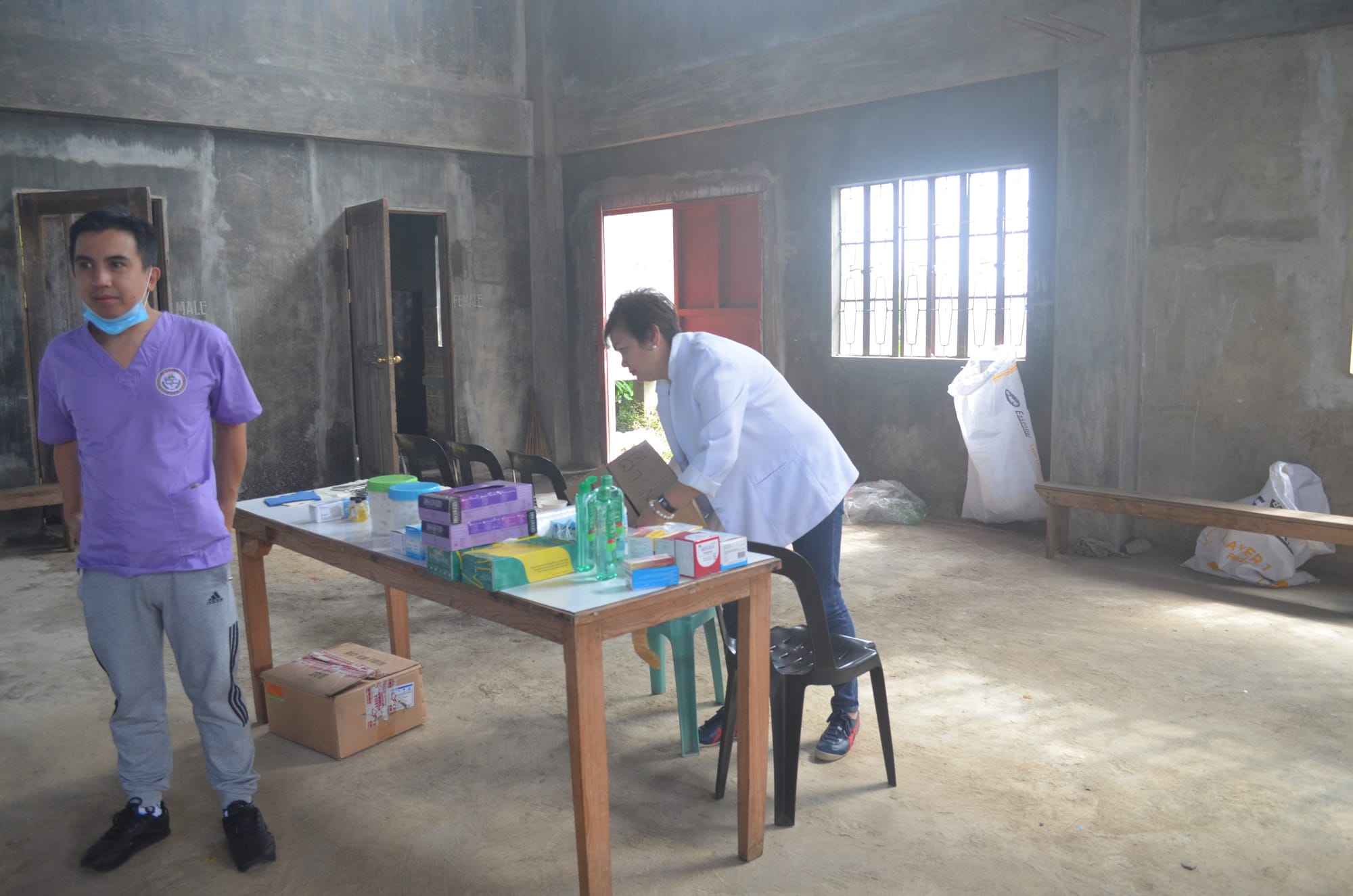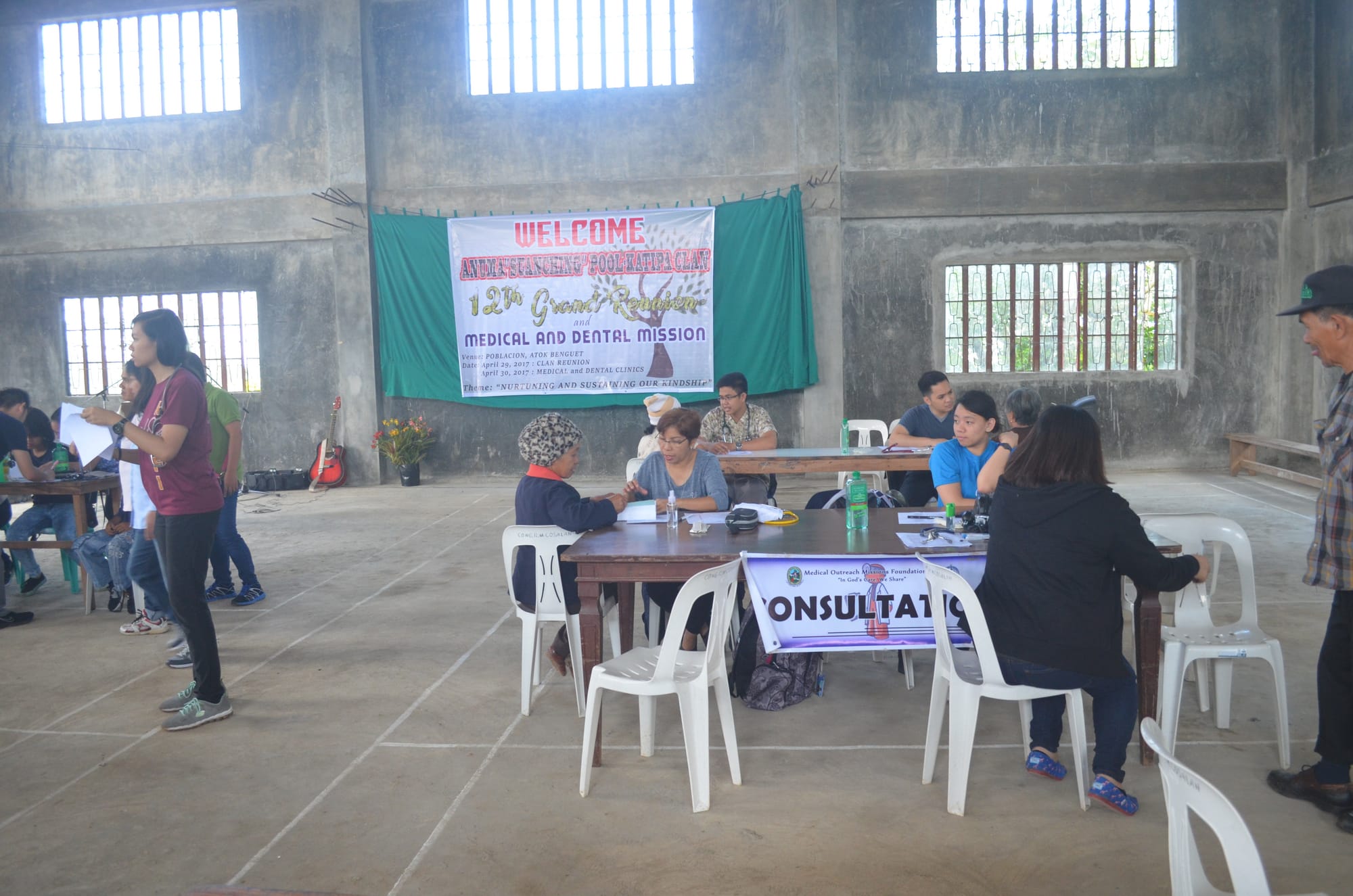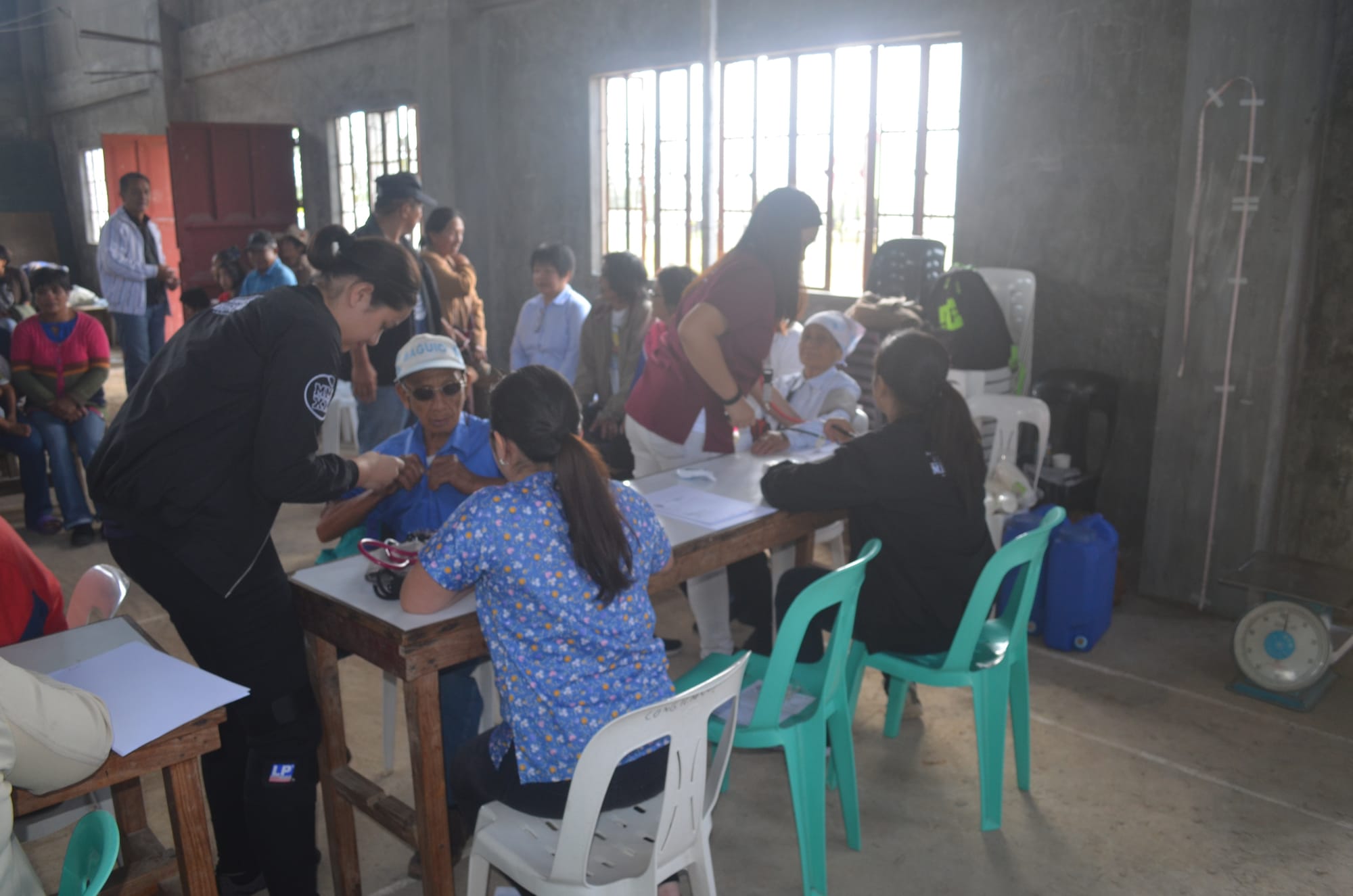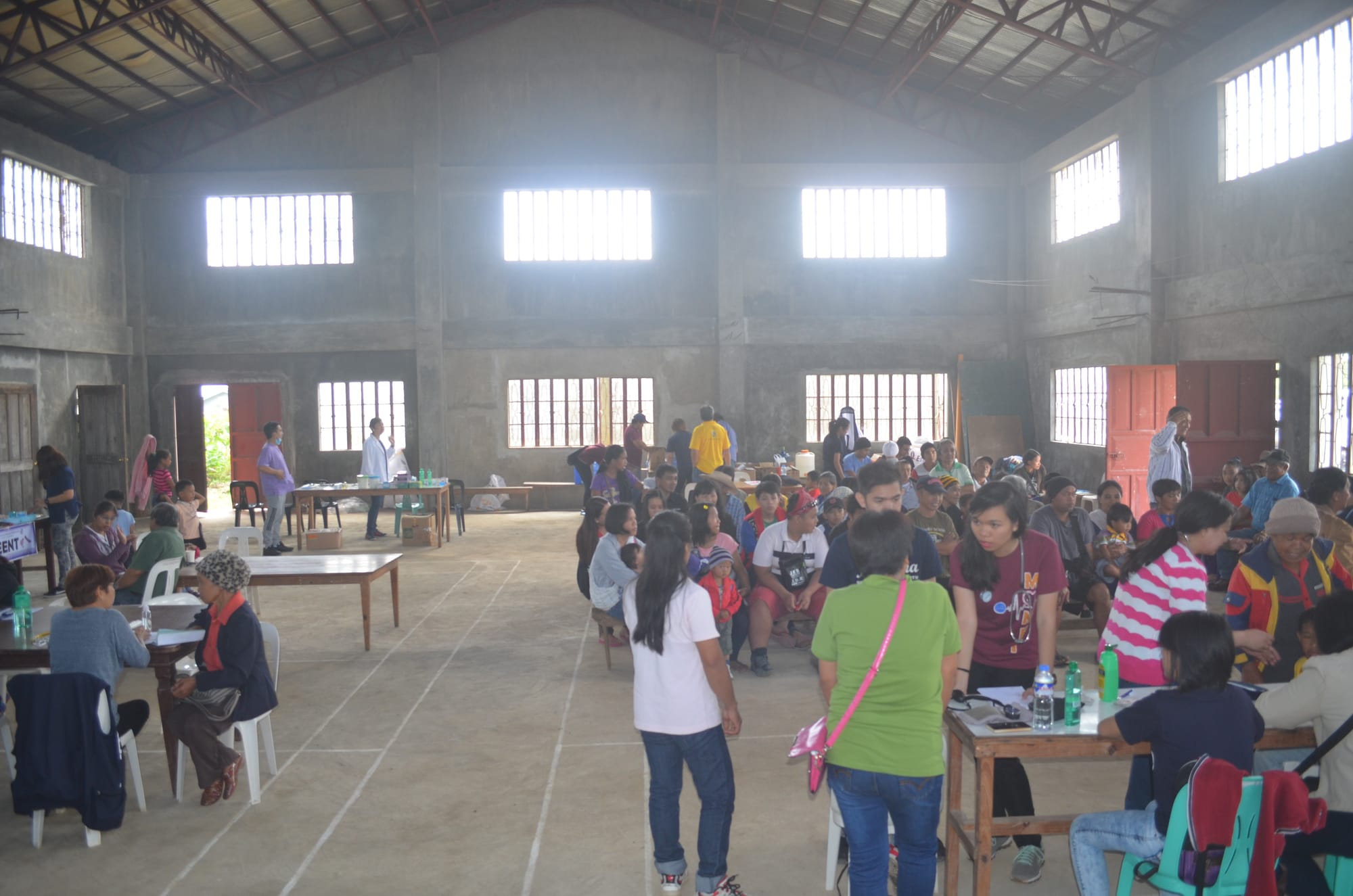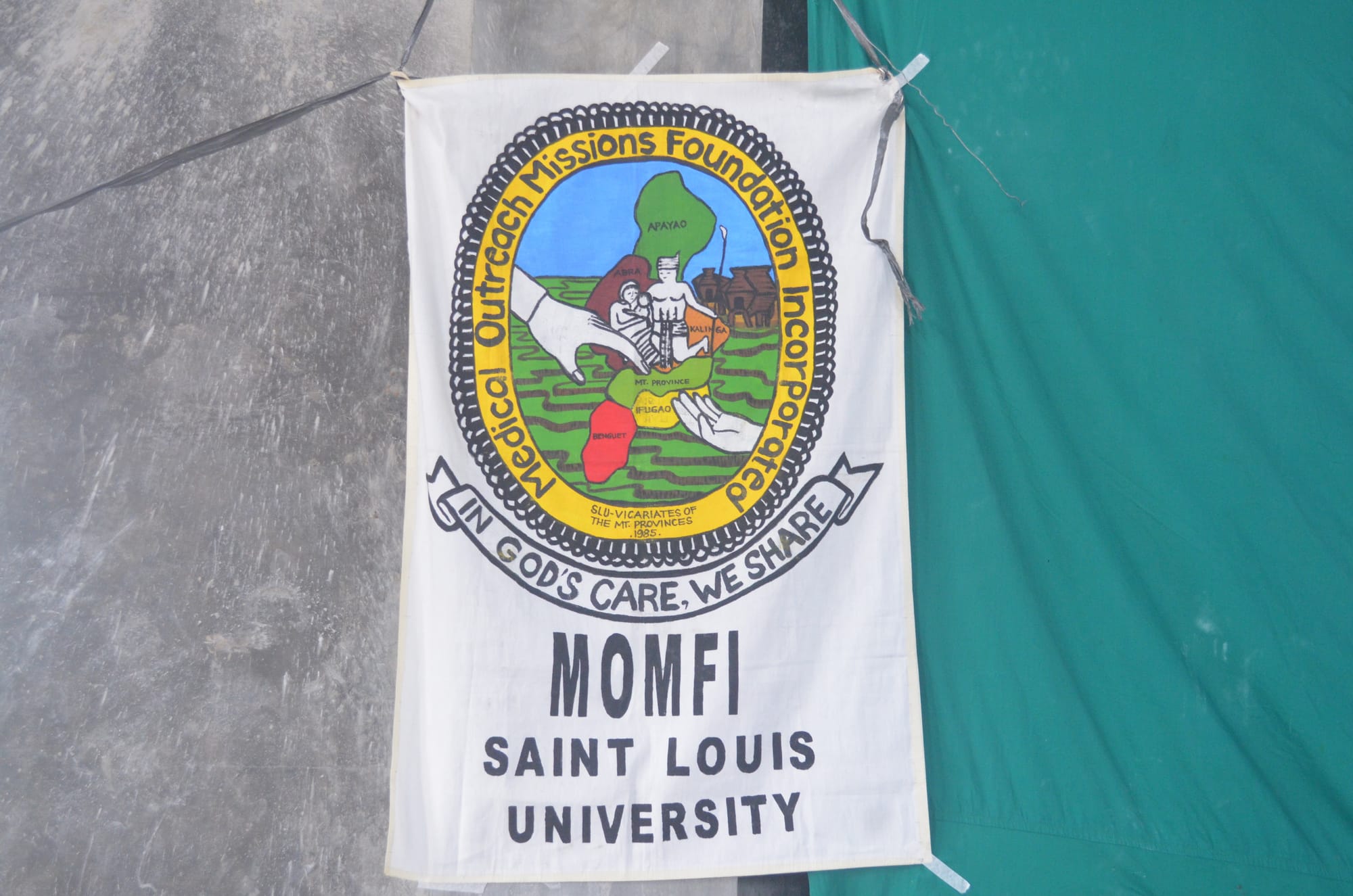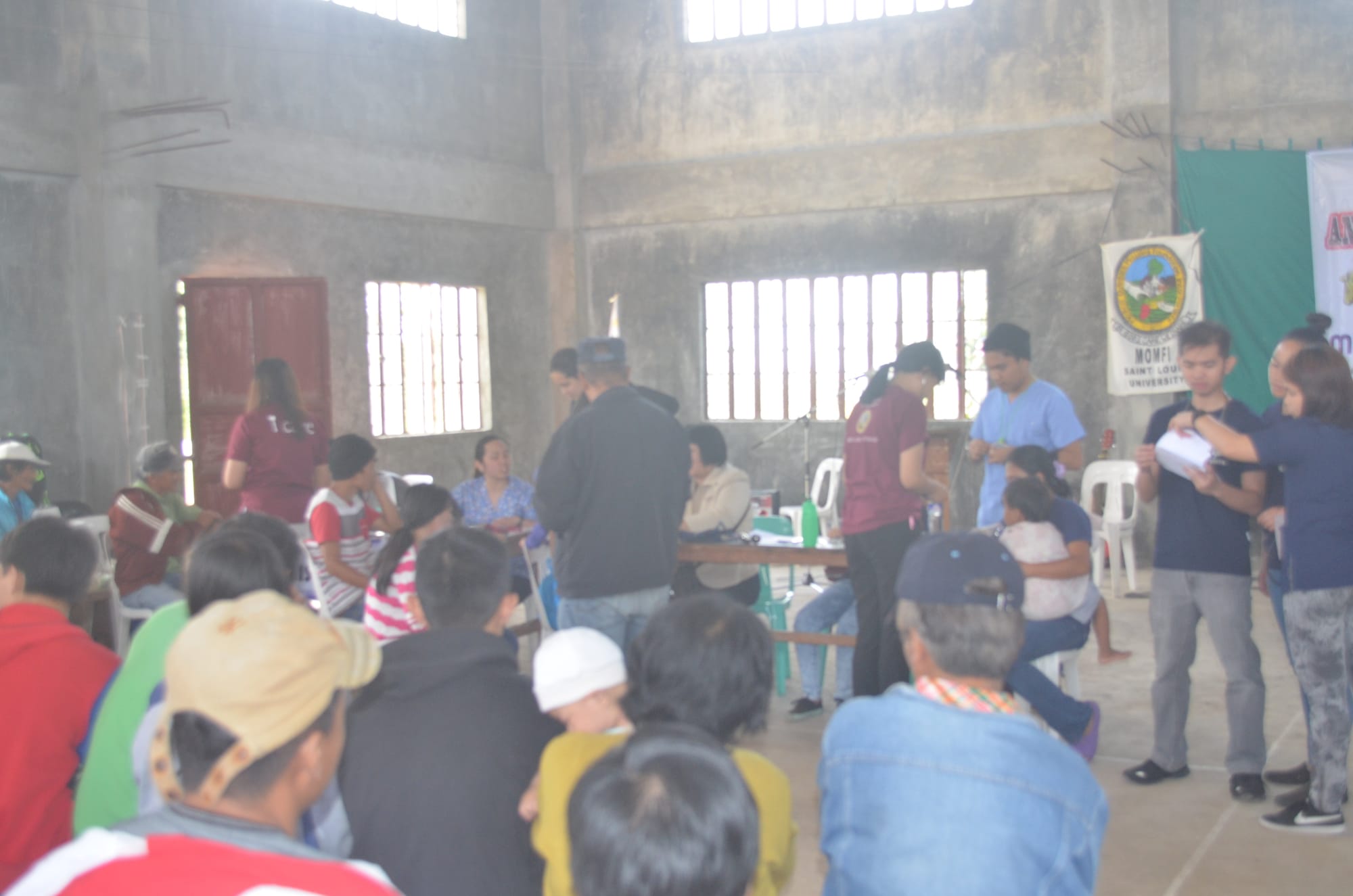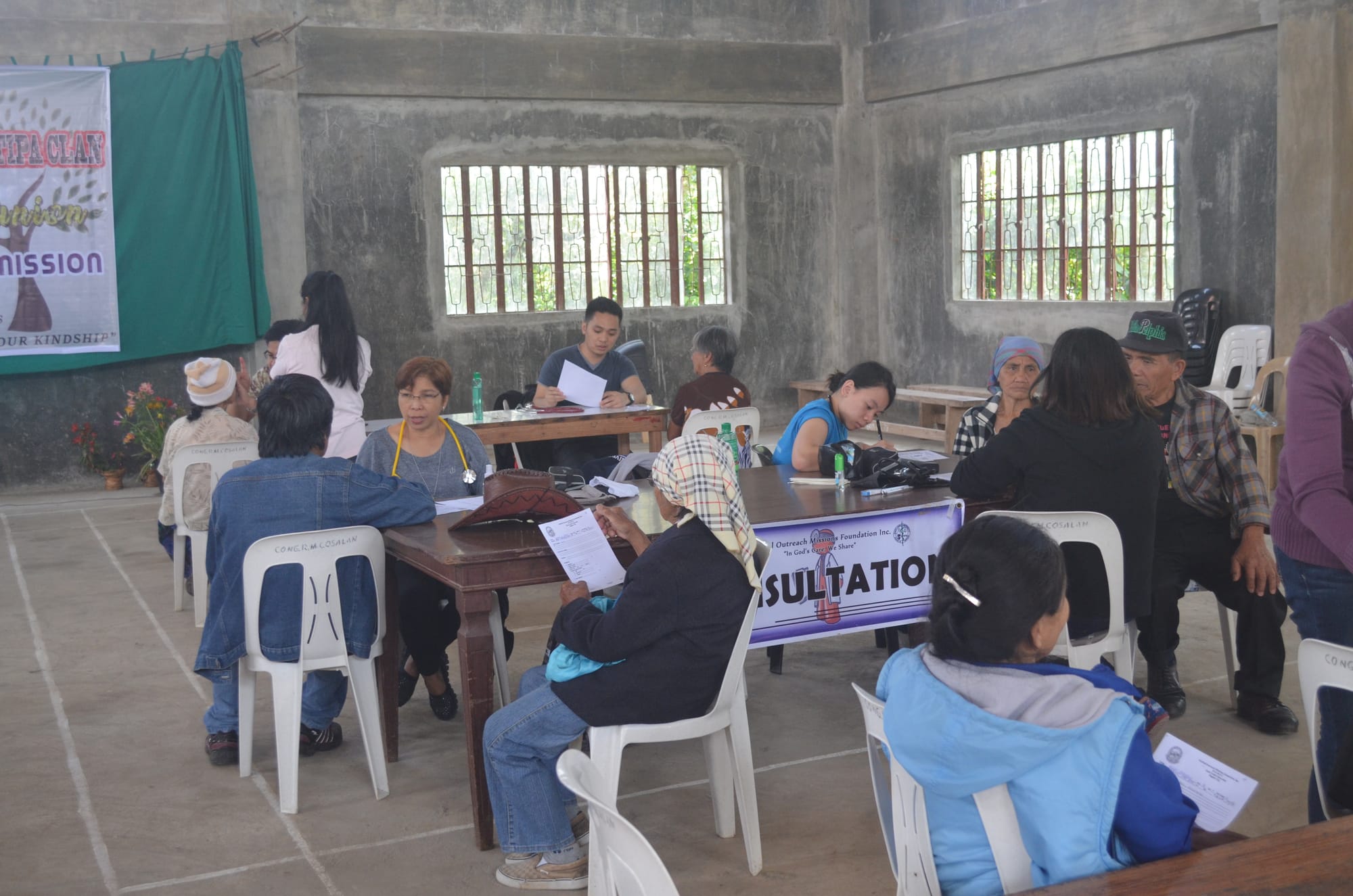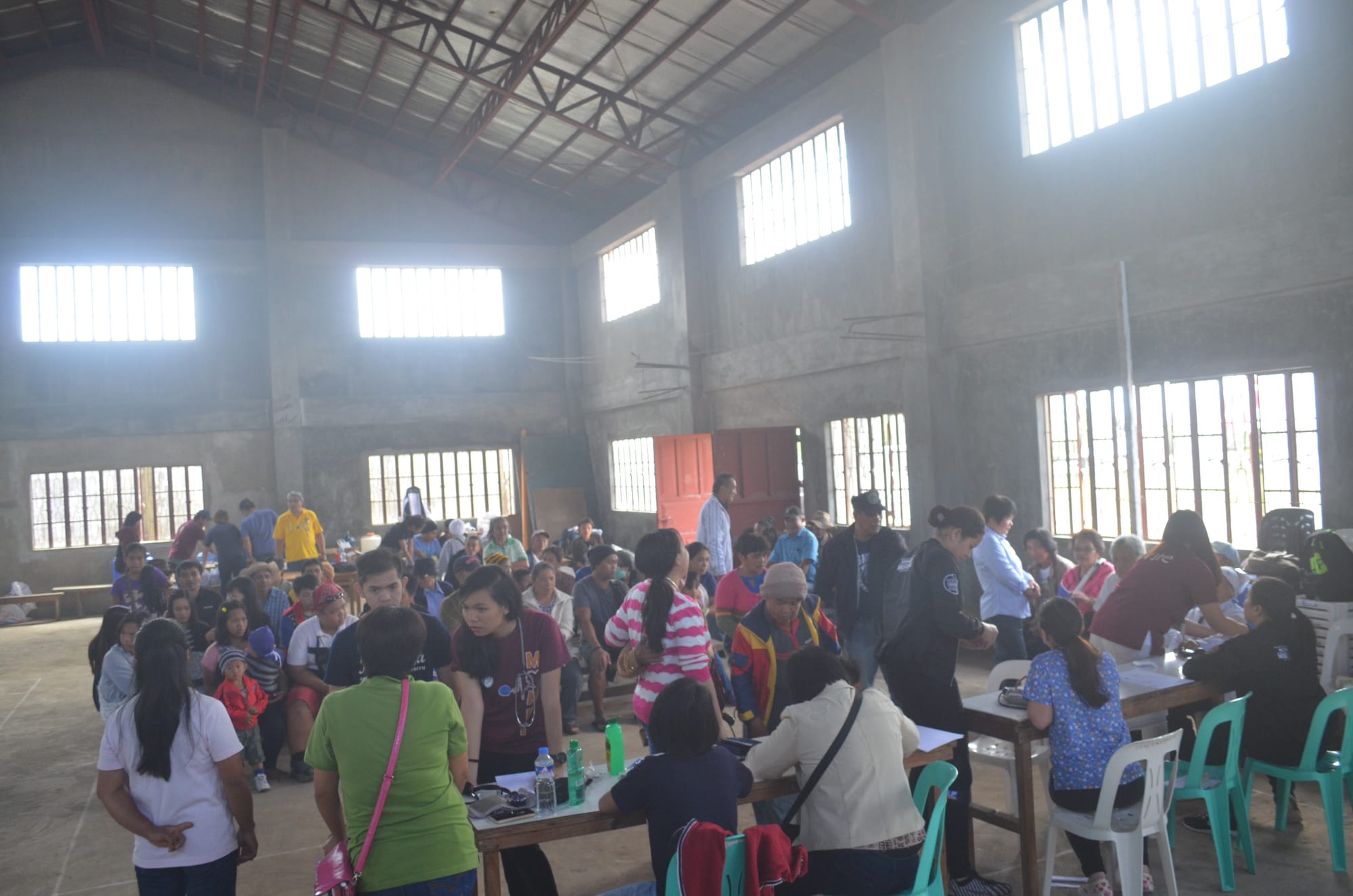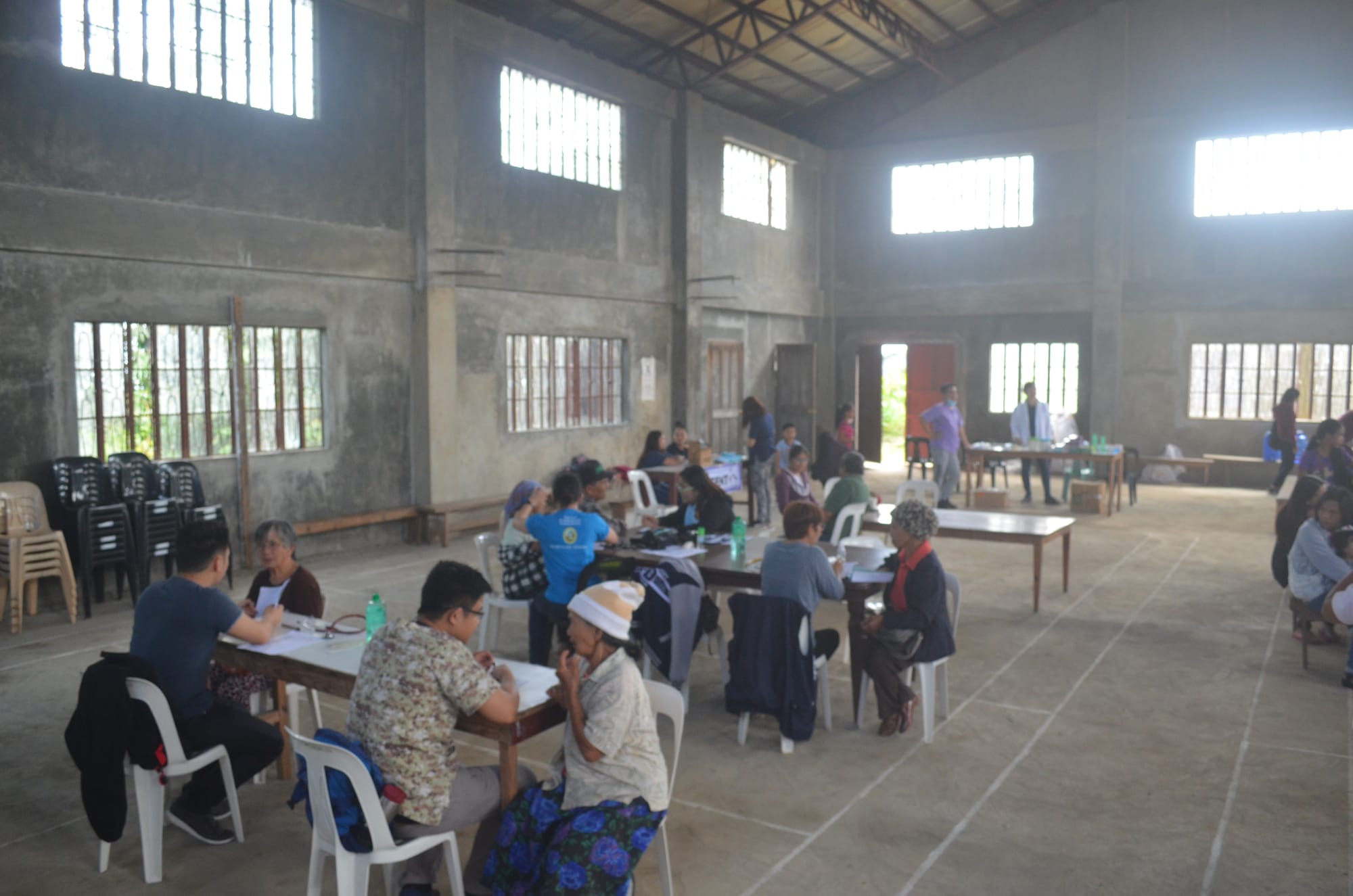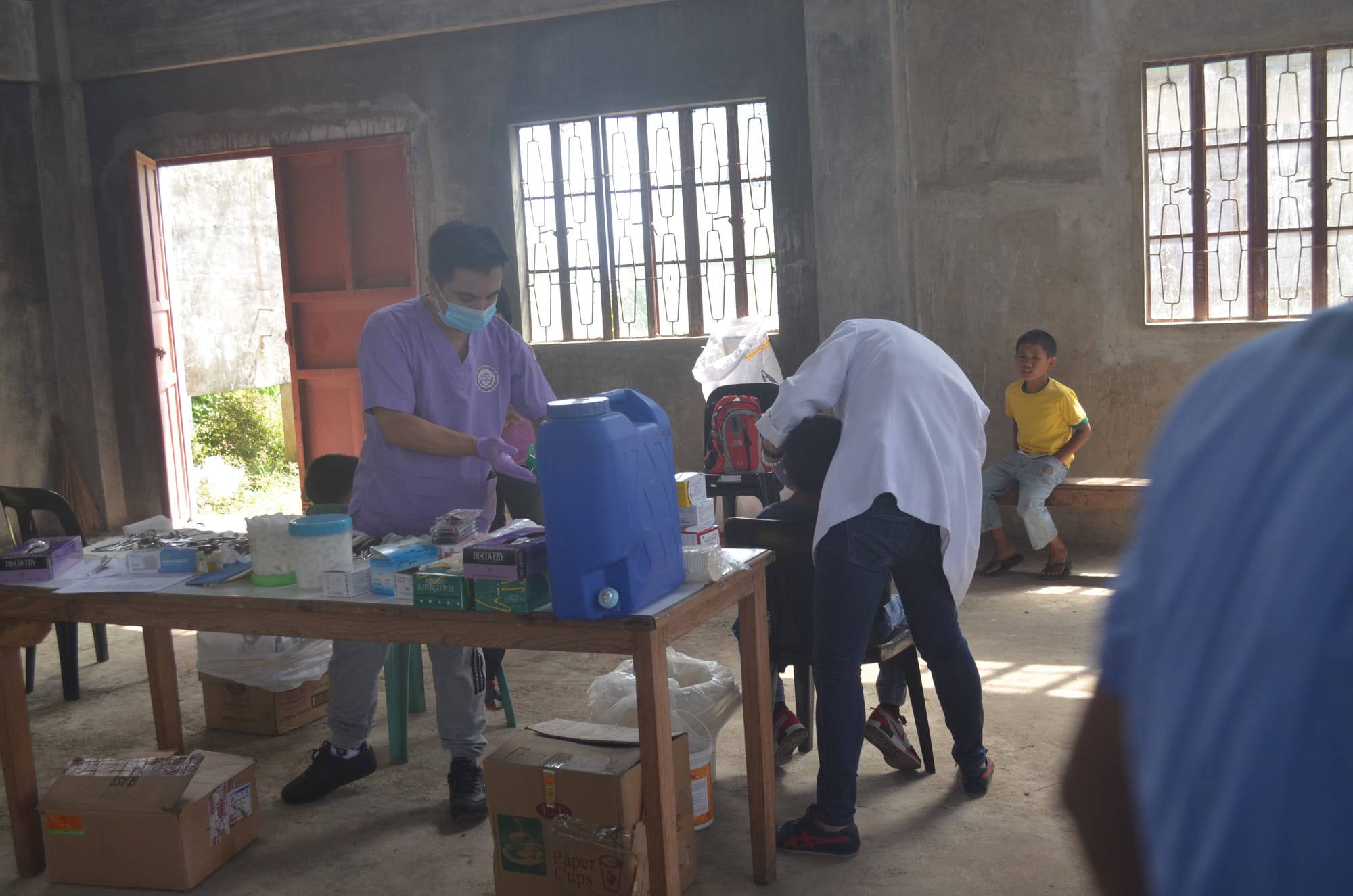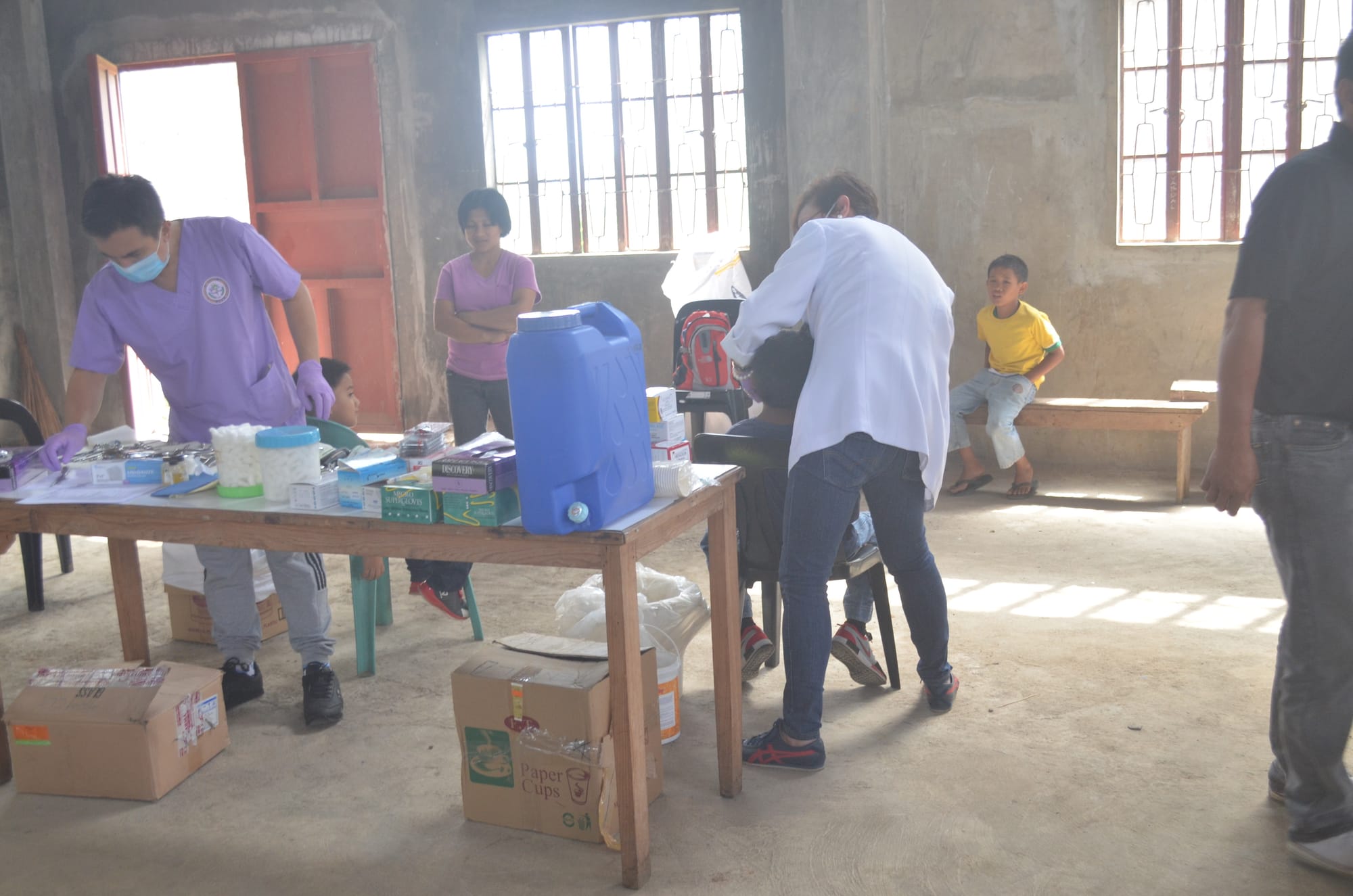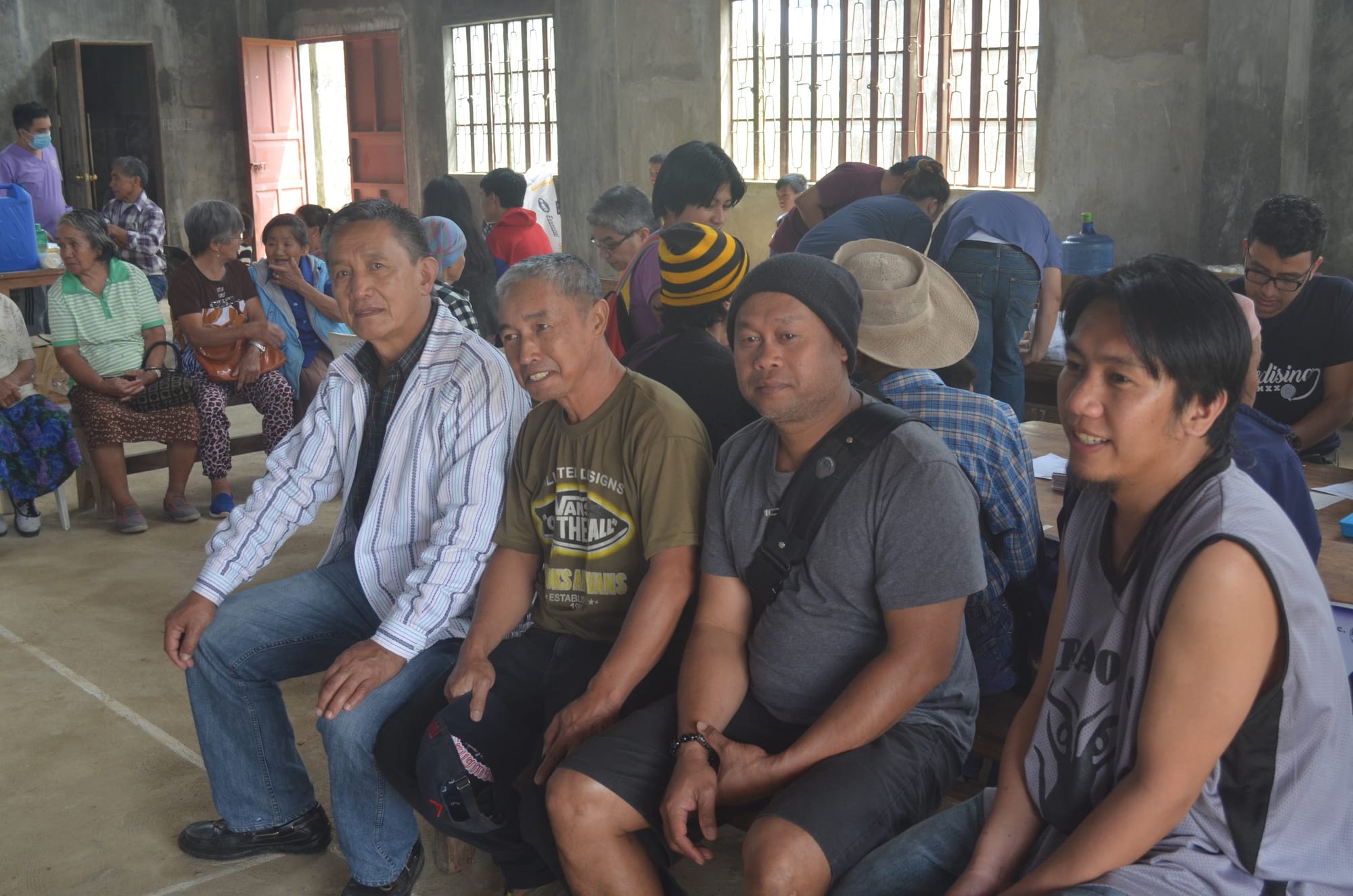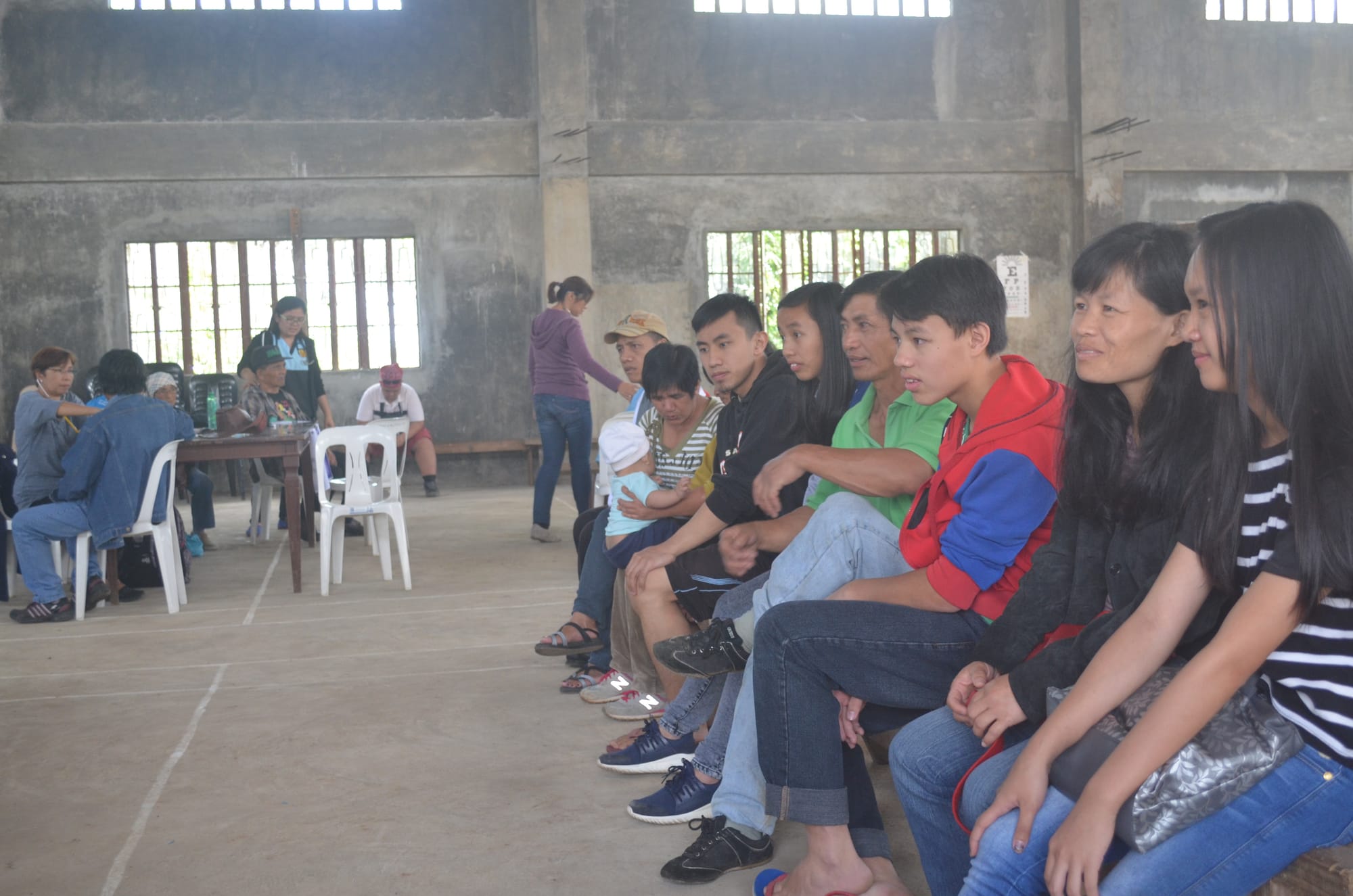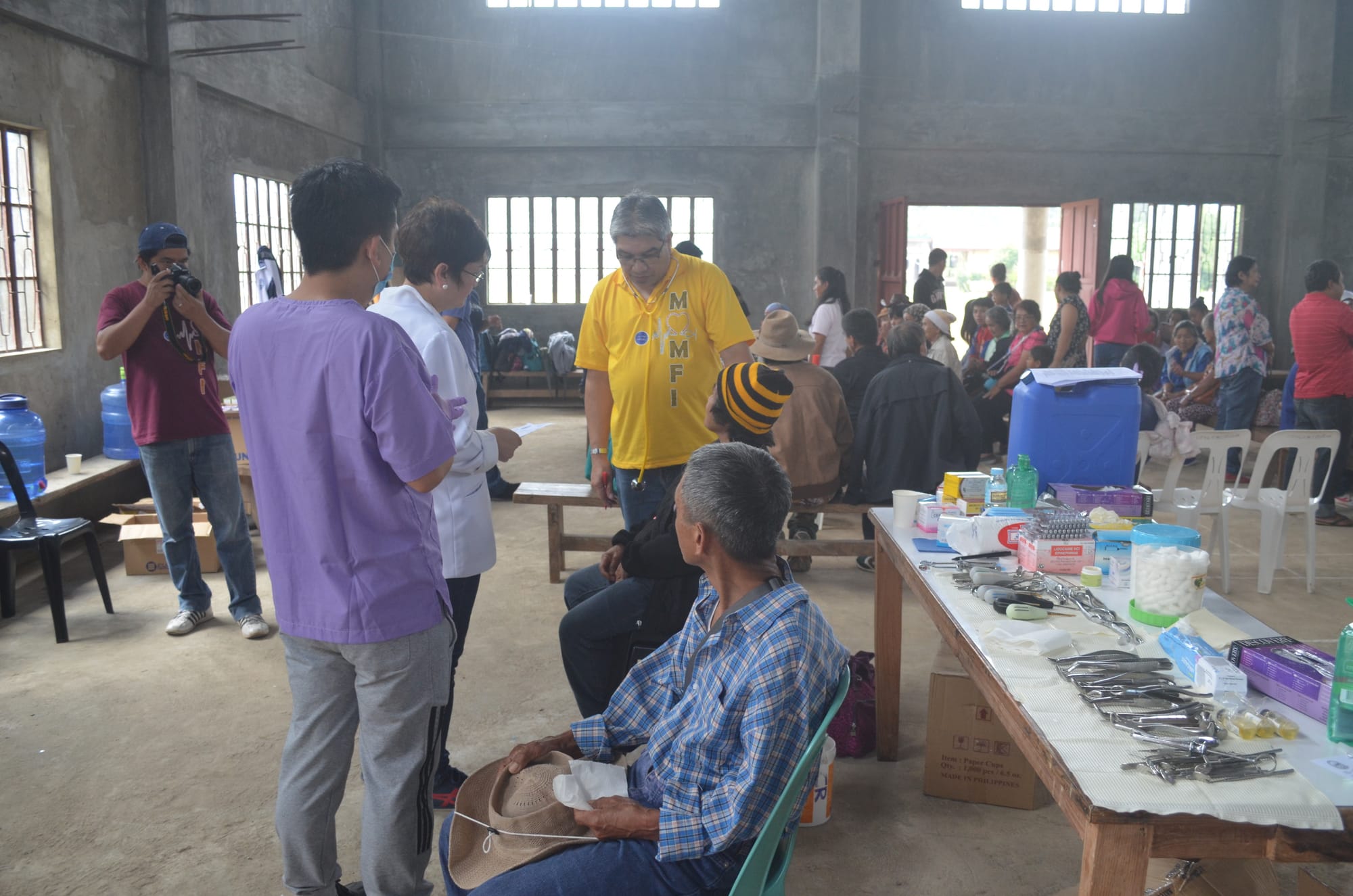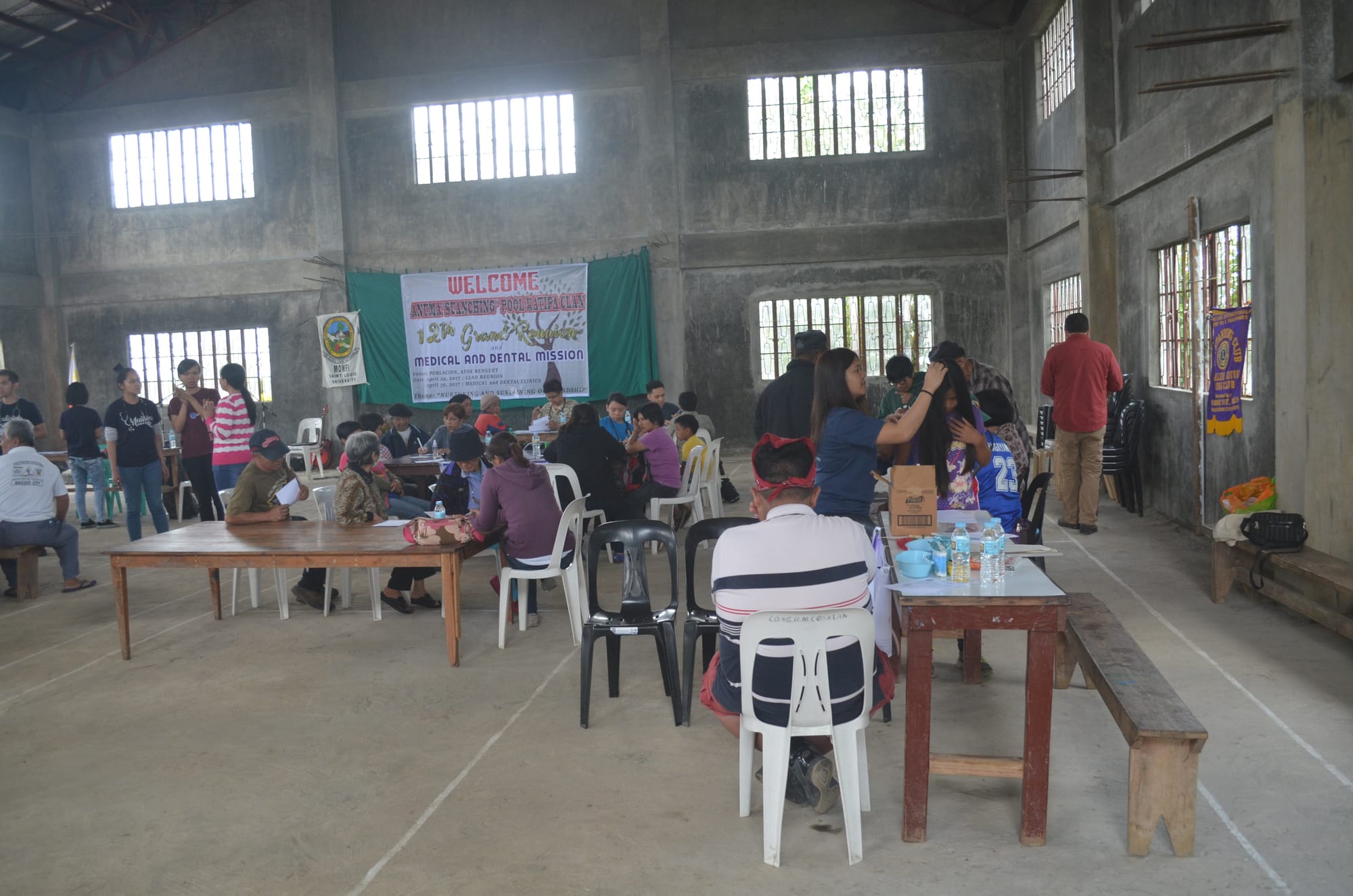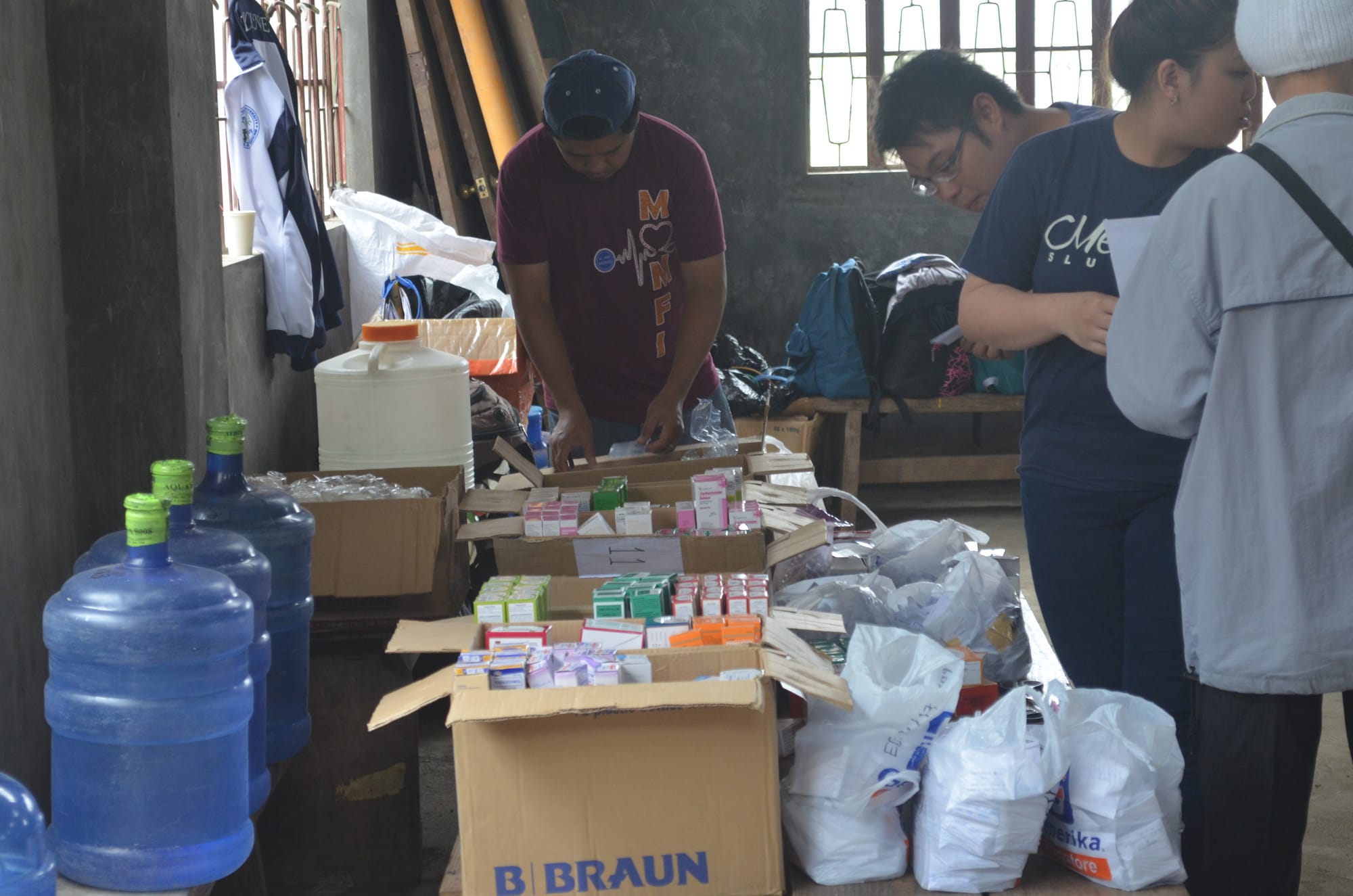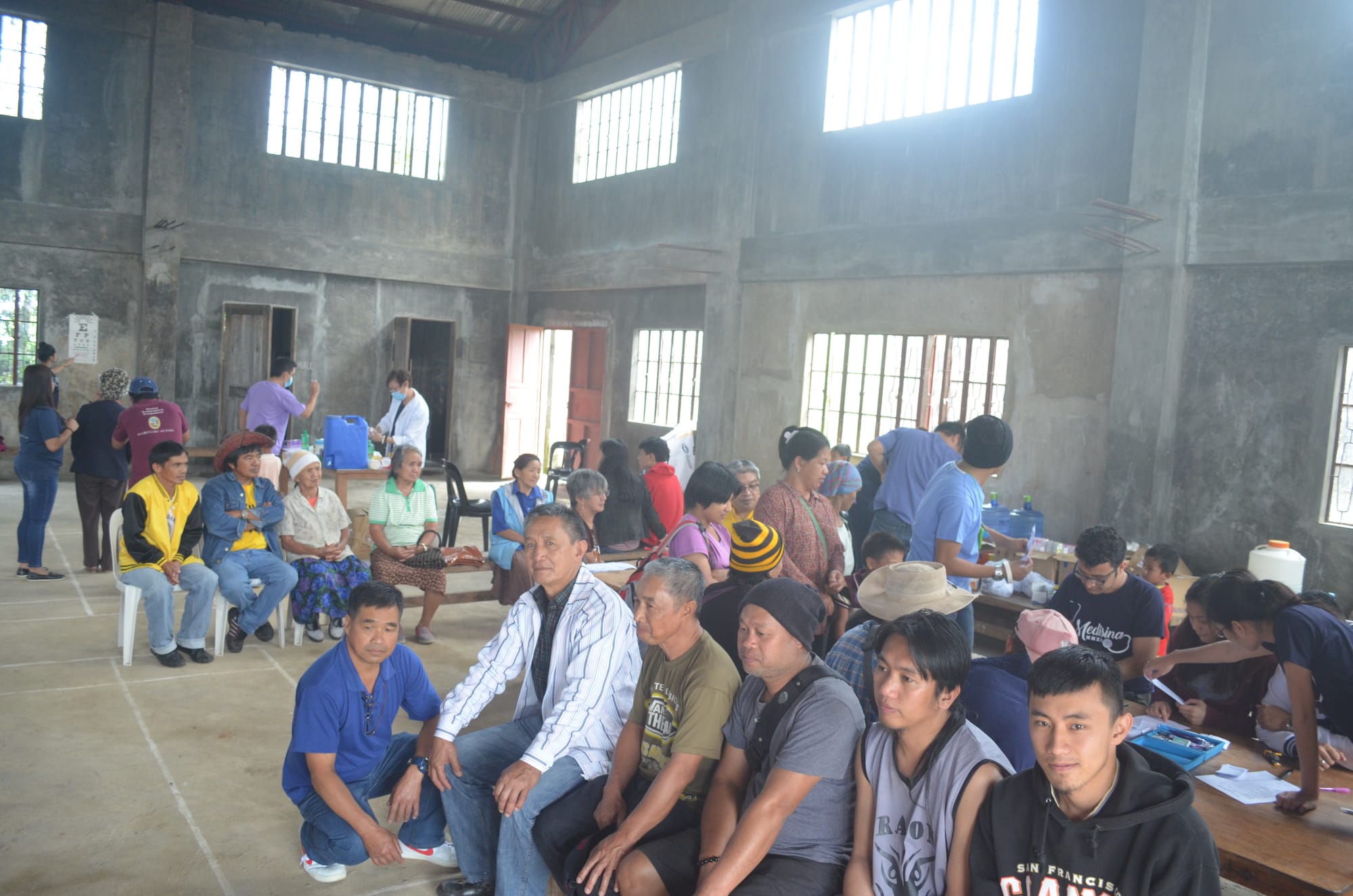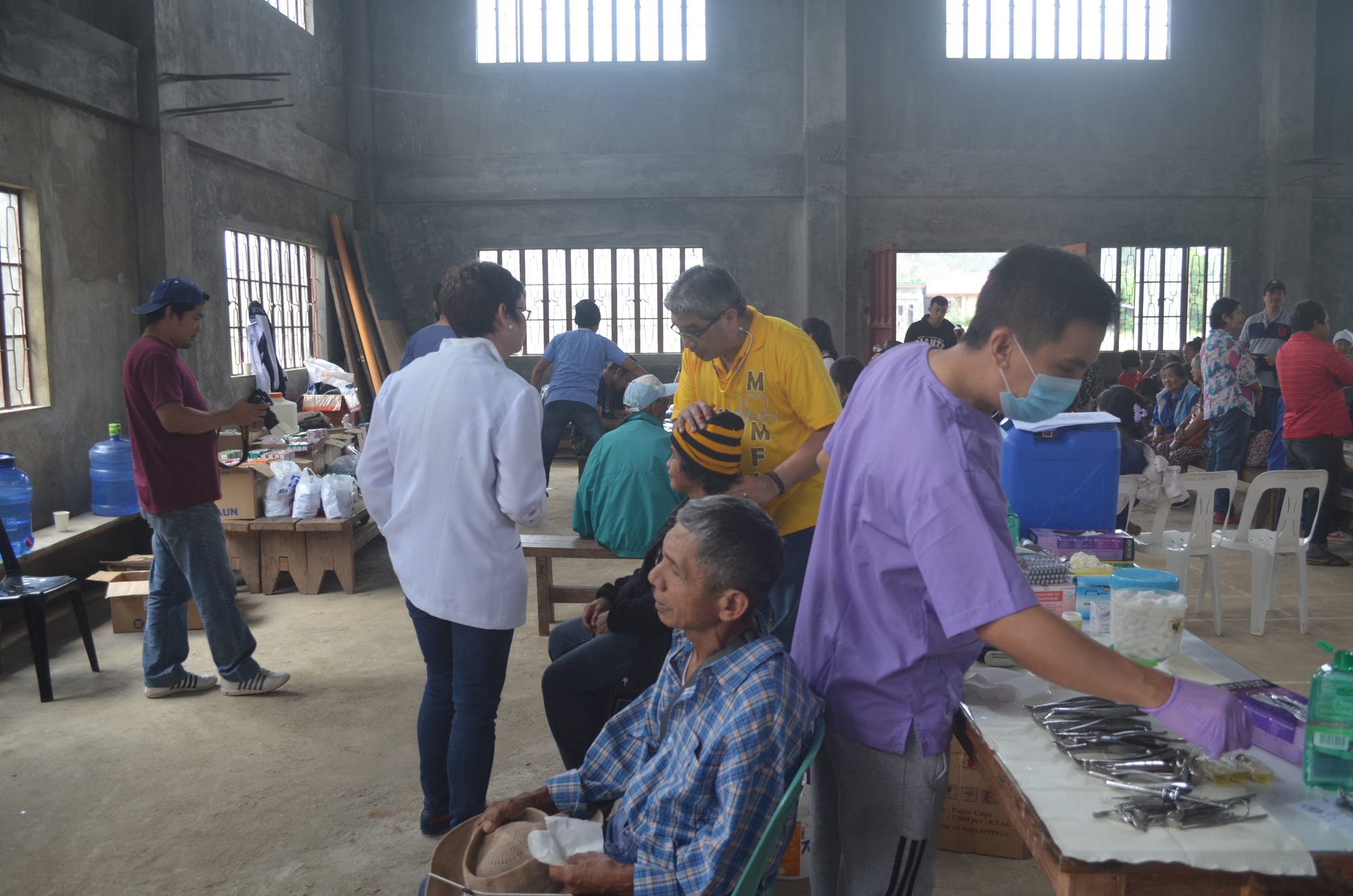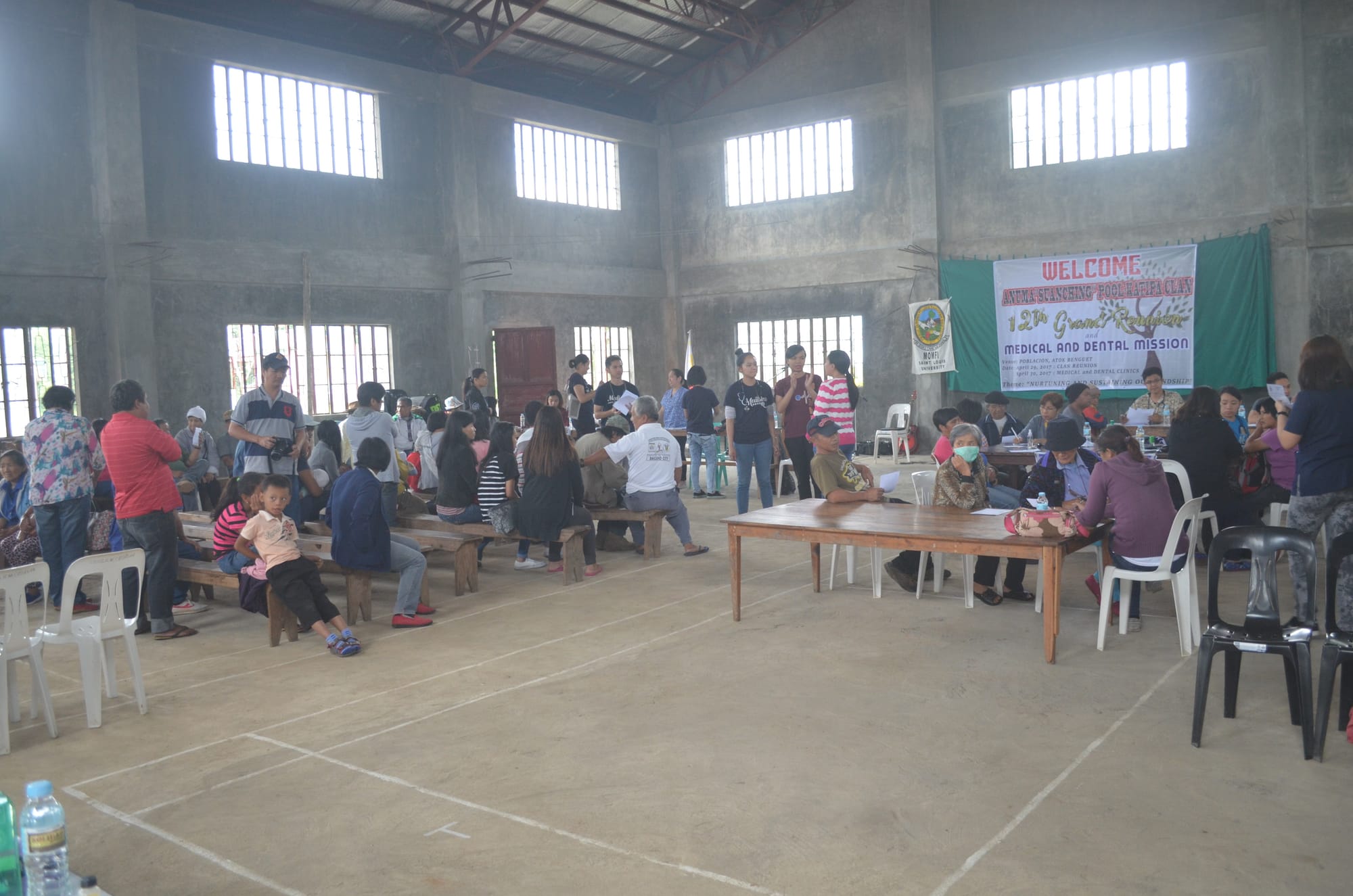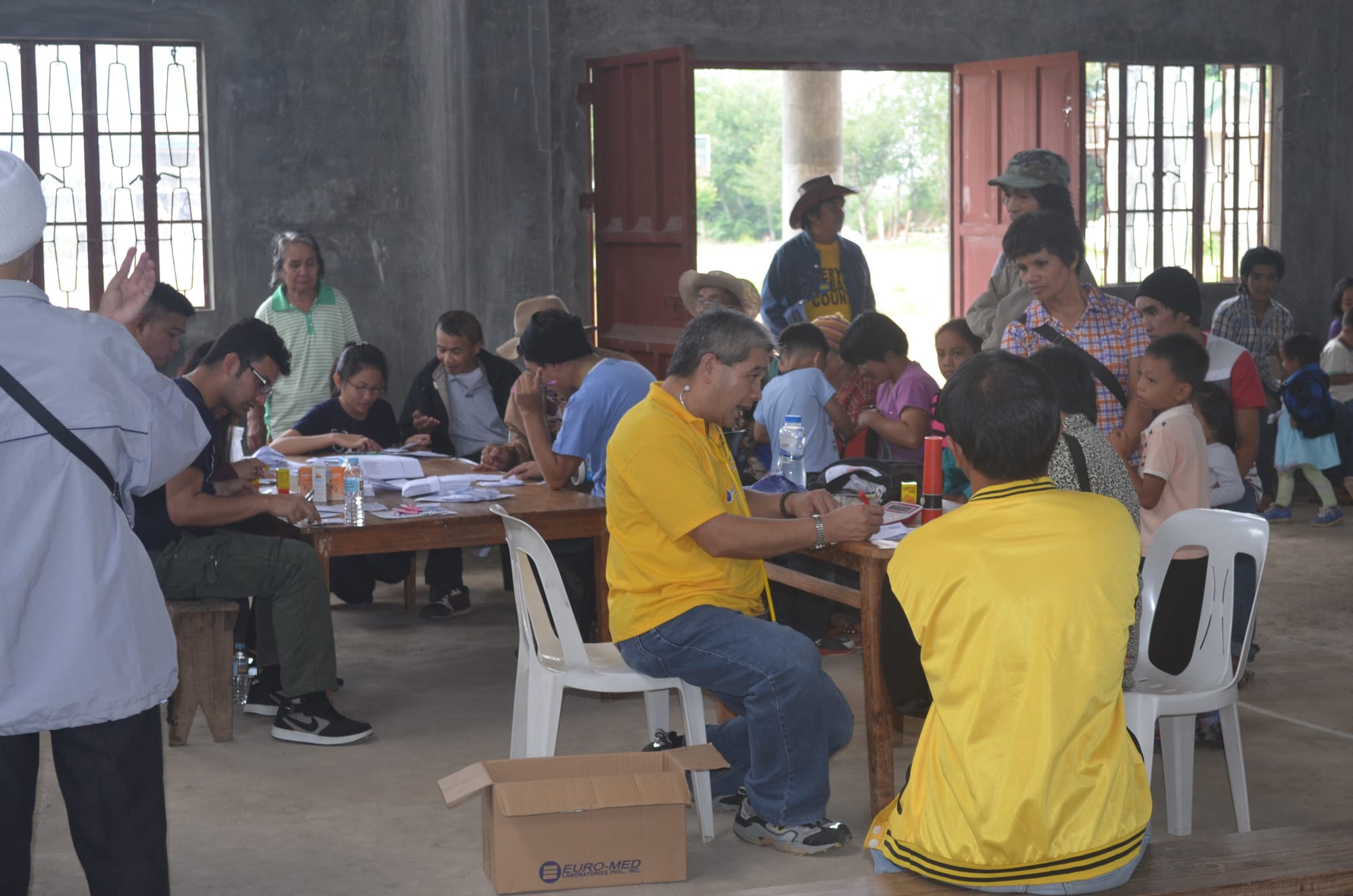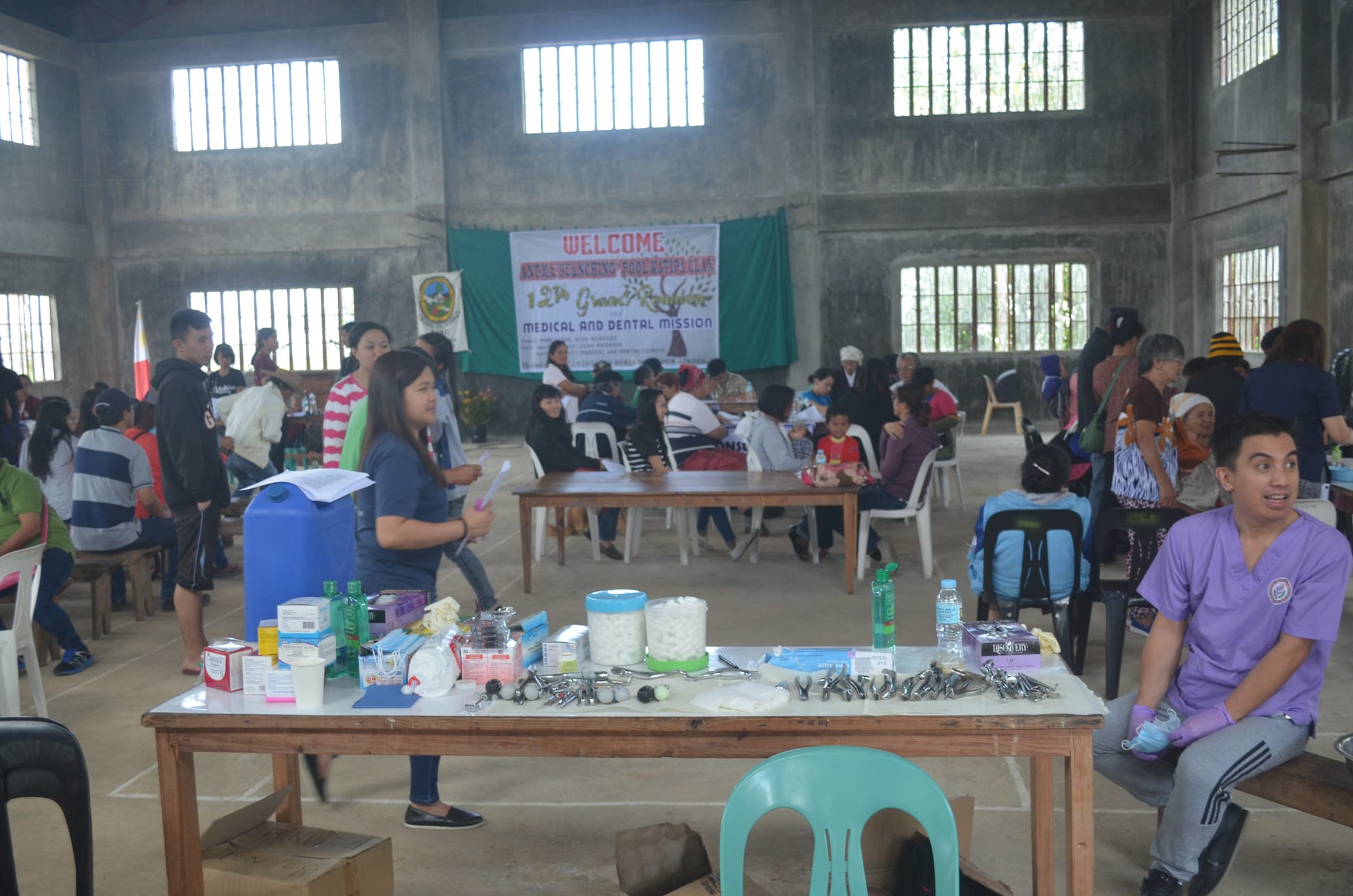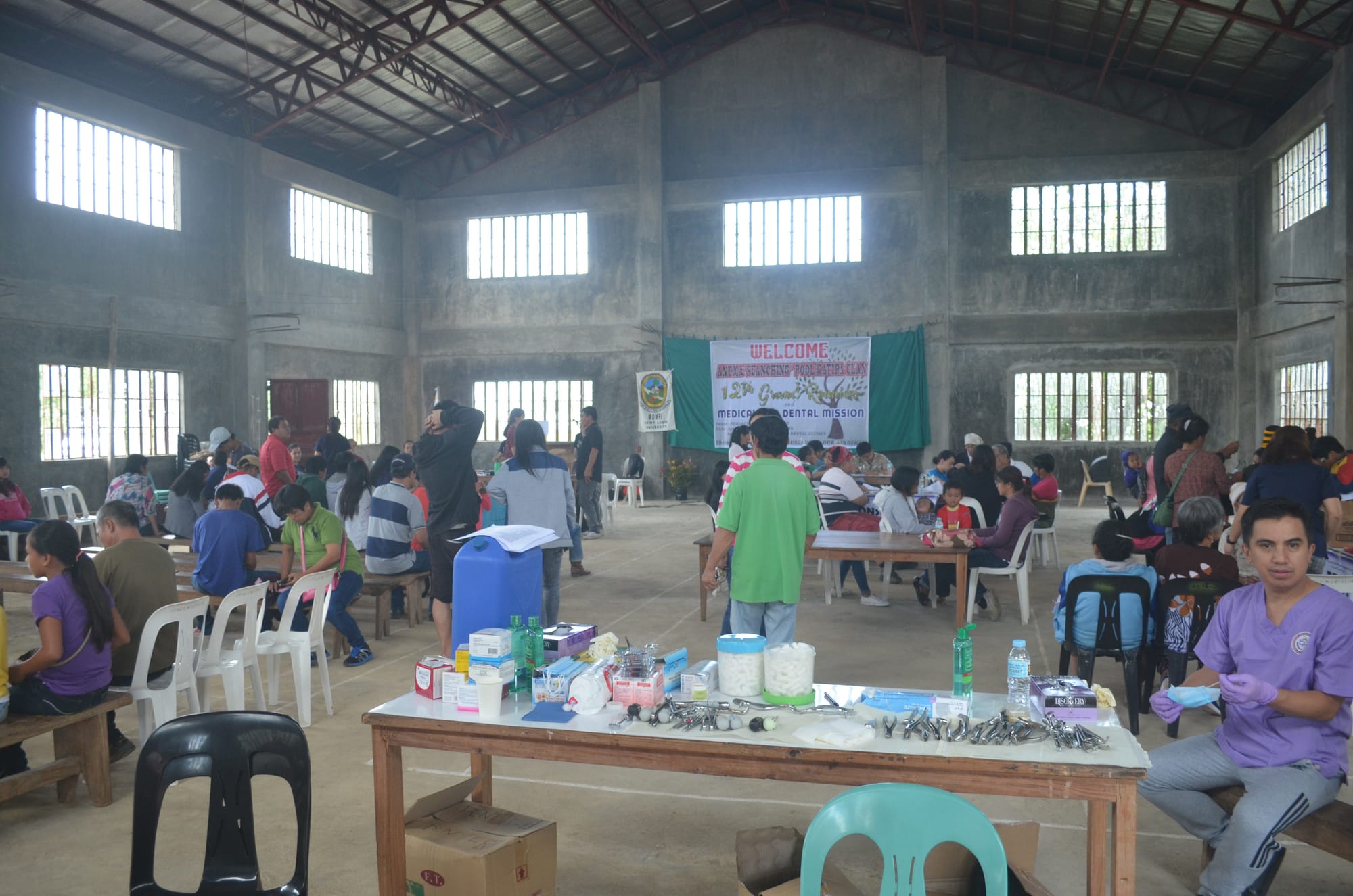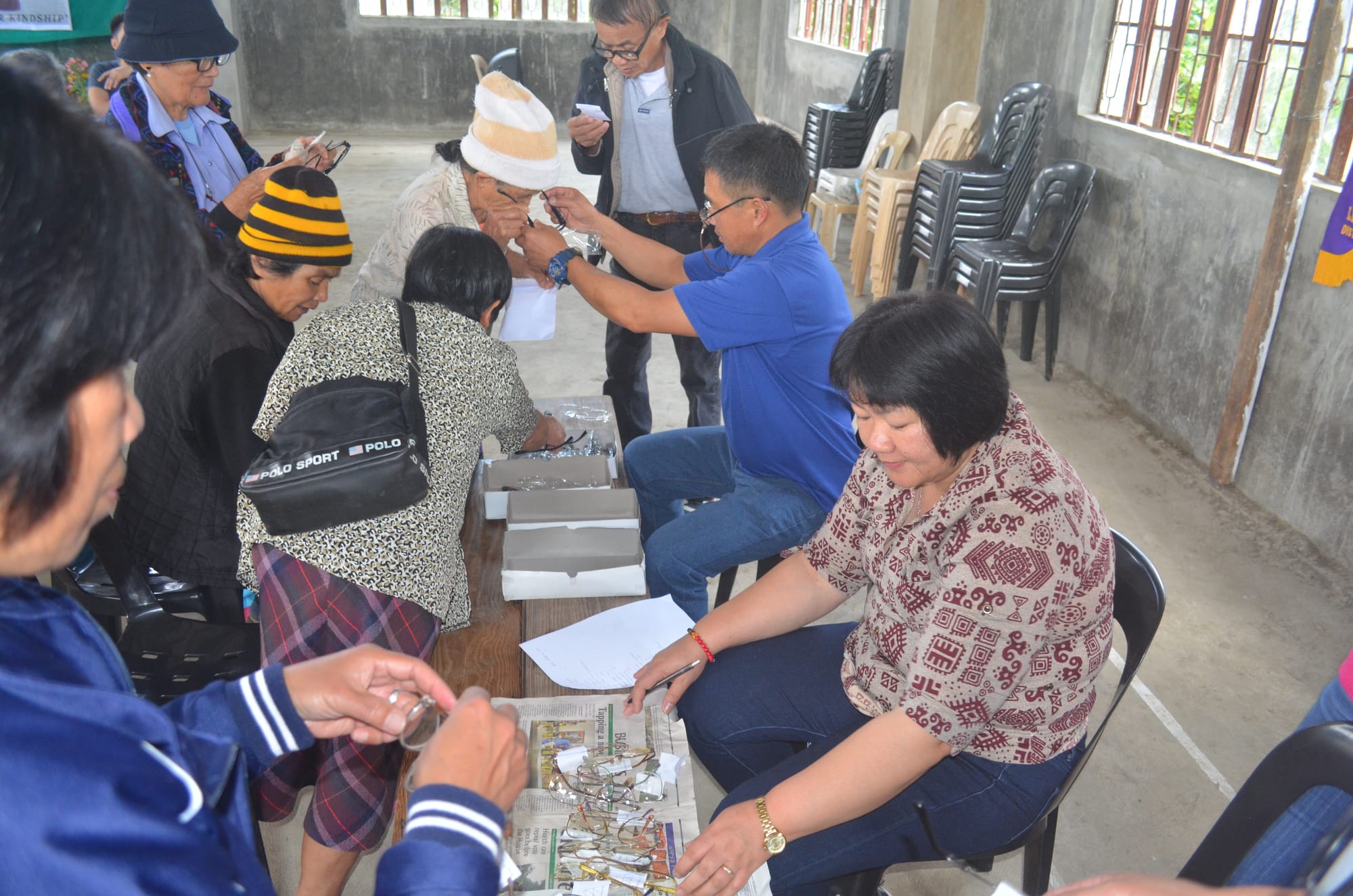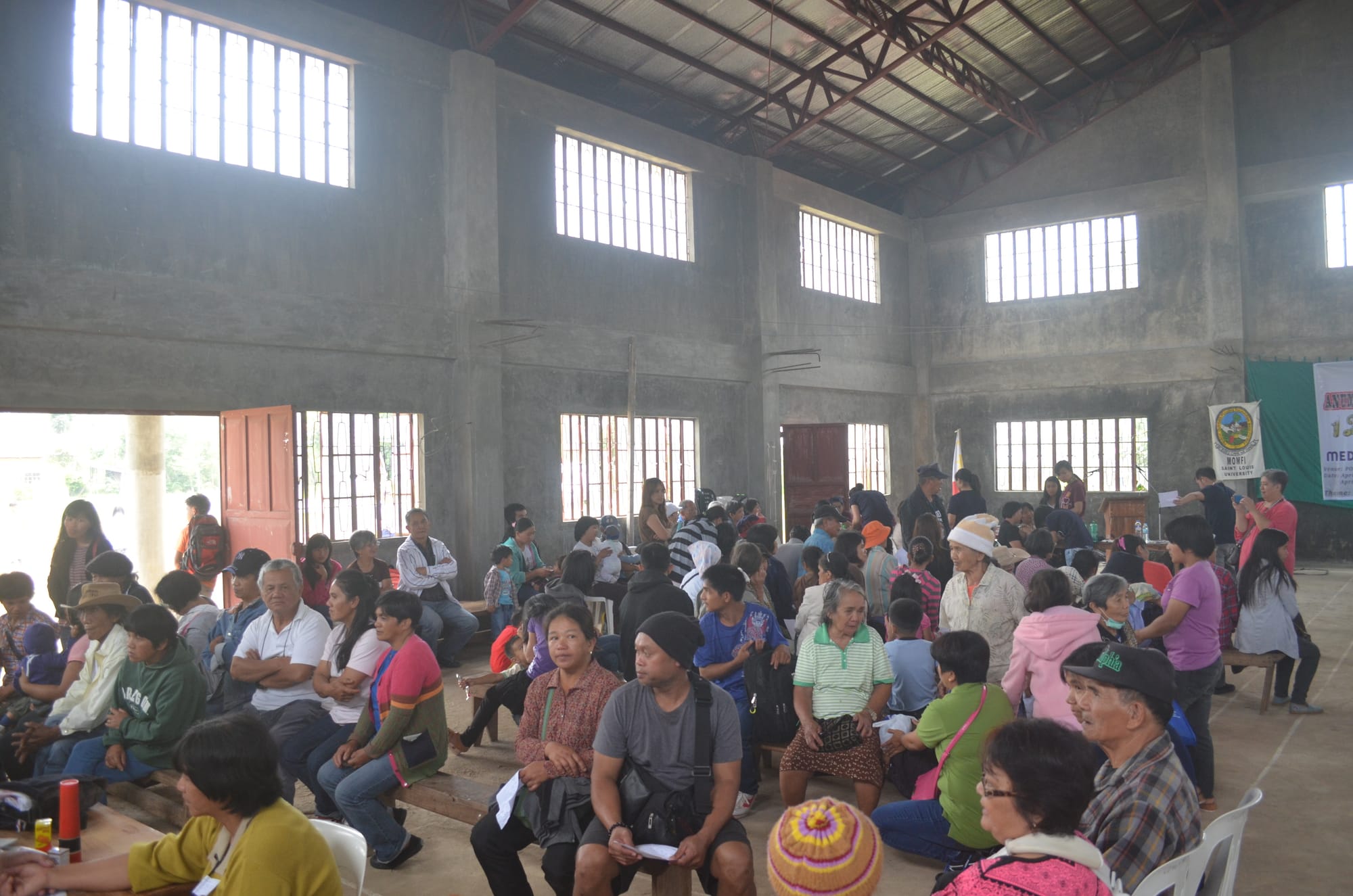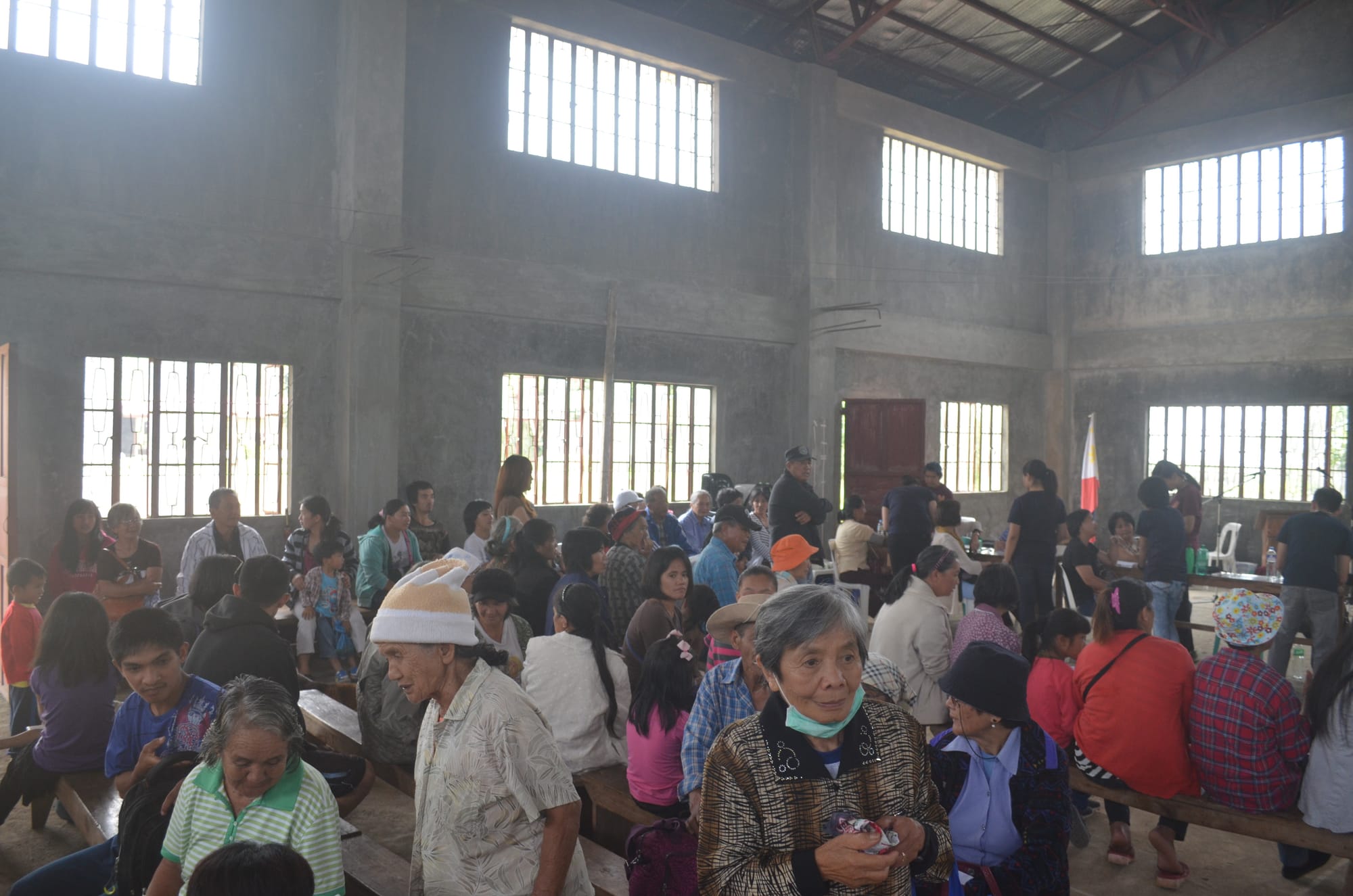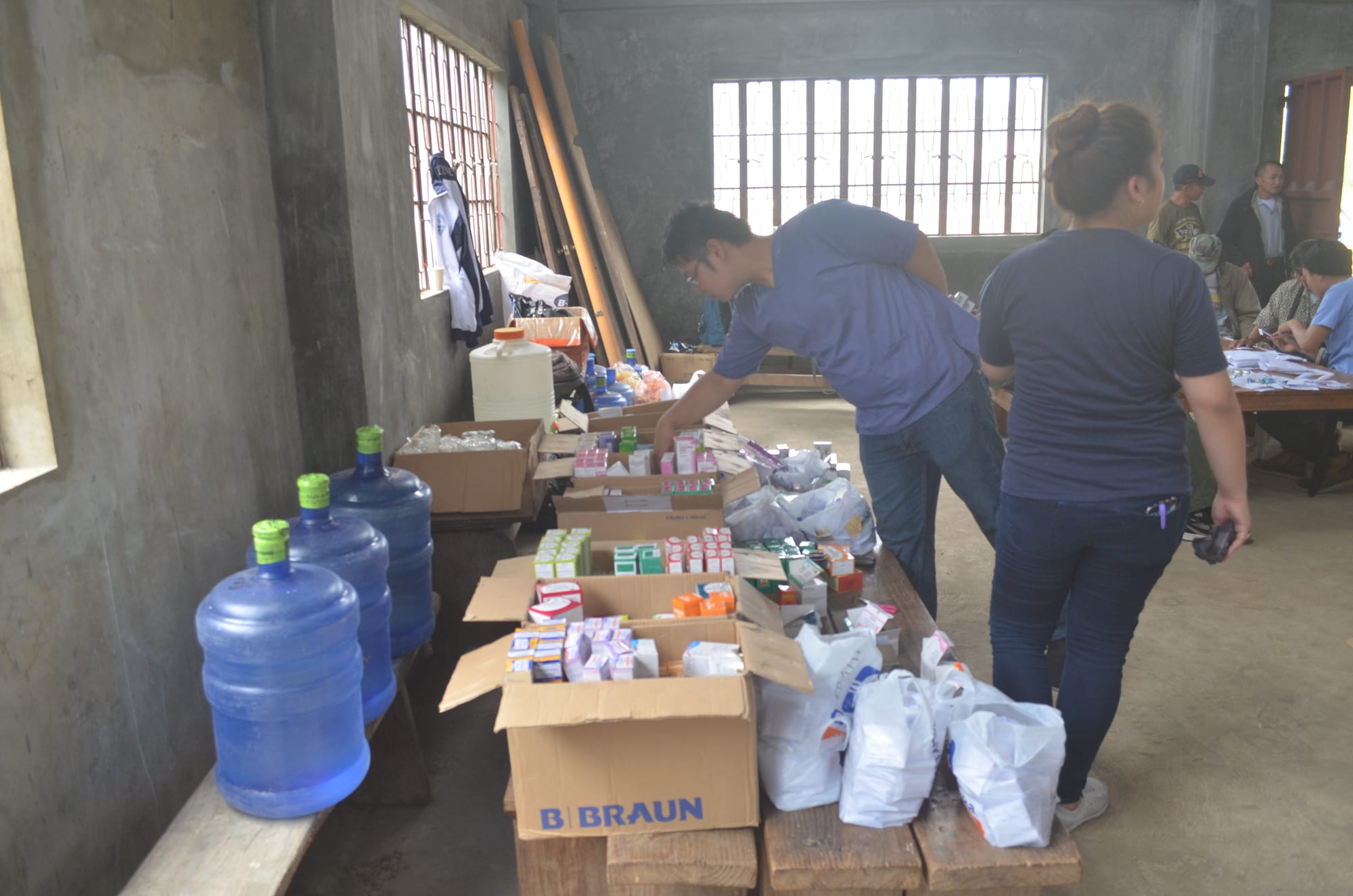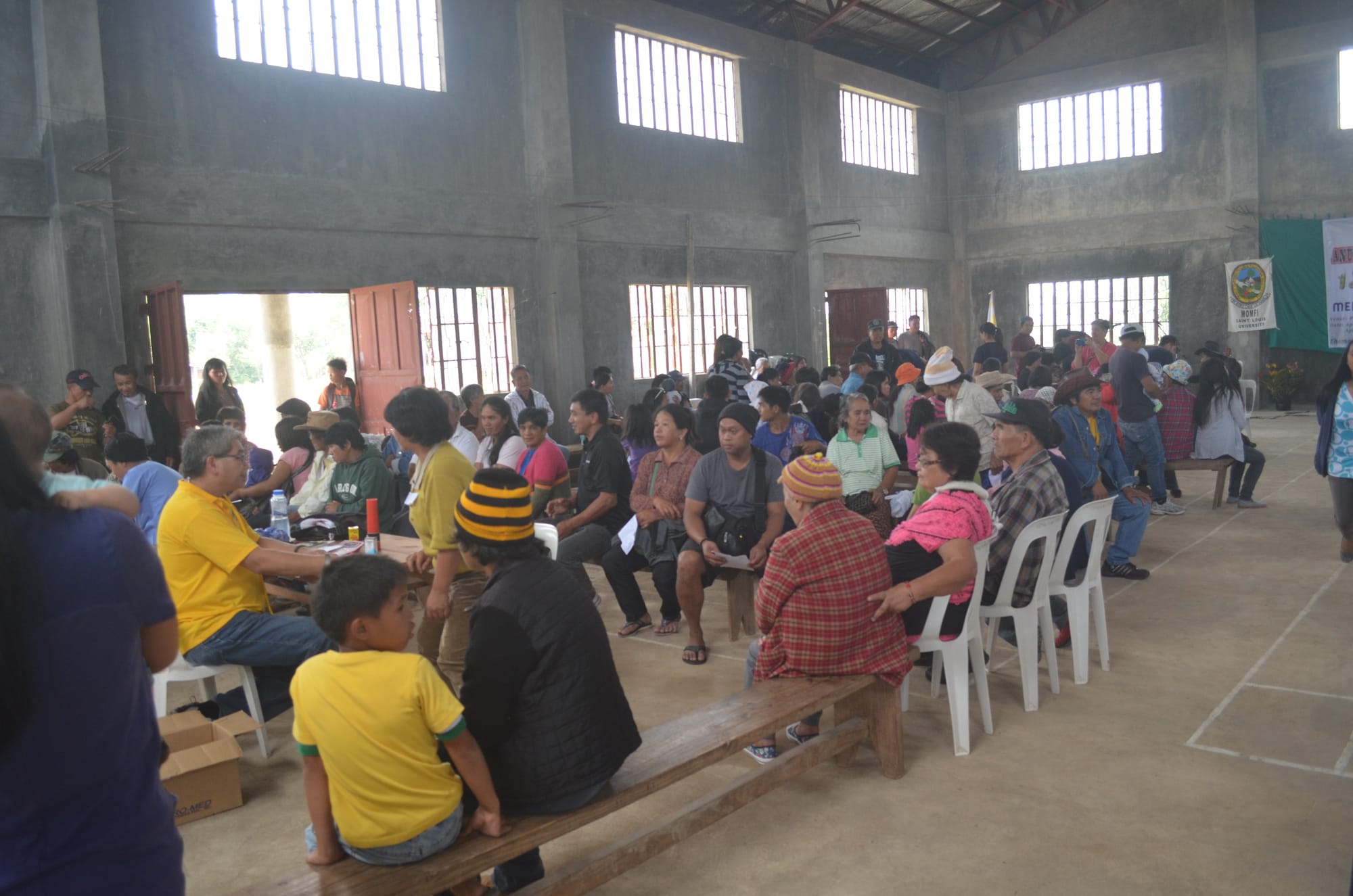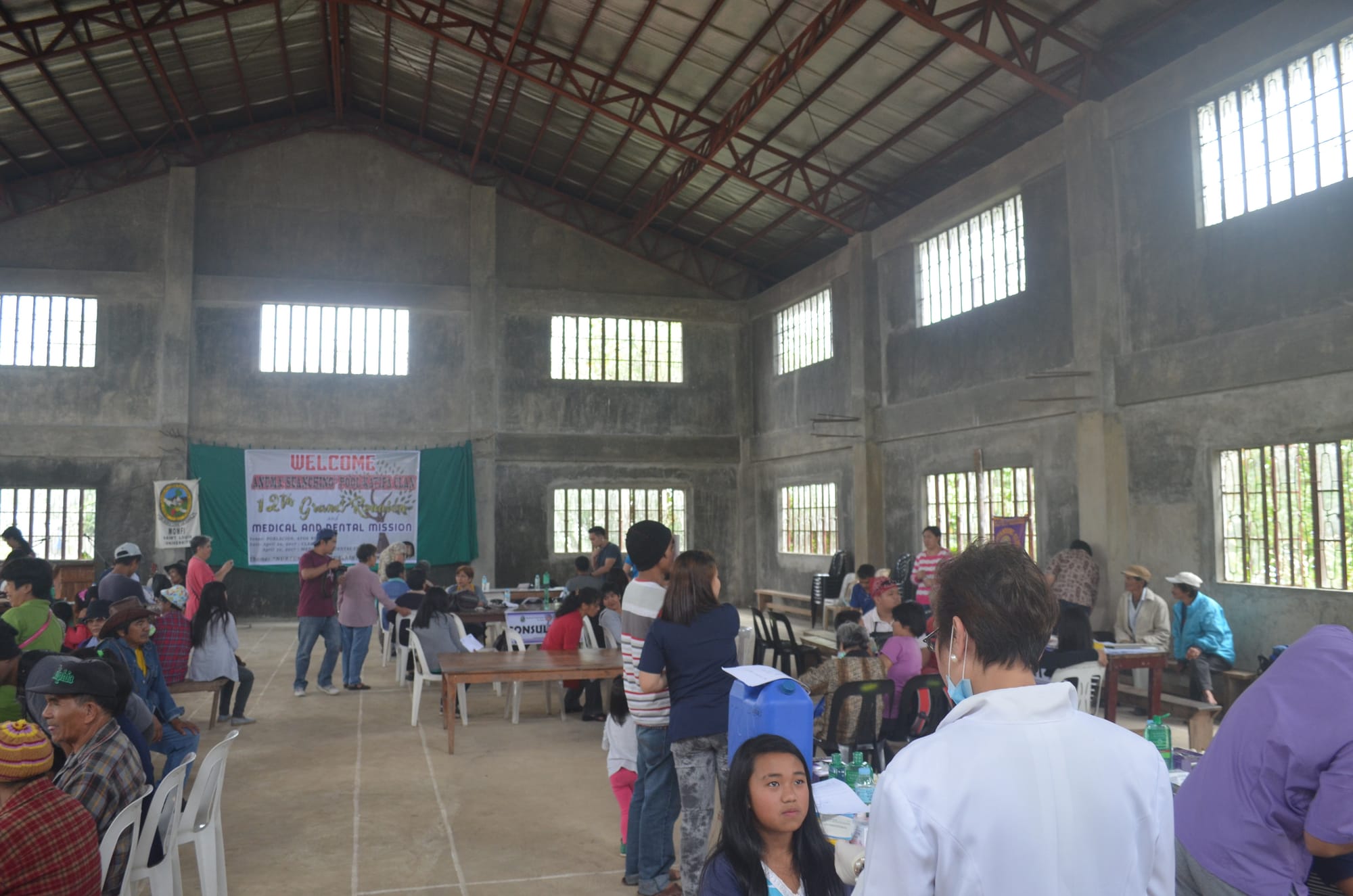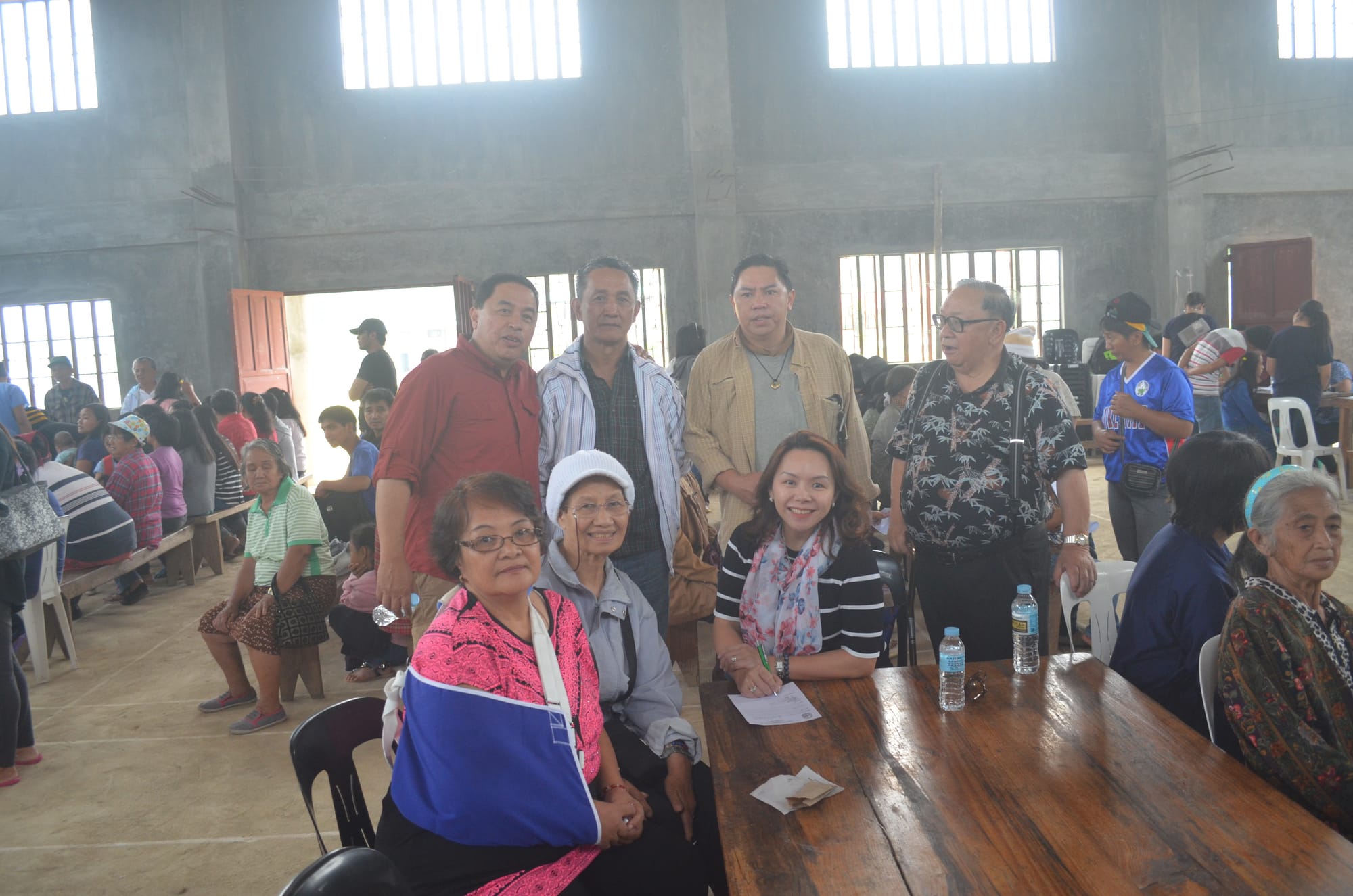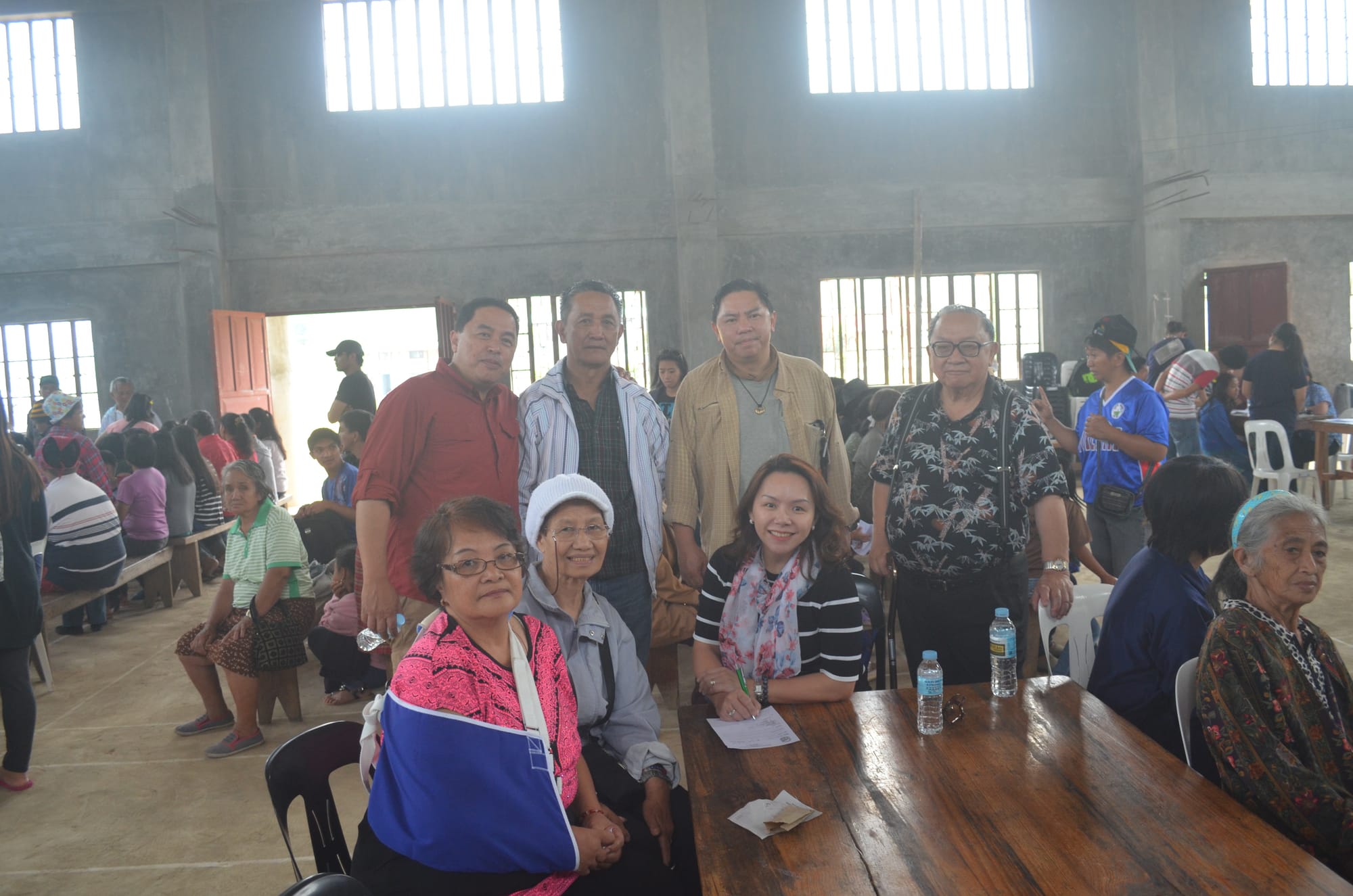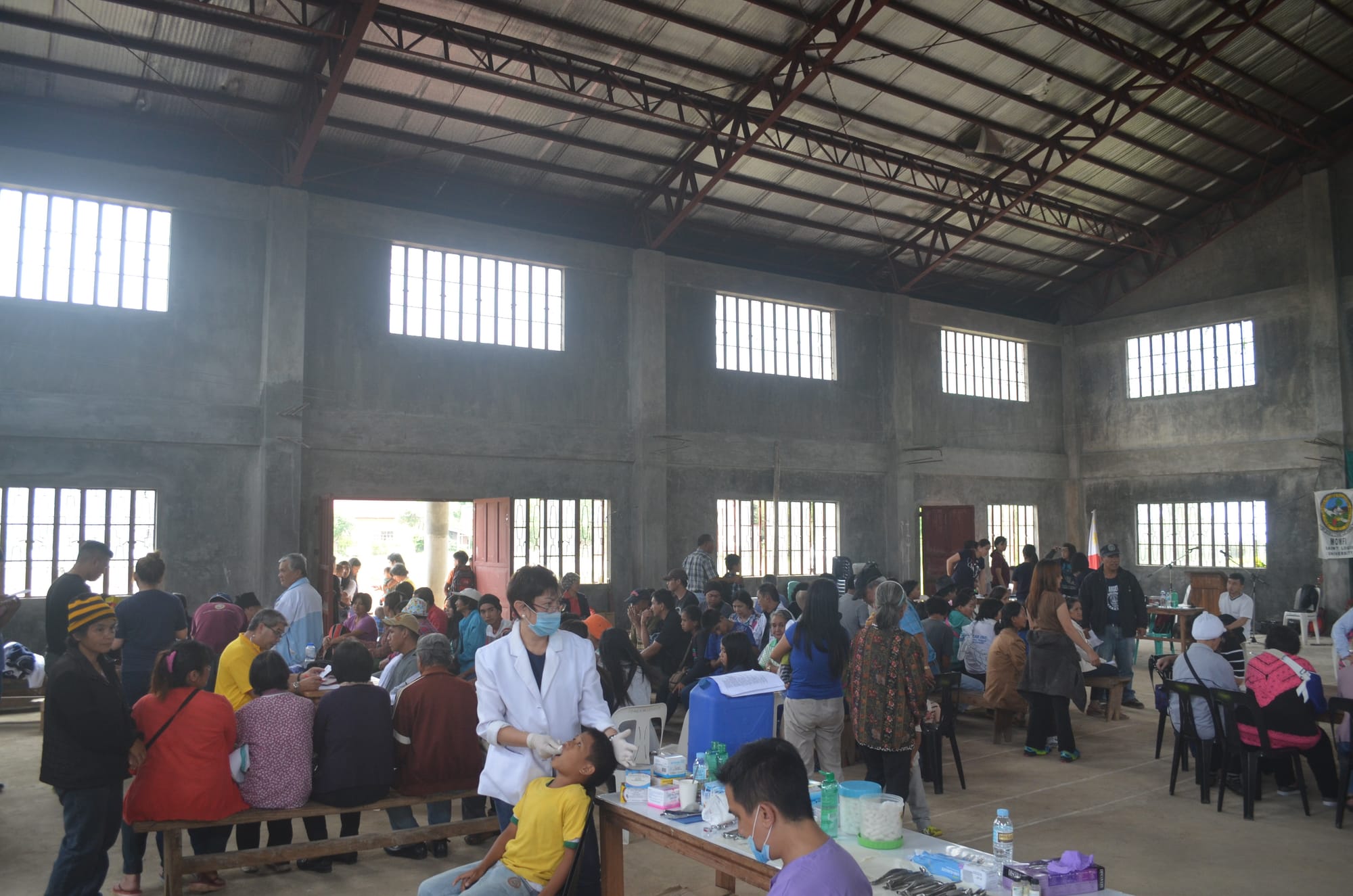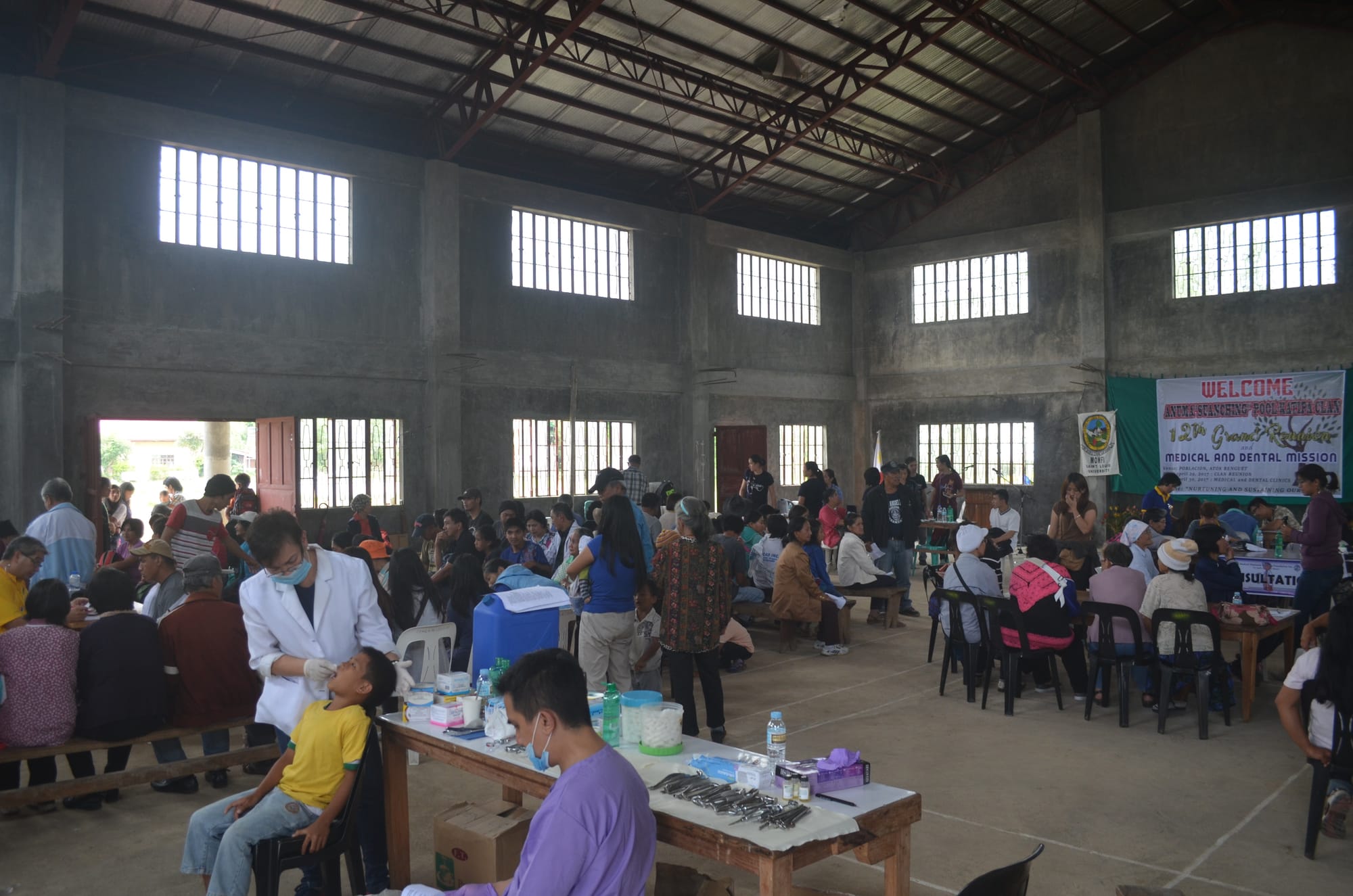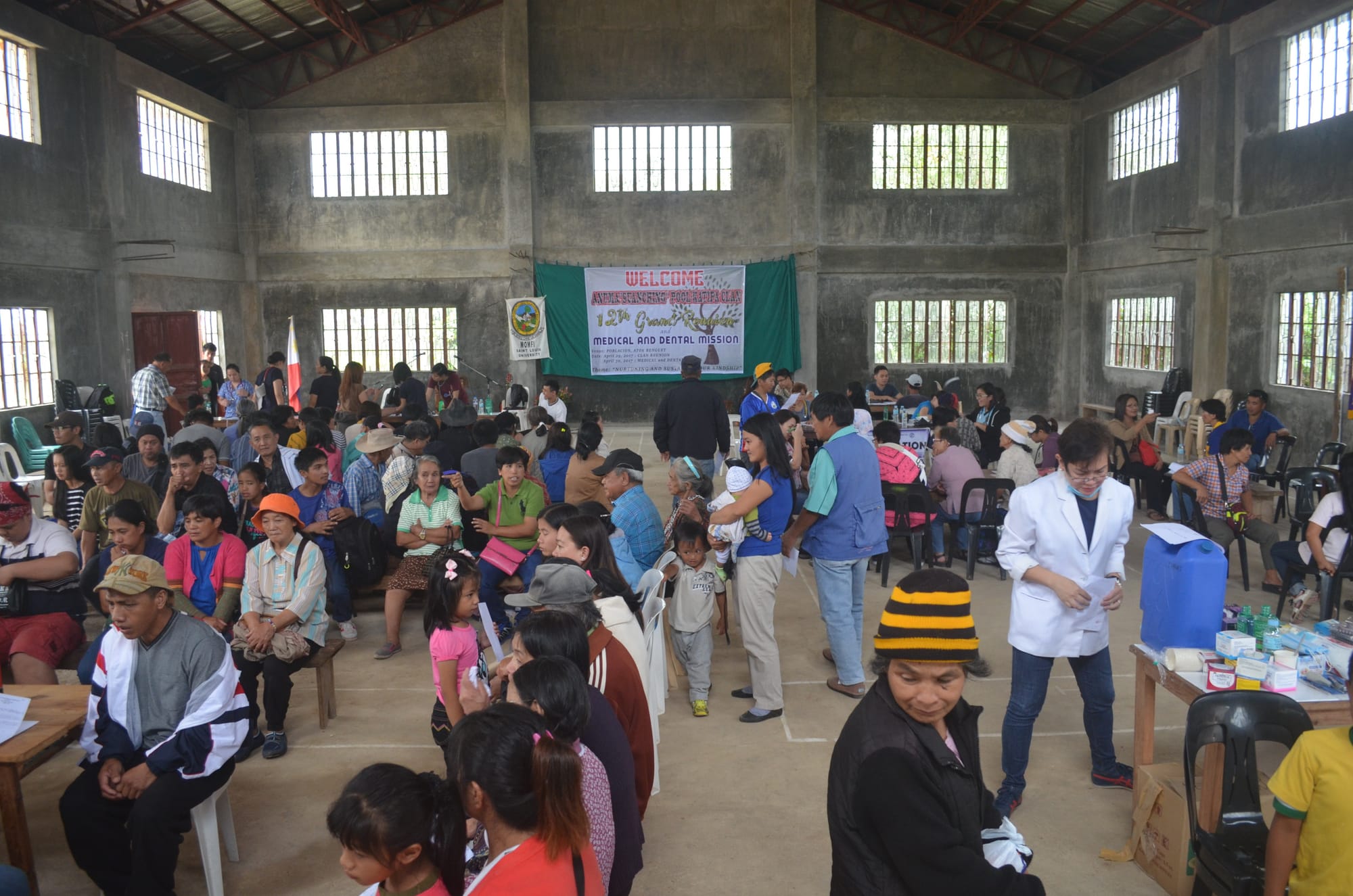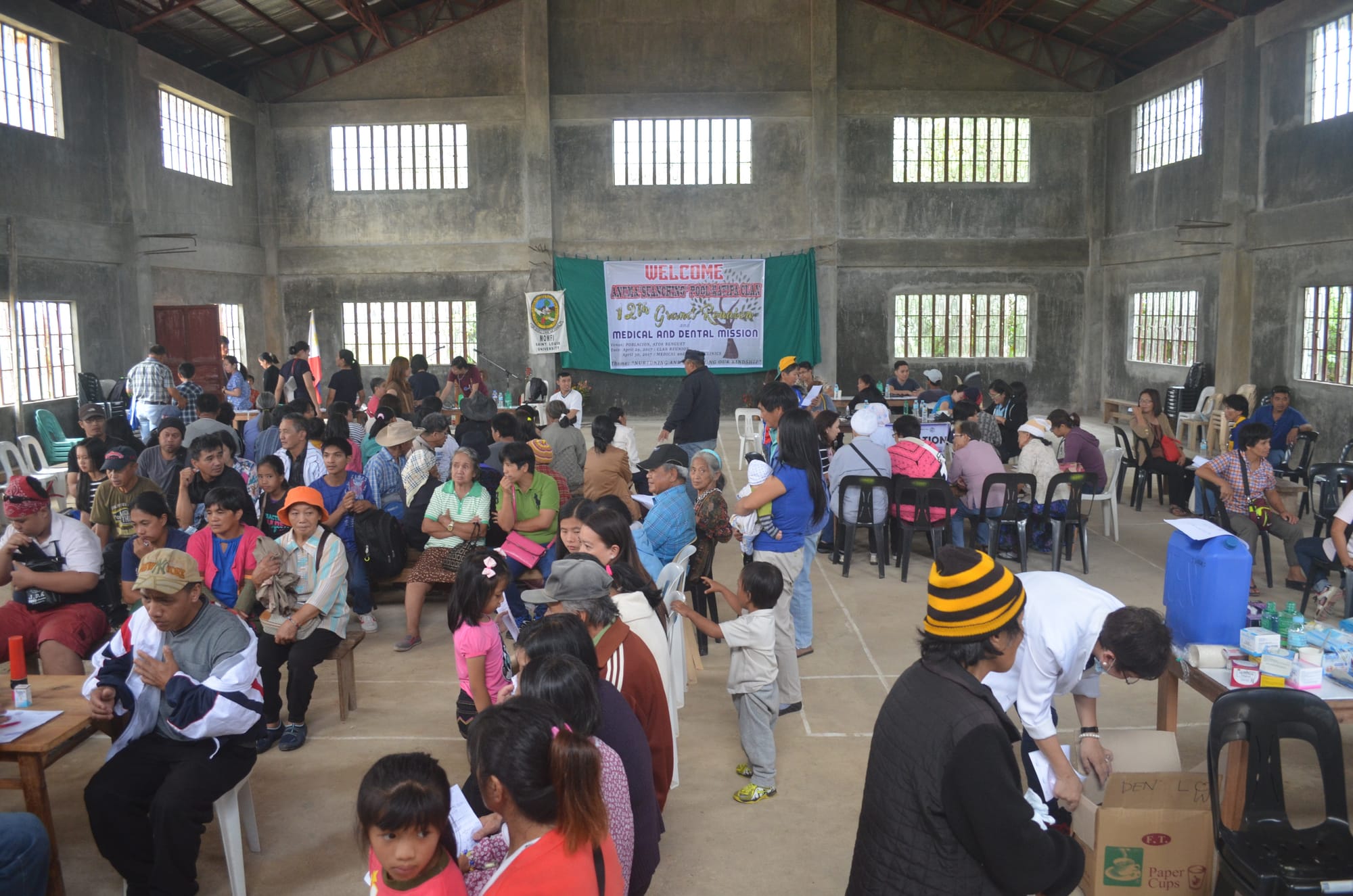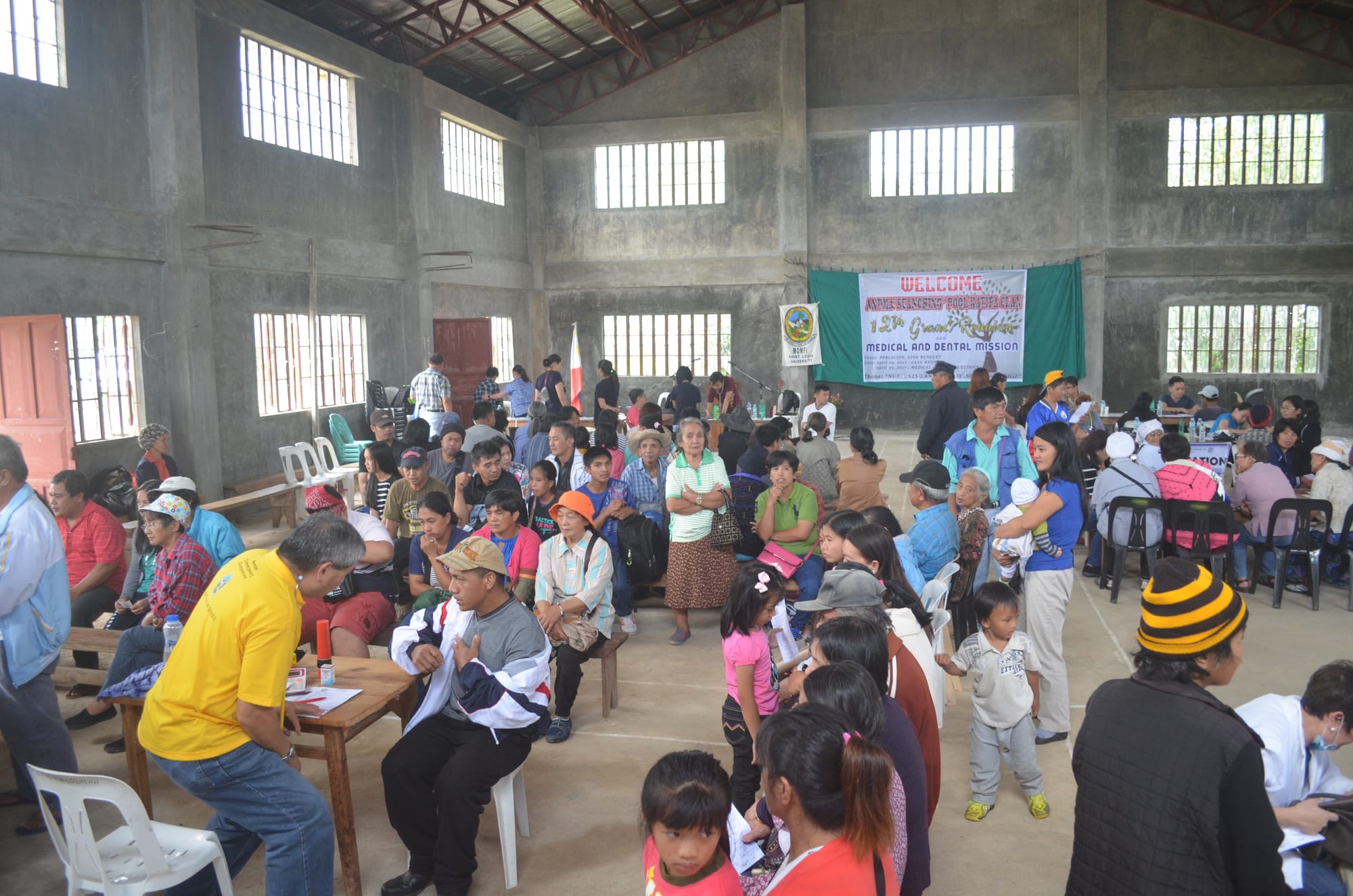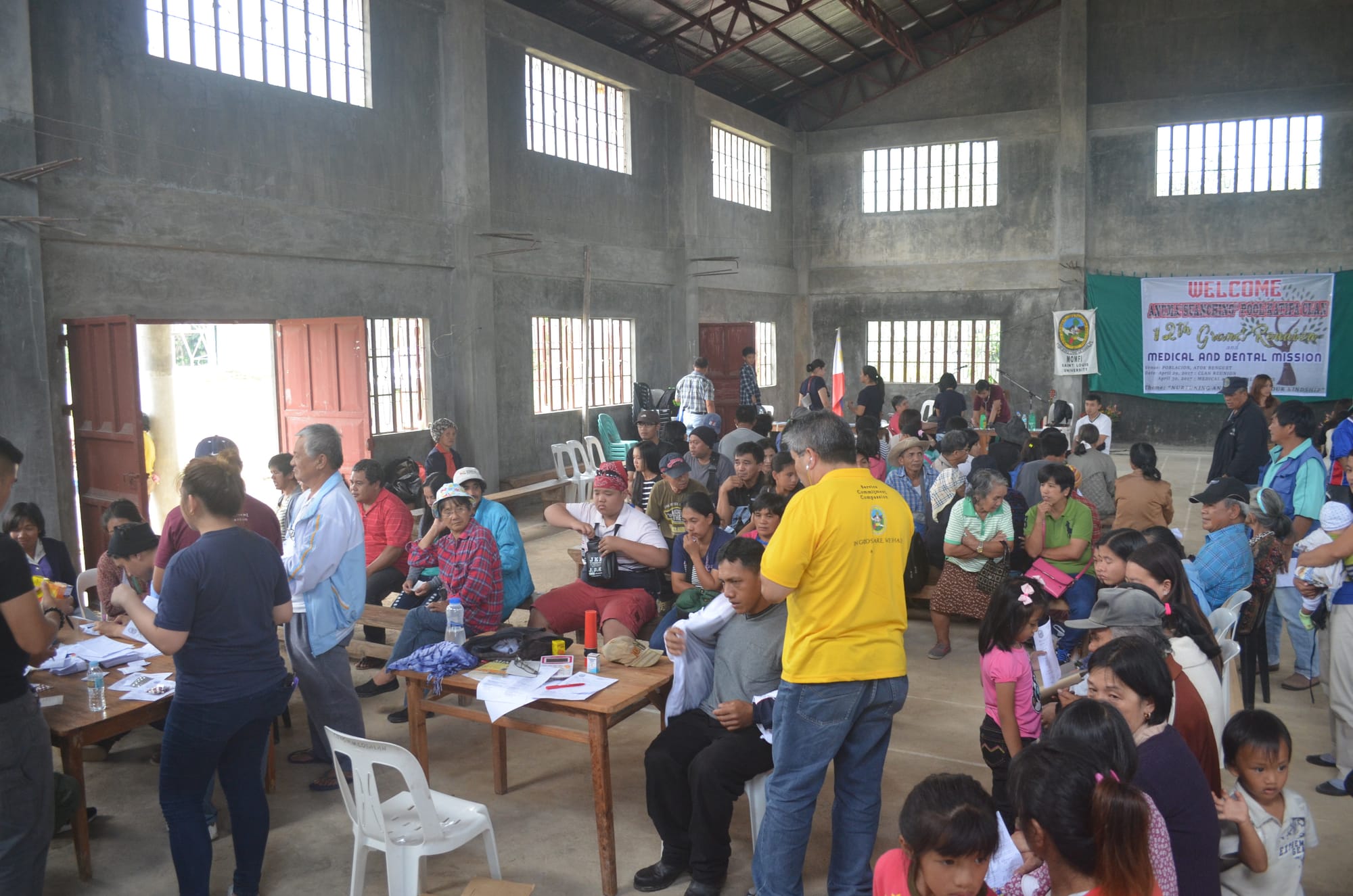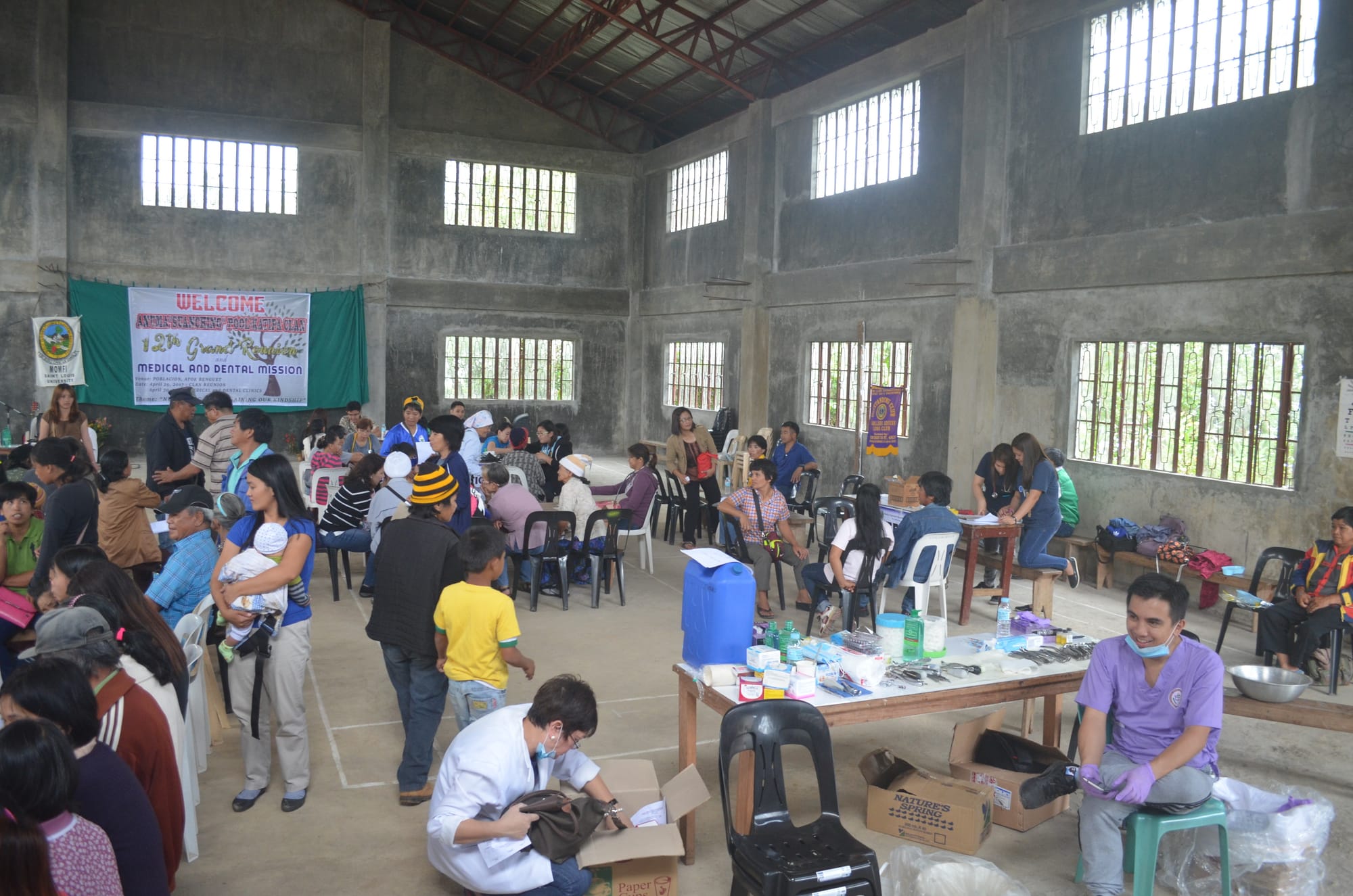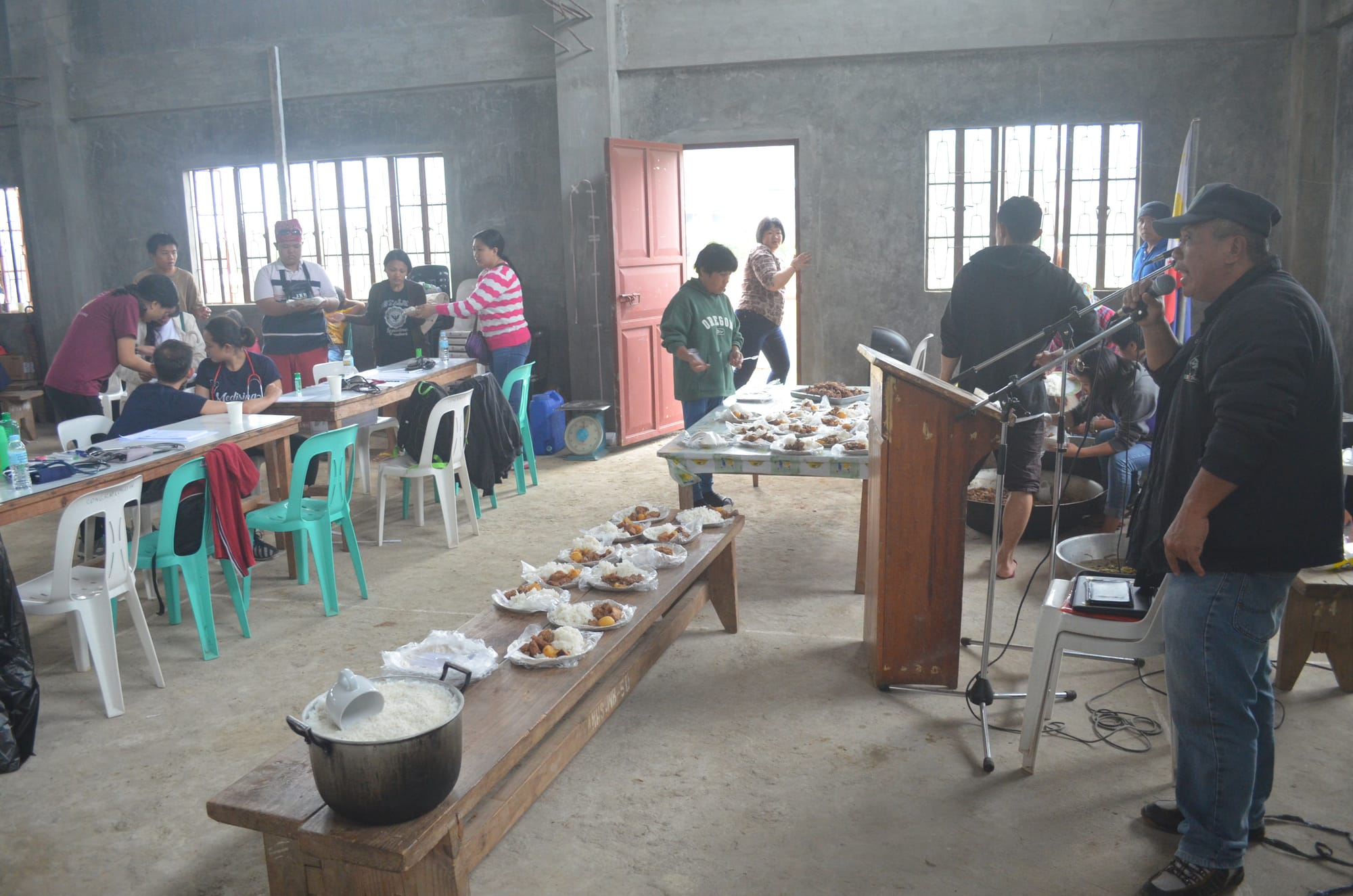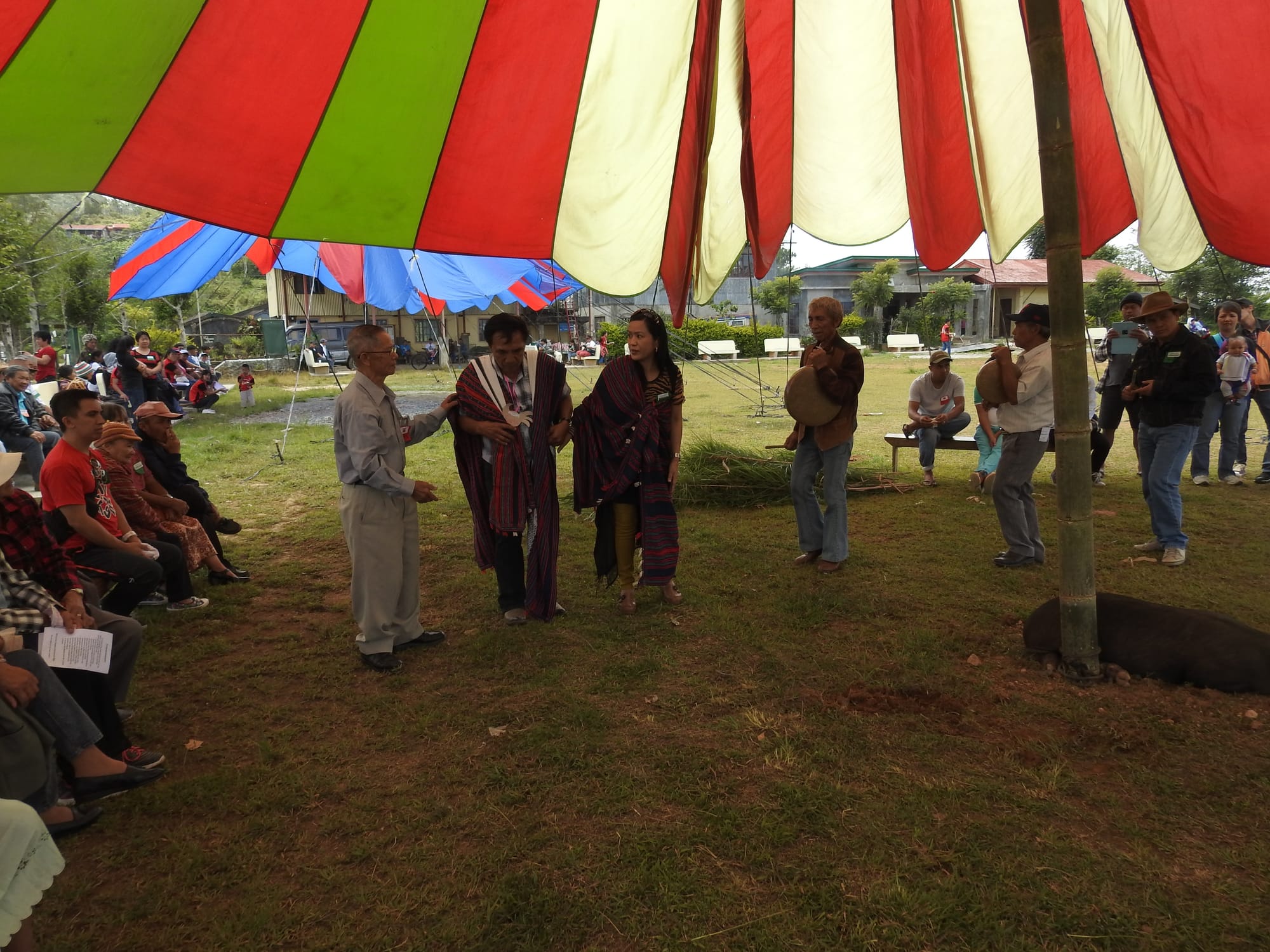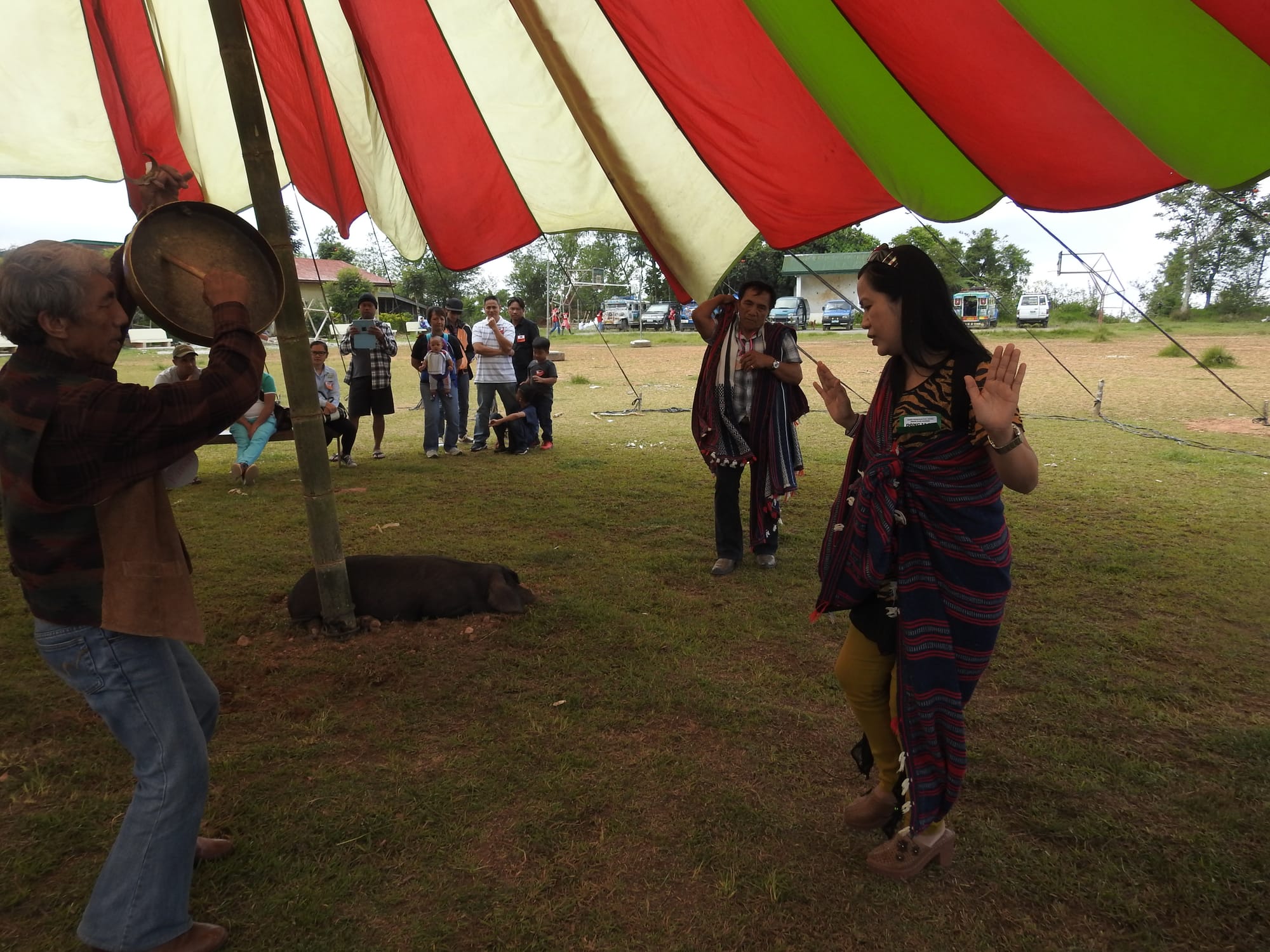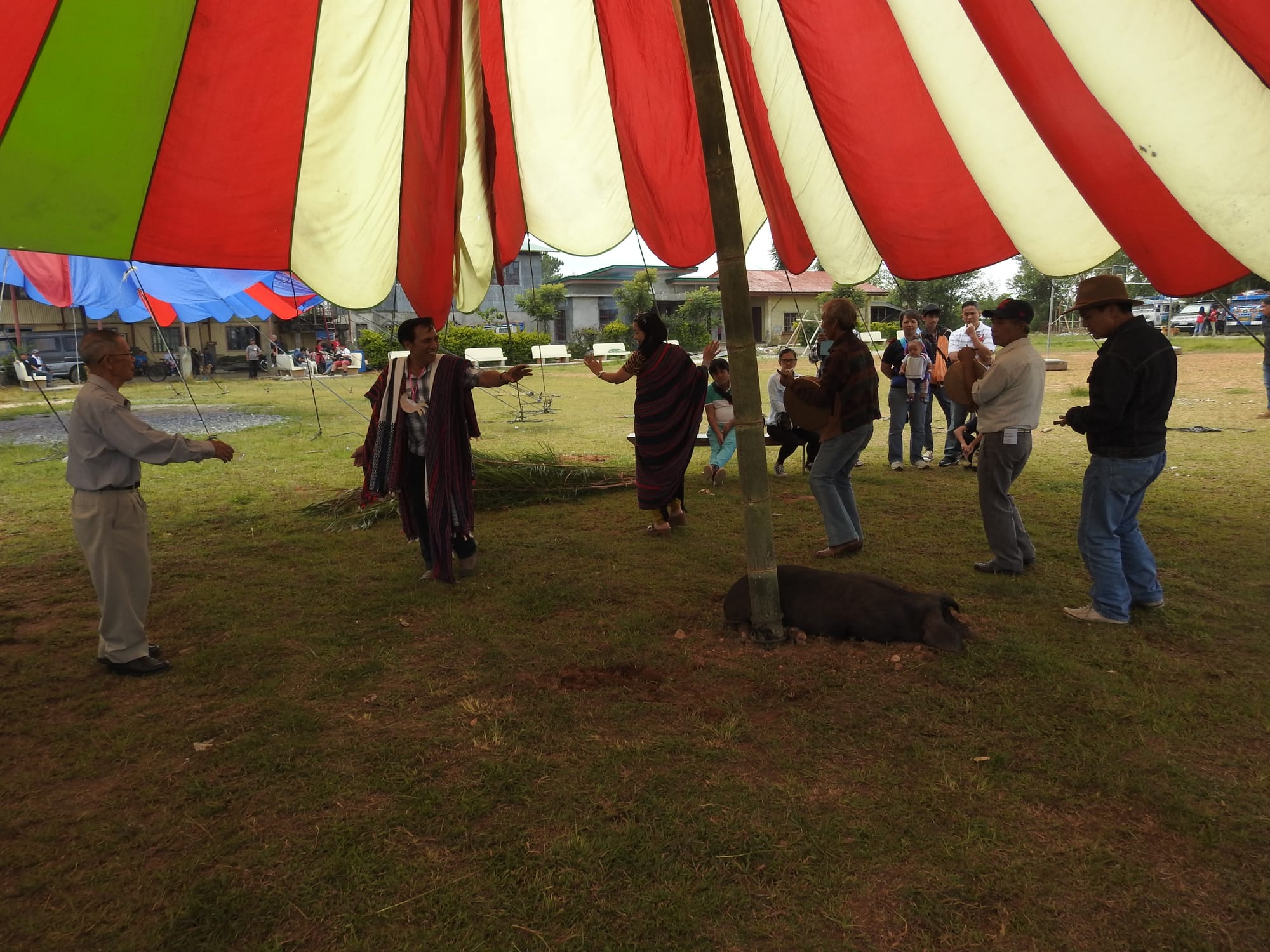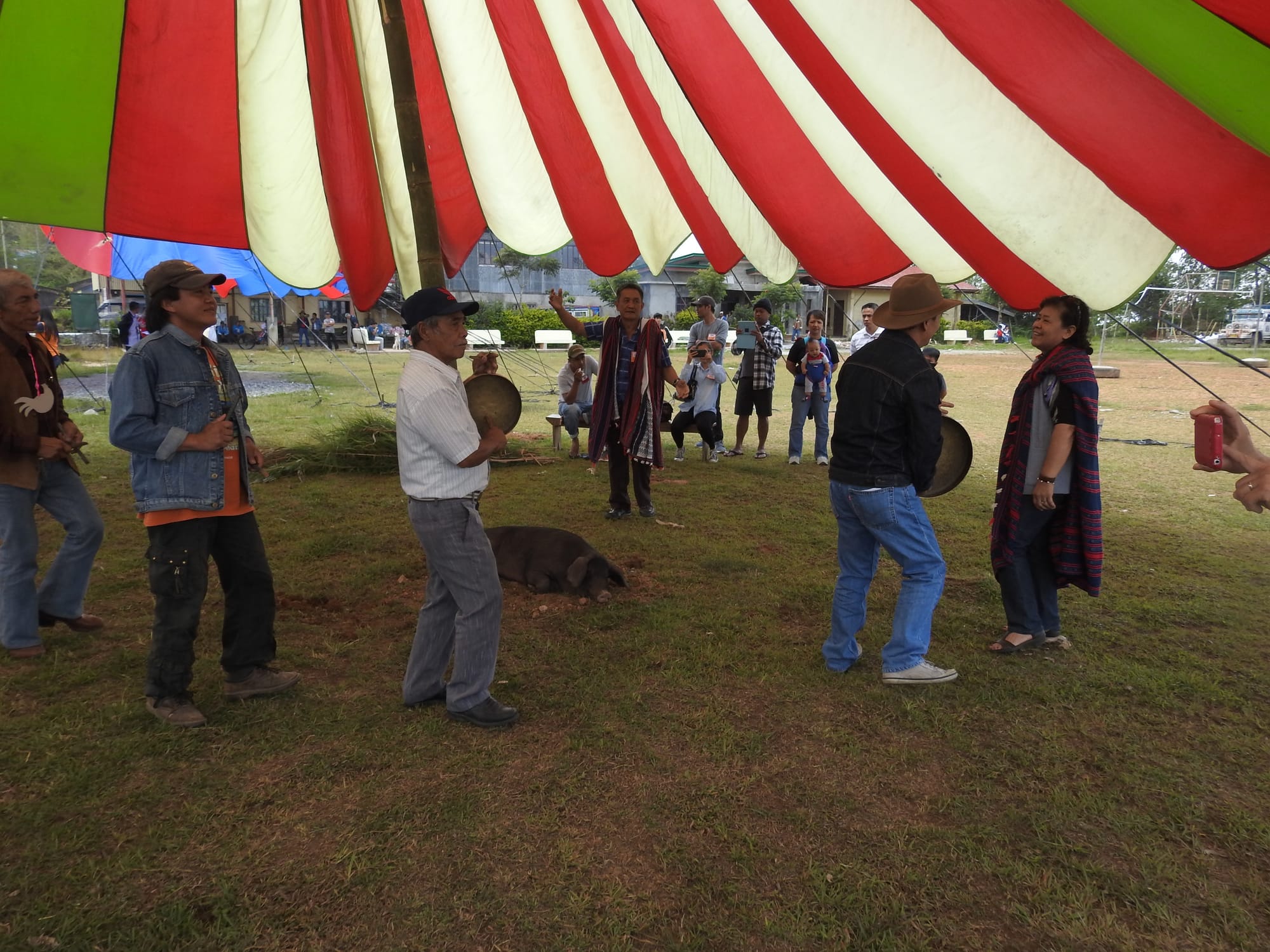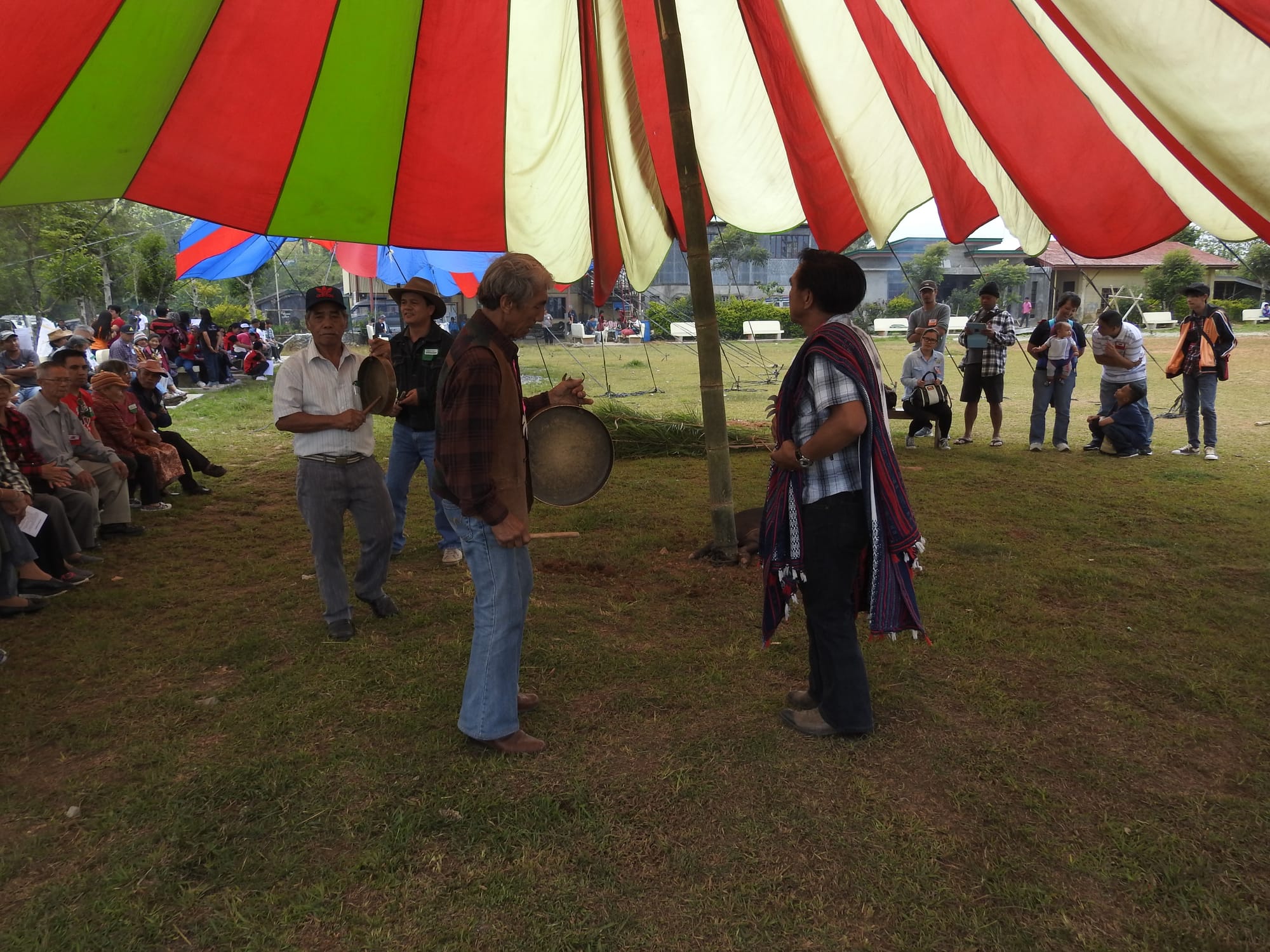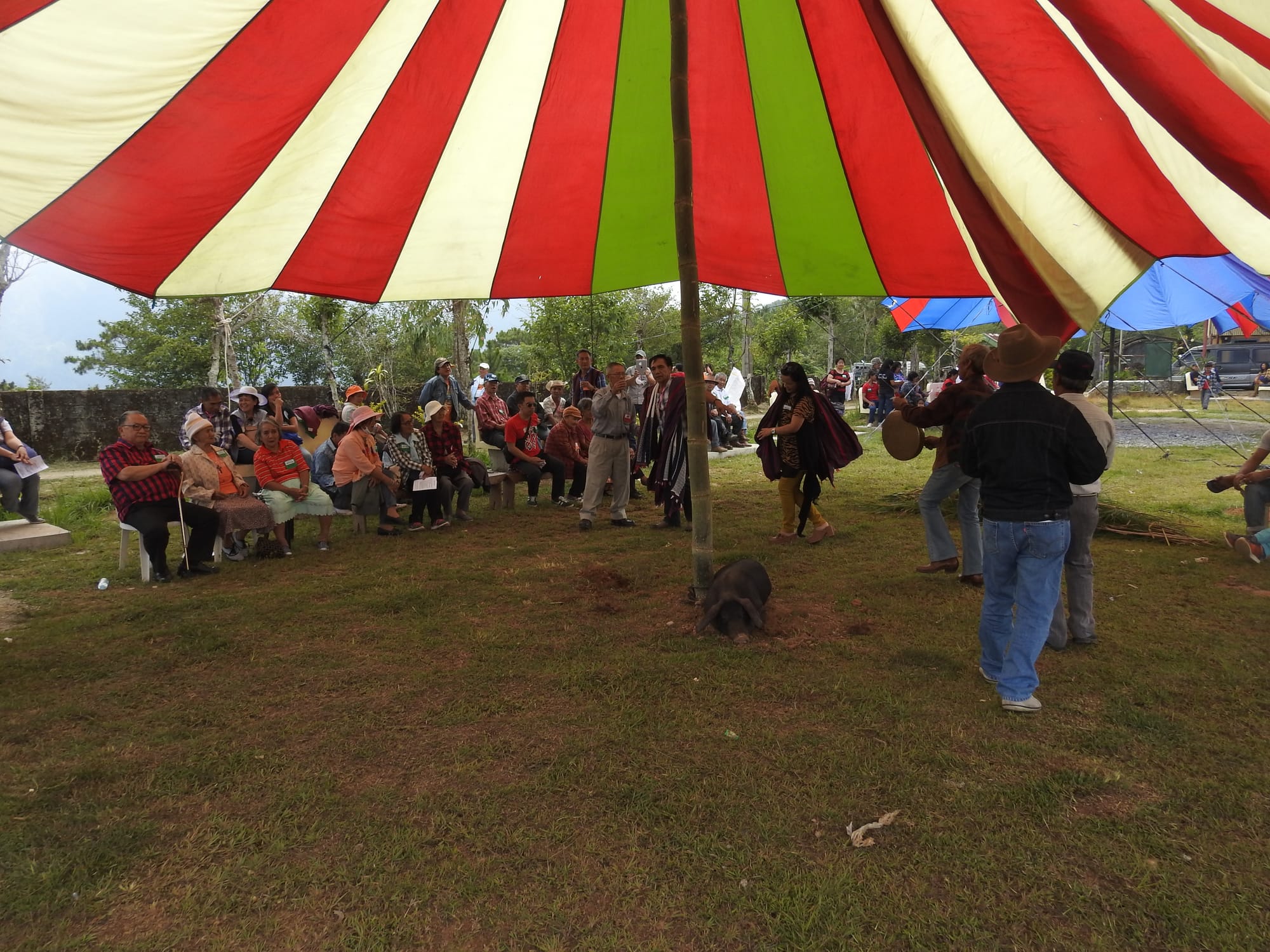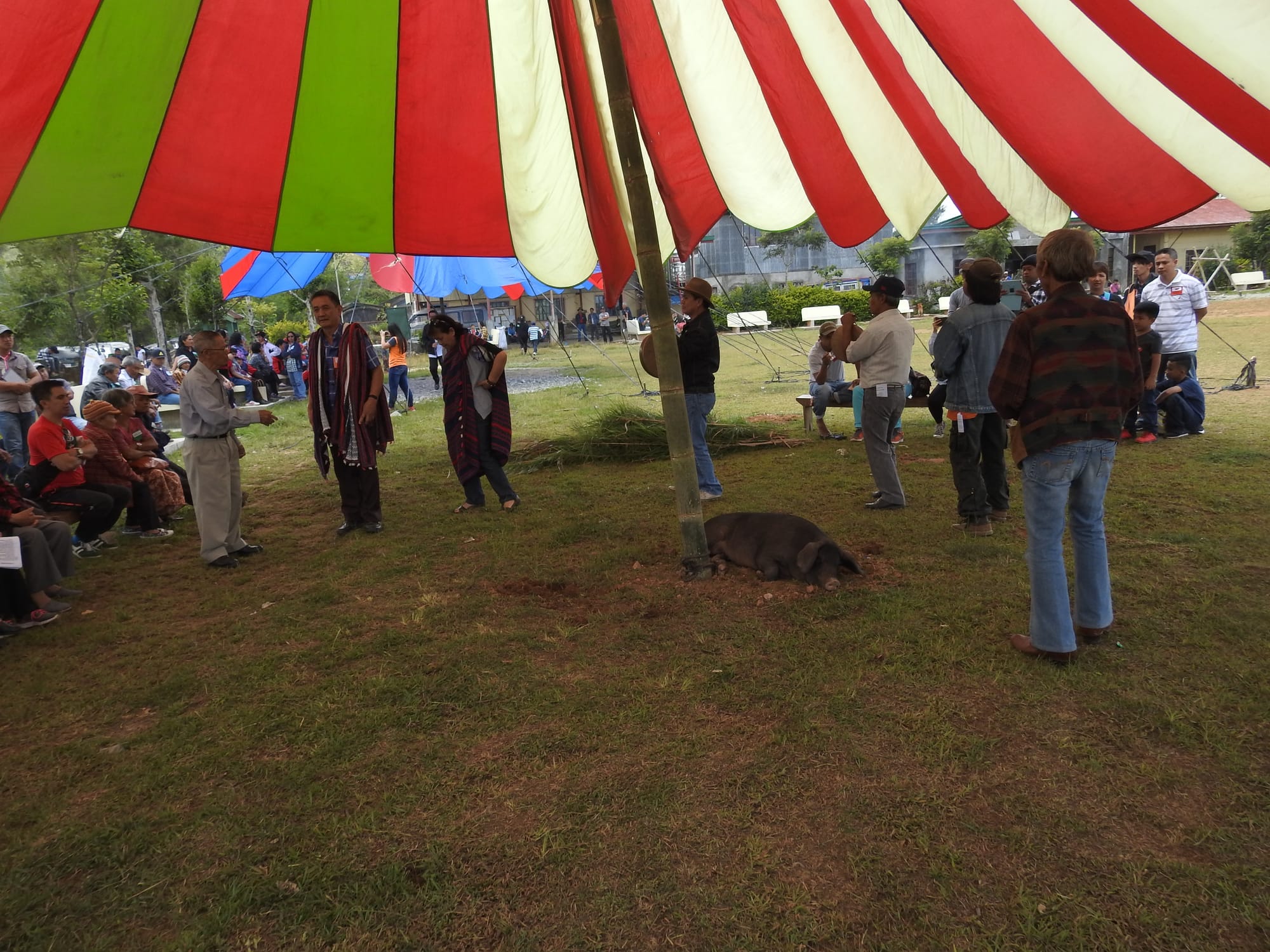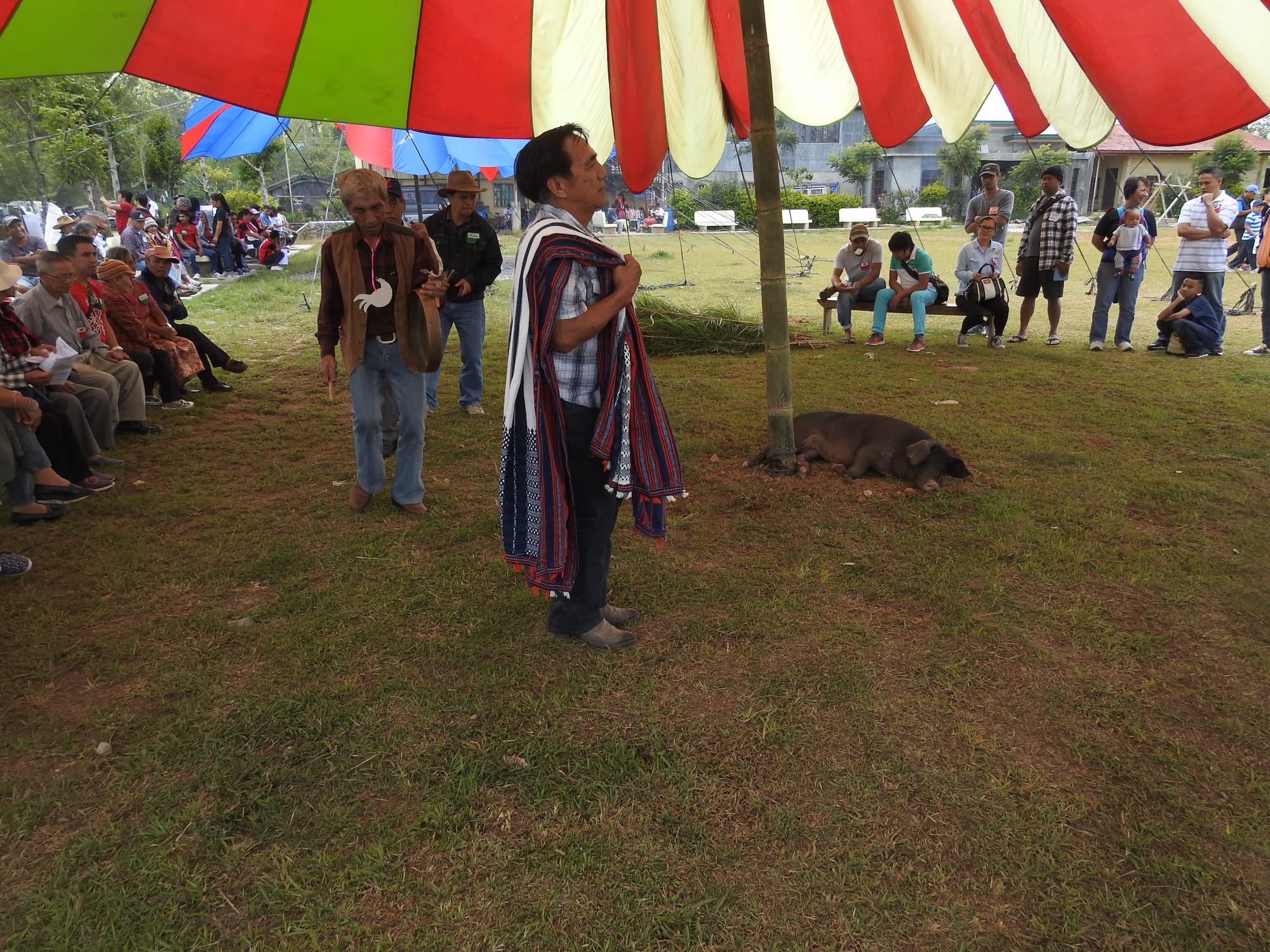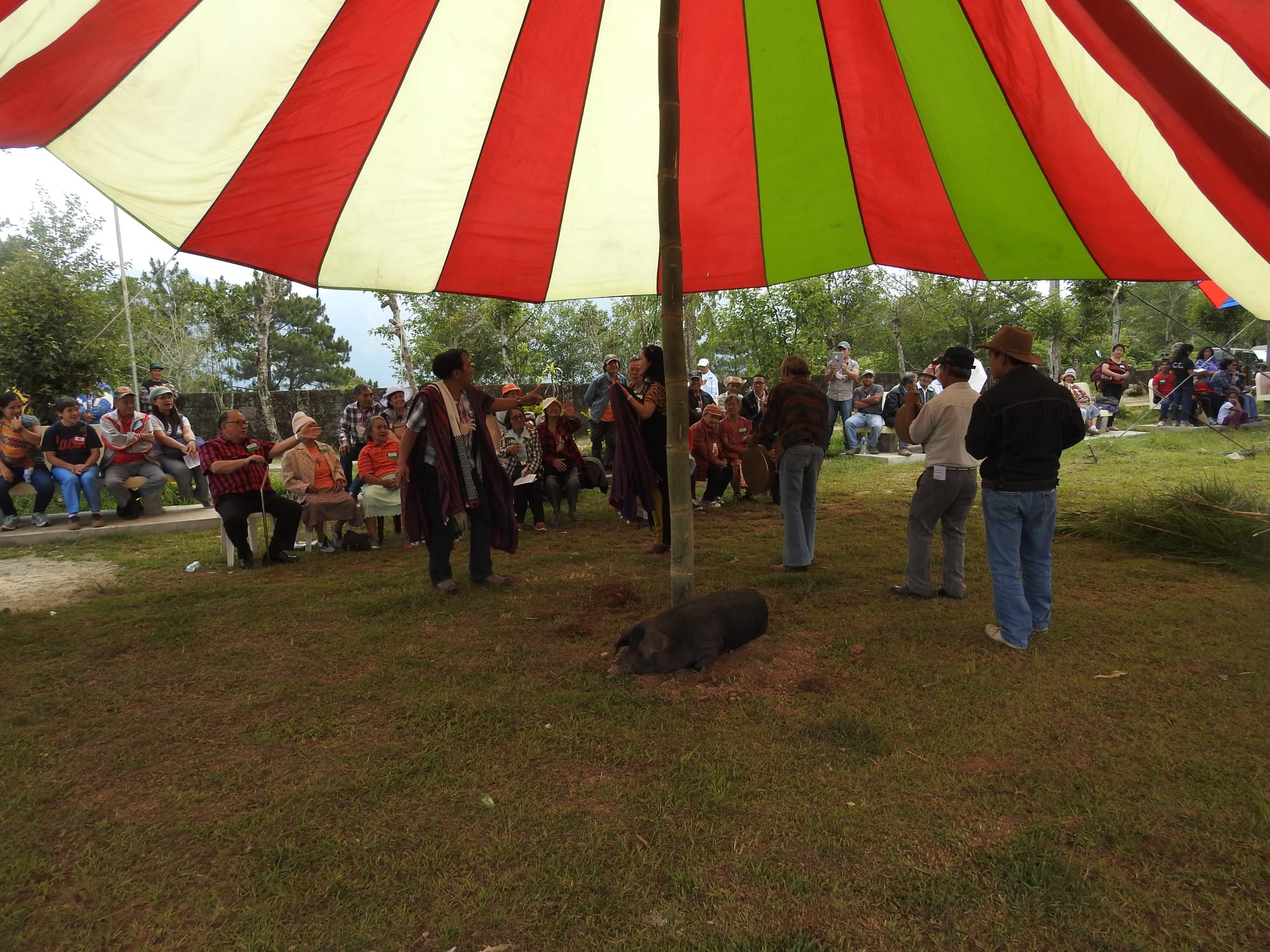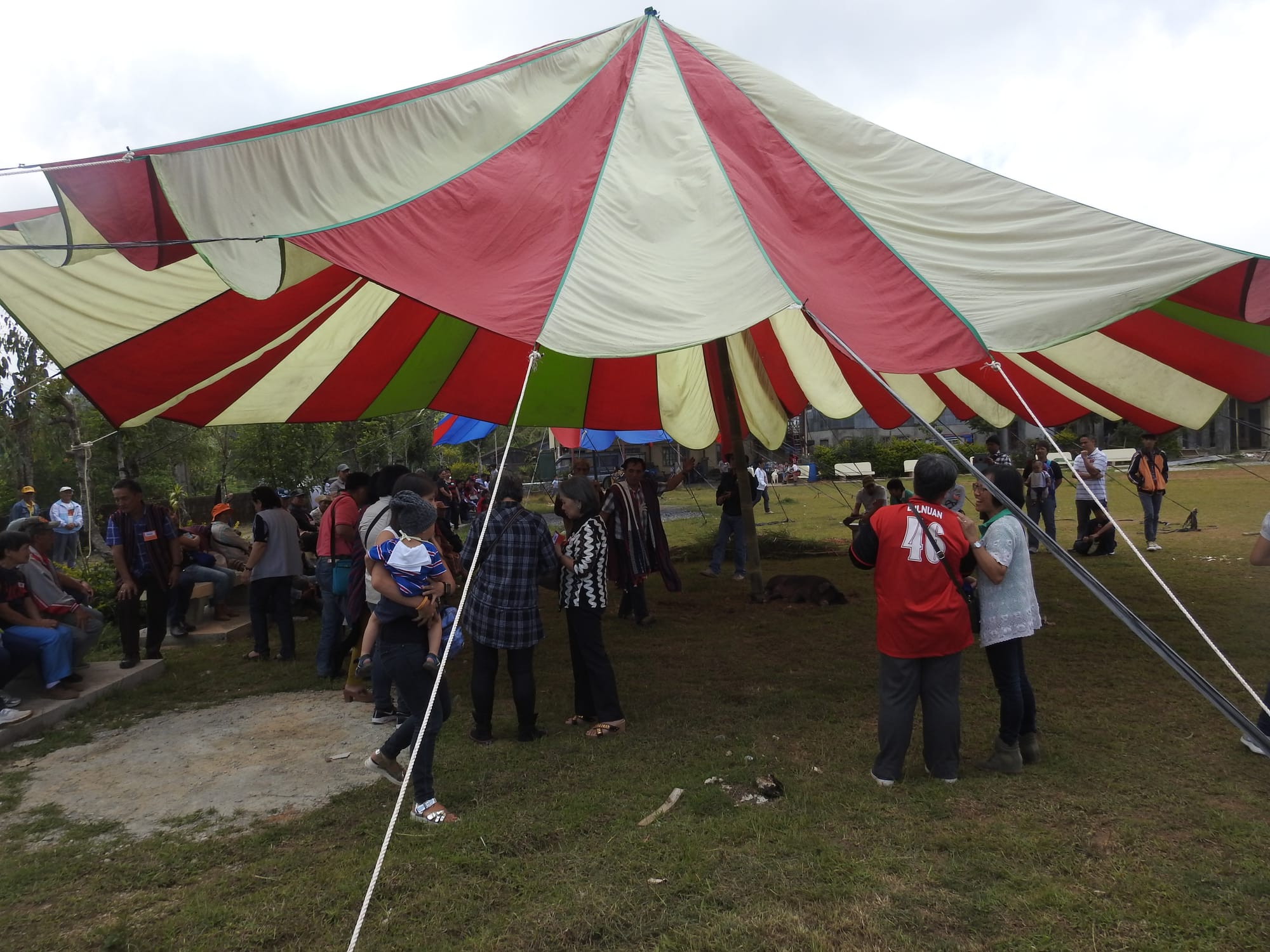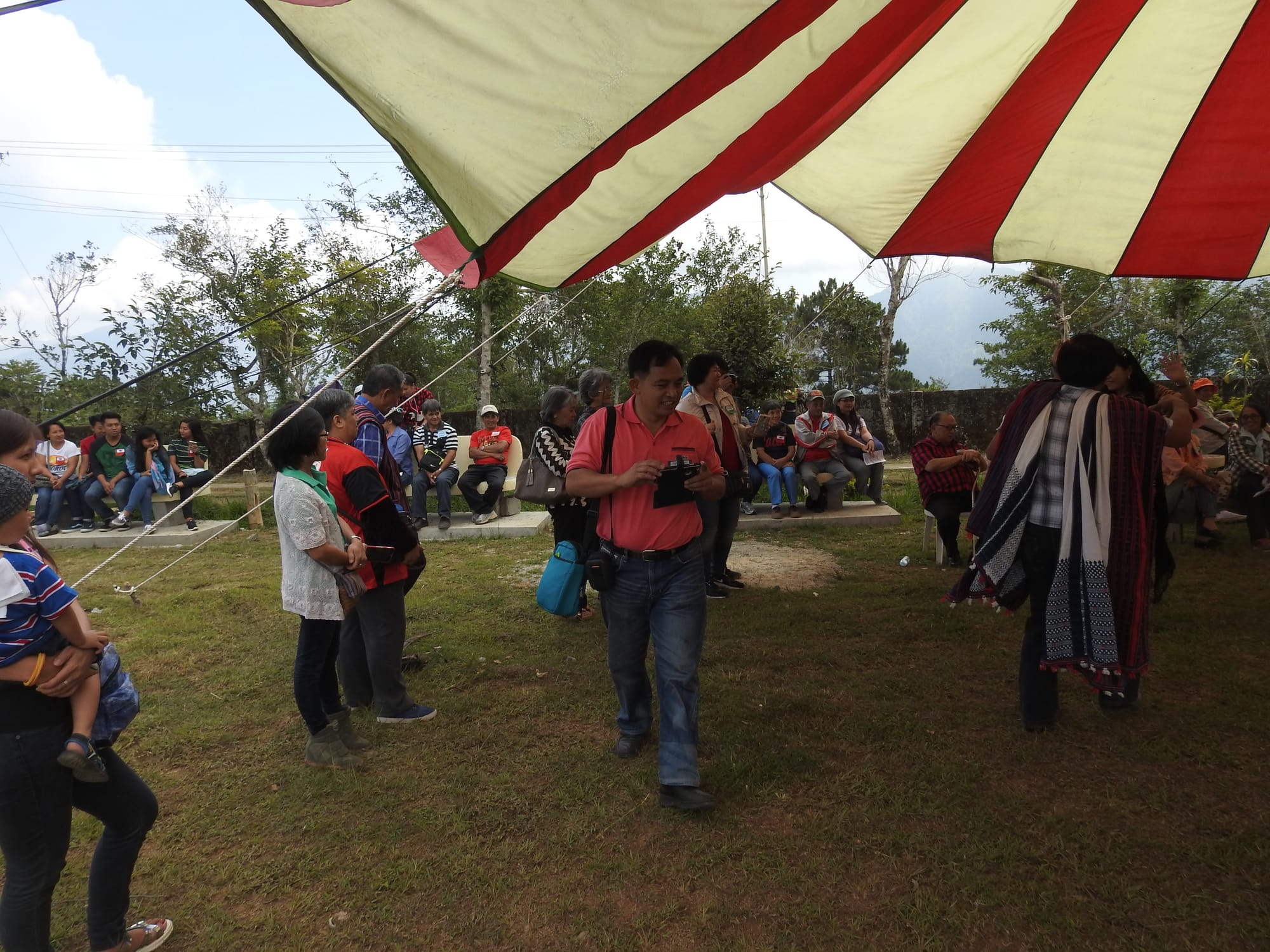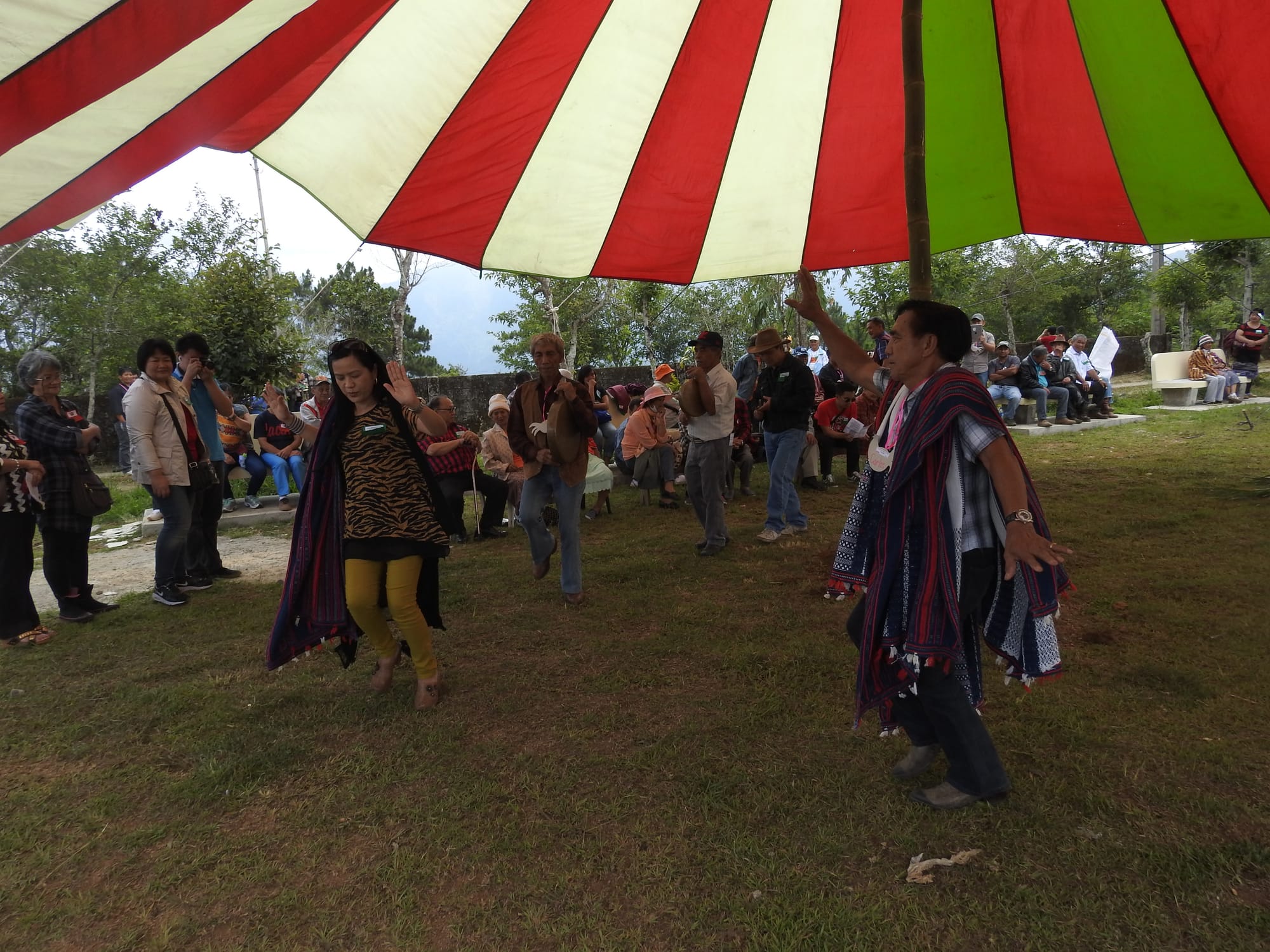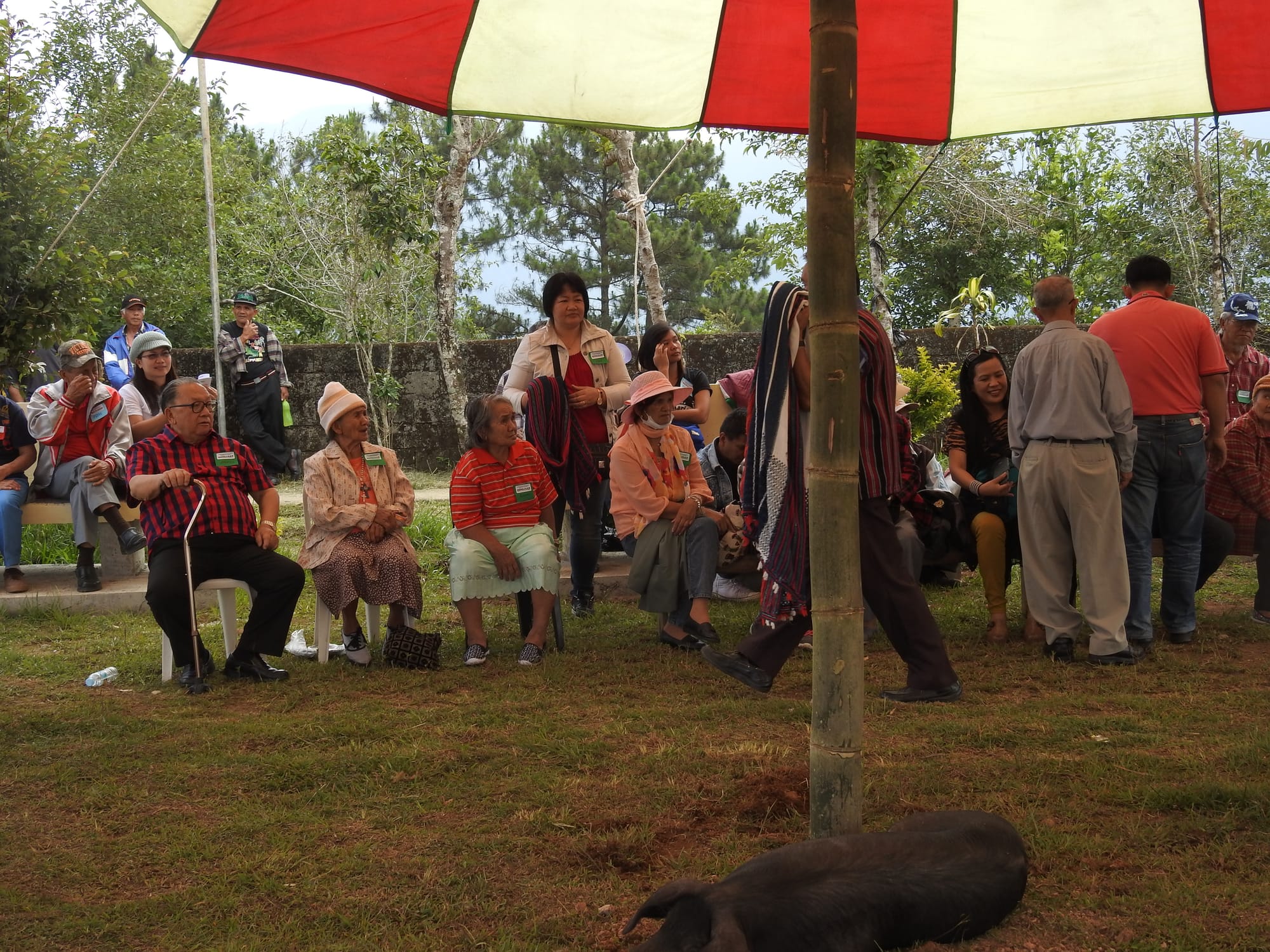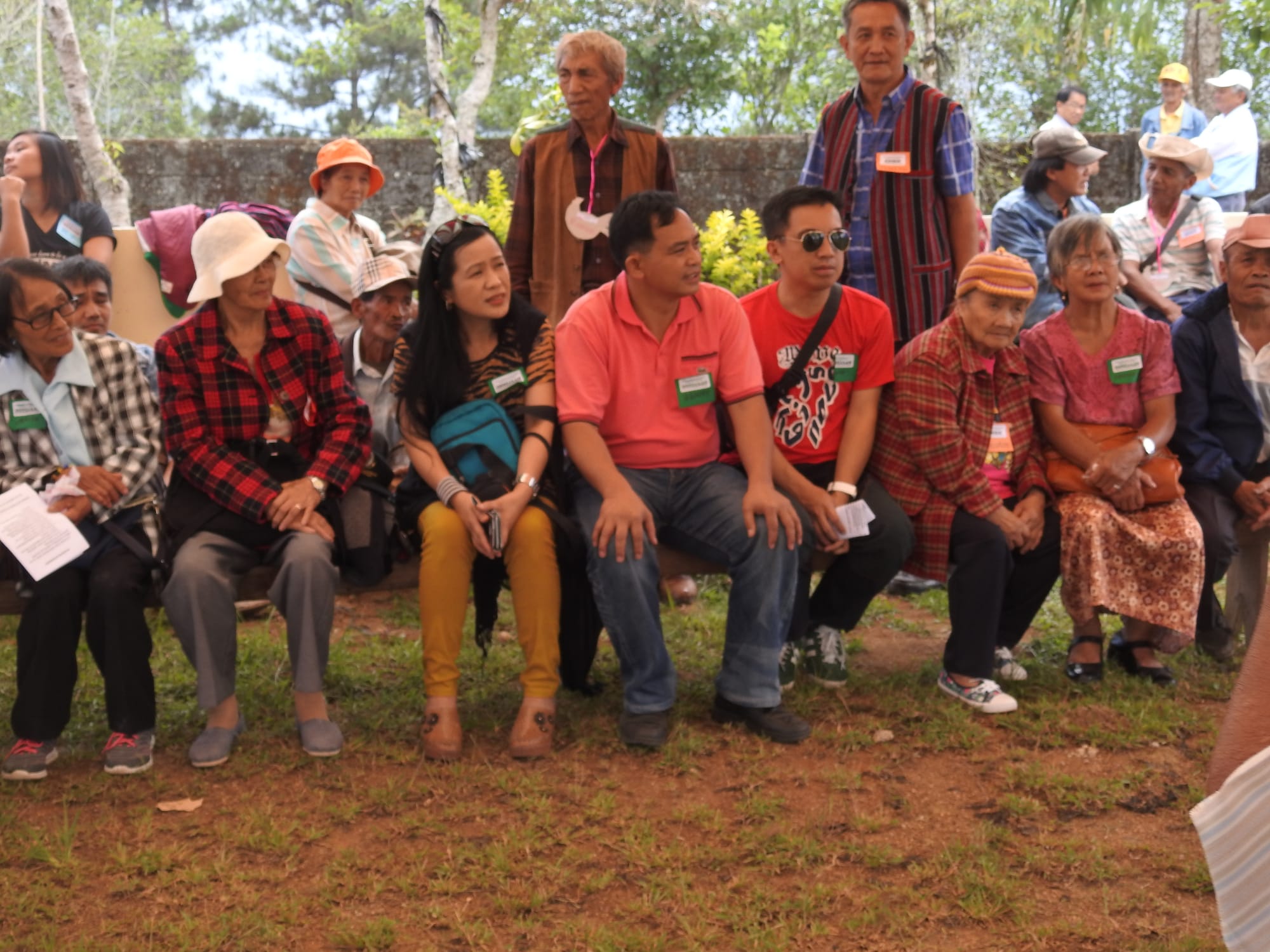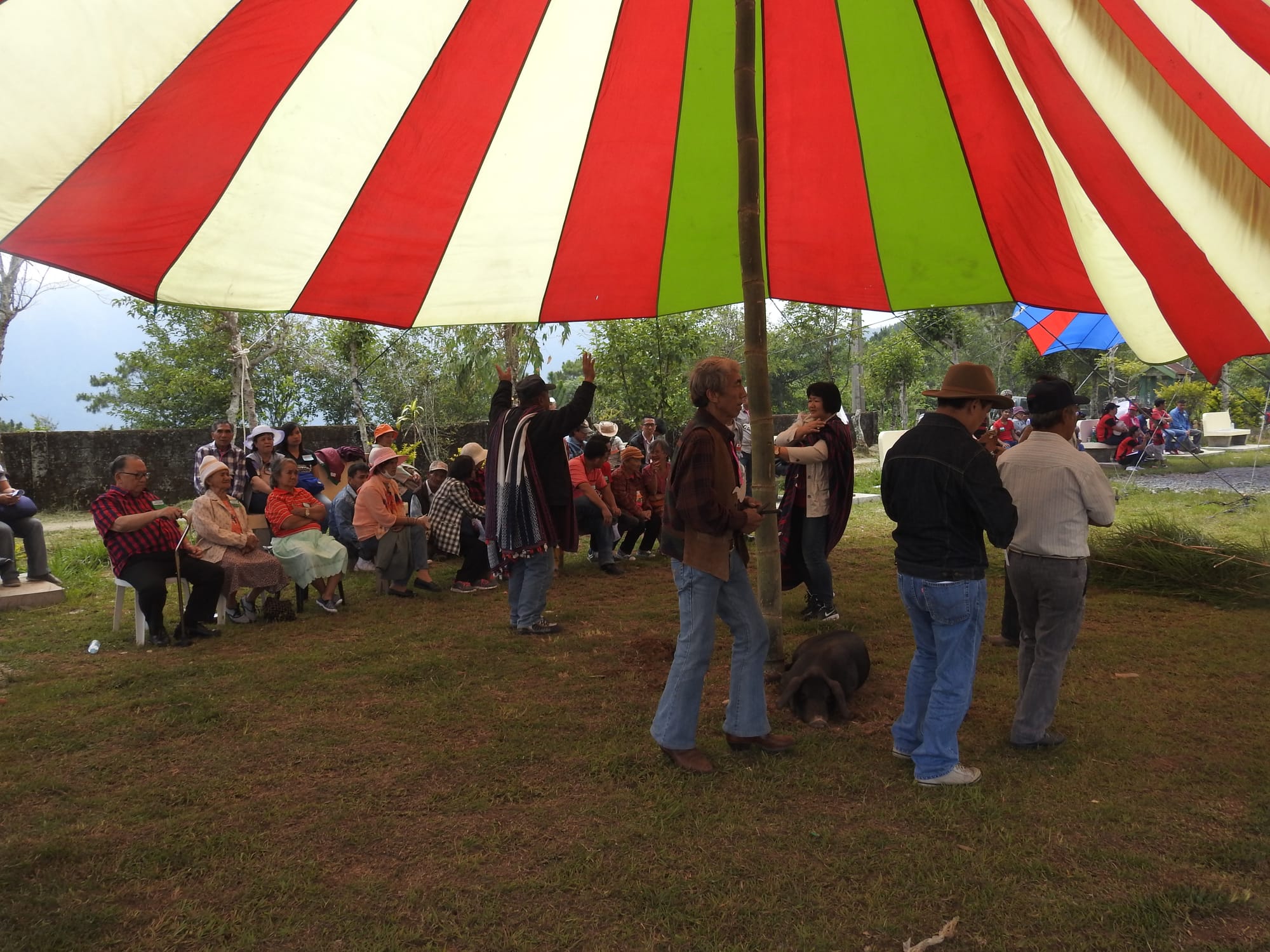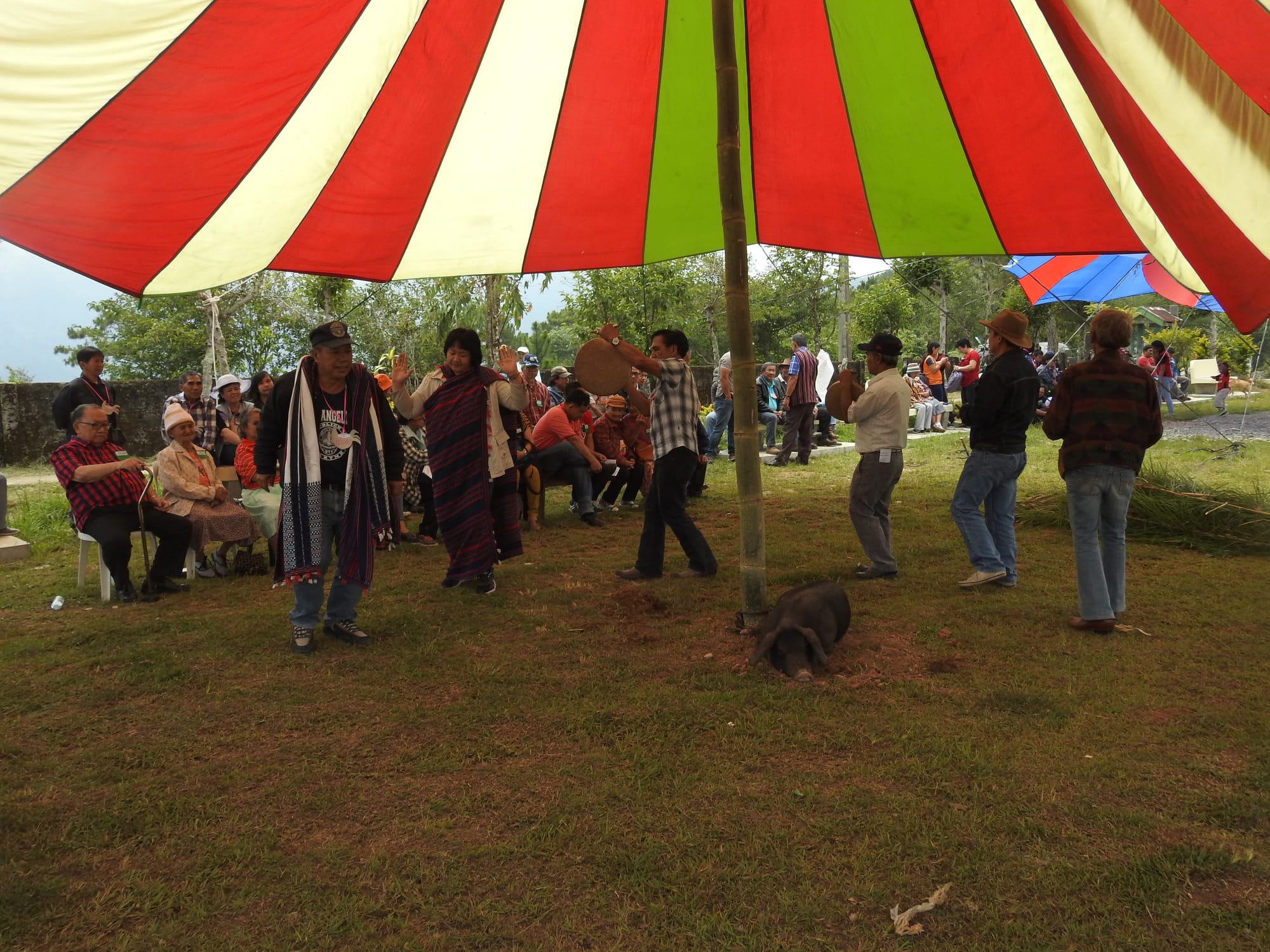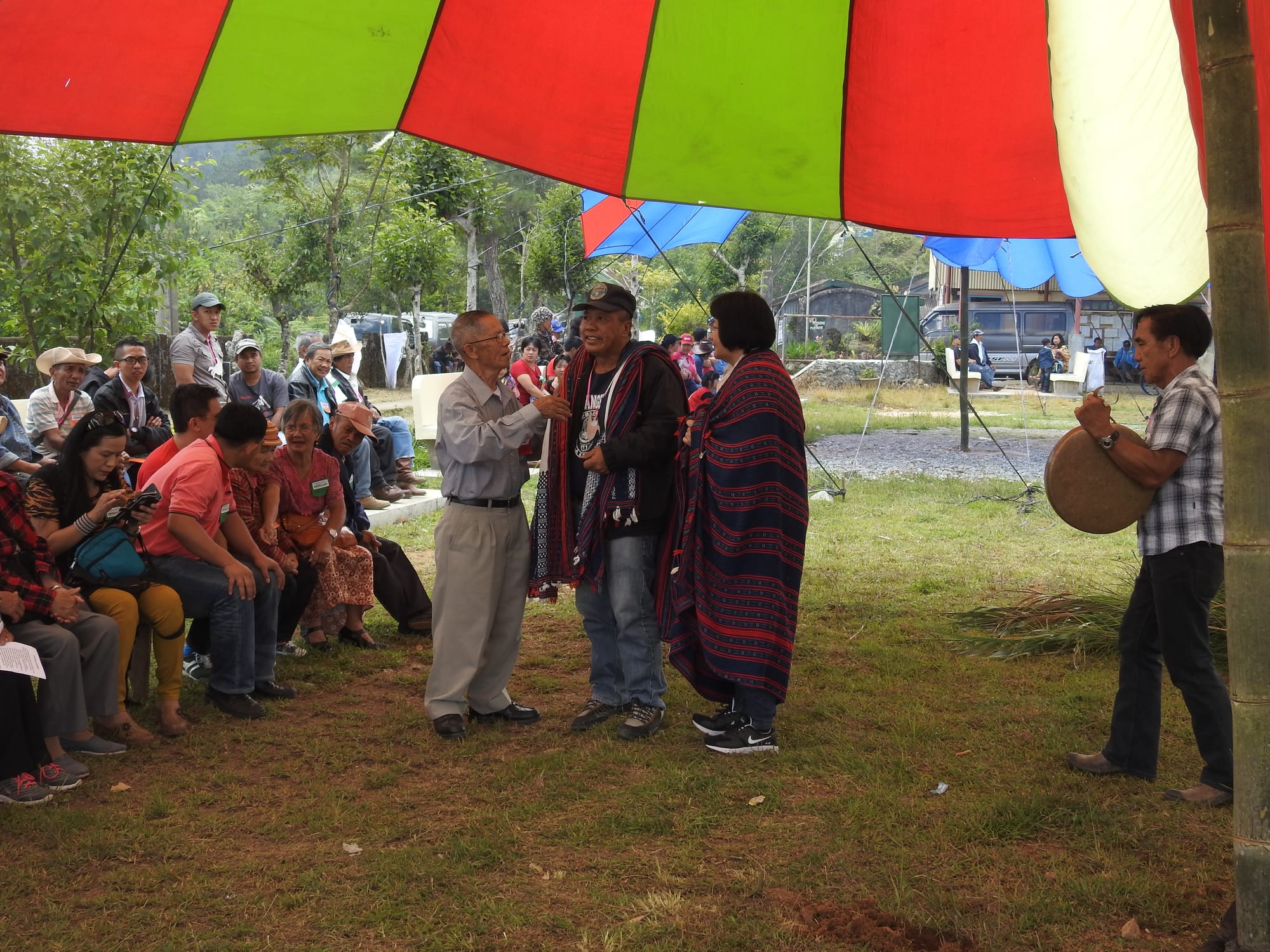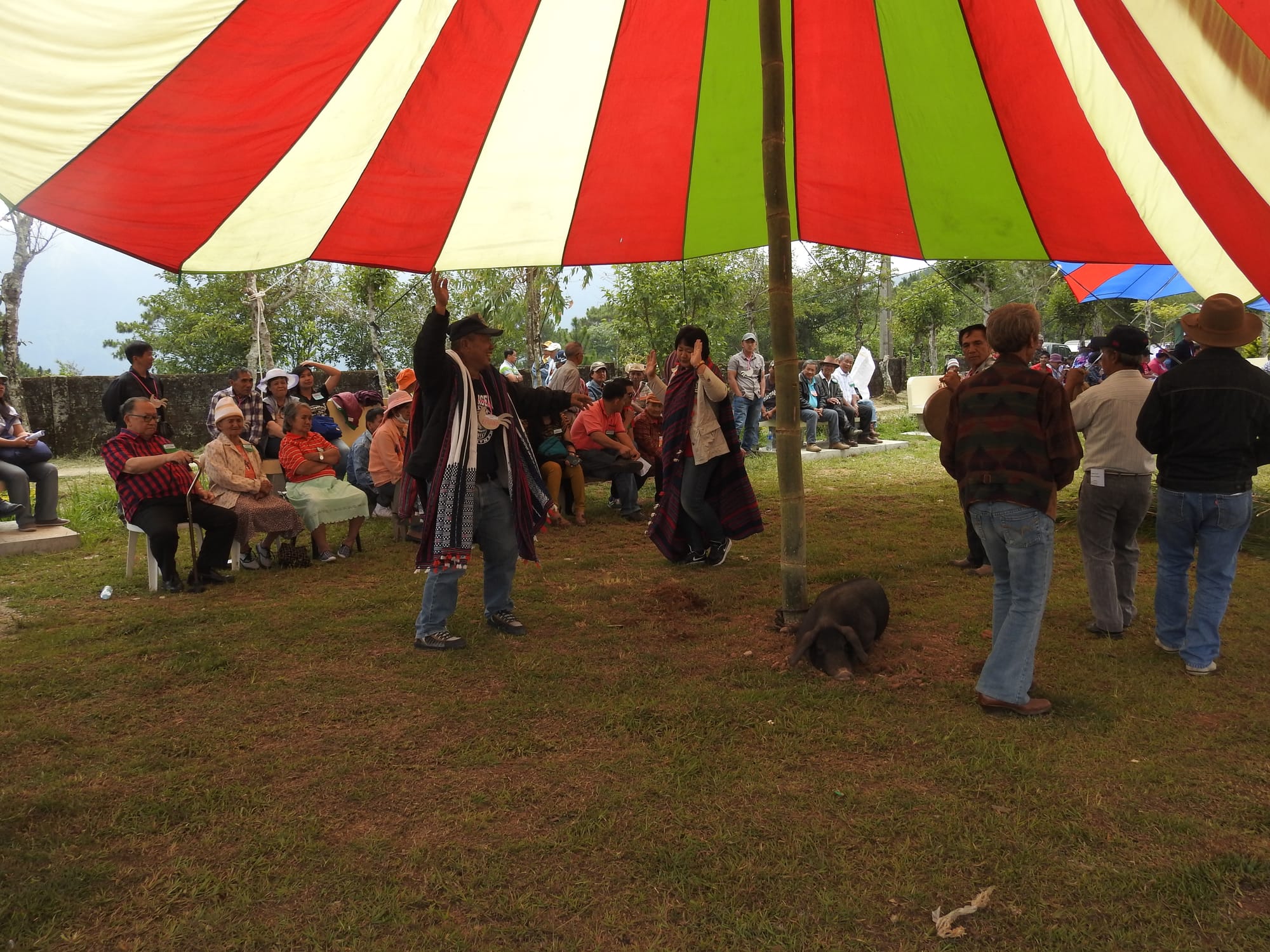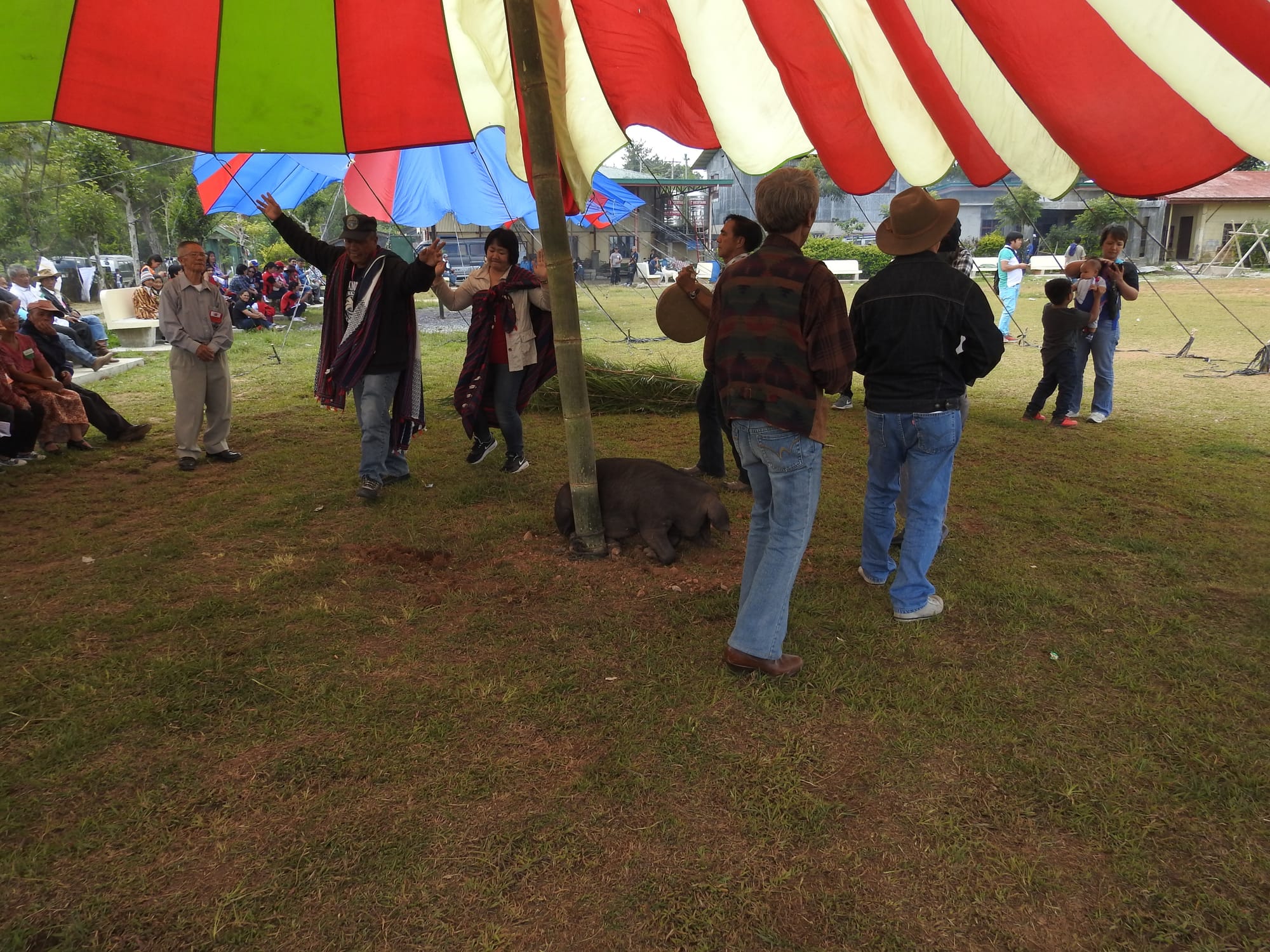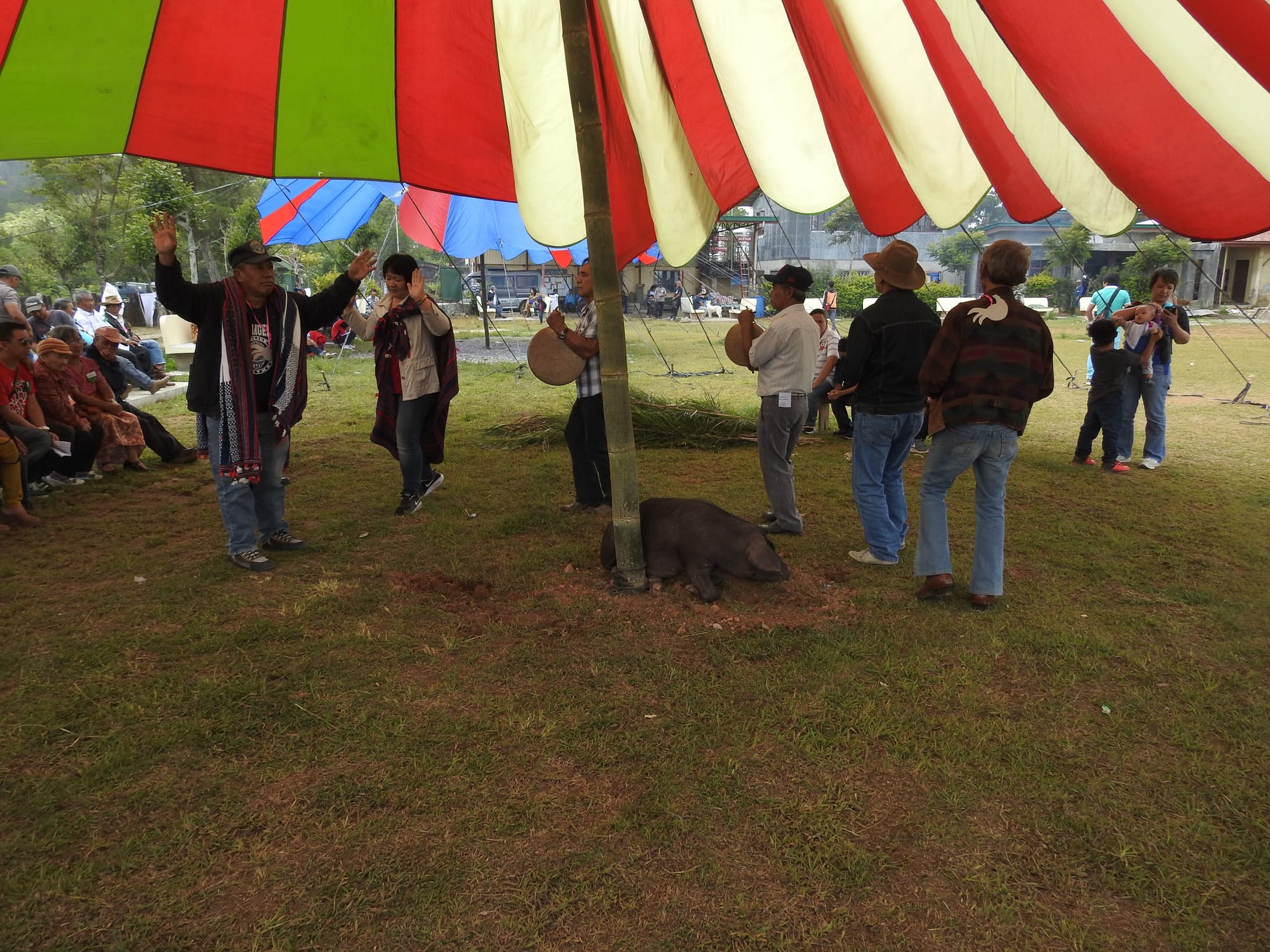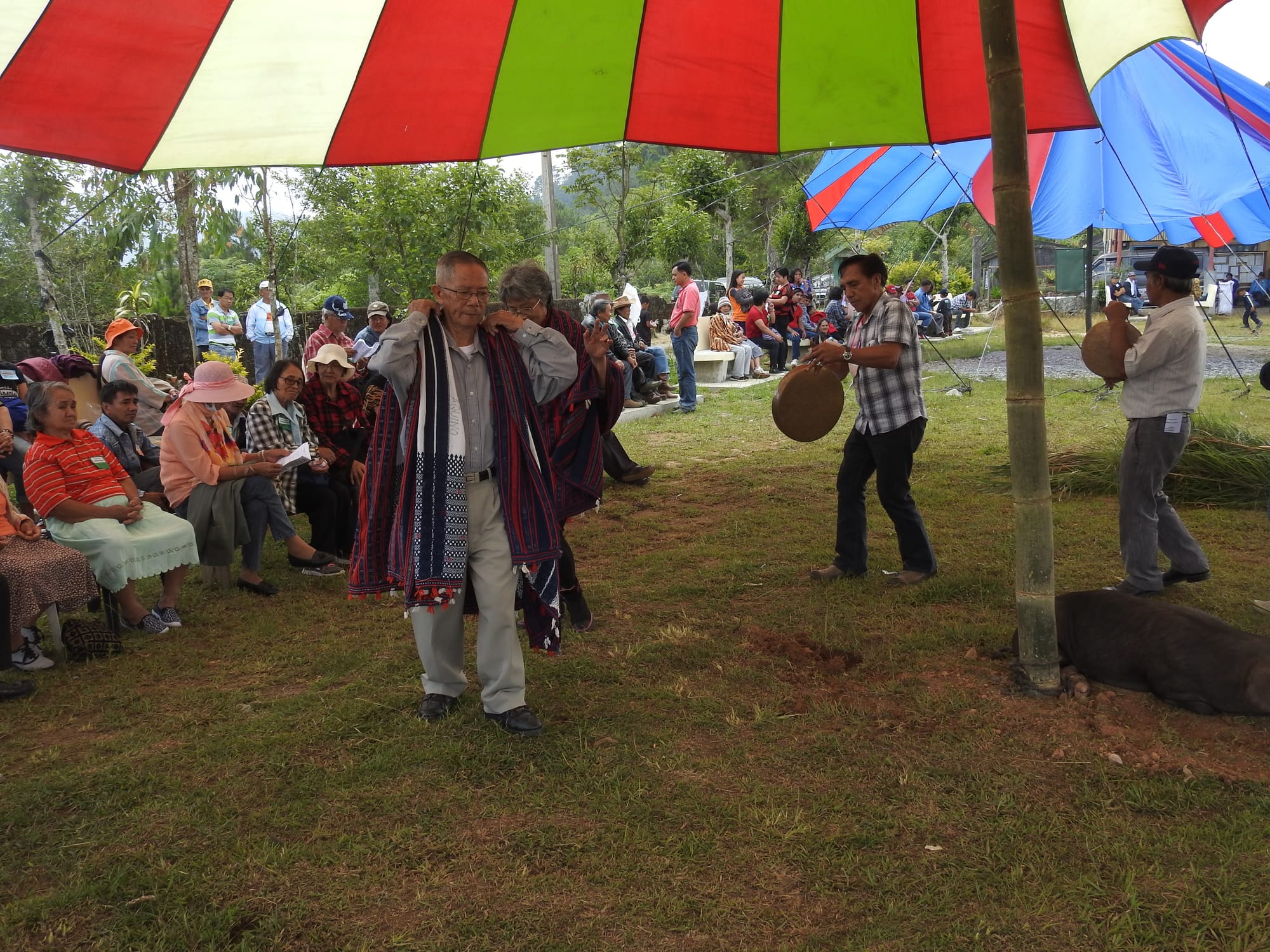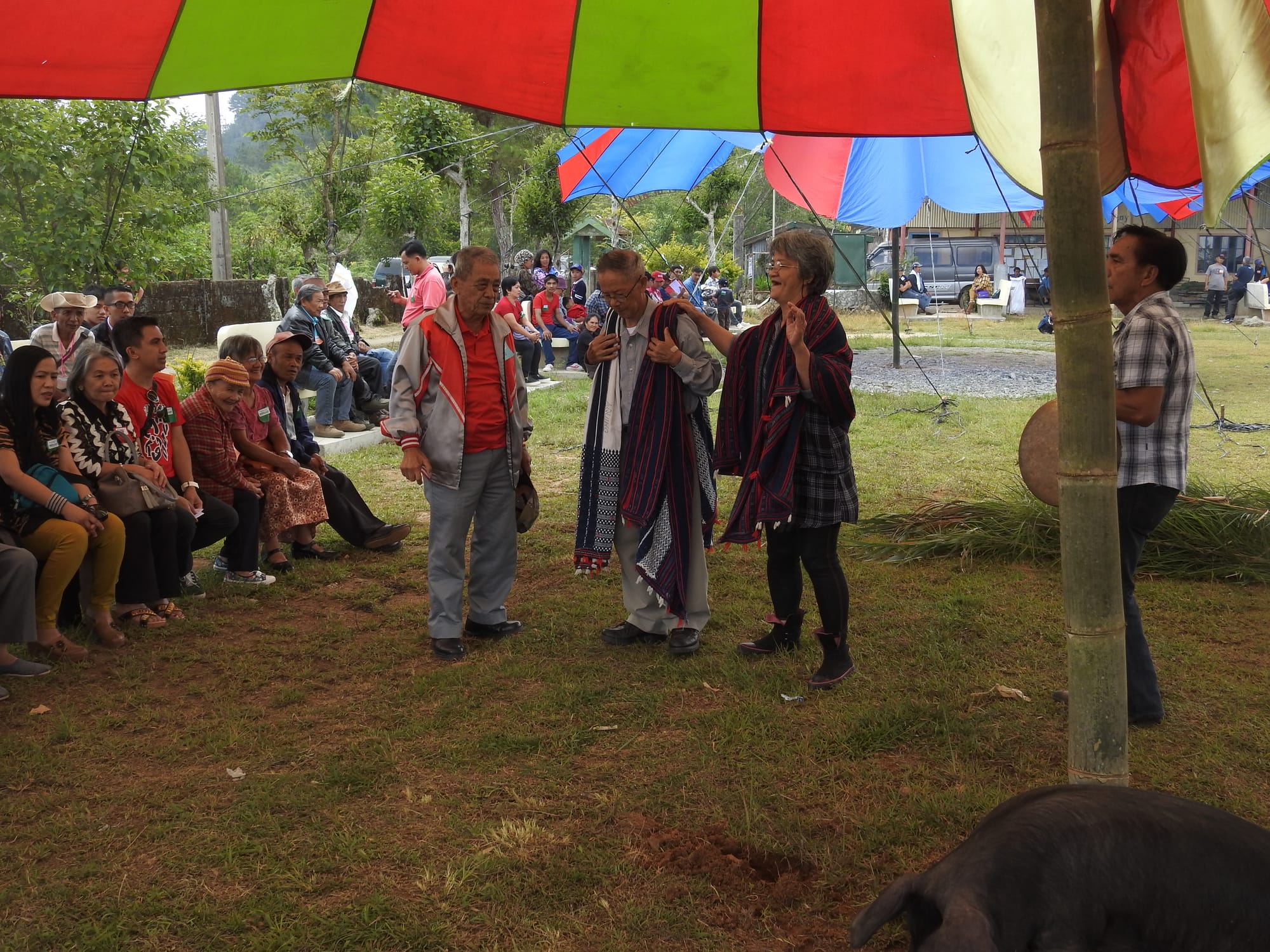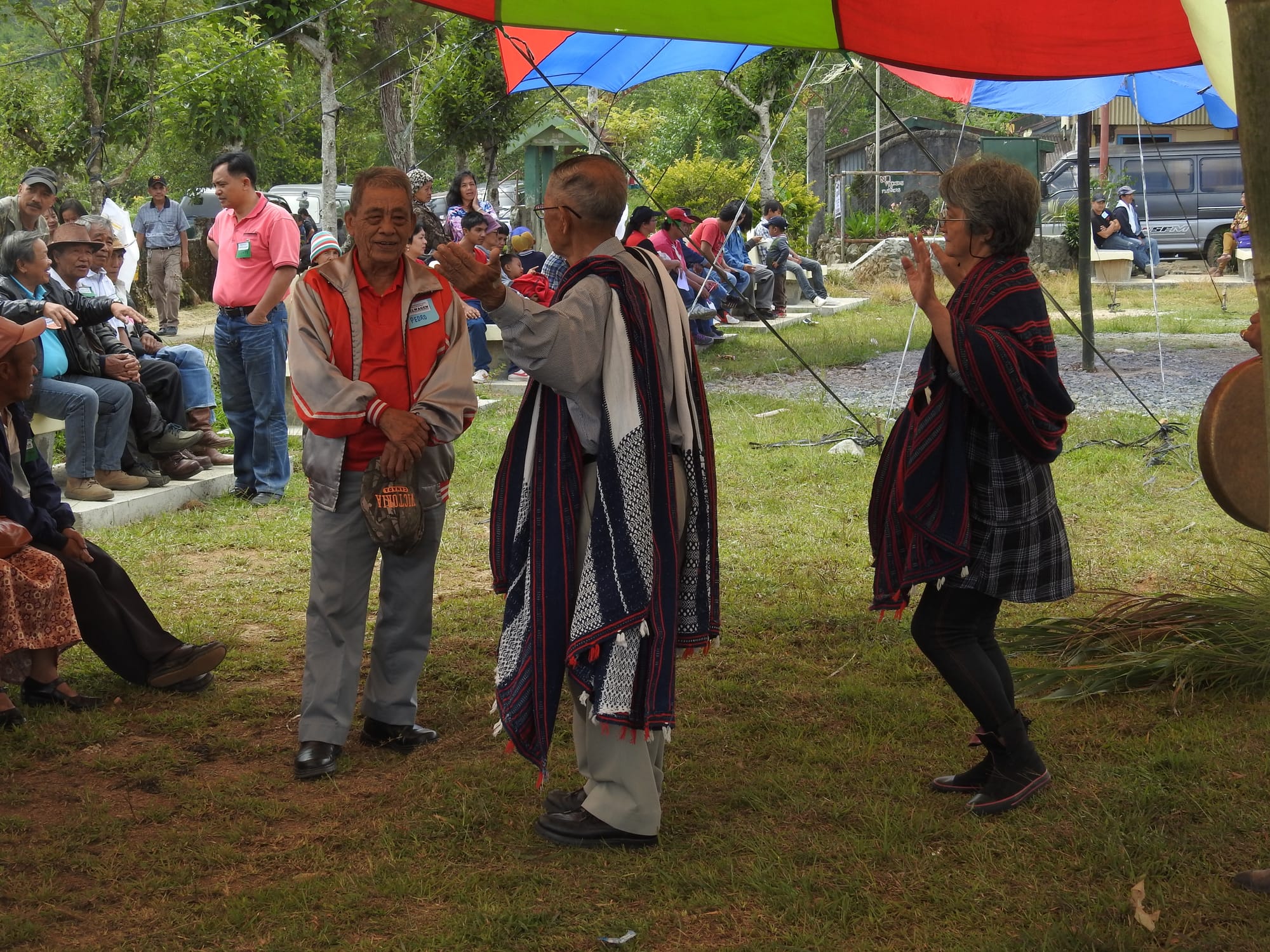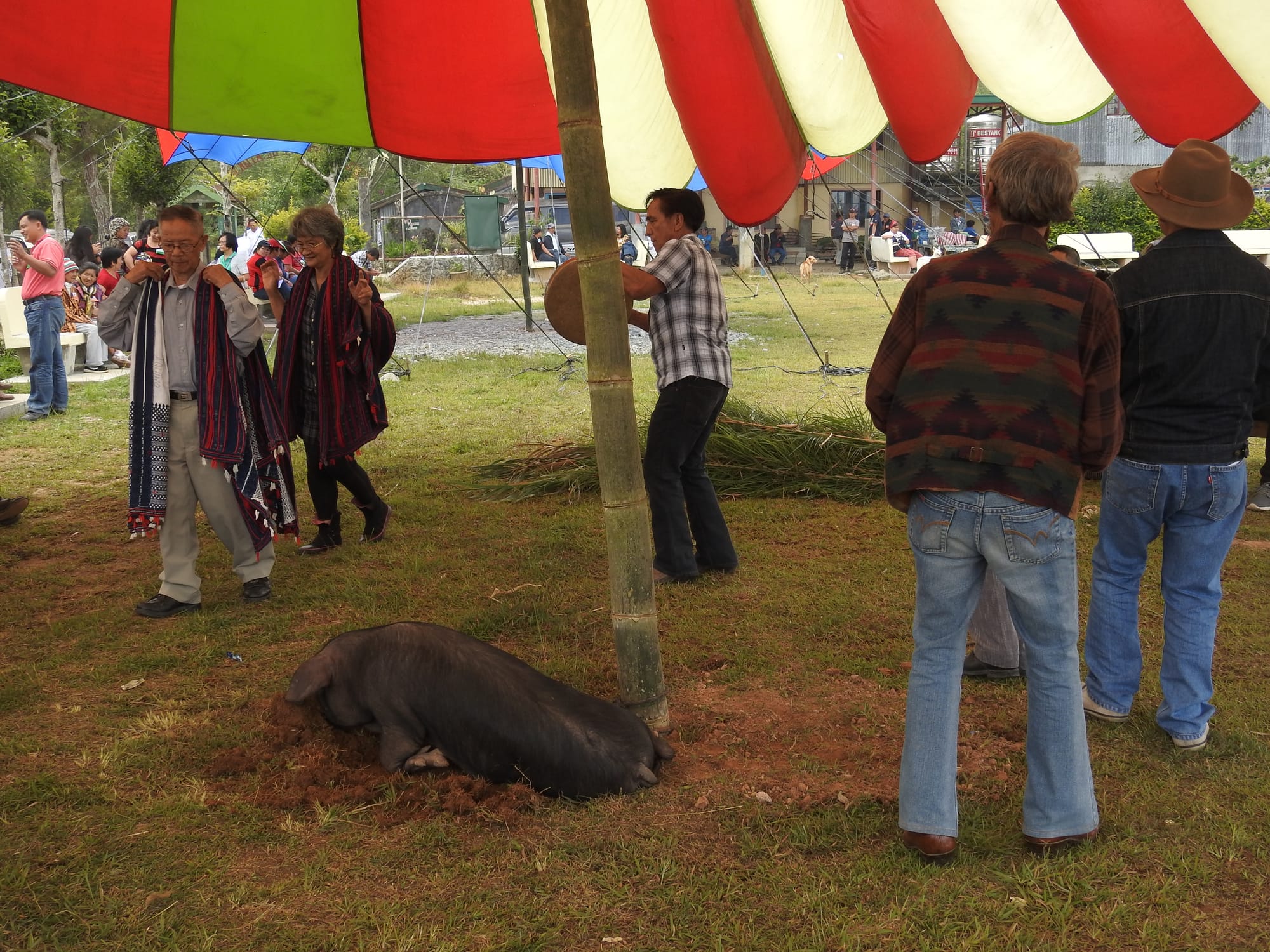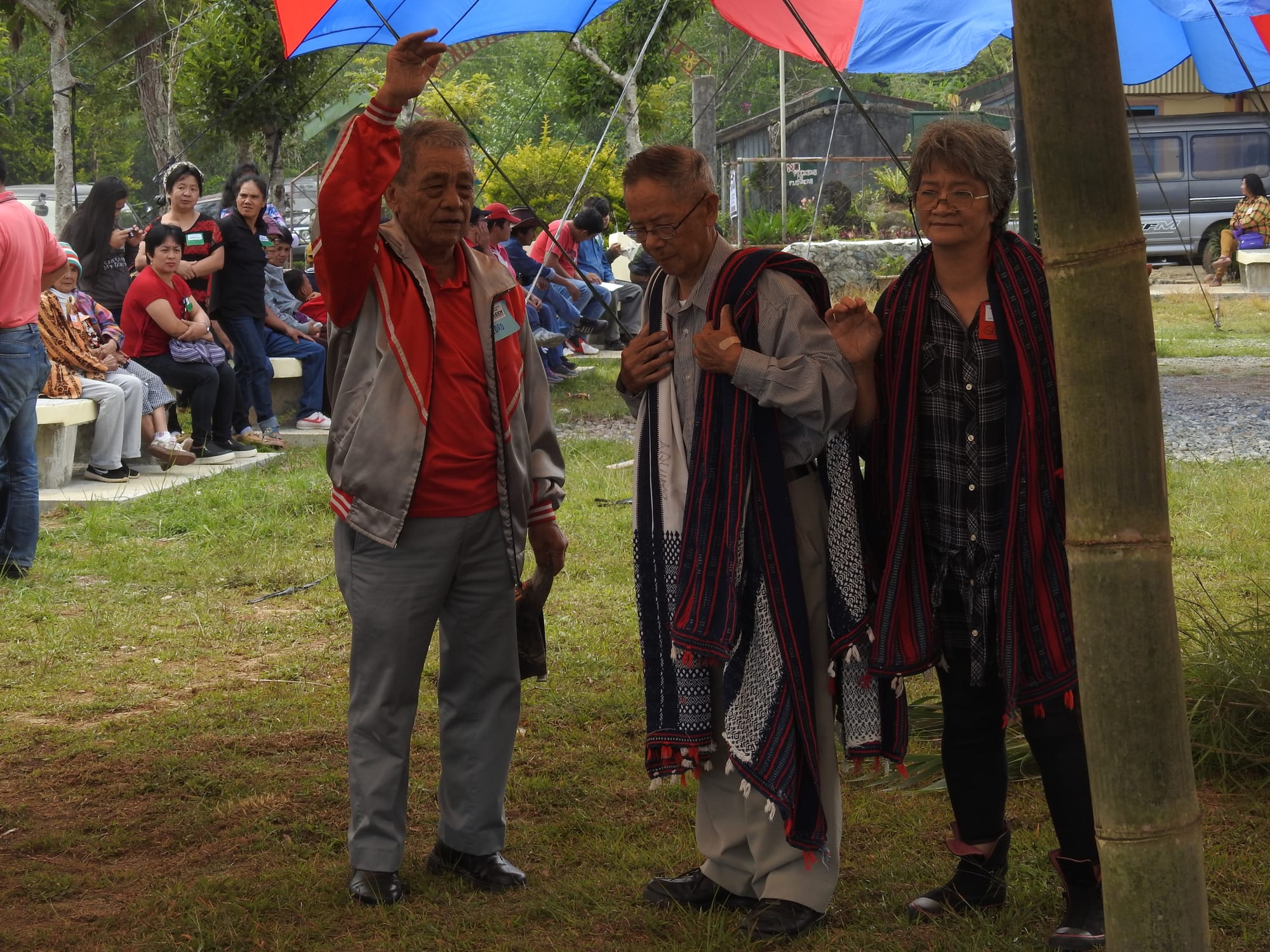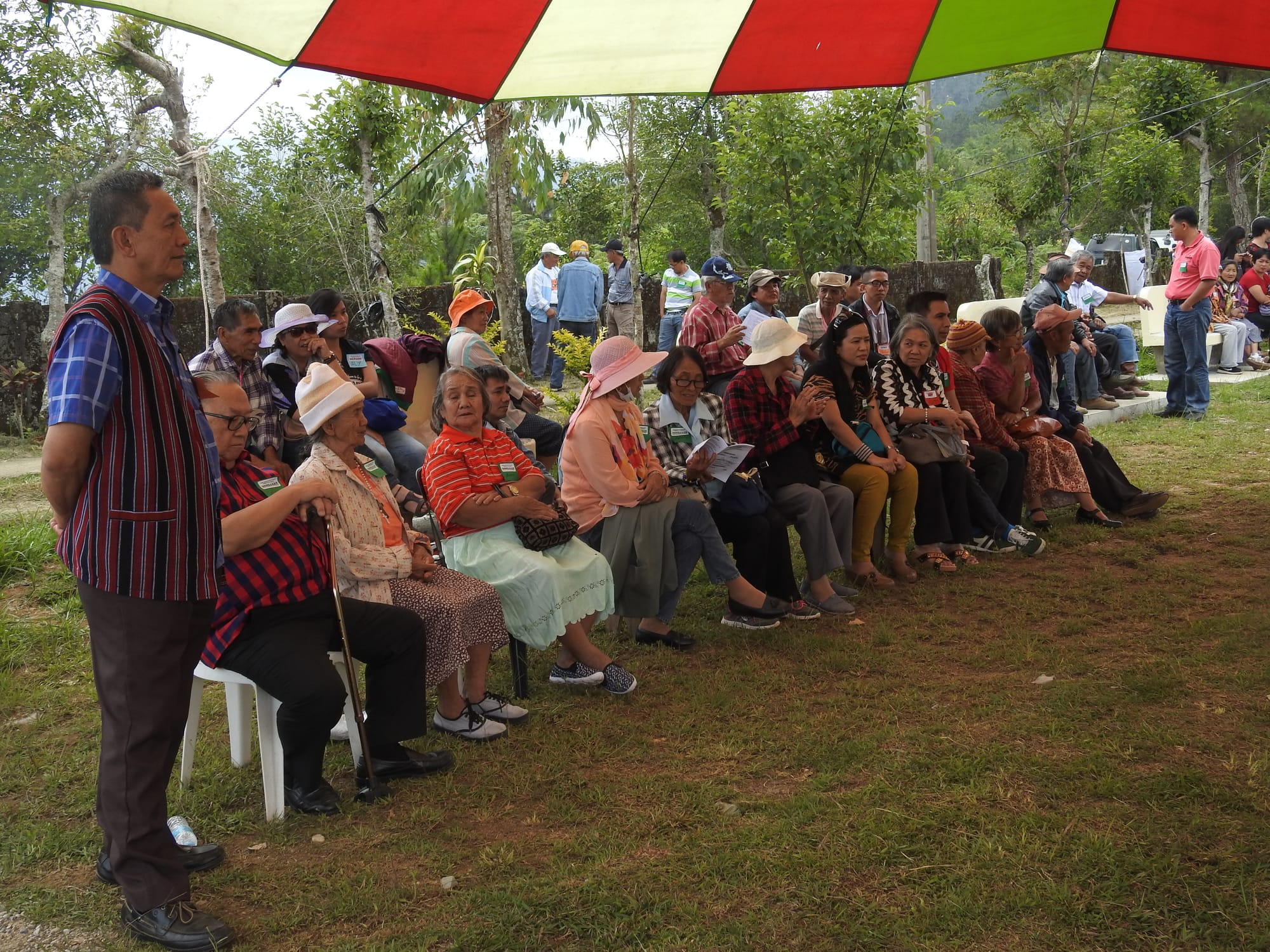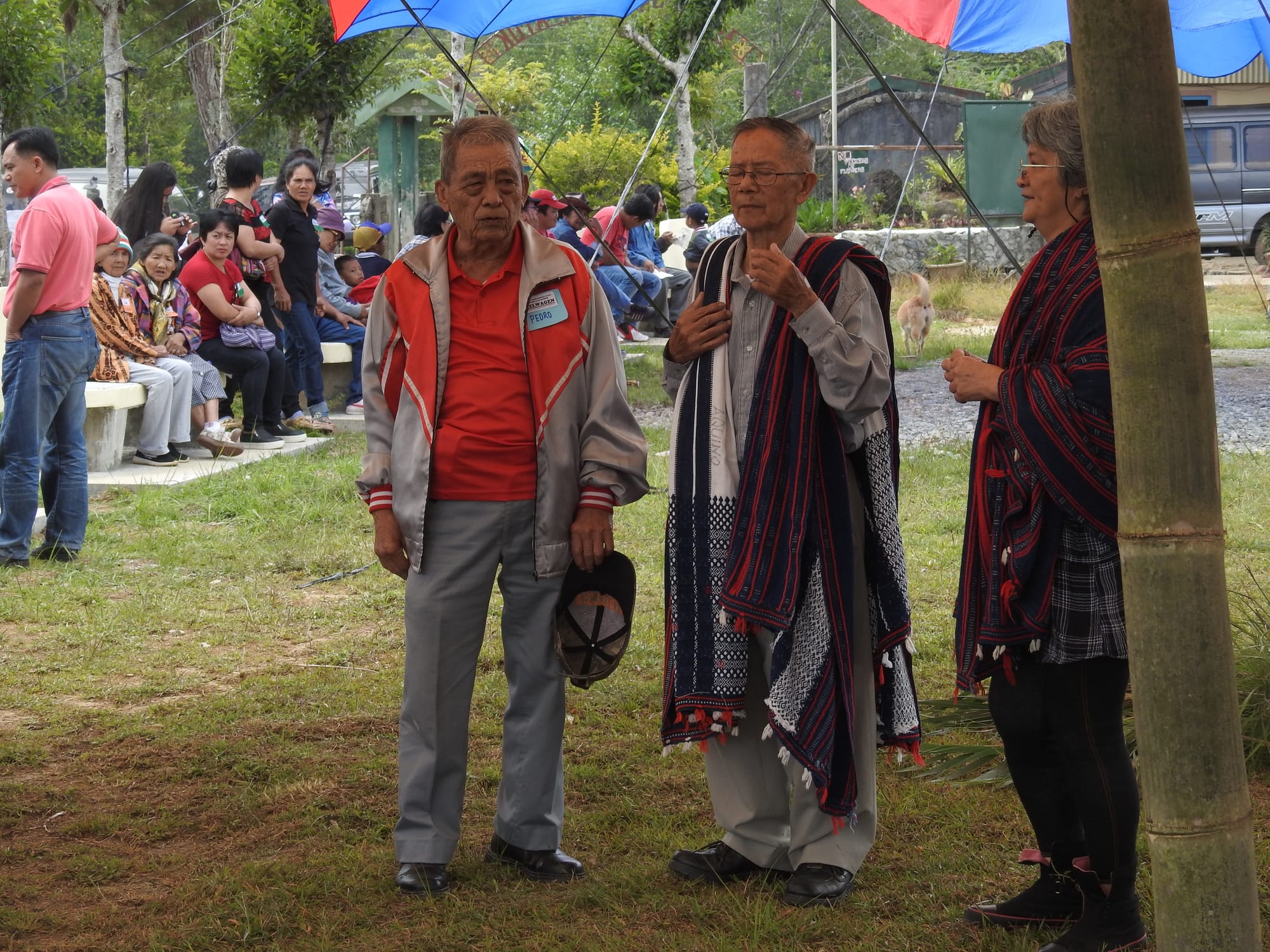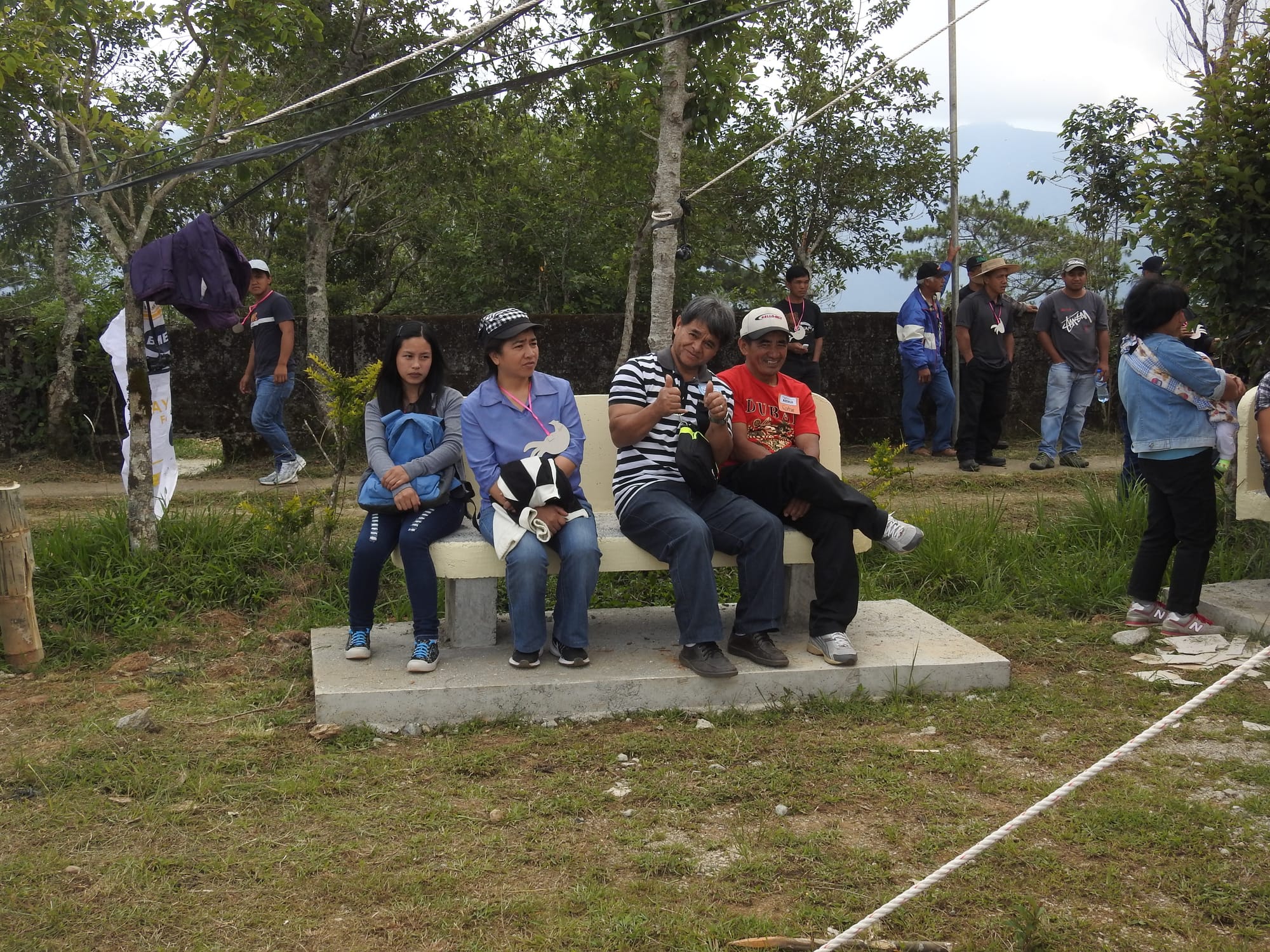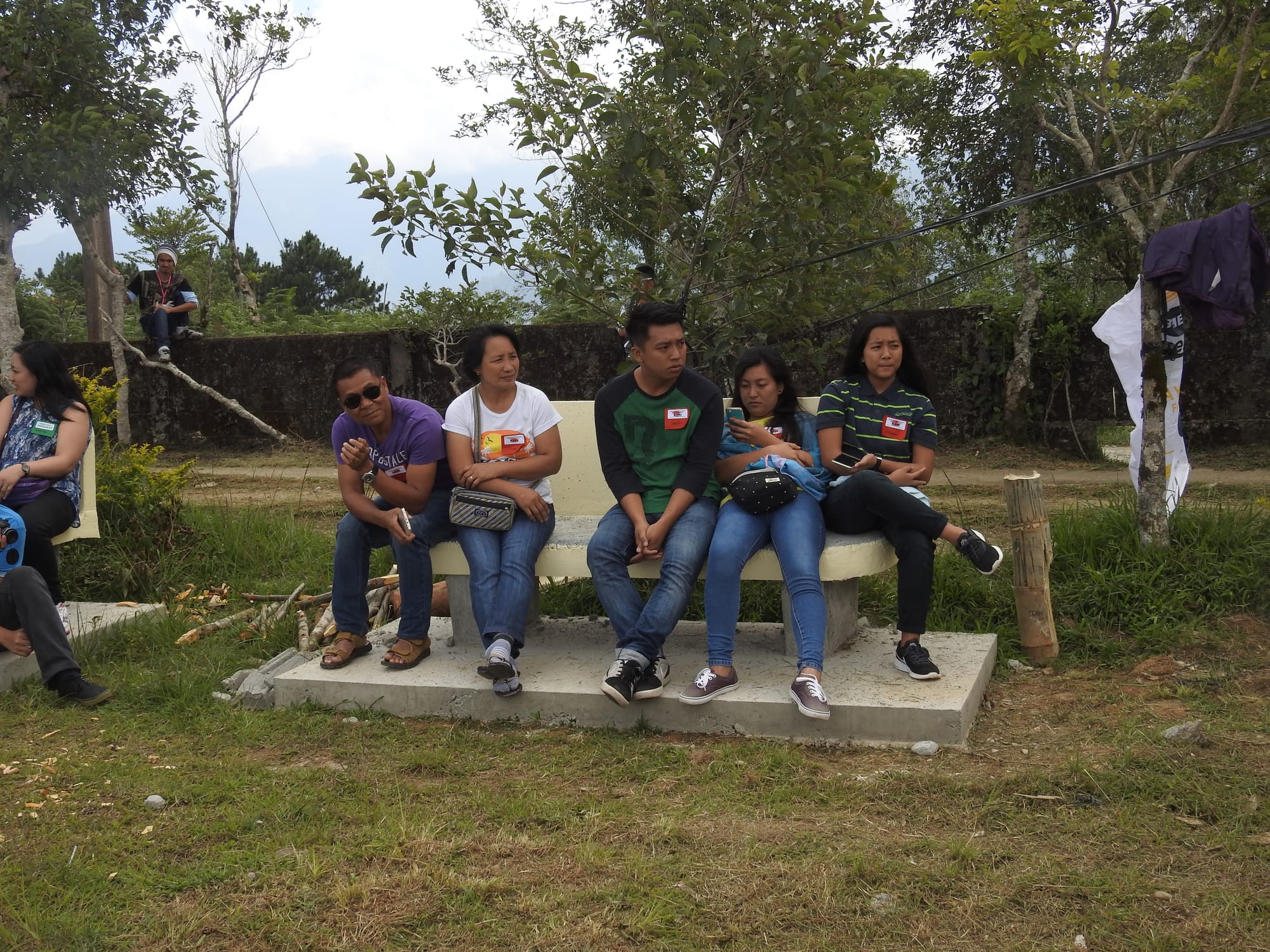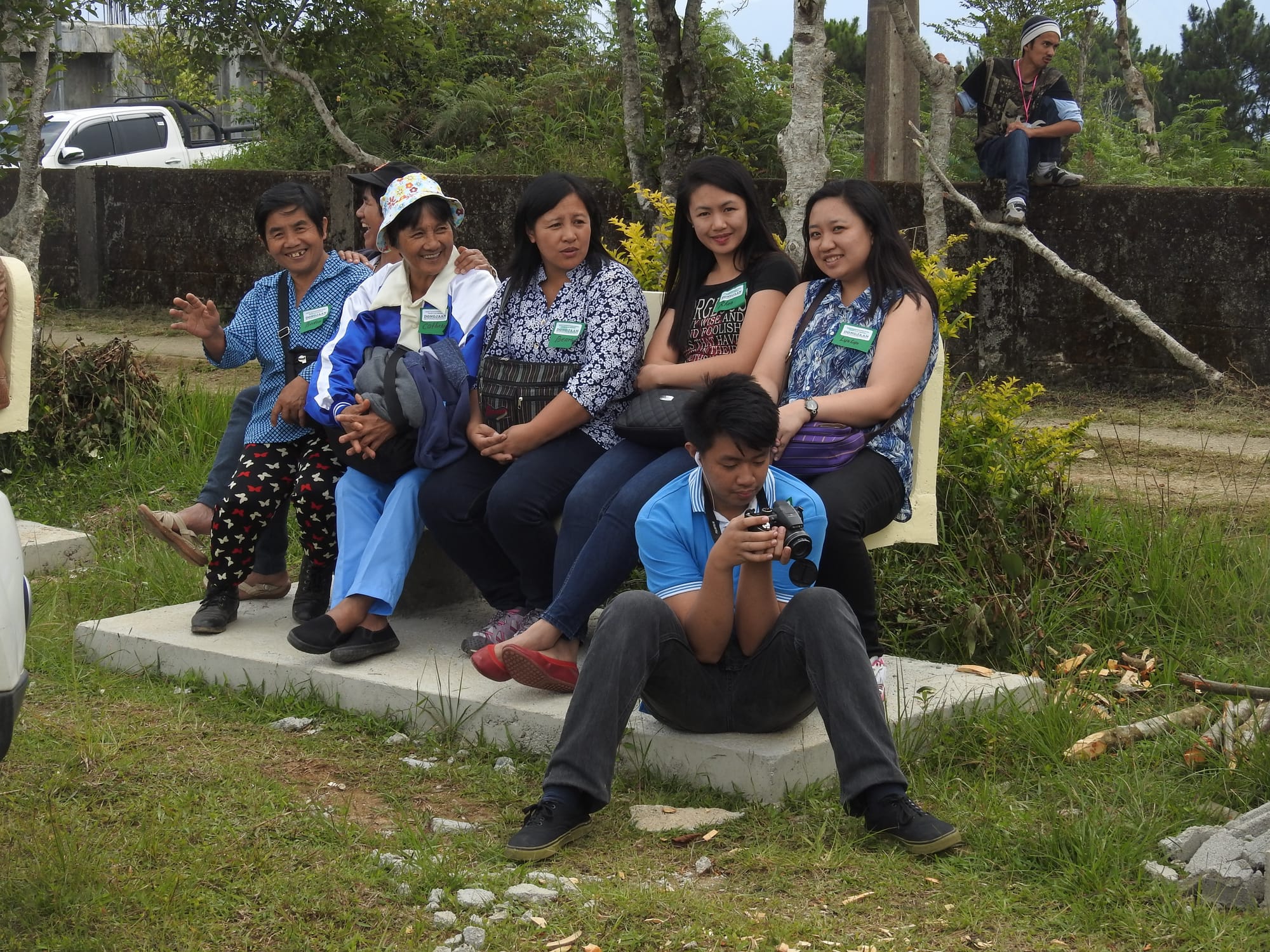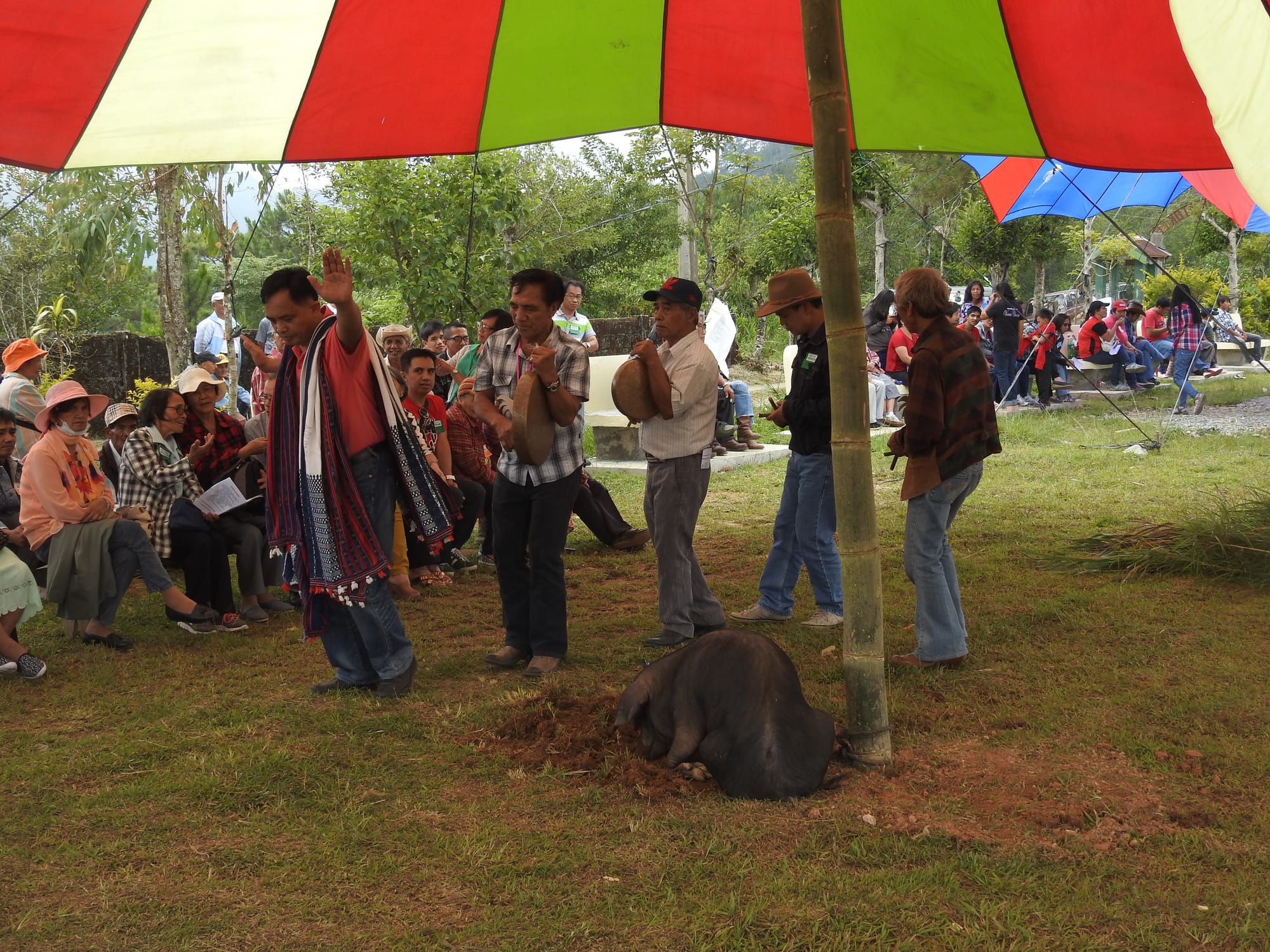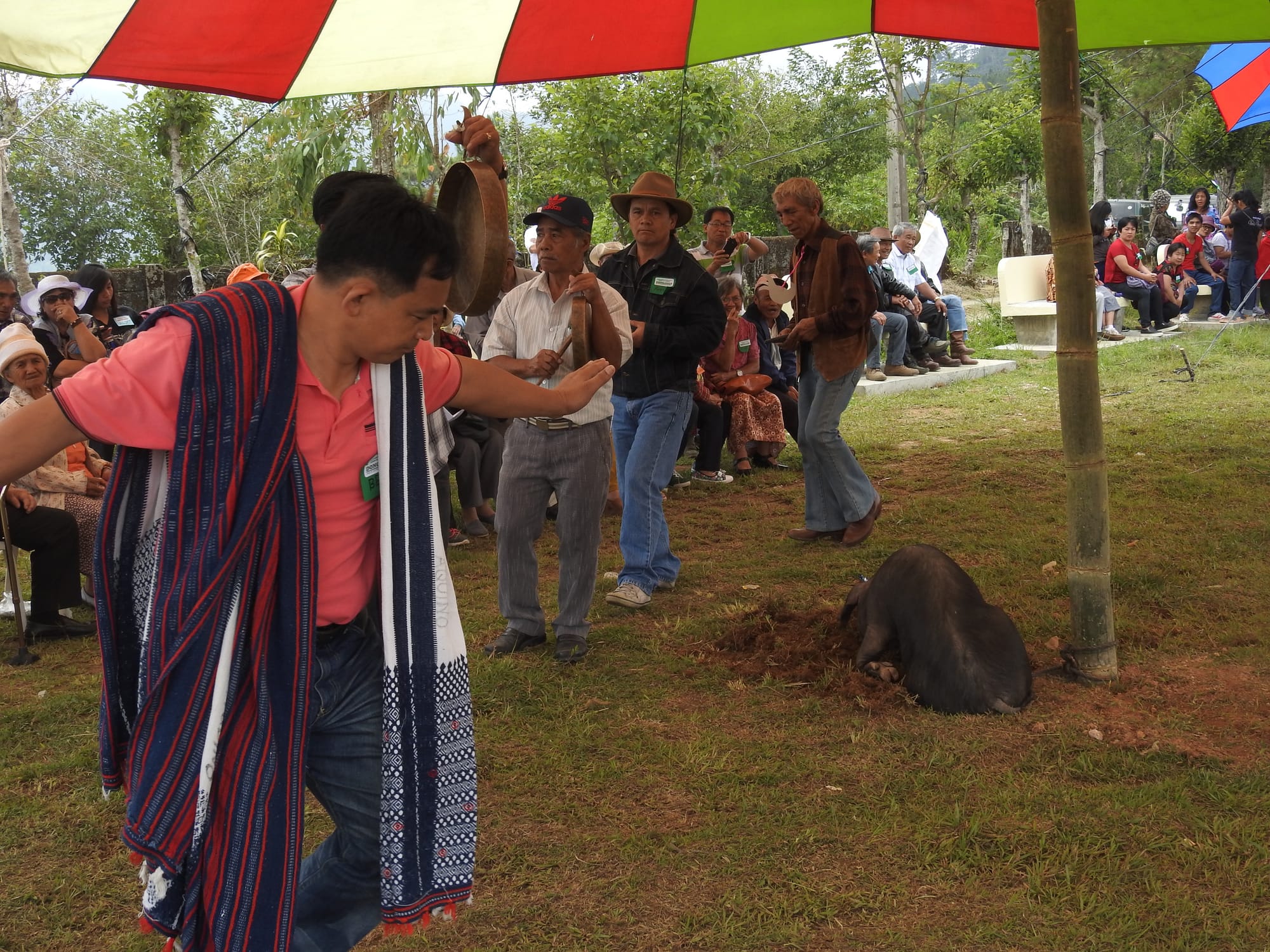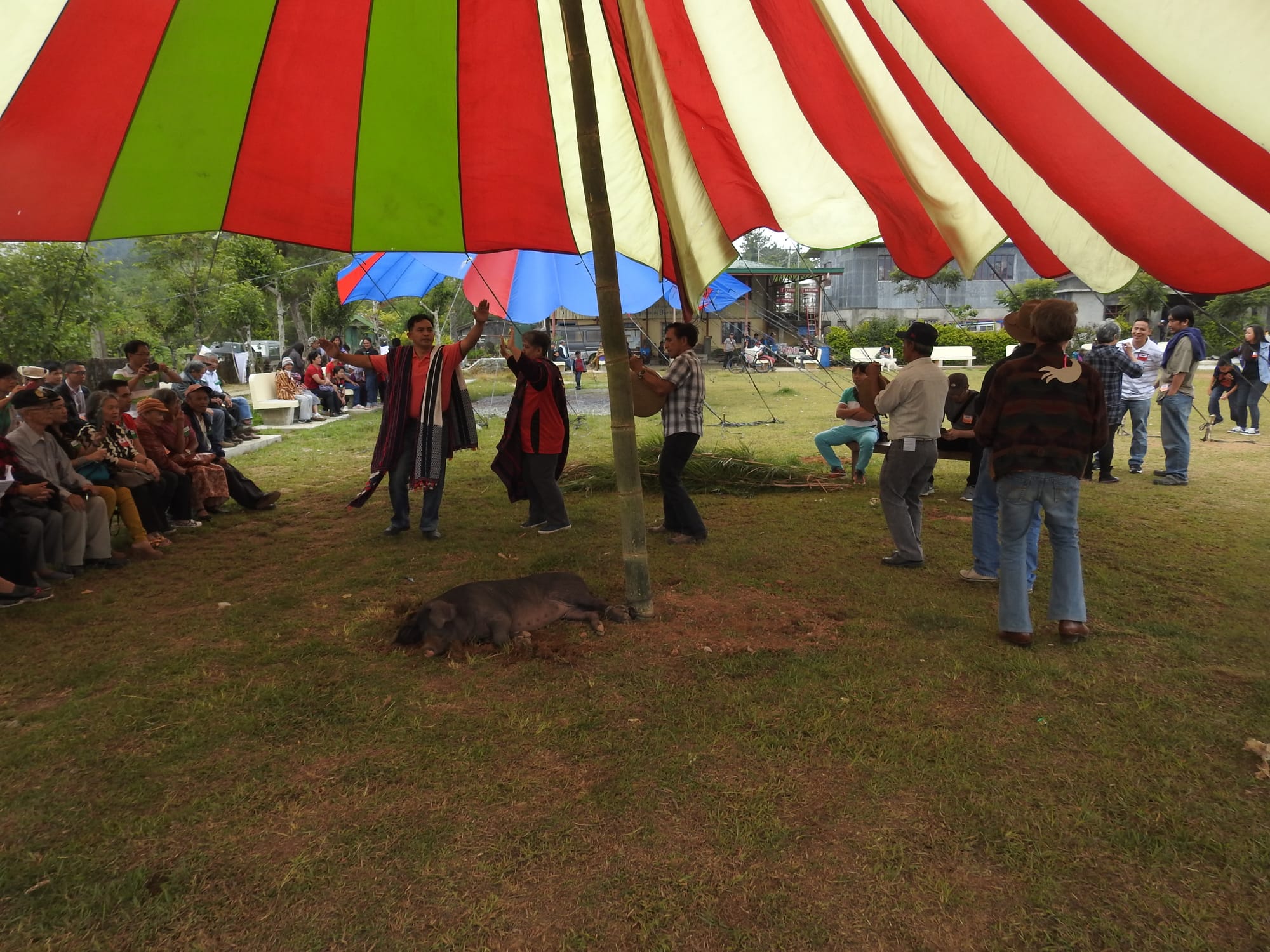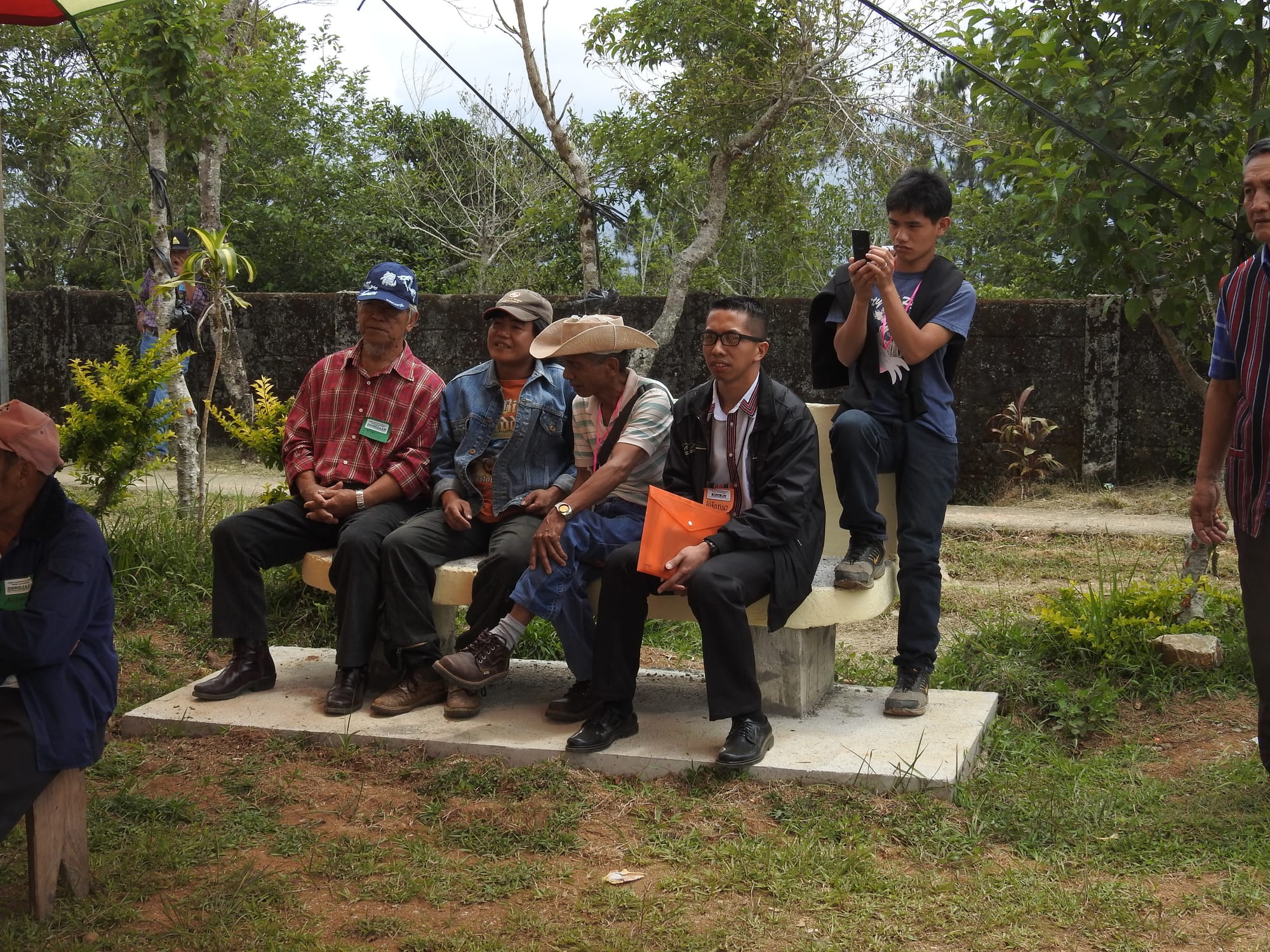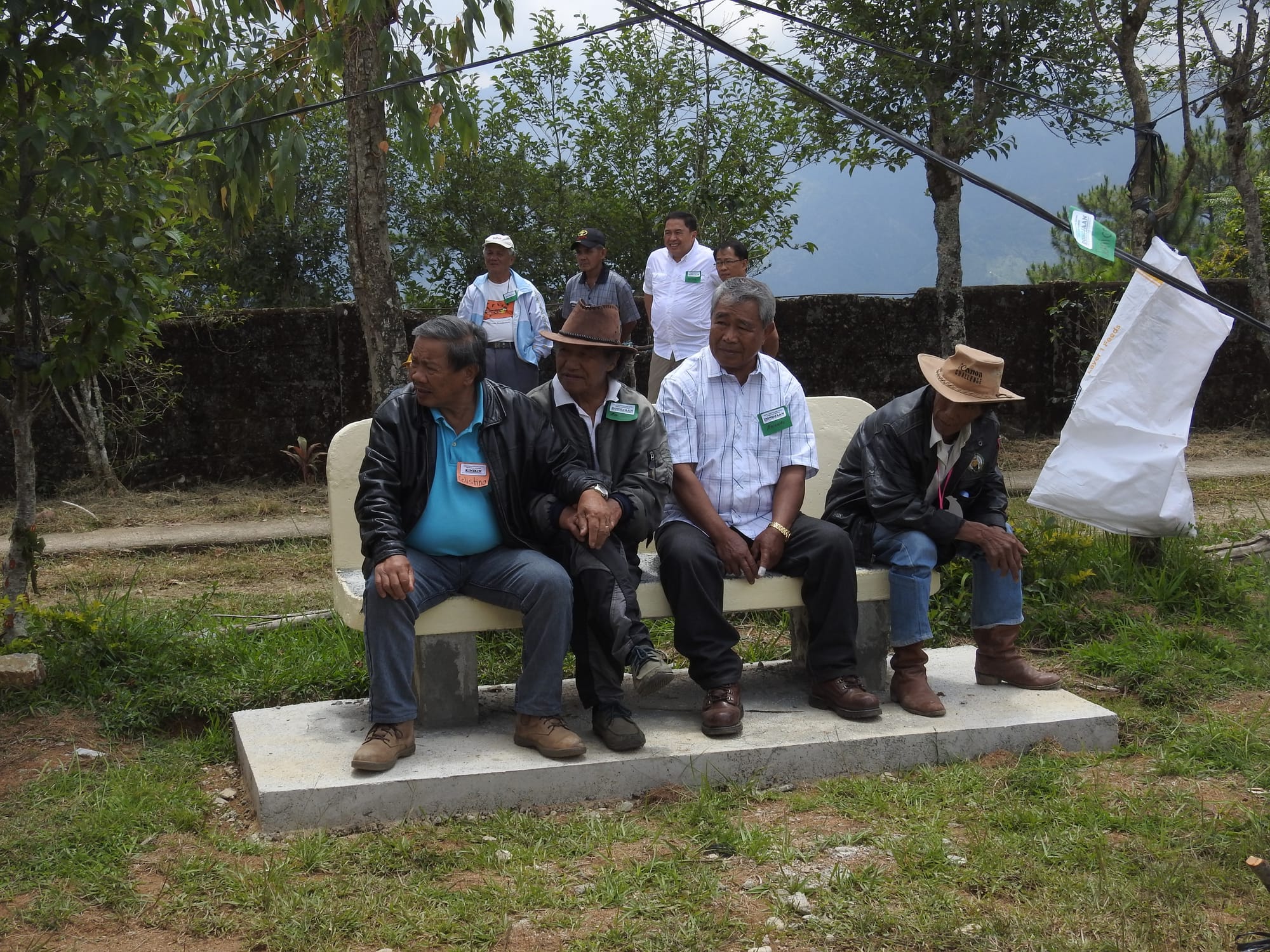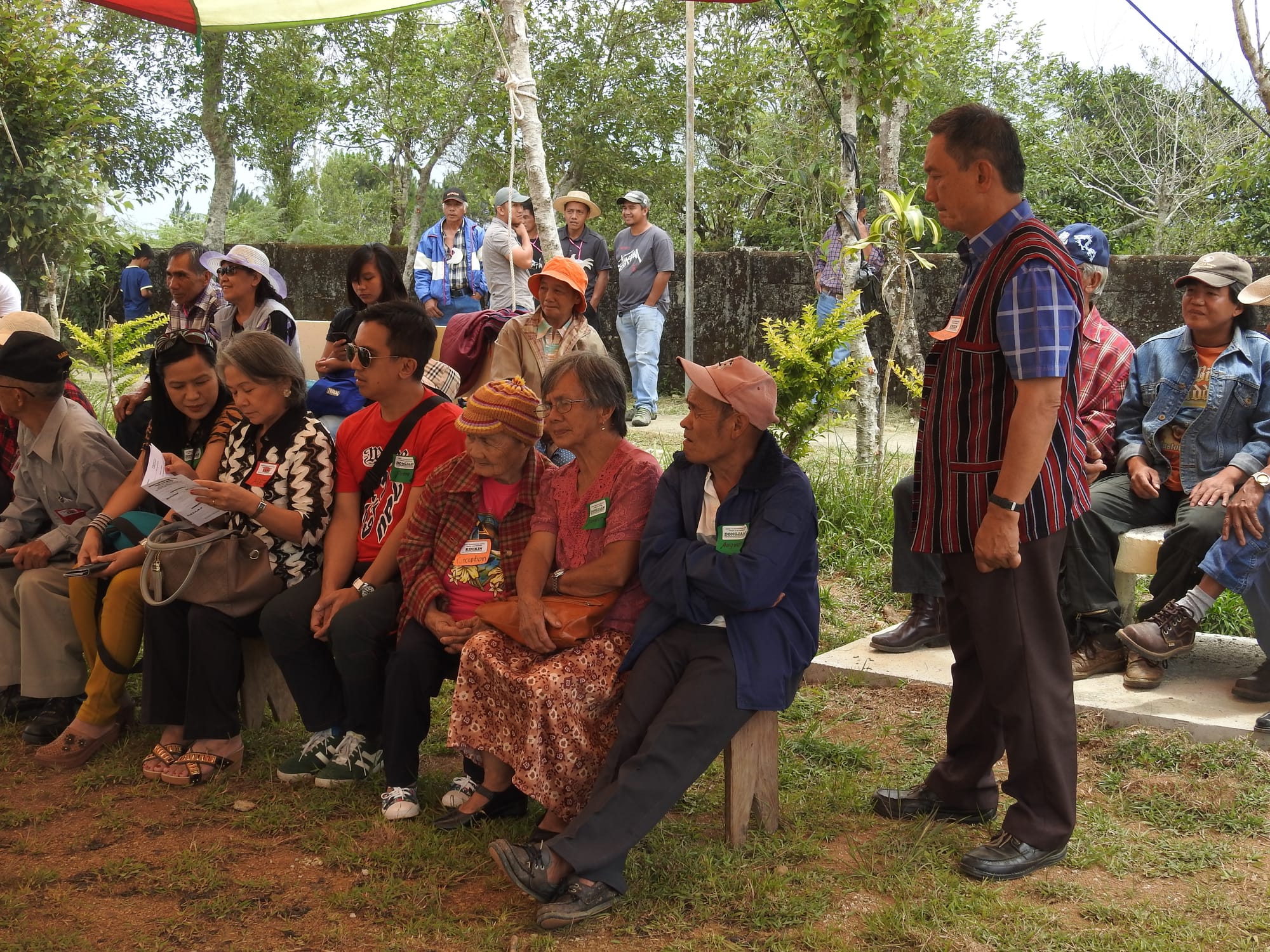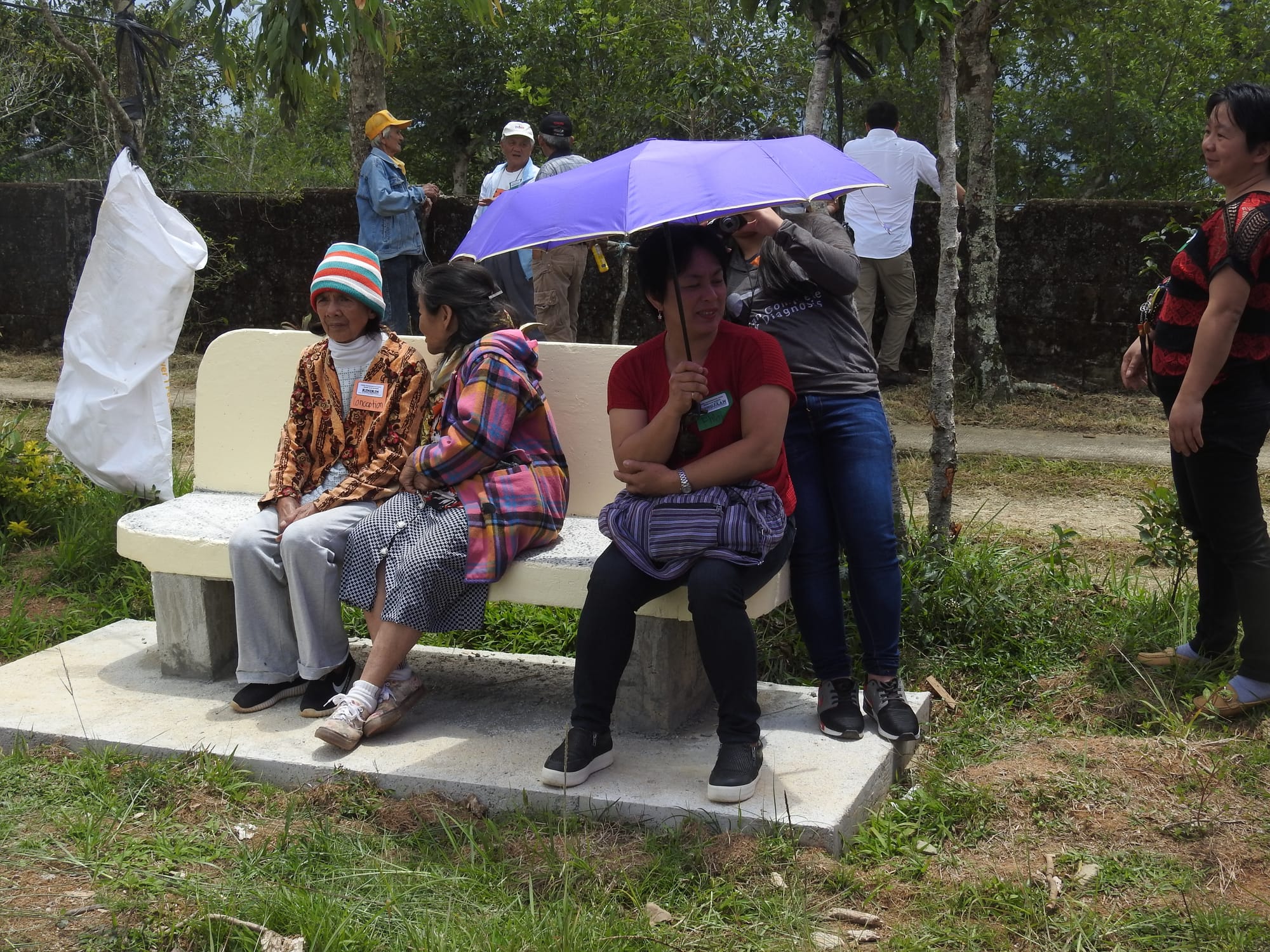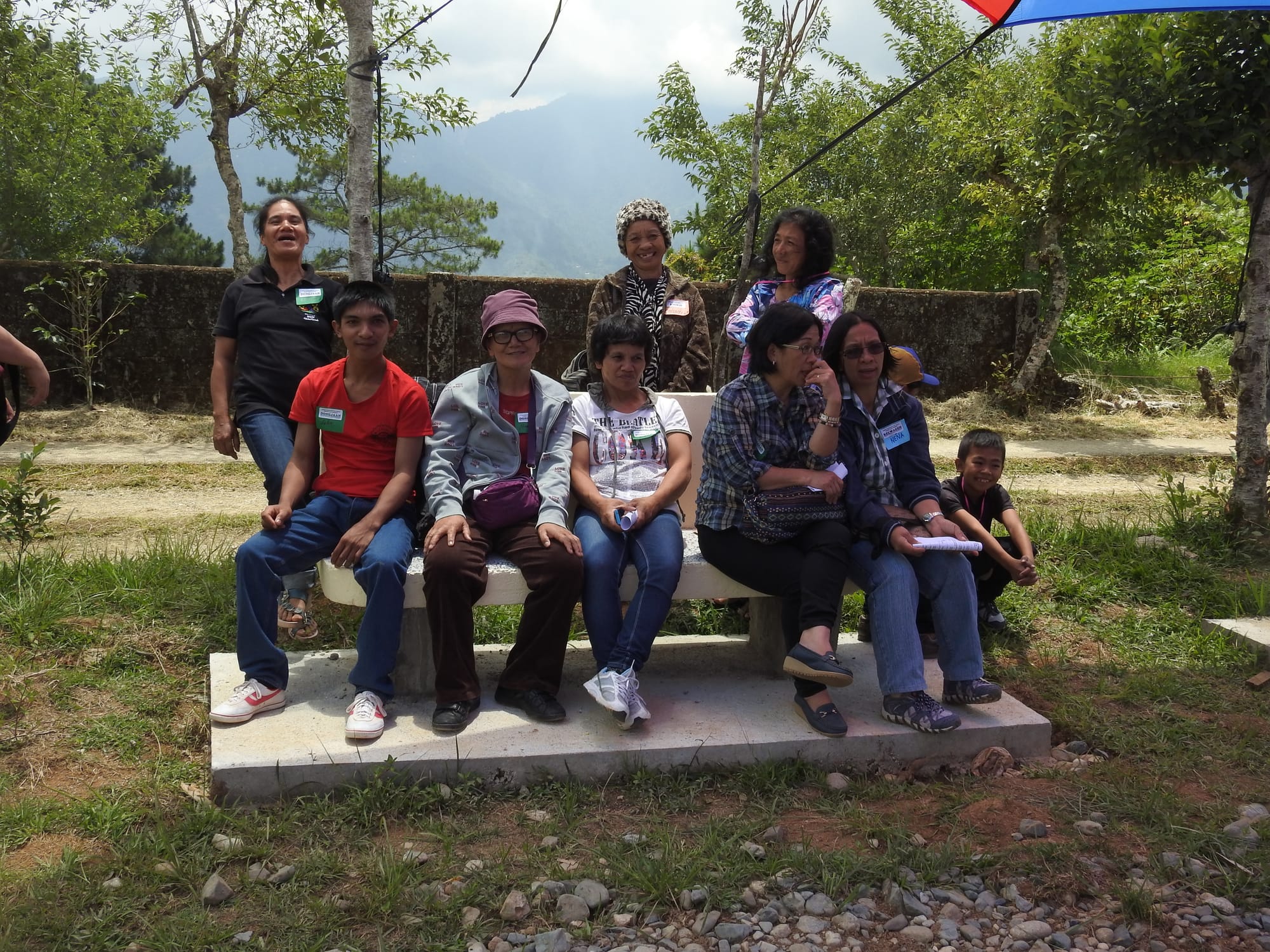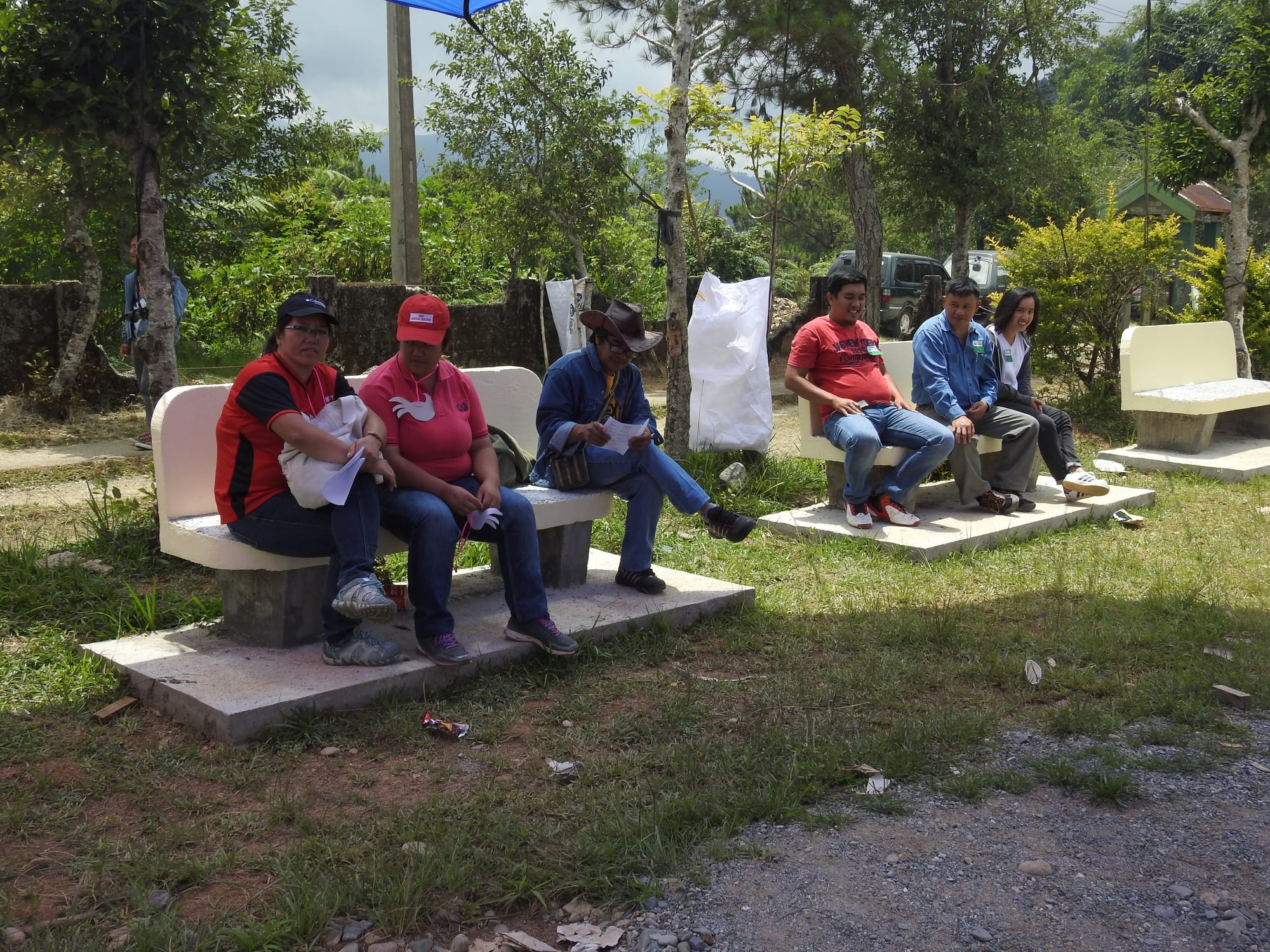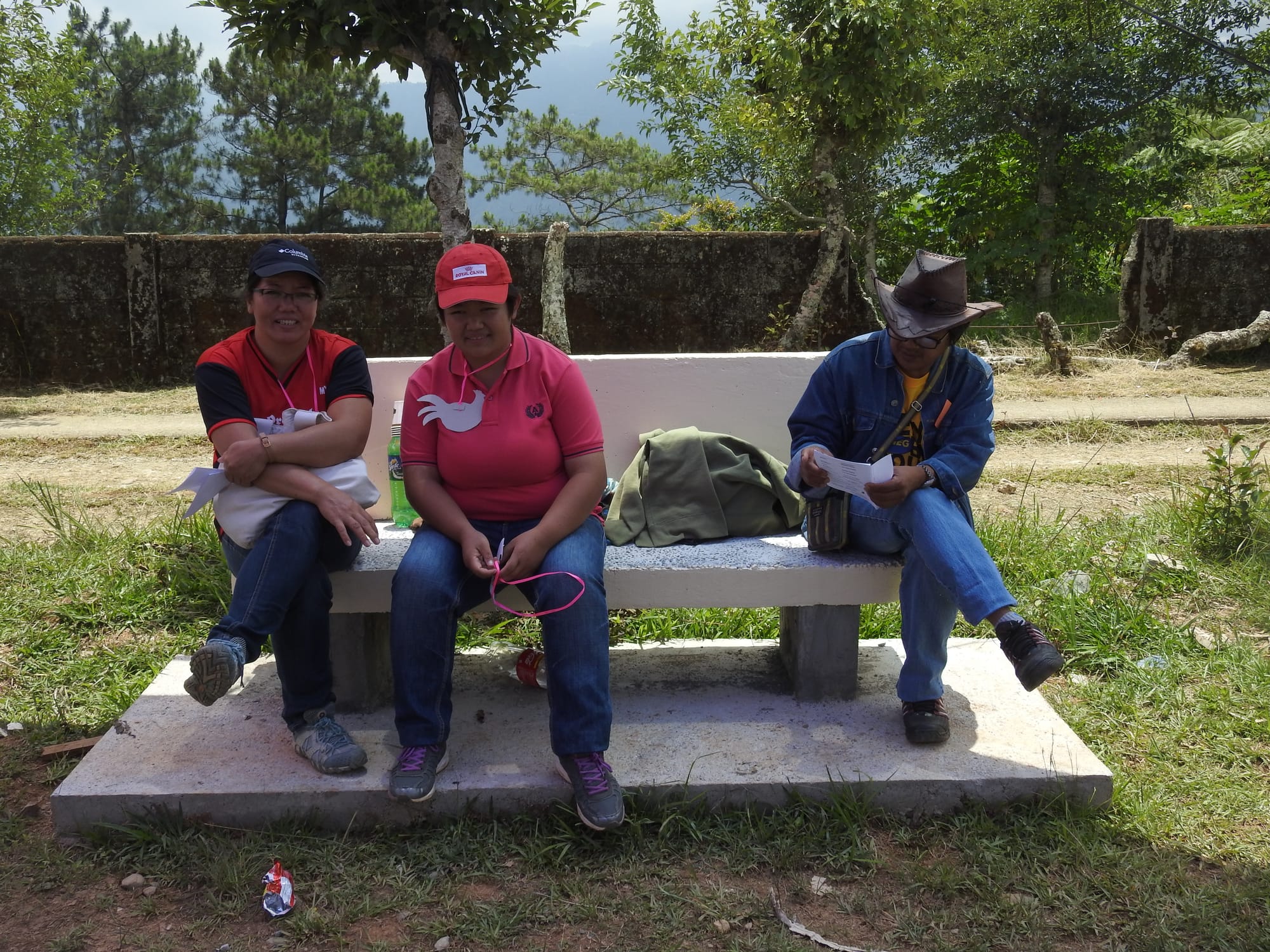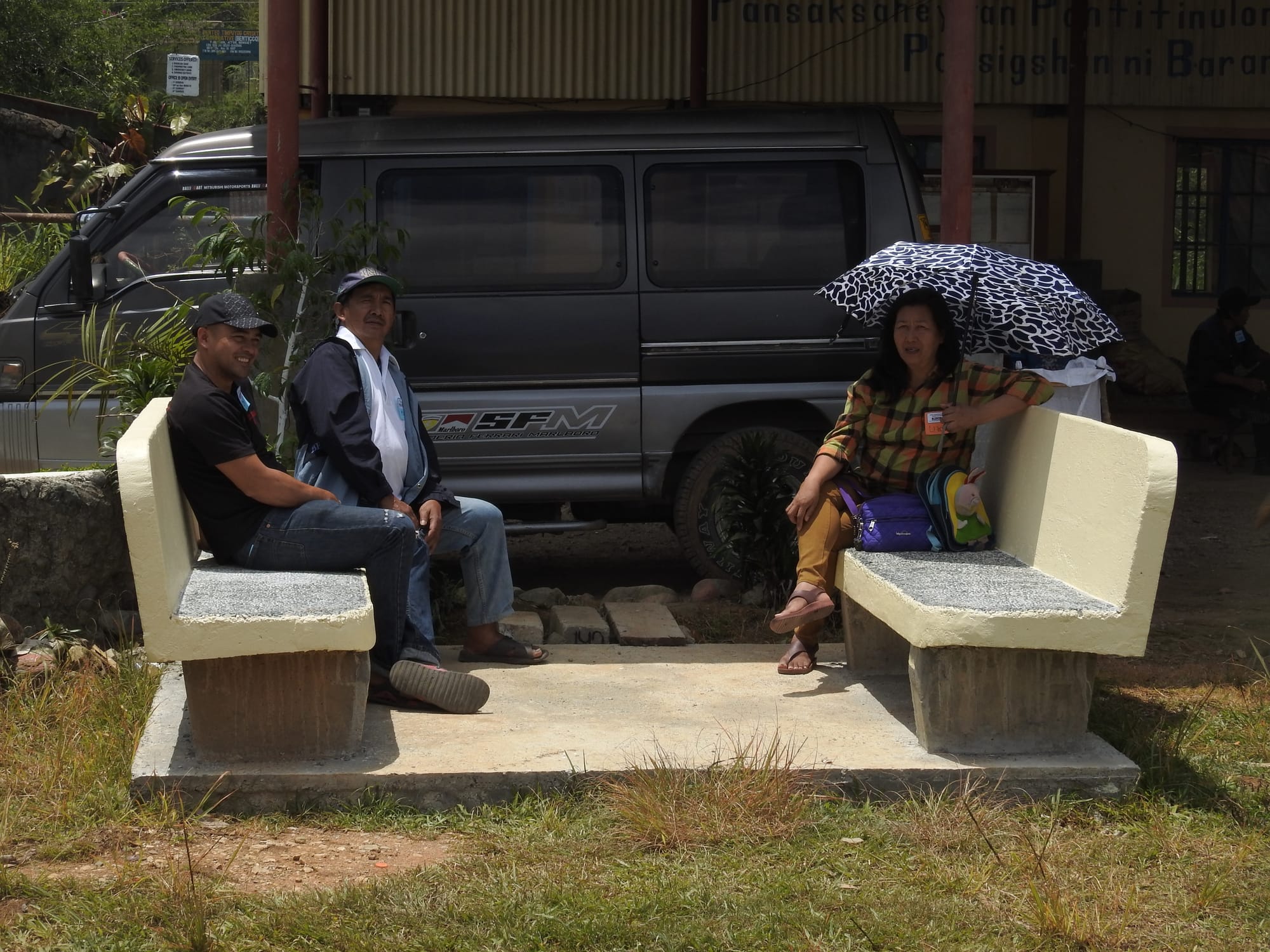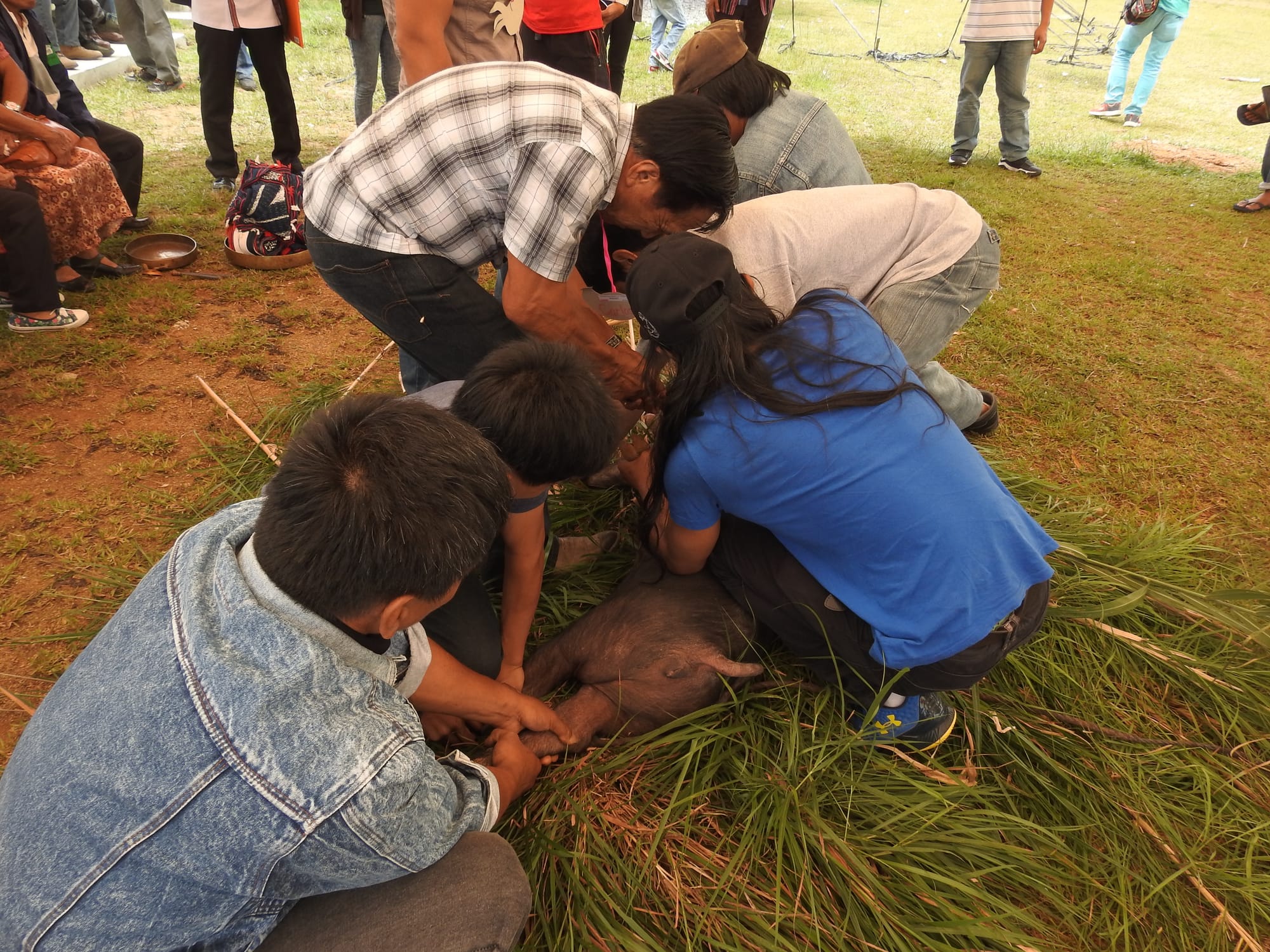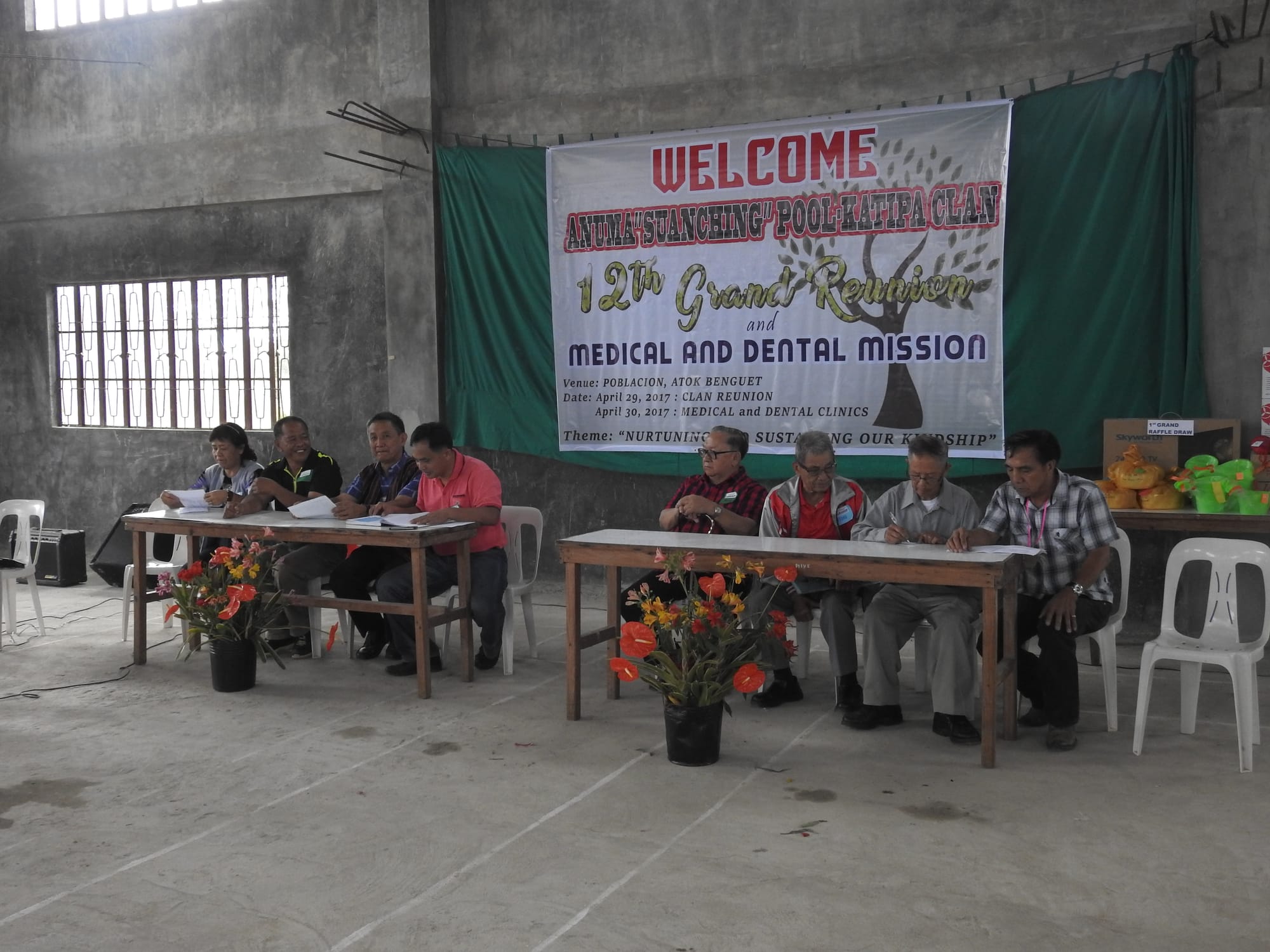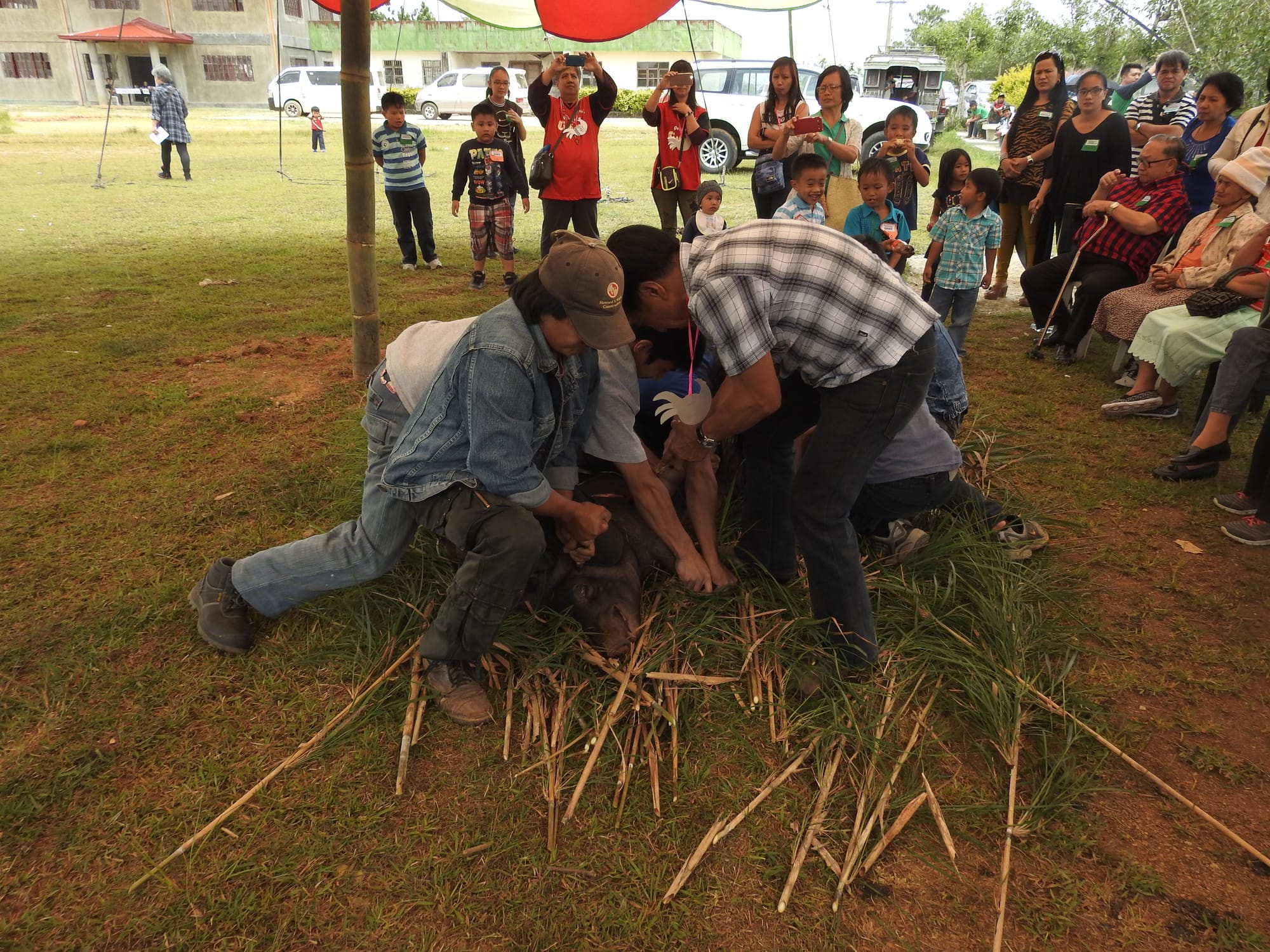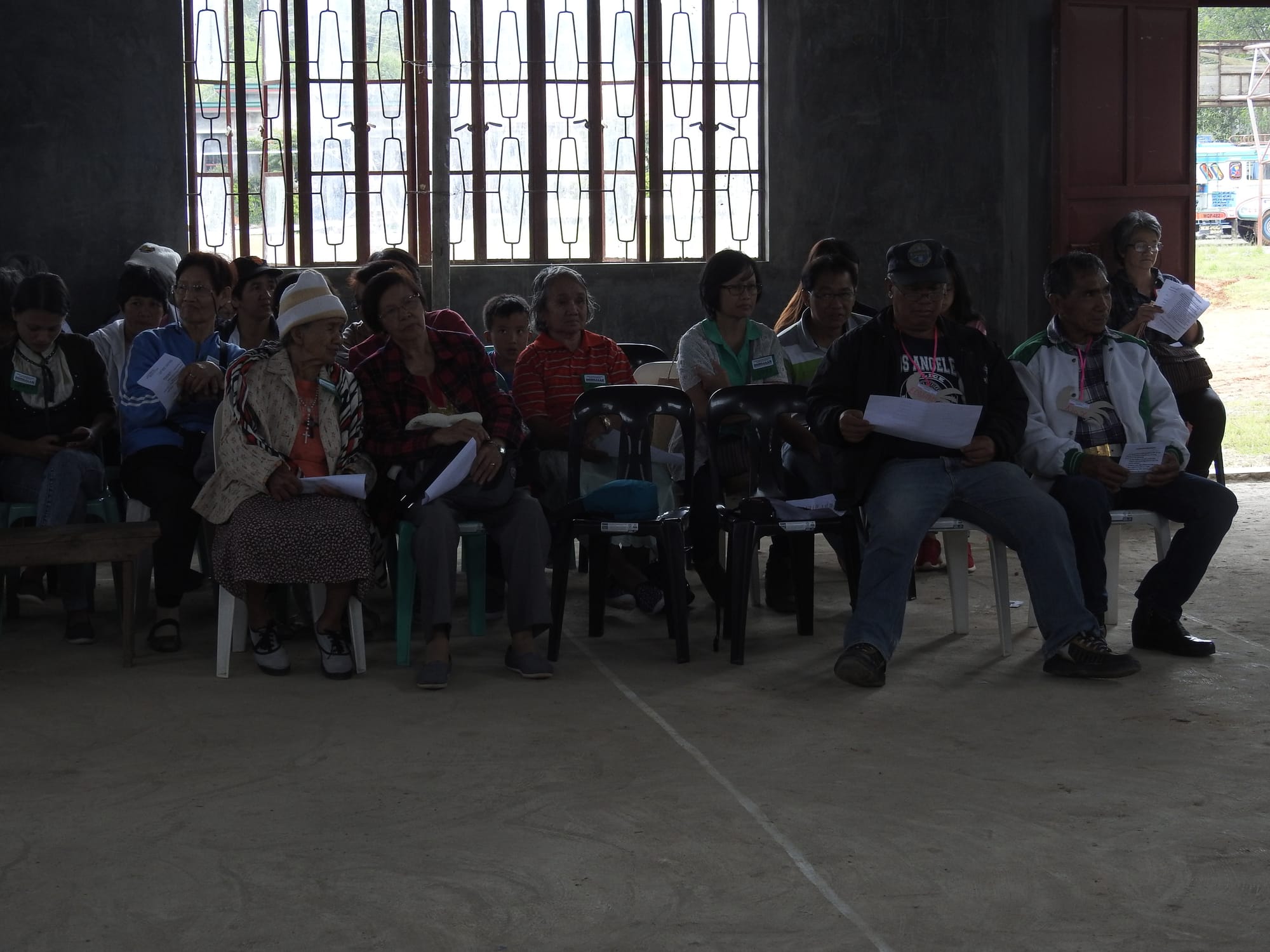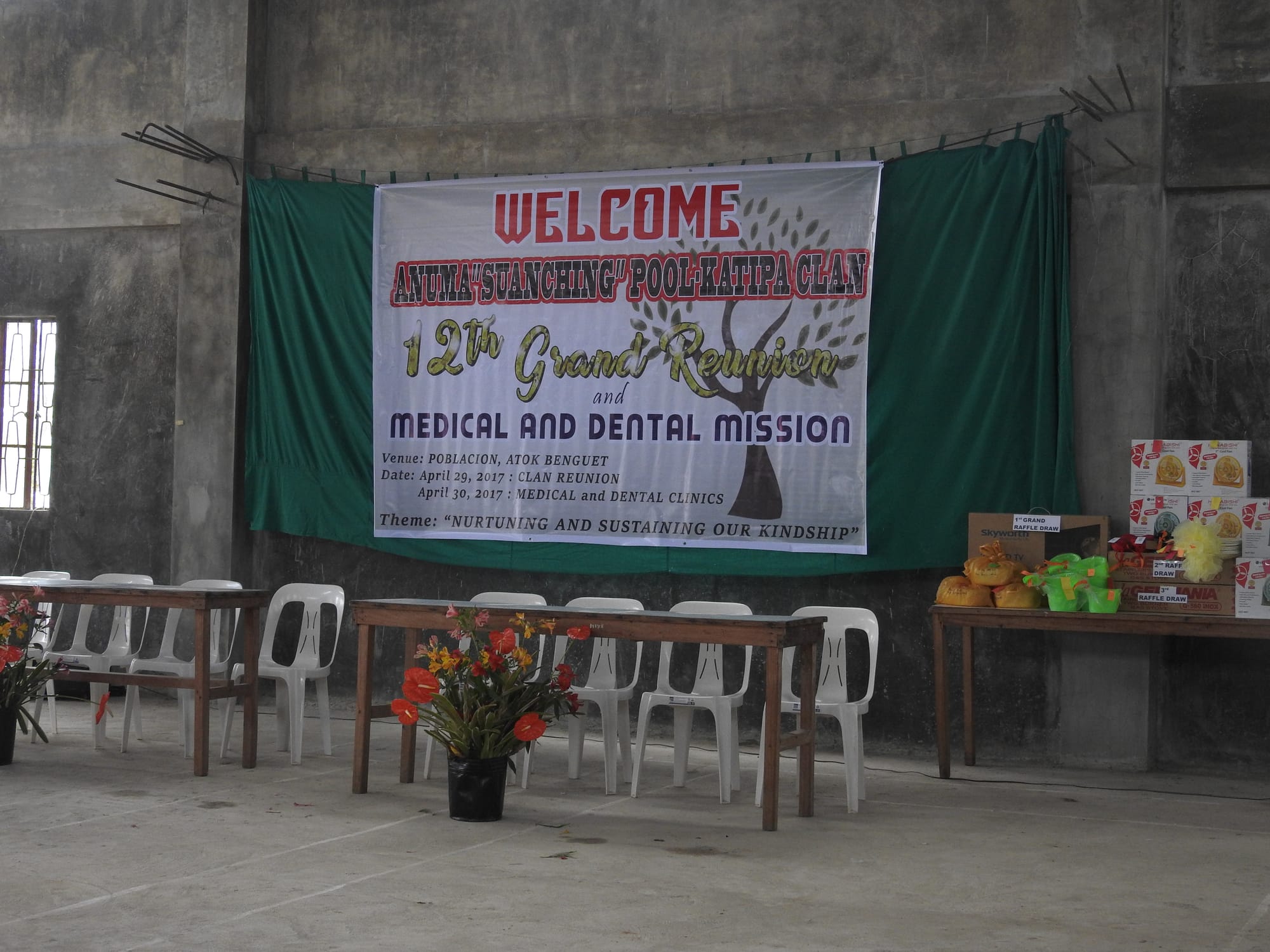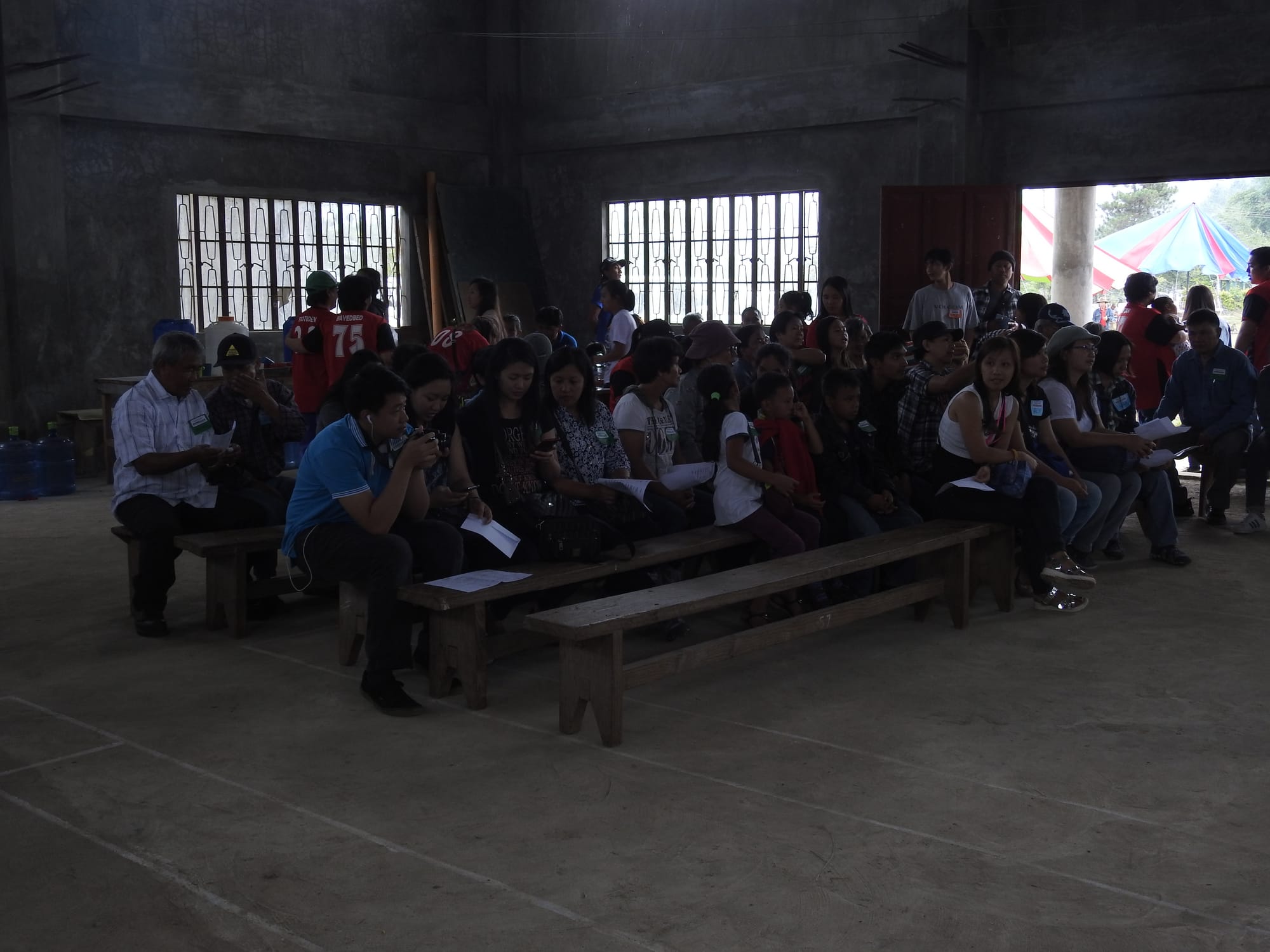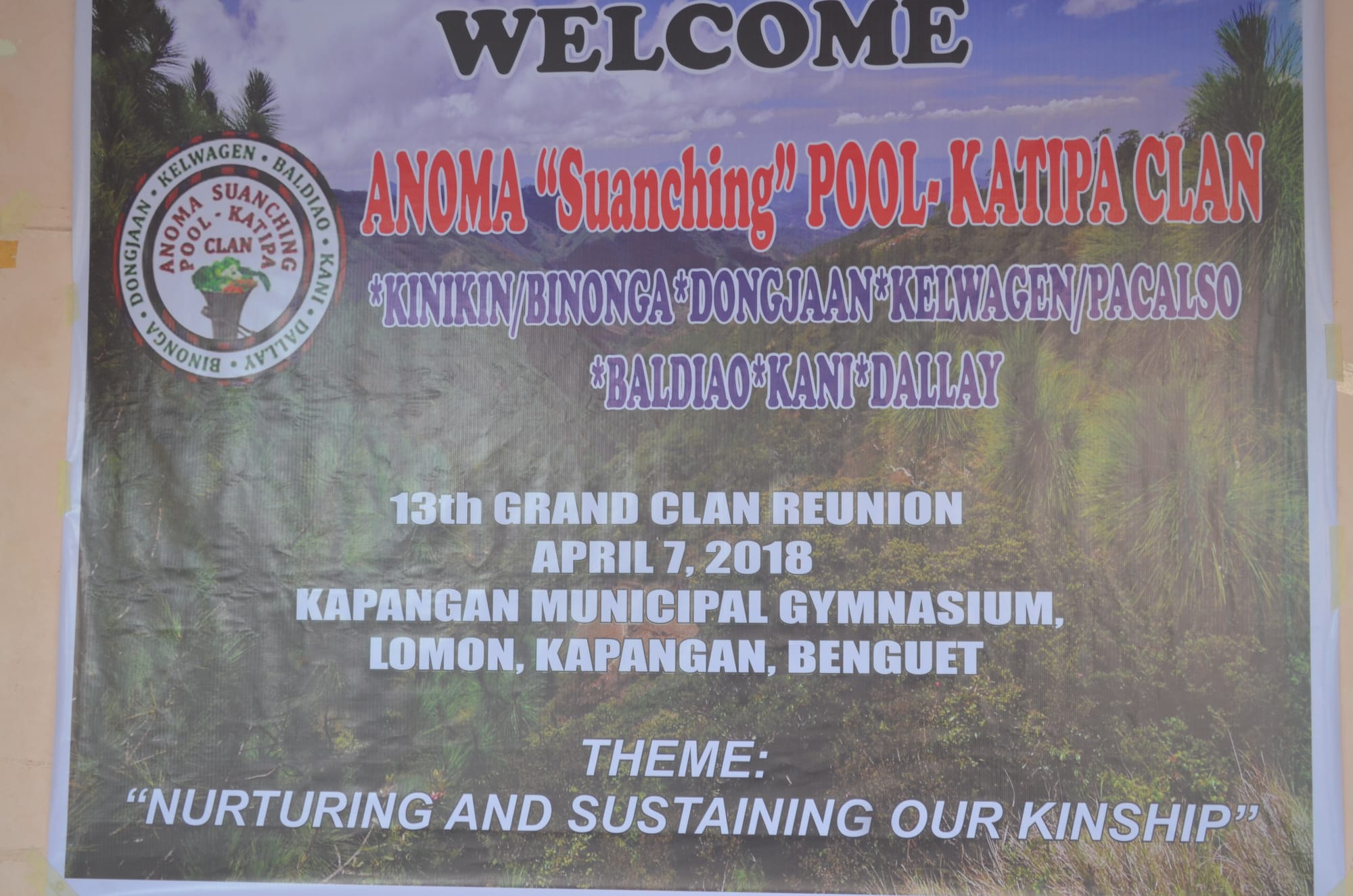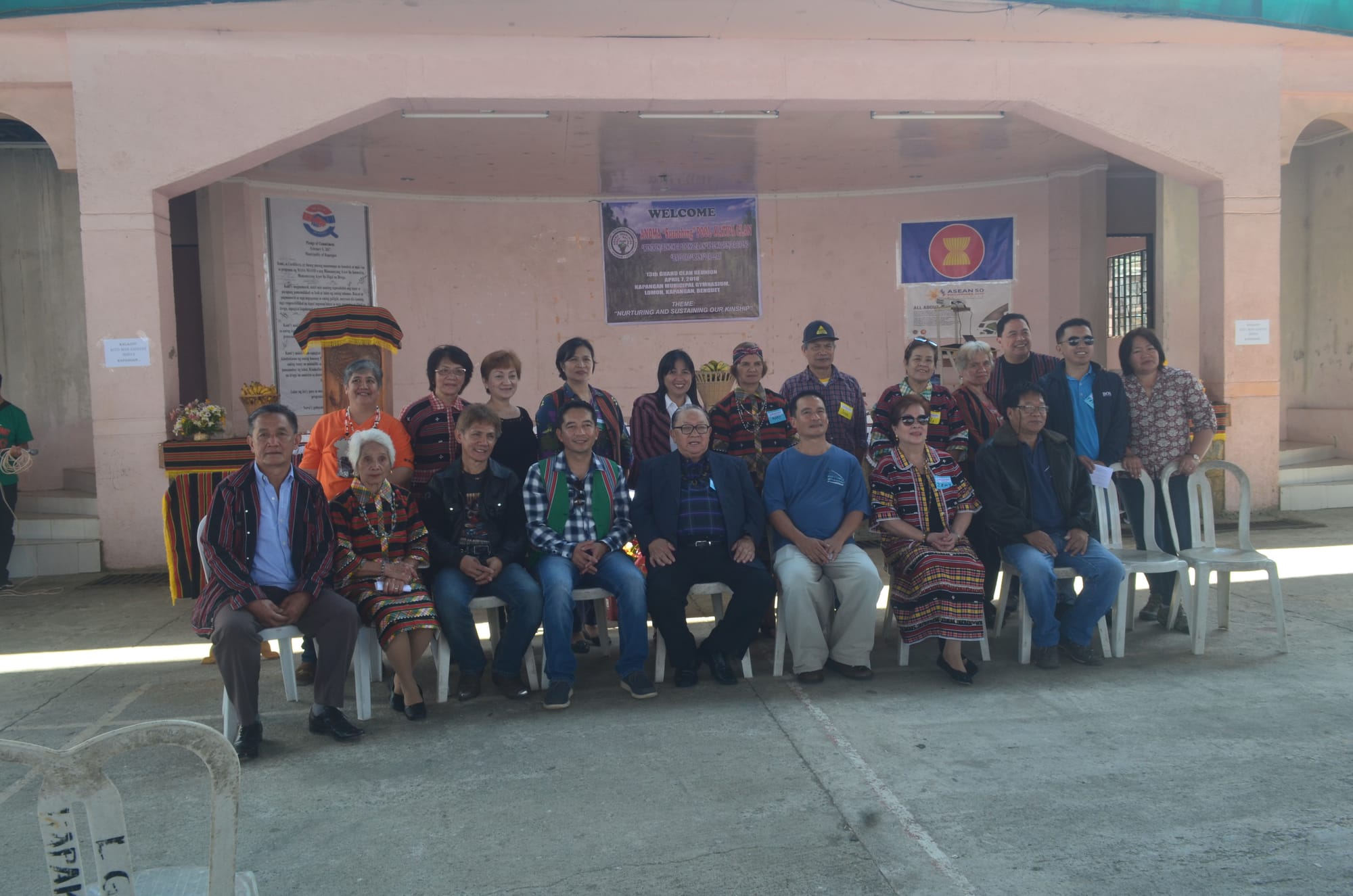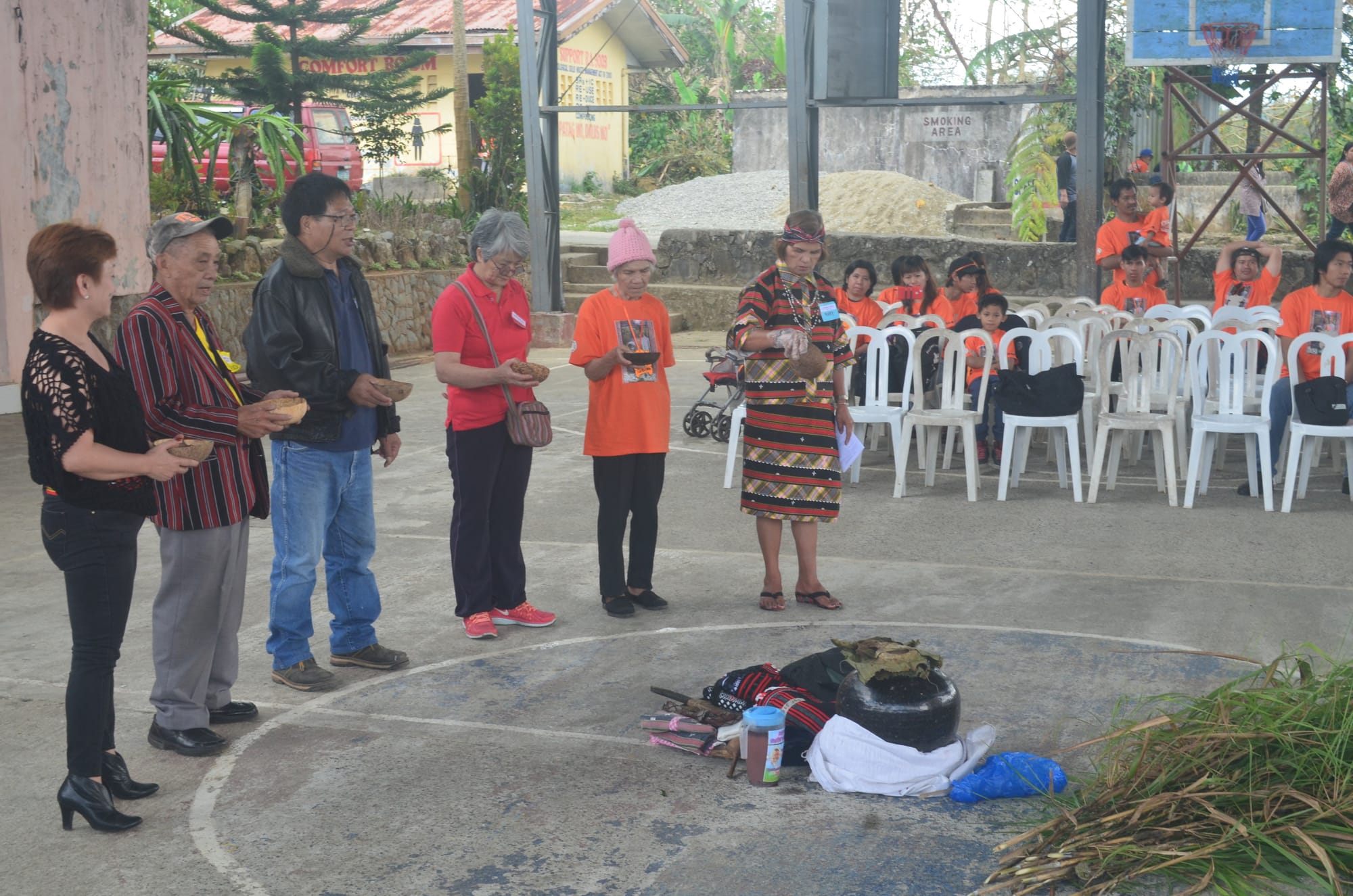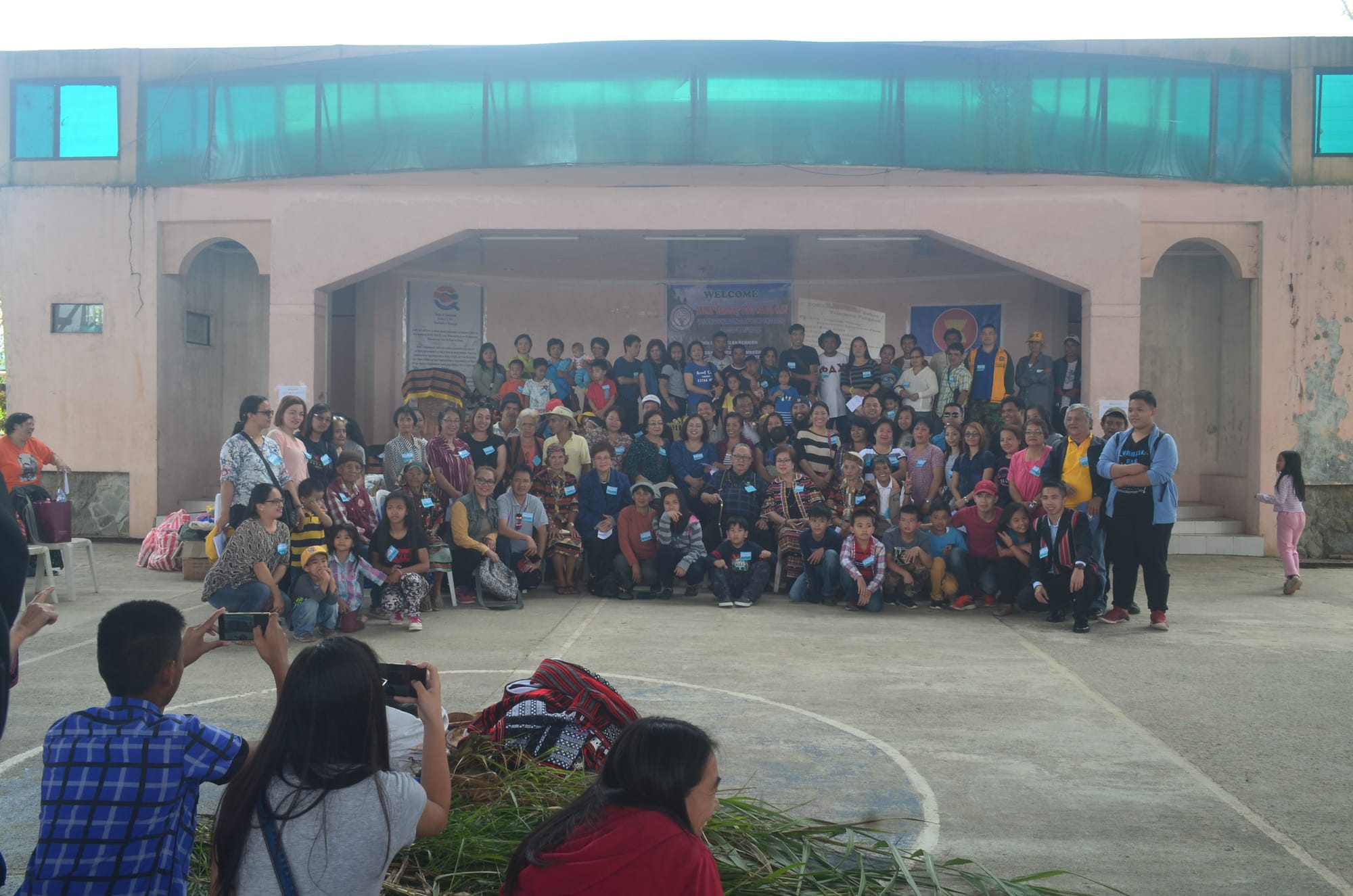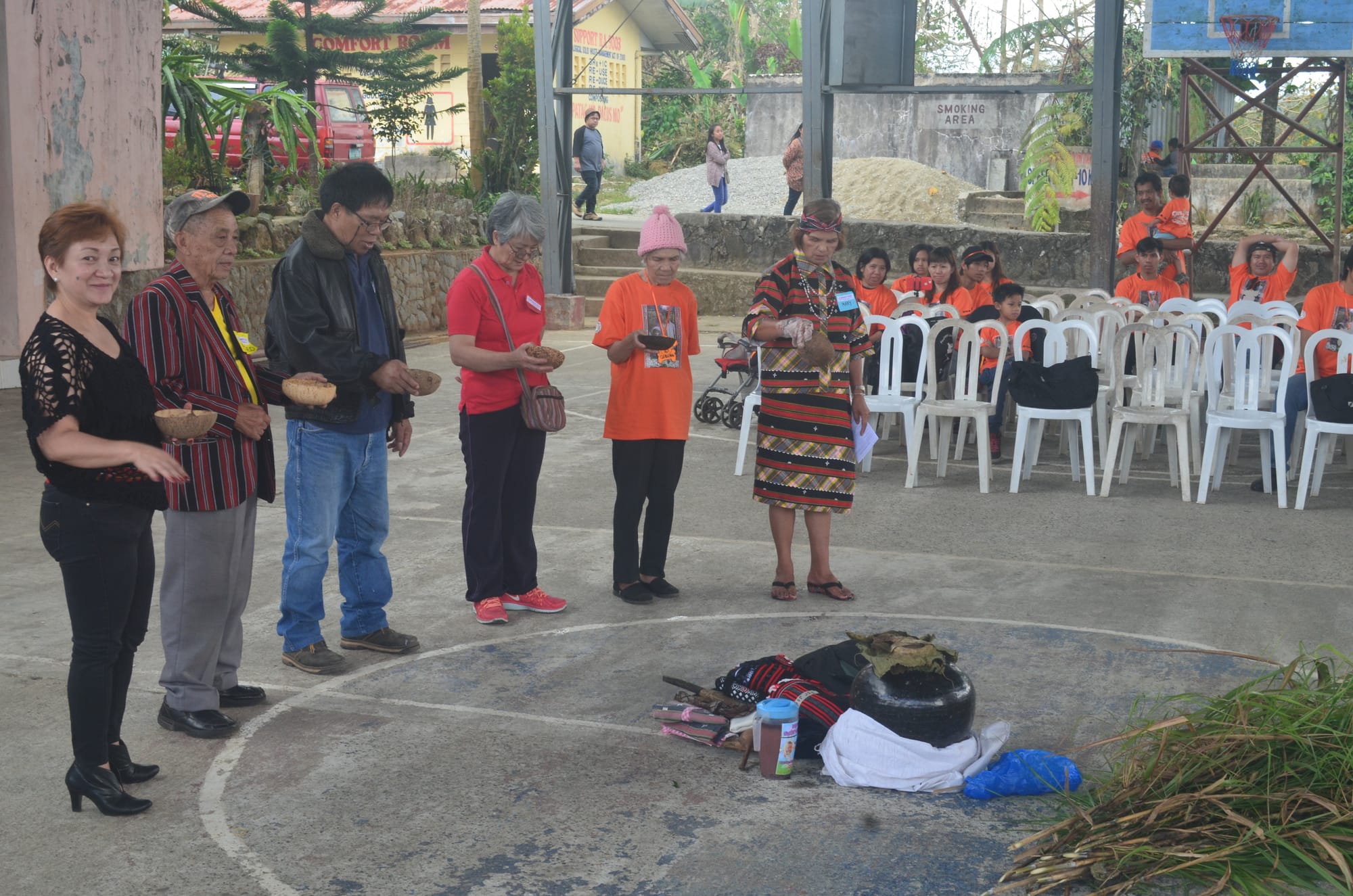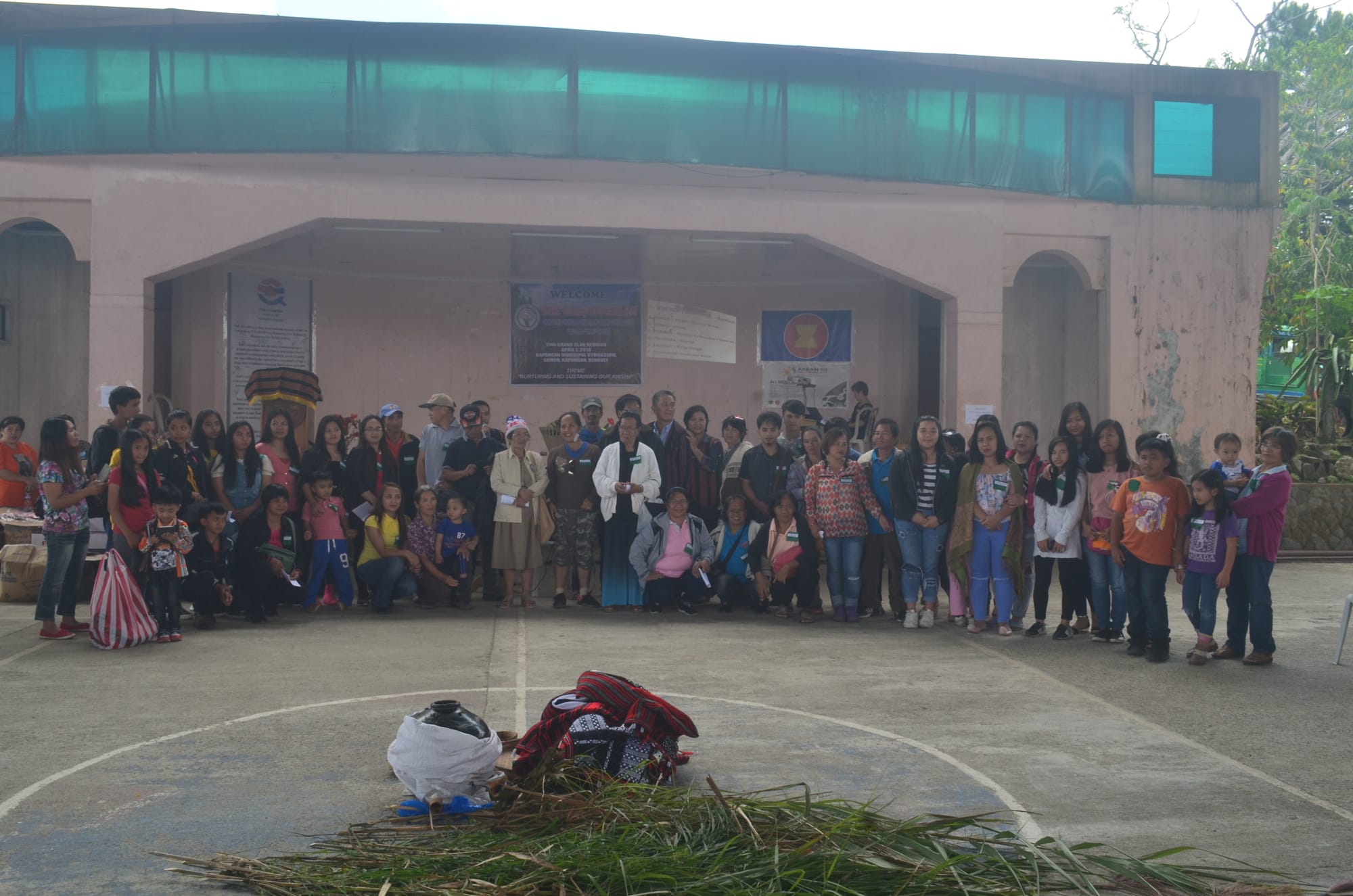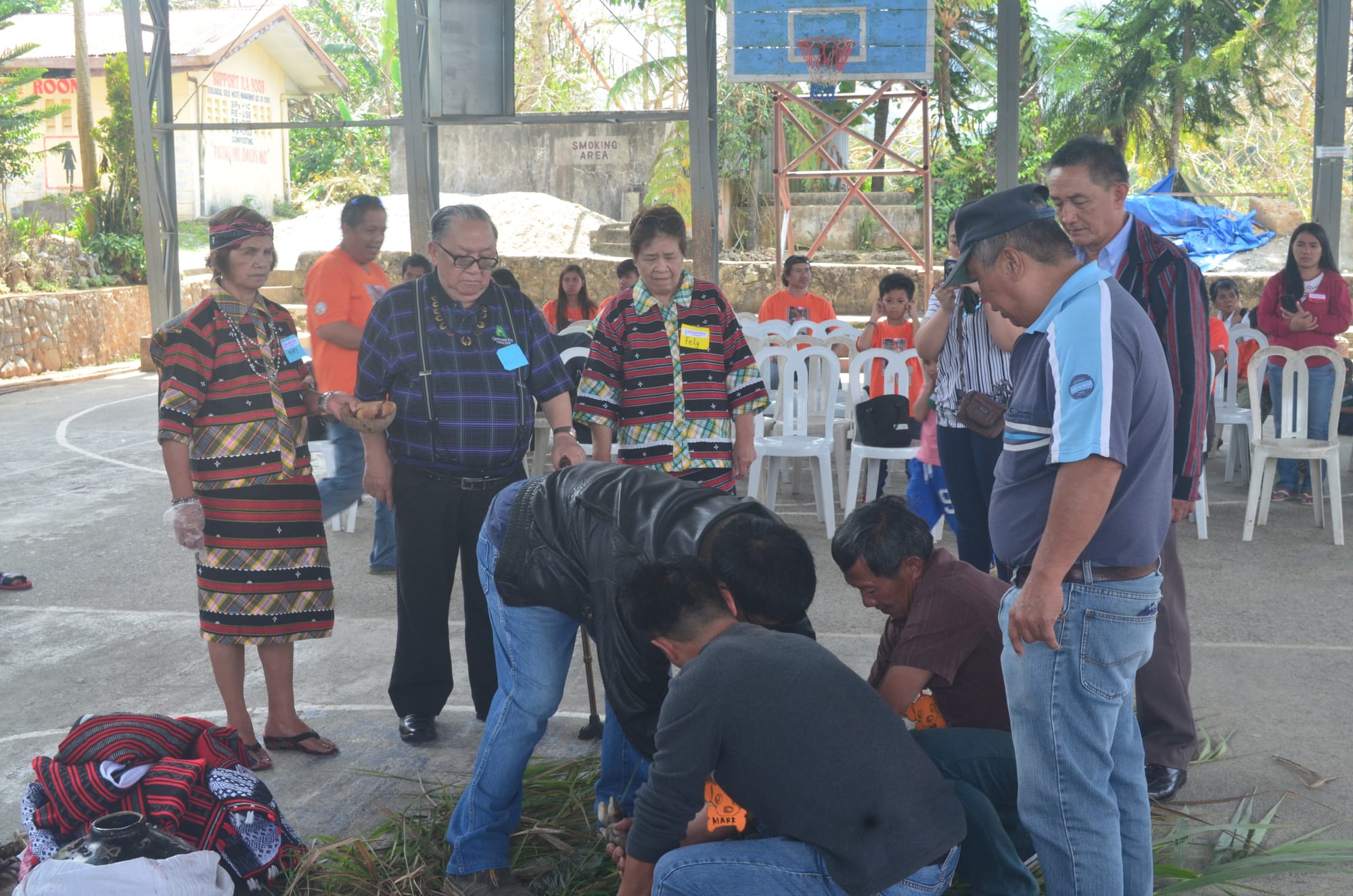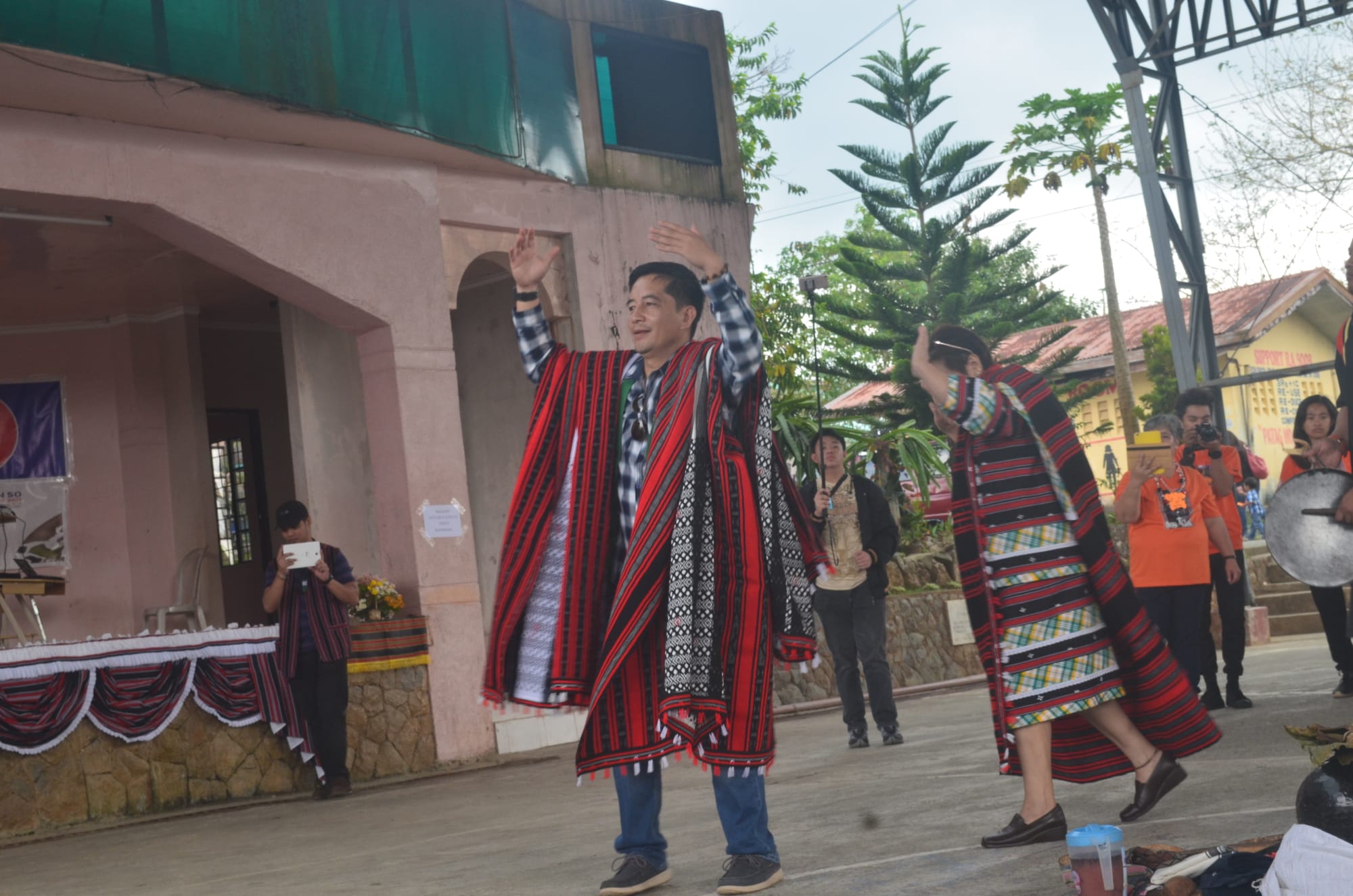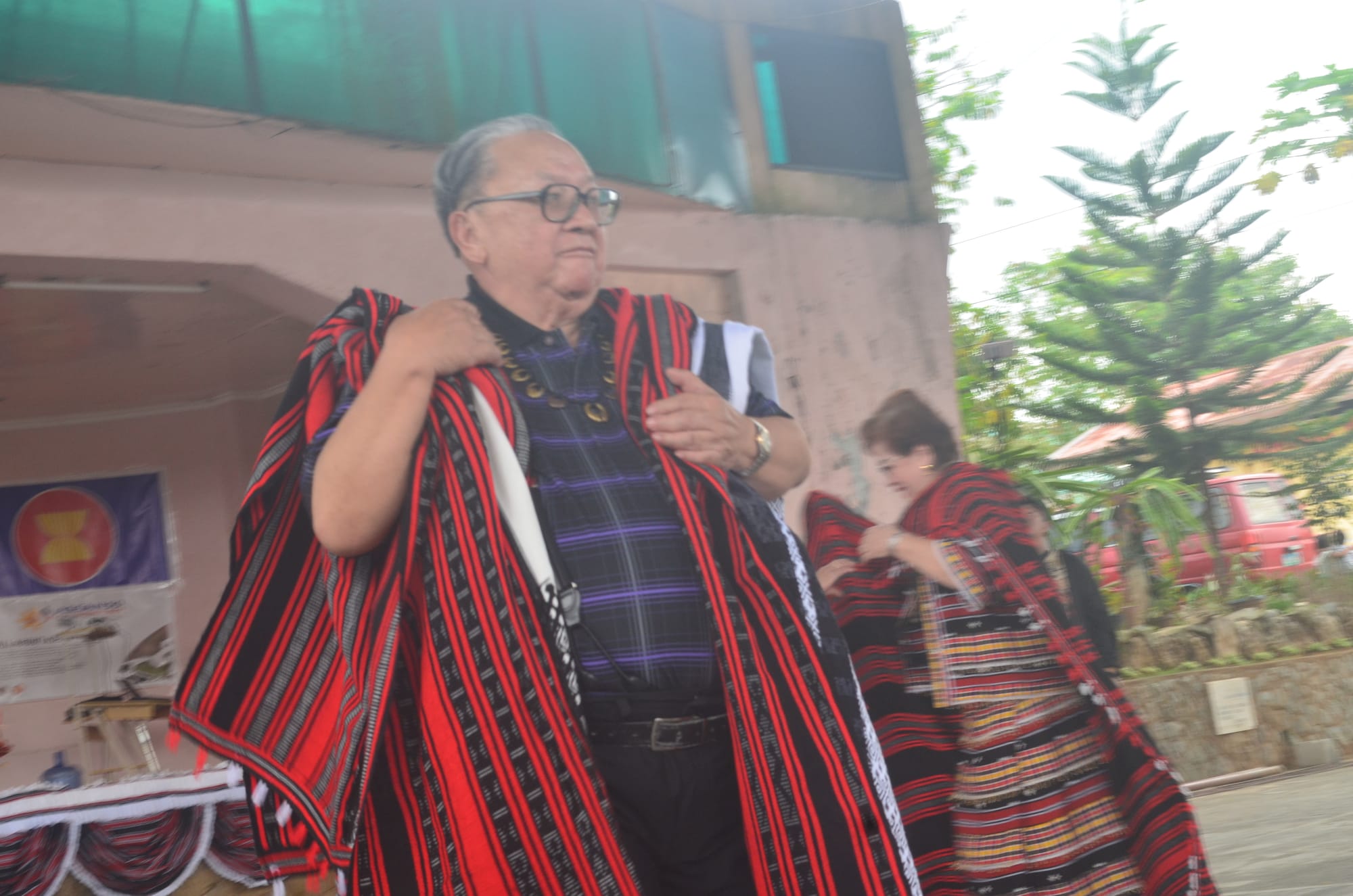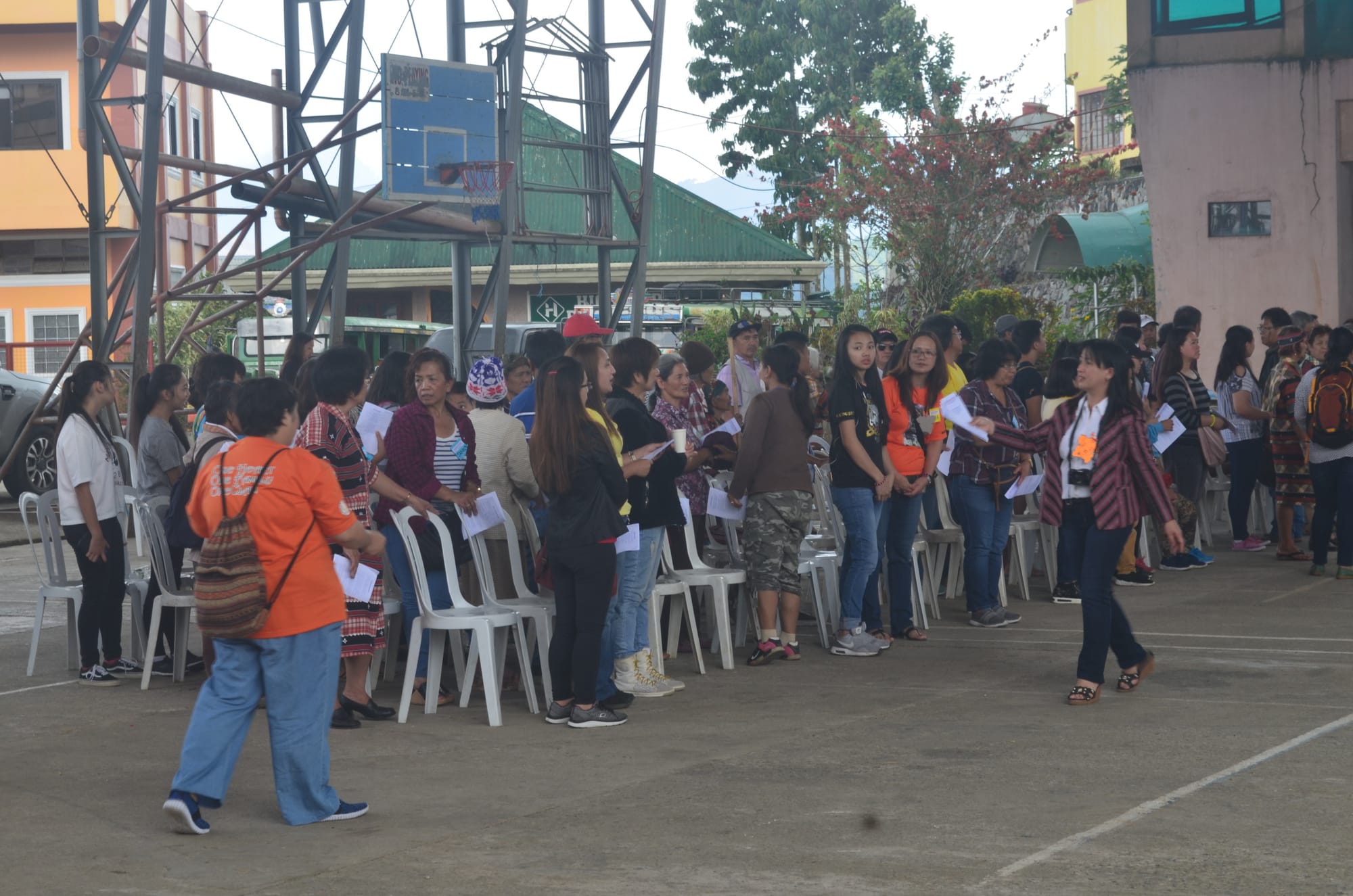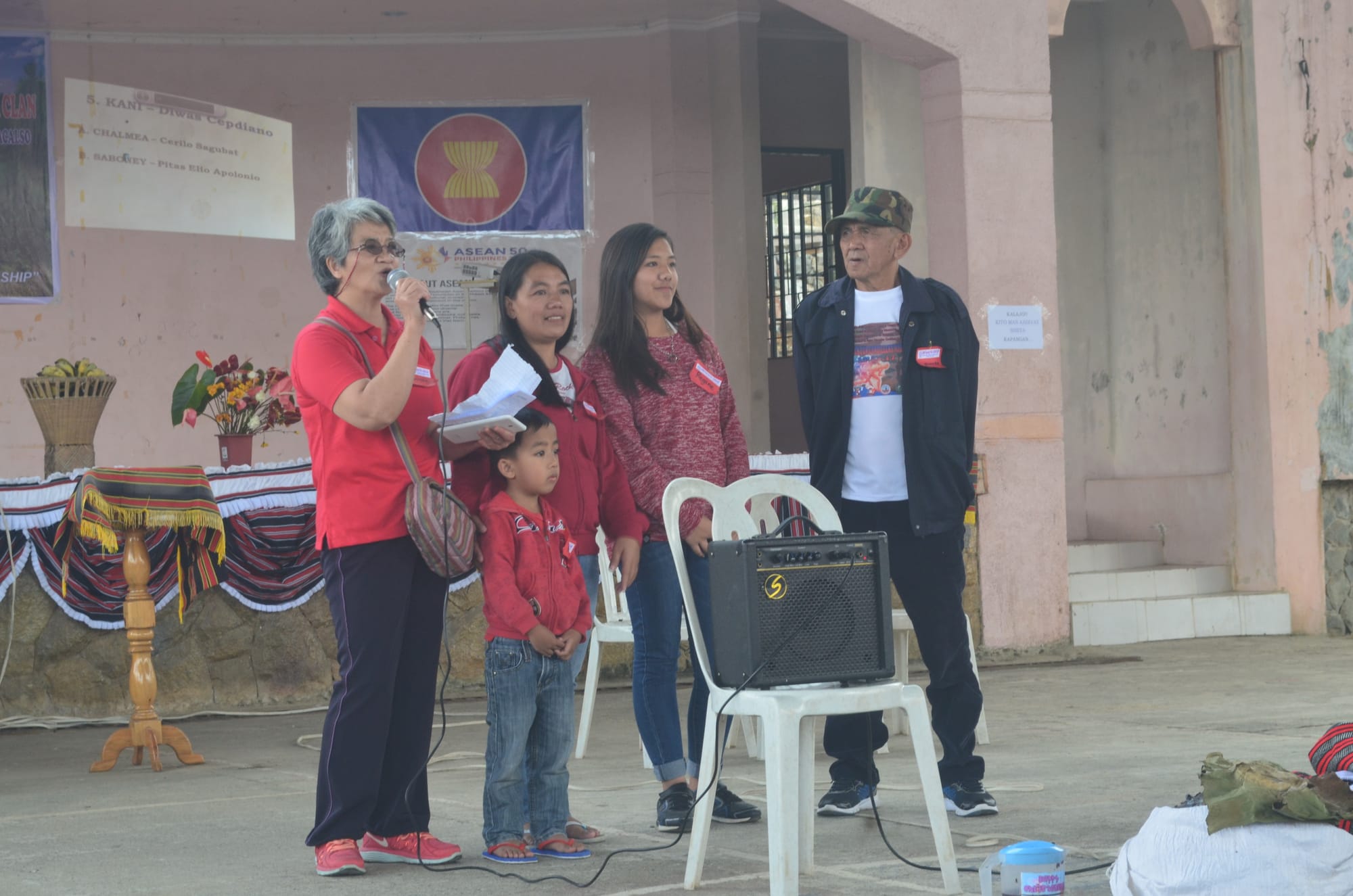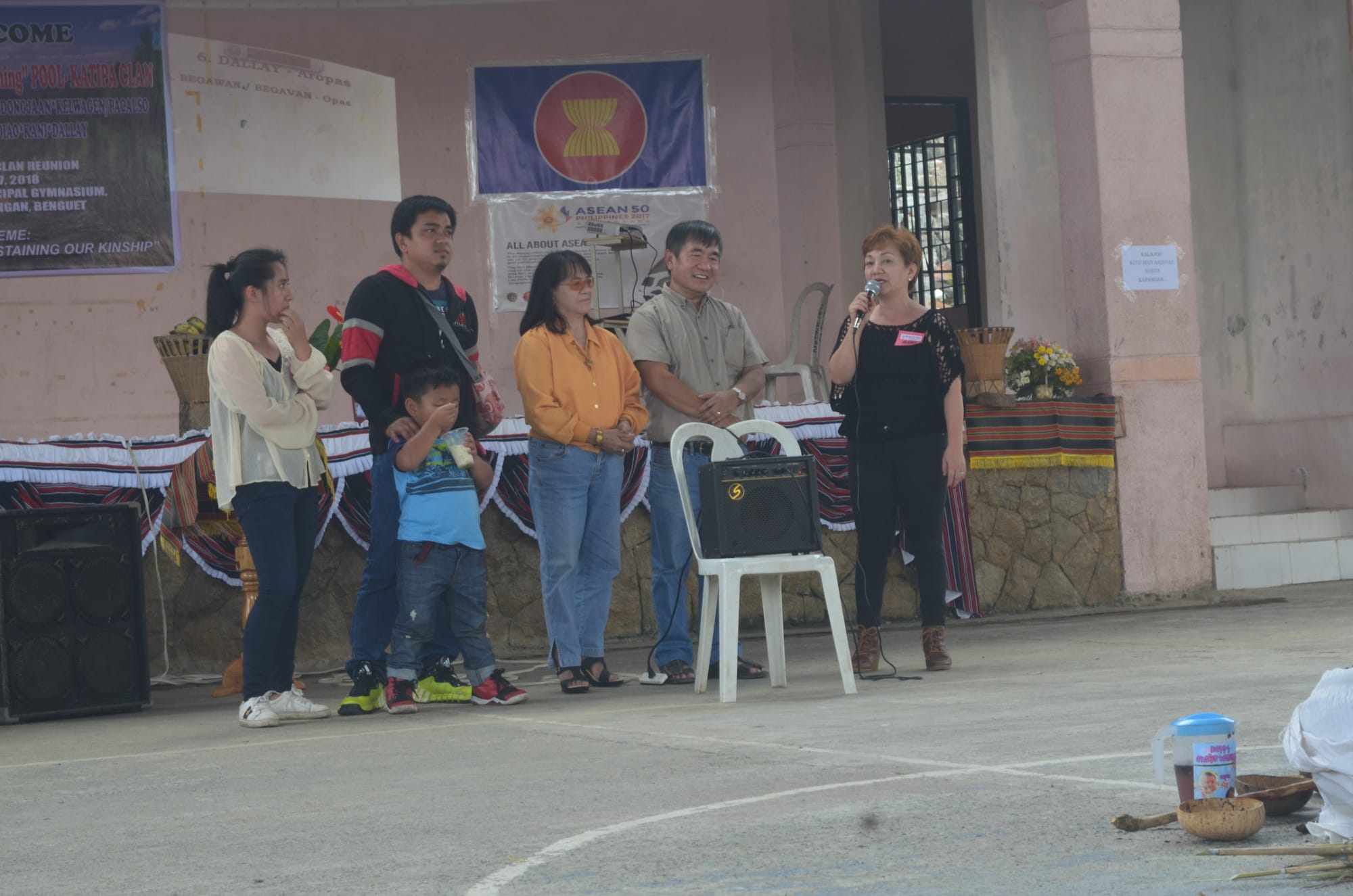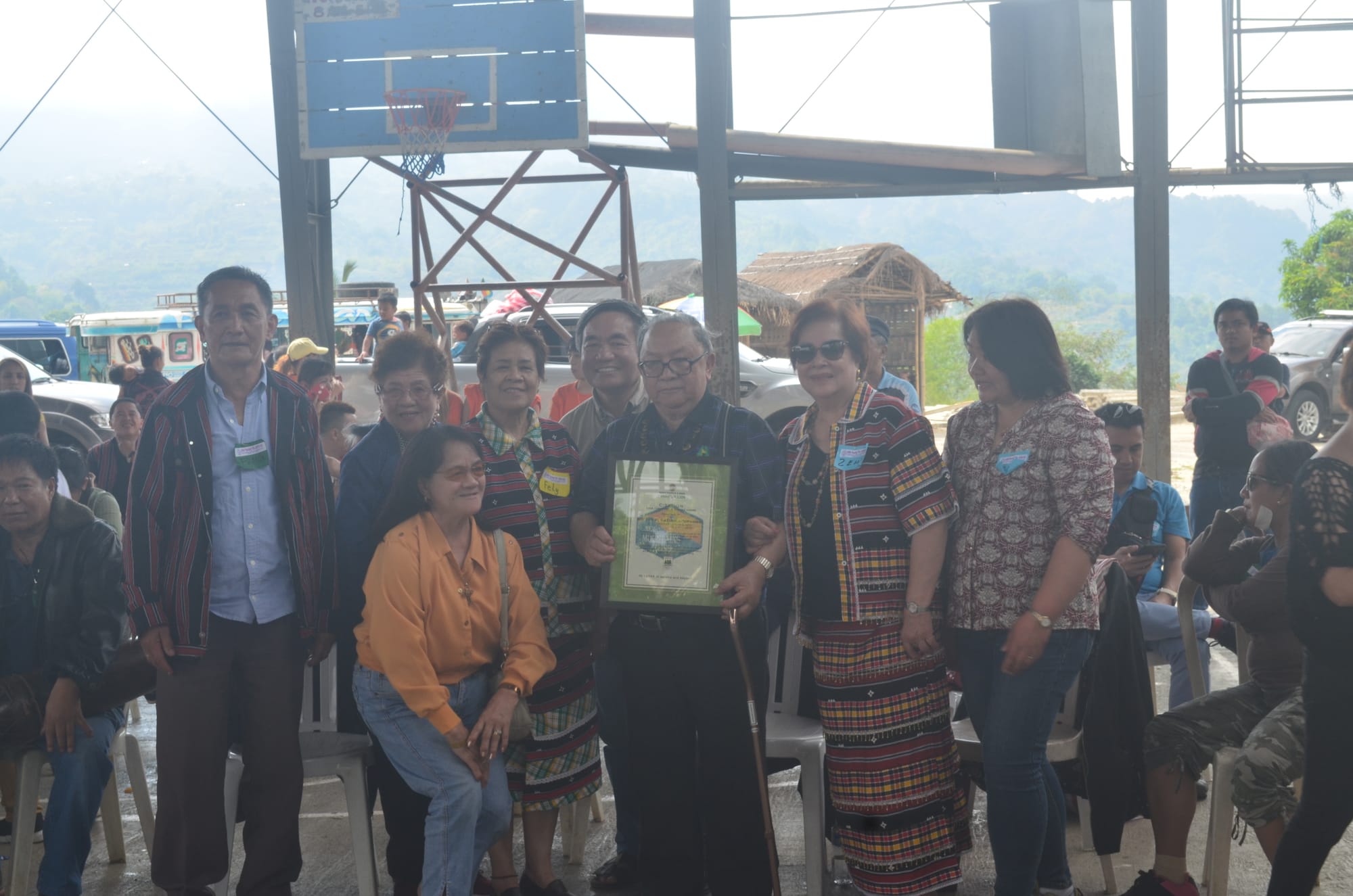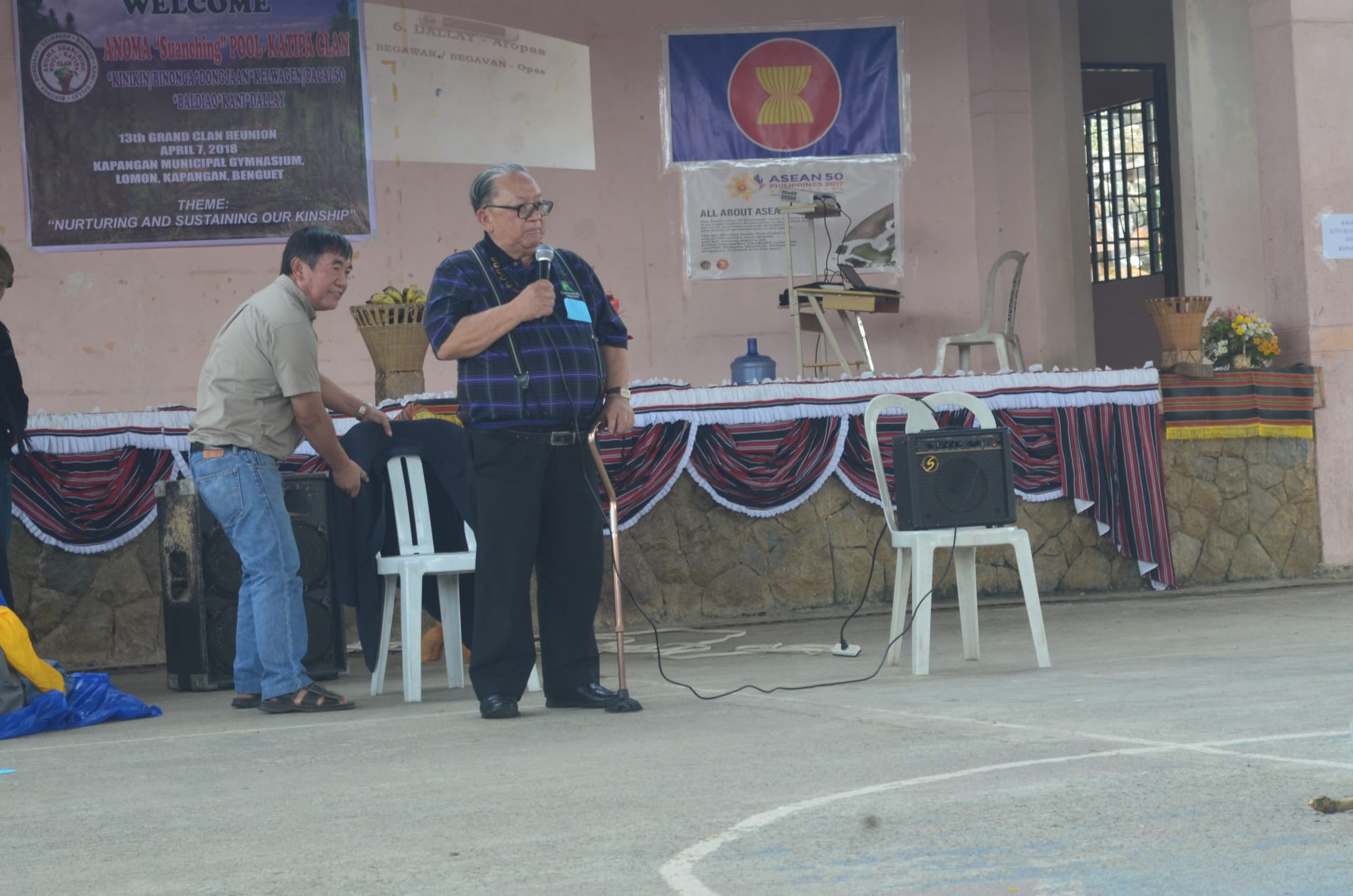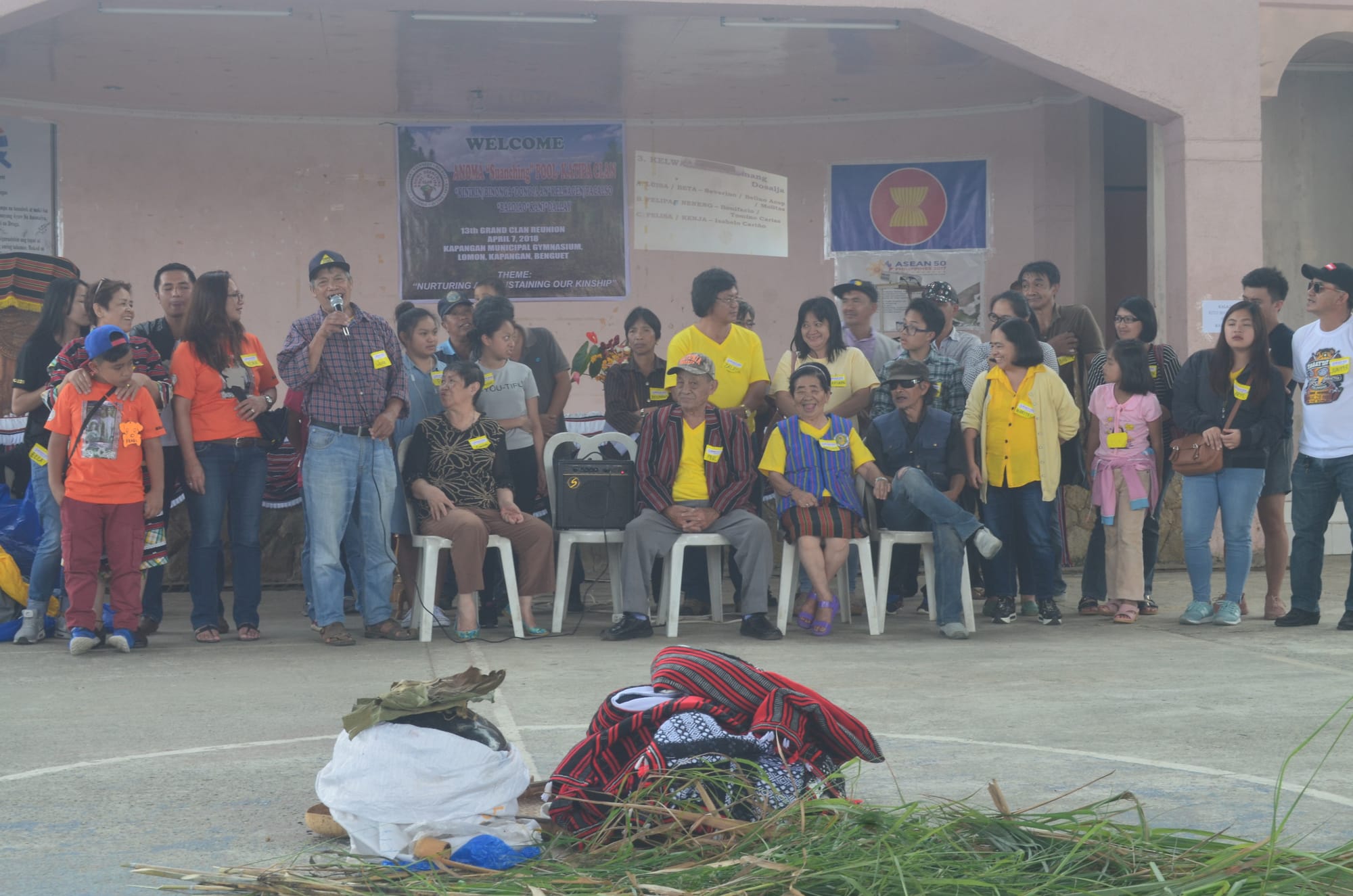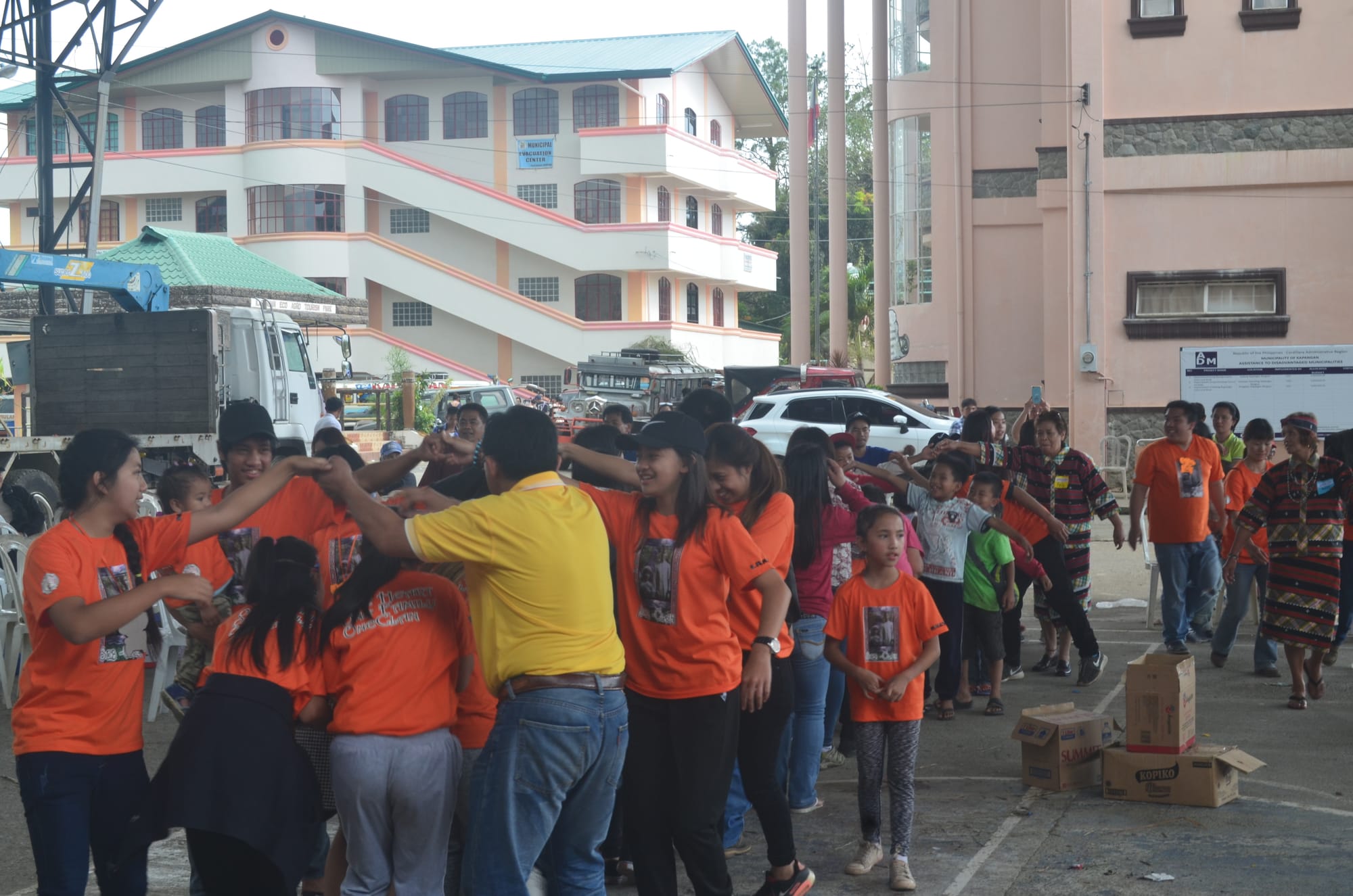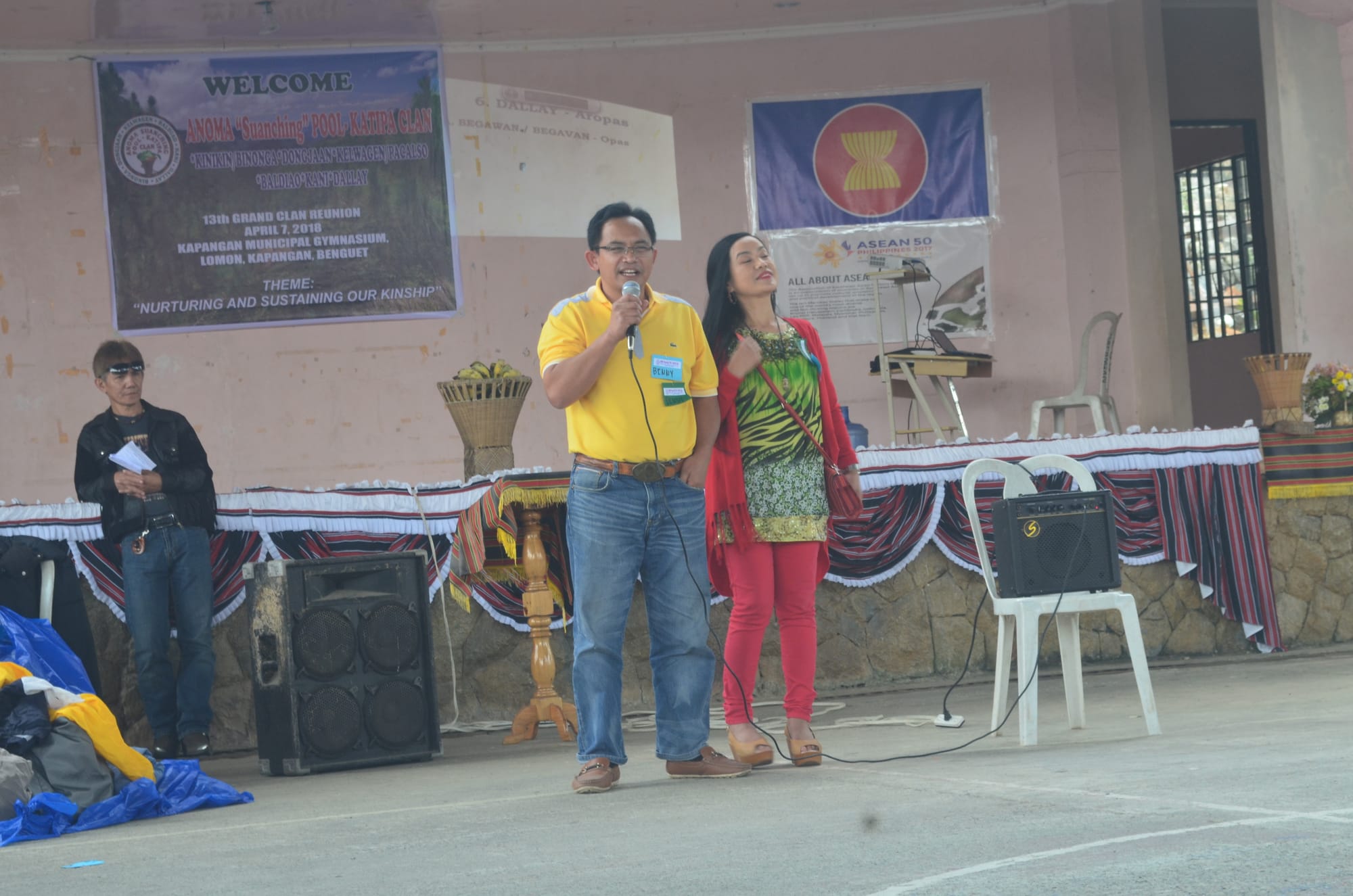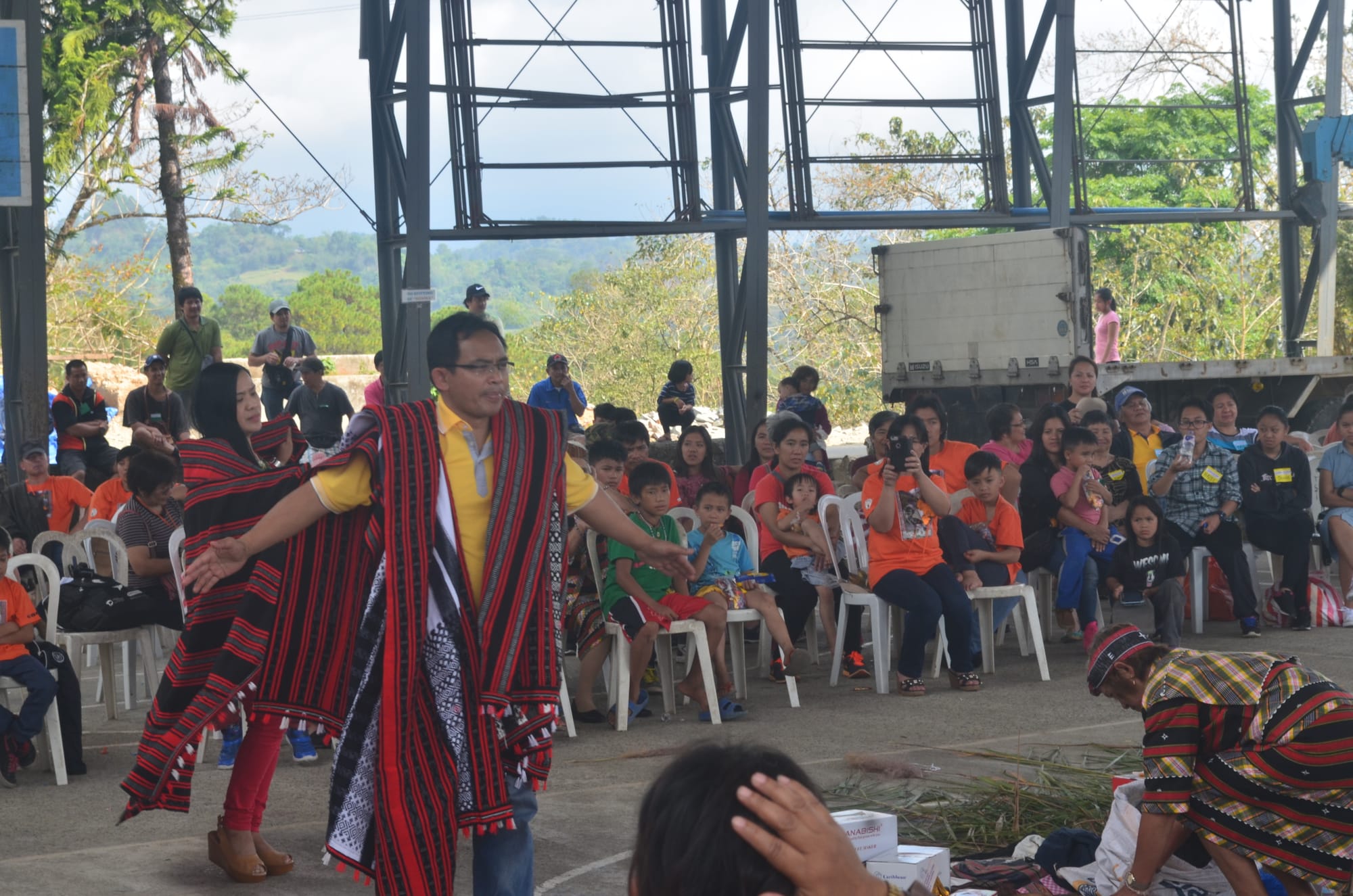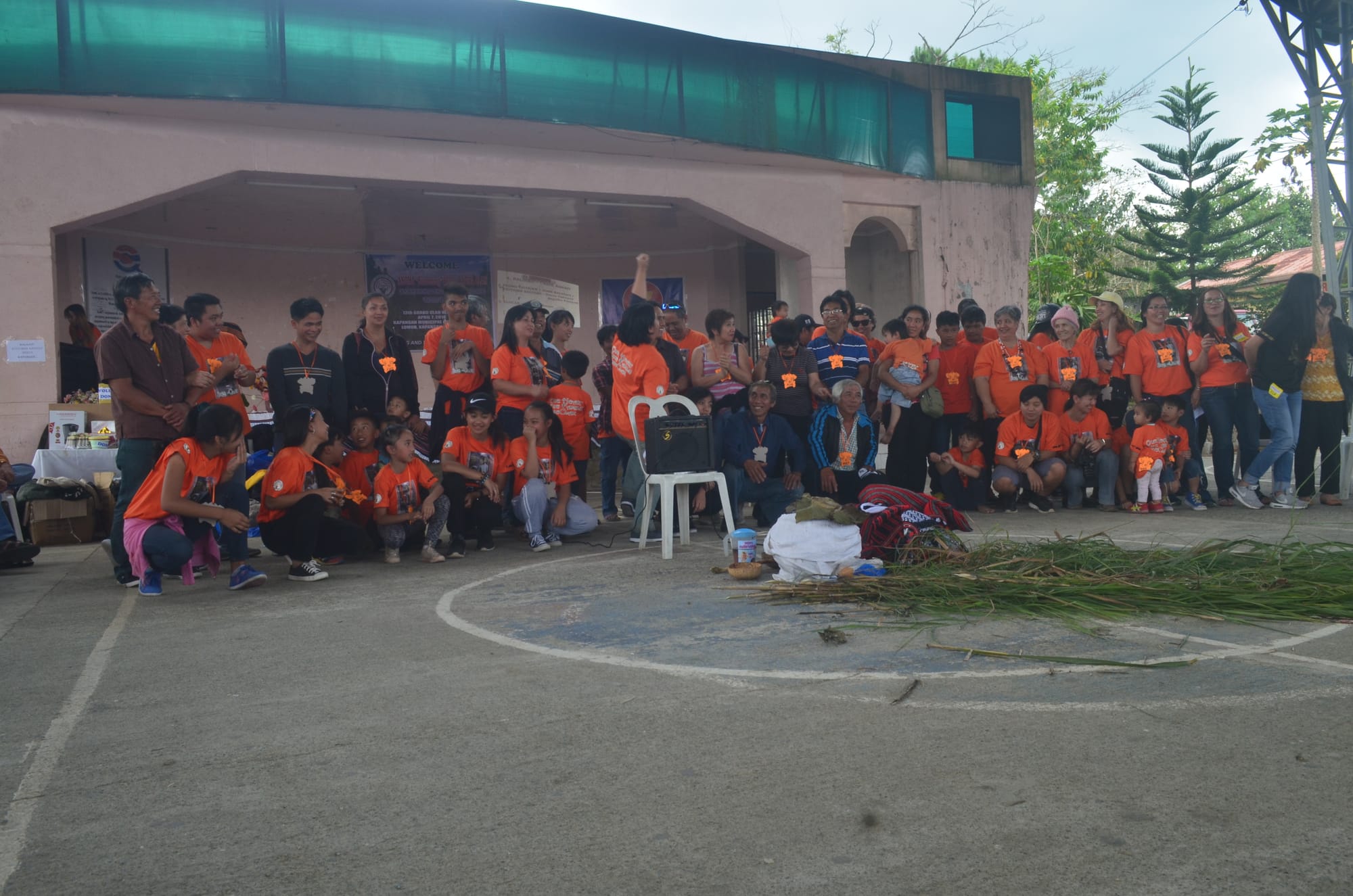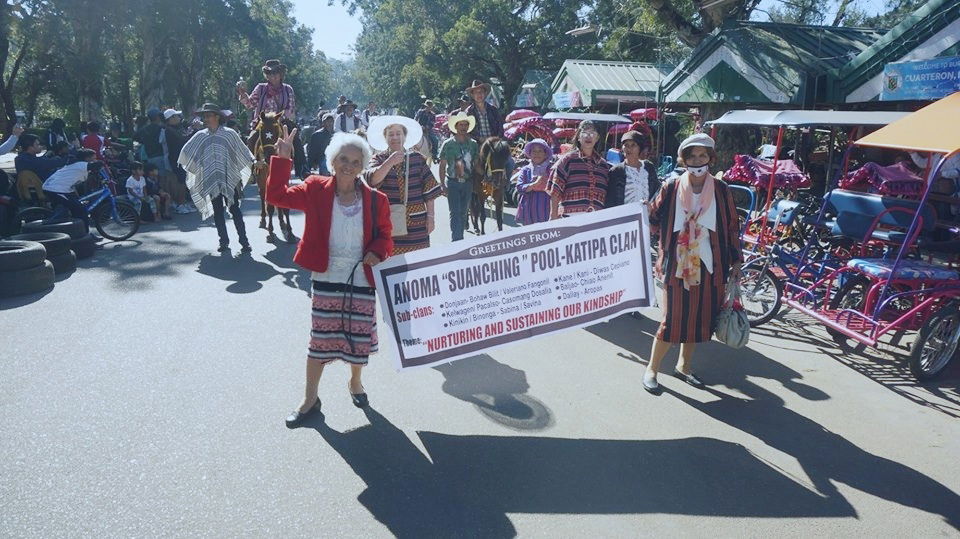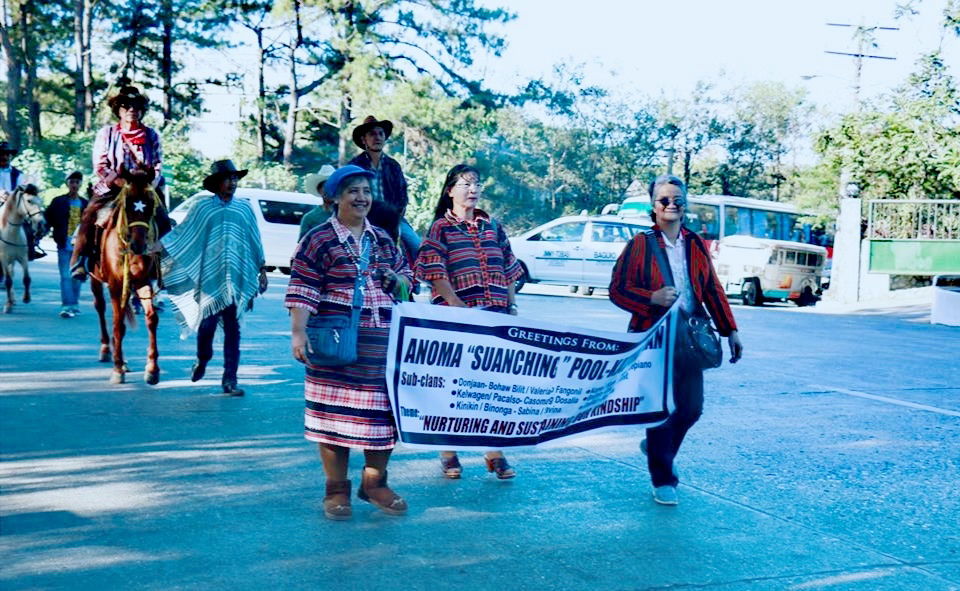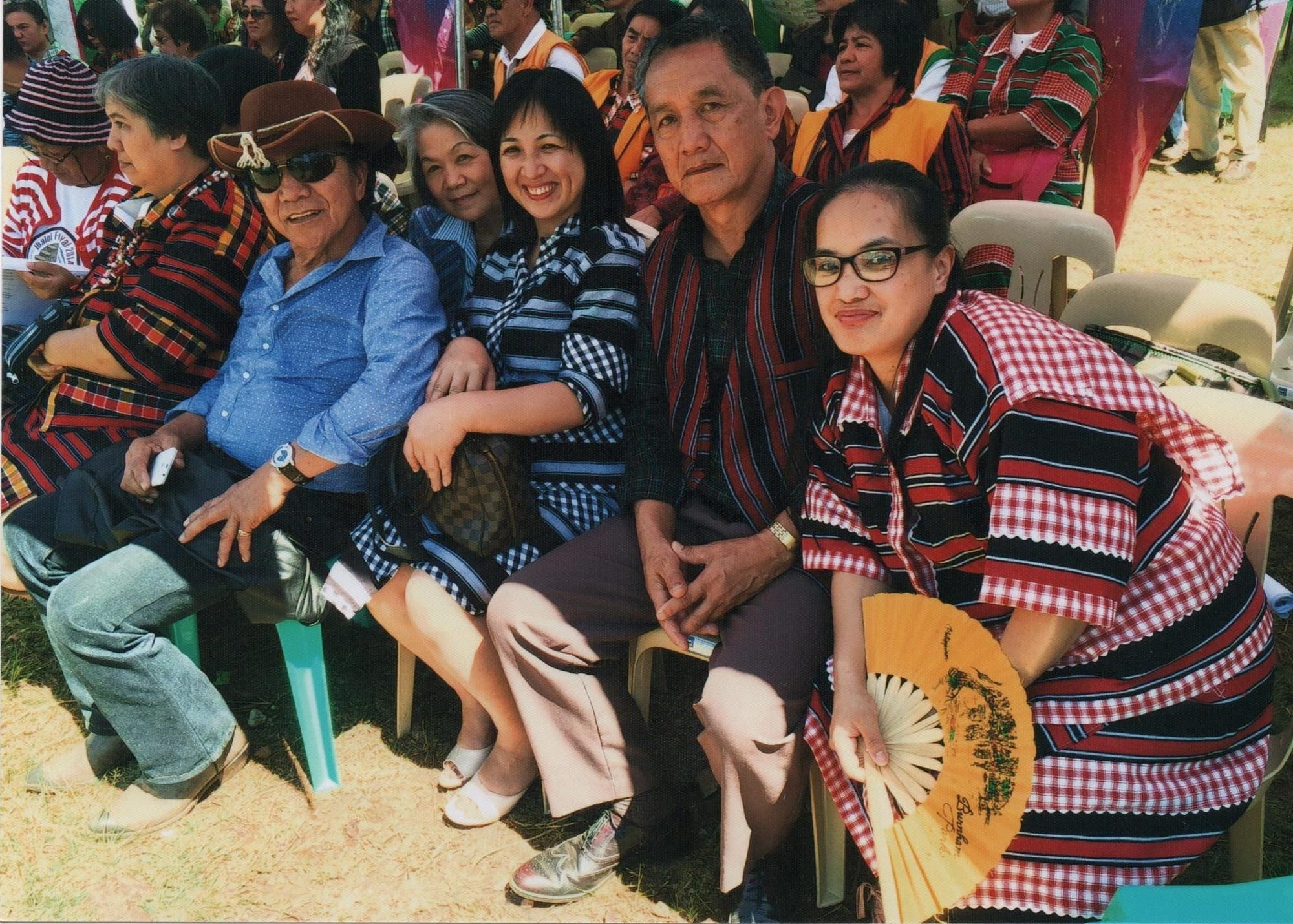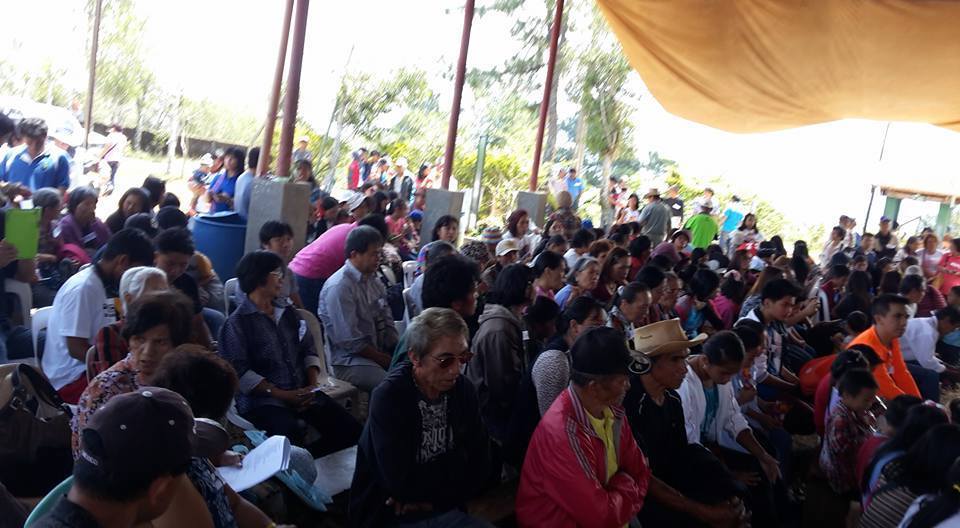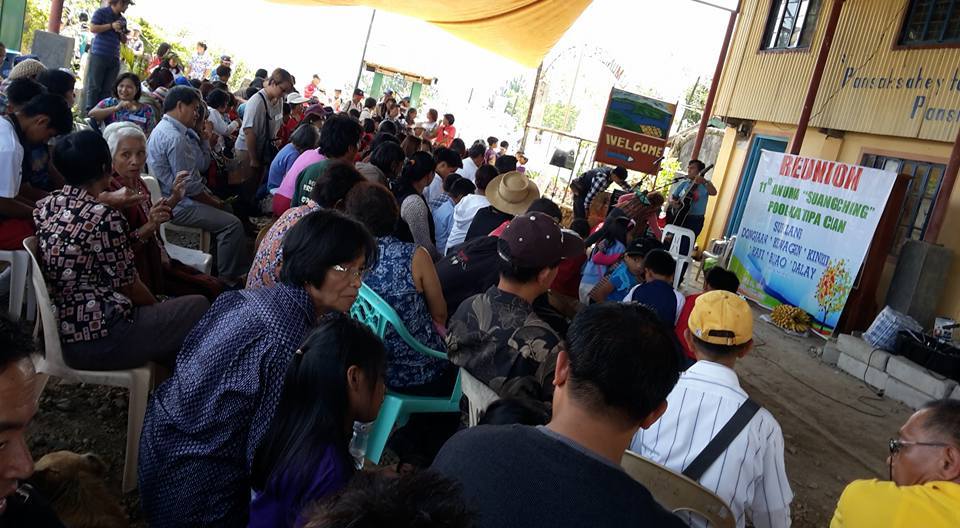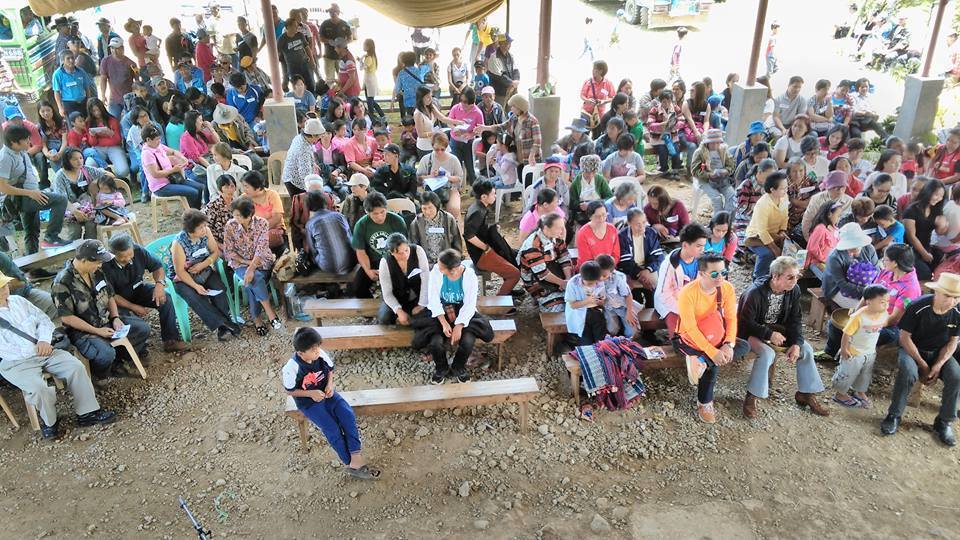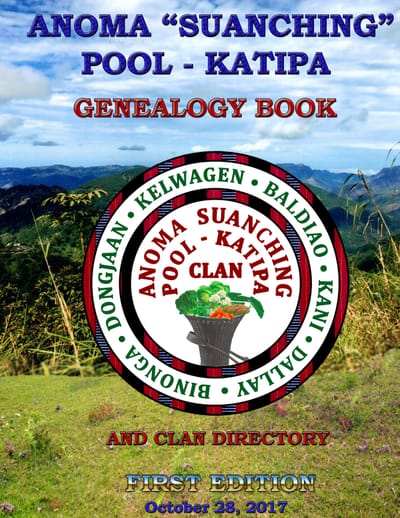"Children's children are a crown to the aged, and parents are the pride of their children." Proverbs 17:6
About
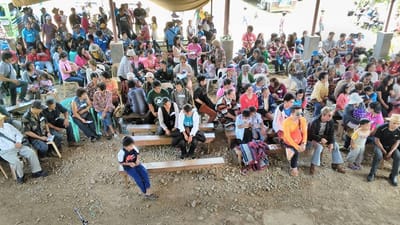
As we venture in coming out with this geanealogy book, it is but proper and fitting to look back and remember the important dates and events that preceded the realization of this book, based on personal accounts and on records on file.
On December 26, 1998 a small discussion group was held at the DAR Regional Office, Easter School Compound, Quisad, Baguio City with the late Francisco Tiotioen, Mr. Romulo Apolonio, Atty. Wenceslao Eslao Saguidec, Sylvina Carantes Tumayan and Franklin Cocoy in attendance. The group had an exchange of ideas relative to the Pool – Katipa descendants and relatives and how to locate and get in contact with them.
By the 28th of December 1998, a copy of the research undertaken by the late Fr. Marcos Molitas was made available through Mr. Pedro Molitas, the original copy of which was given to Atty. Modesto Andong. This research has immensely provided information about the Pool – Katipa family.
On March 12, 1999, the first meeting of the soon to be organized Anuma “Suanching” Pool – Katipa clan was held at the Solibao Restaurant, Burnham Park, Baguio City with Atty. Moises P. Cating chairing the group and Mrs. Demetria Careas Antonio designated as acting secretary. Atty. Modesto Andong subsequently presided over the meeting.
The first official meeting of the clan being formed at that time was held at the Jack’s Restaurant, Km. 4, La Trinidad Benguet whereby Atty. Andong was designated as the Chairman by the Advisers. Atty. Andong accepted the said designation. A xerox copy of the research of the late Fr. Marcos was given to each member of the sub-clans, namely Dongjaan, Kinikin, Kelwagen, Kani, Baldiao, and Dallay.
In the subsequent meeting an Executive Committee was created. The task of this committee was for each sub-clan to assist in the collection of contributions as well as assist in providing information to other clan members about the activities tackled during each meeting.
Meetings were continually held until the first clan re-union was successfully held at the Atok National High School, Poblacion, Atok, Benguet, on May 29, 1999. By October 2, 1999 the By-Laws of the Anuma “Suanching” Pool – Katipa clan was adopted.
_______________________________________________________________________________________________________________________________
THE ORIGINS OF IBALOI TRIBE
narrated by Atty. Moises P. Cating
Some historical books stated that some 1,000 years ago or so, the Philippines and China belong to one continent until there was great earthquake which separated Philippines from China.
About 20 years ago, we went on tour to China with some Chinese friends and relatives. We started in Xiamen, China which is just across Taipei, Taiwan. We went to see a mountain tribe in Southern China. Much to our surprise, we discovered something that is similar to Benguet Province like pine trees, ferns, black berries, grasses and some other plants. We also saw how similar they till their ricefields like from we do it in our farm at Naguey, Atok. We found out too that we have similar banana fruits (domen/tomok) which is ripe even though the skin is green. Also, they have similar gongs and solibao. Their drums and music is similar to what we do during our canaos. I could have dance but we have limited time. In fact, they were joking that if I was not wearing a western attire, I could have been mistakenly one of them. Another factor that we have in common is their fair skin, a bit chubby and has similar customs. Apparently, we have the same ancestors.
Just to emphasize the origin of other people in the Cordilleras, when we went to Thailand, we visited a certain indigenous community where people are similar to Ifugaos. They have the same features and they also chew bettle nuts. This is maybe where Ifugaos came from.
If you will study the physical appearance, culture and native clothings of the Apayao people, it is similar to some tribes of the Middle East especially from the communities adjoining the Sahara desert.
According to local legend, the Anoma “Suanching” Pool-Katipa clan started in San Pascual, Tuba when a certain gentleman named Fangonil from Pugo, La Union met a beautiful Ibaloi girl from San Pascual, Tuba. Although they were not married, they begot 7 children who are the origin of the Anoma “Suanching” Pool-Katipa clan and the present day families of the Afable, Andong, Fianza, Carino, Palasi, Cating, Carantes, Cirilo, Hamada, Cosalan, Pacalso, Mencio, Molintas, Laruan, Pucay, Camdas, Apolonio, Alciso, Fianza, Tiotioen, Eslao and others.
Another legend is that during the early years, a Pilate by the name of Limahong of China used to raid Pangasinan in order to kidnap young men and women to work in China.
Because of this, many people from Pangasinan came to hide in the Province of Benguet particularly in Tuba, Sablan, Itogon and La Trinidad. They inter-married with the Ibalois hence, they became another origin of the people of Benguet. Another story during the construction of Kennon Road, some 22 Engineers and Japanese laborers escaped and went to Itogon but when the authorities went after them, they went farther to hide in Bokod, Kabayan and Mankayan . We can easily see the early pictures of Kabayan residents who look like Japanese. To hide their identity, they change their names like Buddha, Kengay, Kelly, Mulchino and others but some retain their names as Kamura and Almora. Because of this, there are many Ibalois with Japanese ancestry.
The inter-marriage of the lowland people like Ilocanos and other tribes and even foreigners is also one of the origins of the present Ibaloi population. The Ibaloi natives are a mingling of Ilocano, Japanese, American, Chinese, other lowland inhabitants and foreign lands.
clan officers
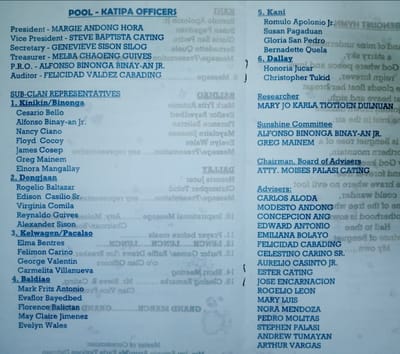
Vice President – Mr. Steve Baptista Cating
Secretary – Ms. Genevieve Sison Silog
Treasurer – Ms. Melba Chaoeng Guives
P.R.O – Mr. Alfonso Binonga Binay-an Jr
Auditor – Ms. Felicidad Valdez Cabading
Chairman, Board of Advisers - Atty. Moises Palasi Cating
Sub-Clans
updates
For Sale - 500 php
Read More